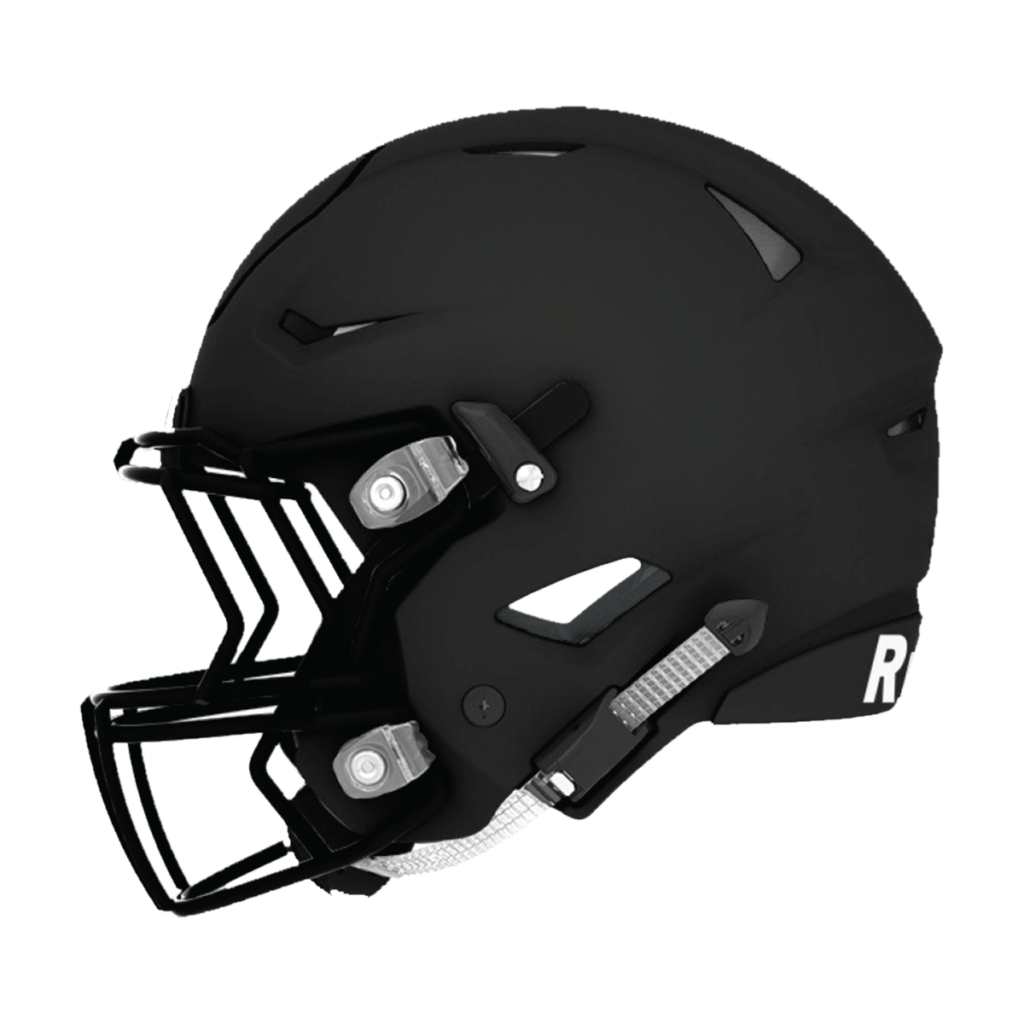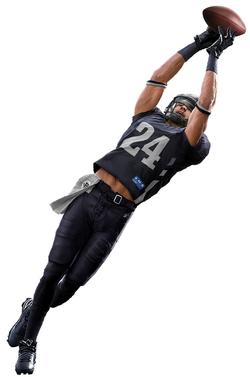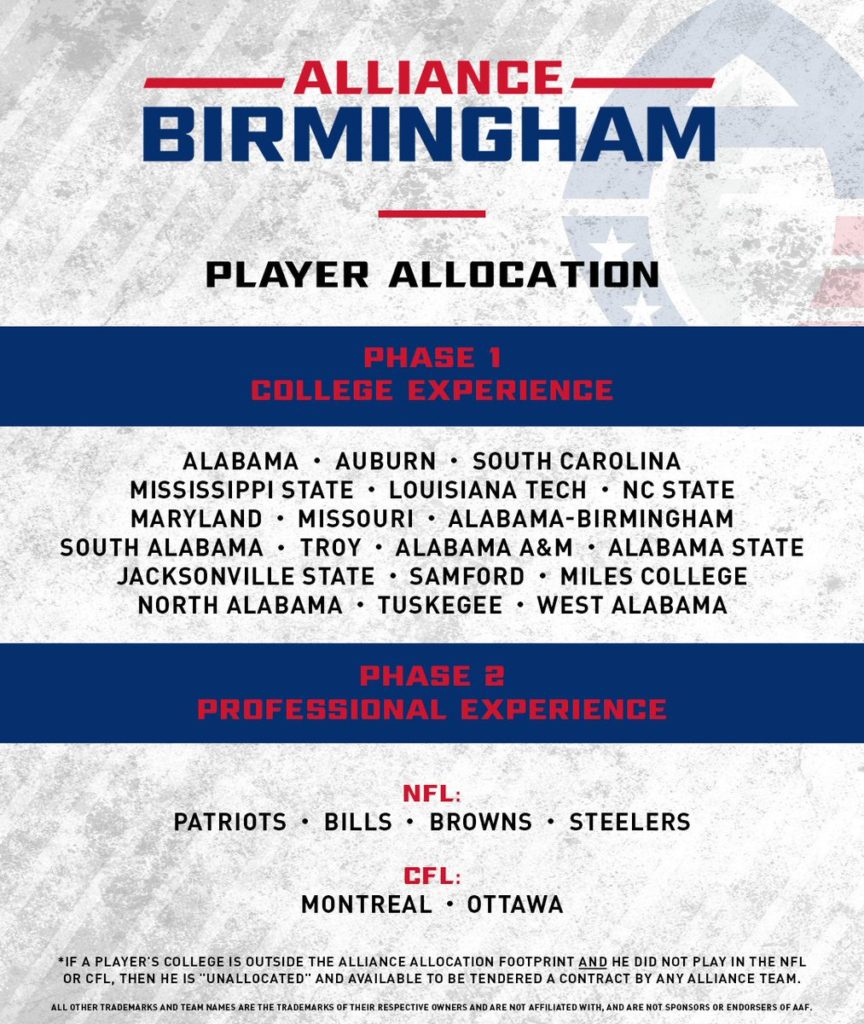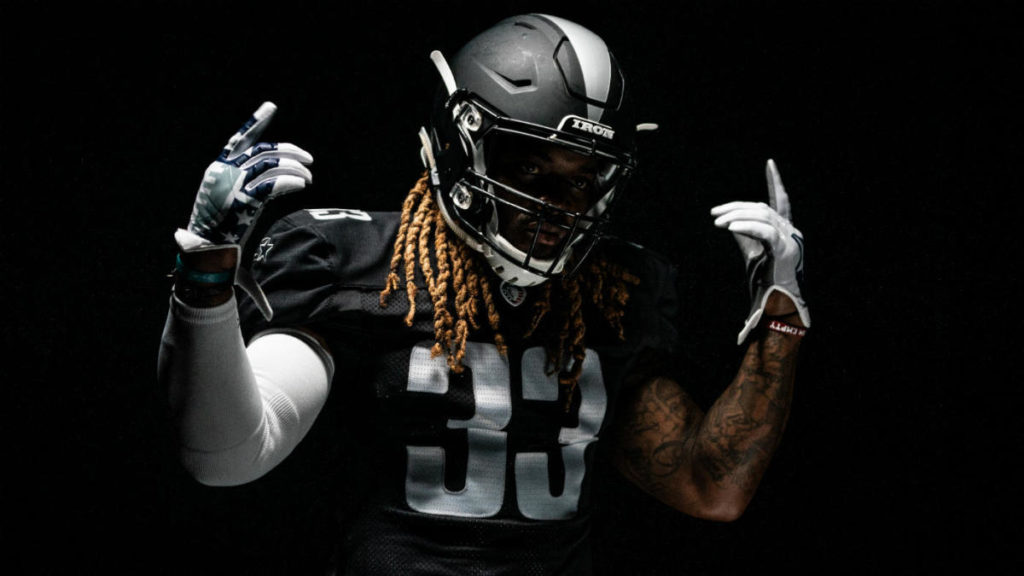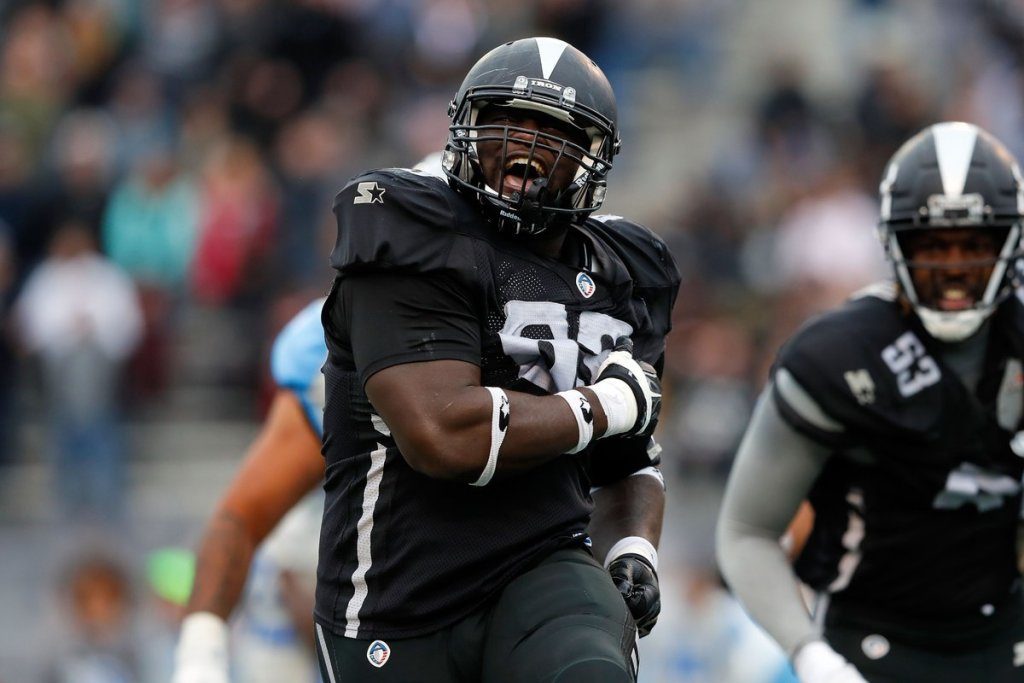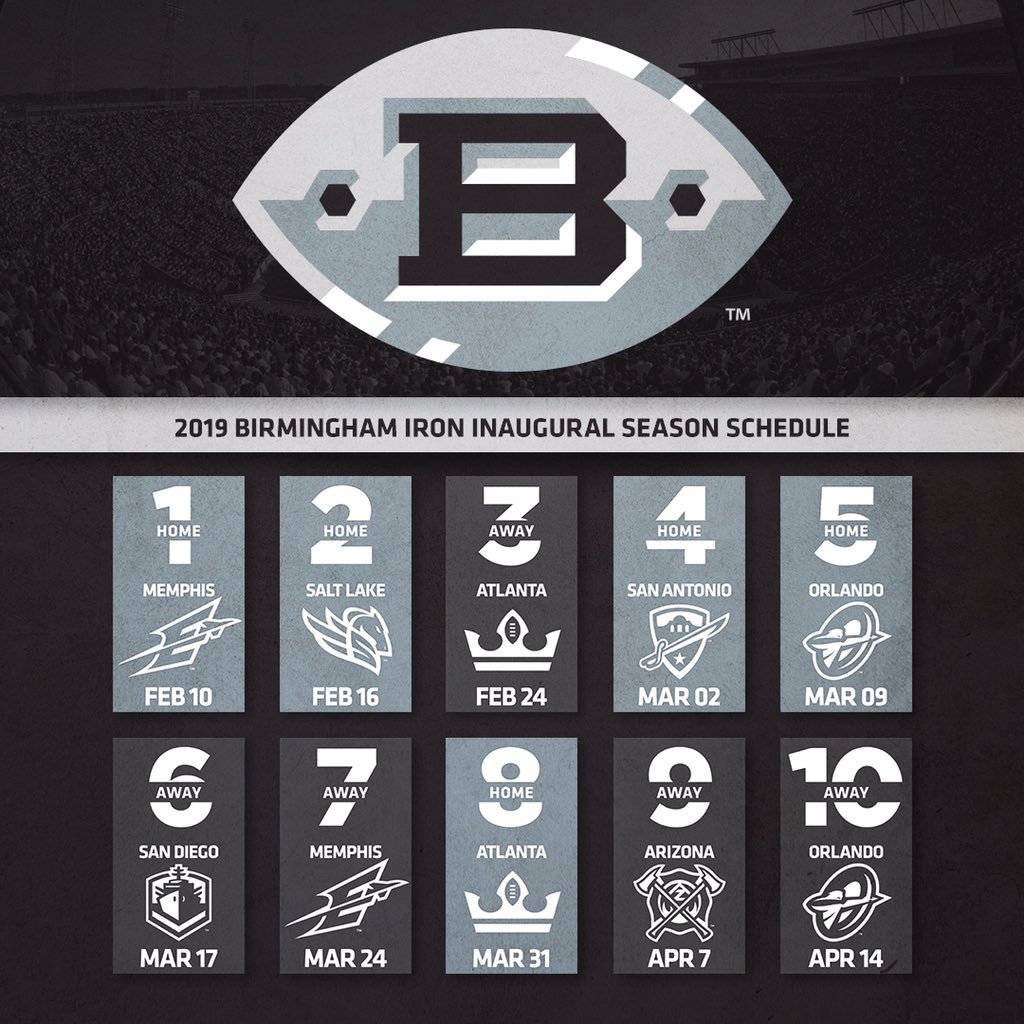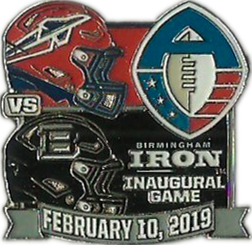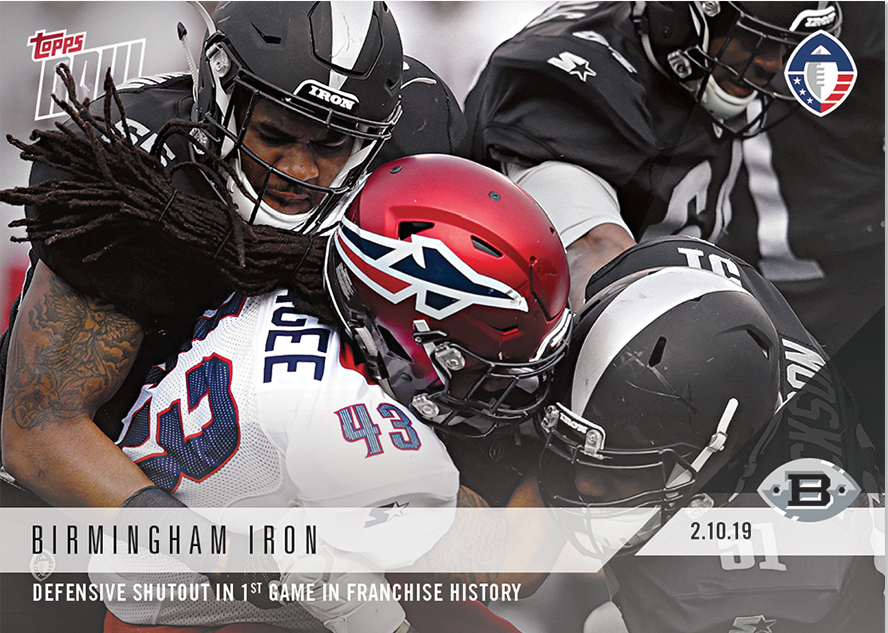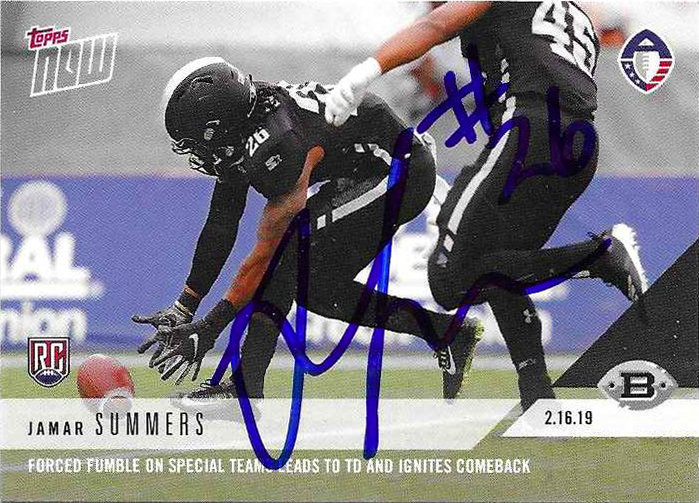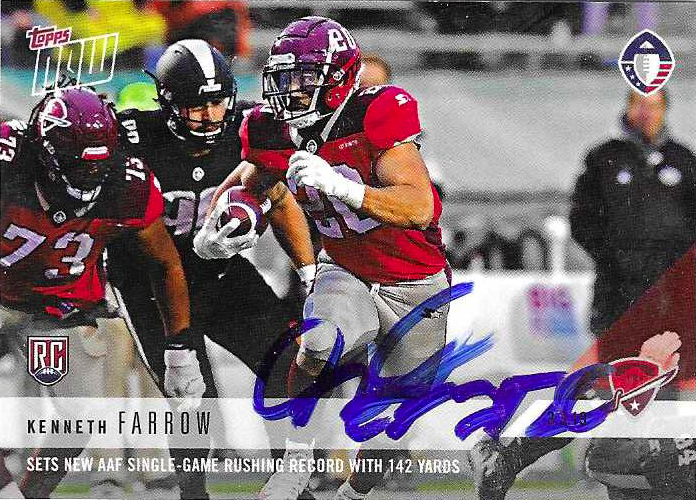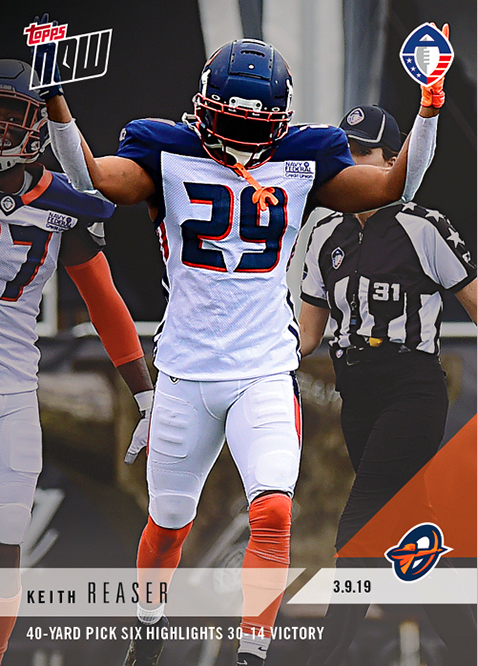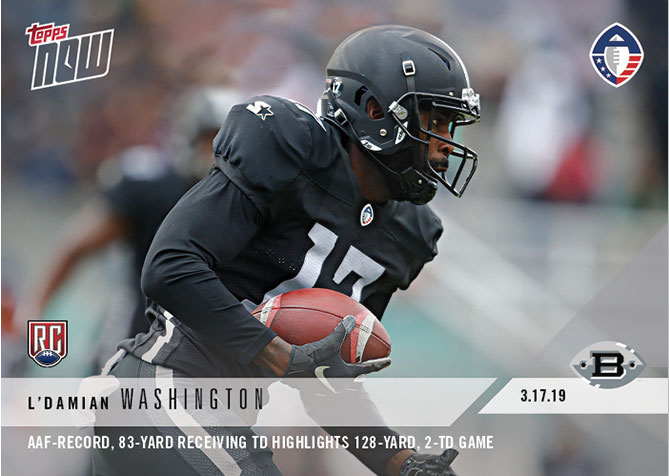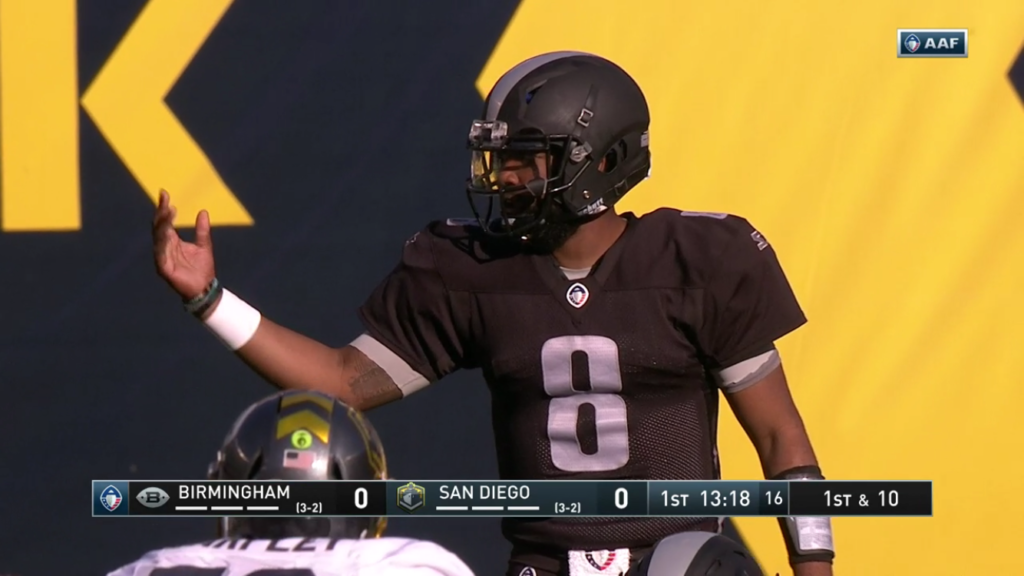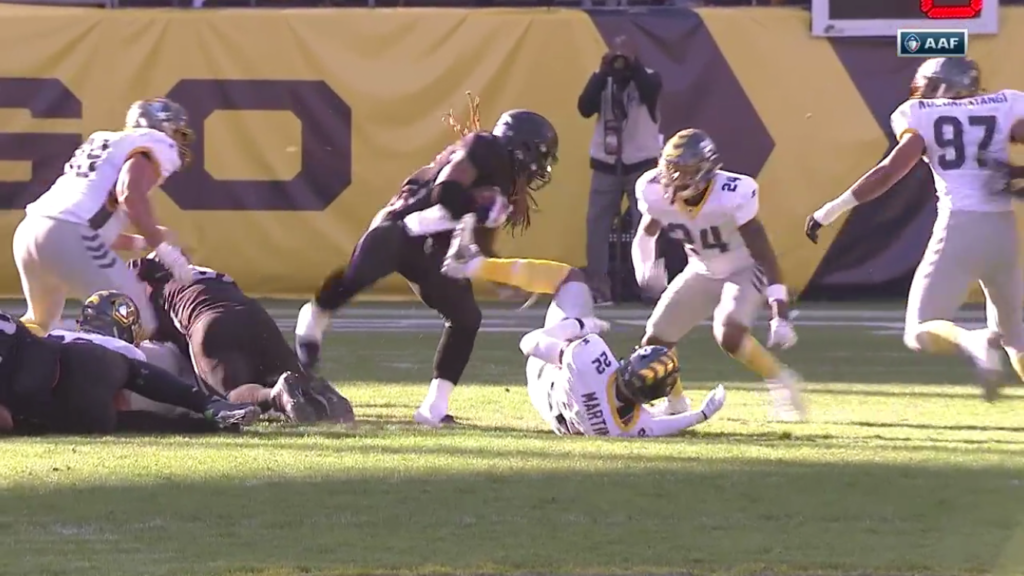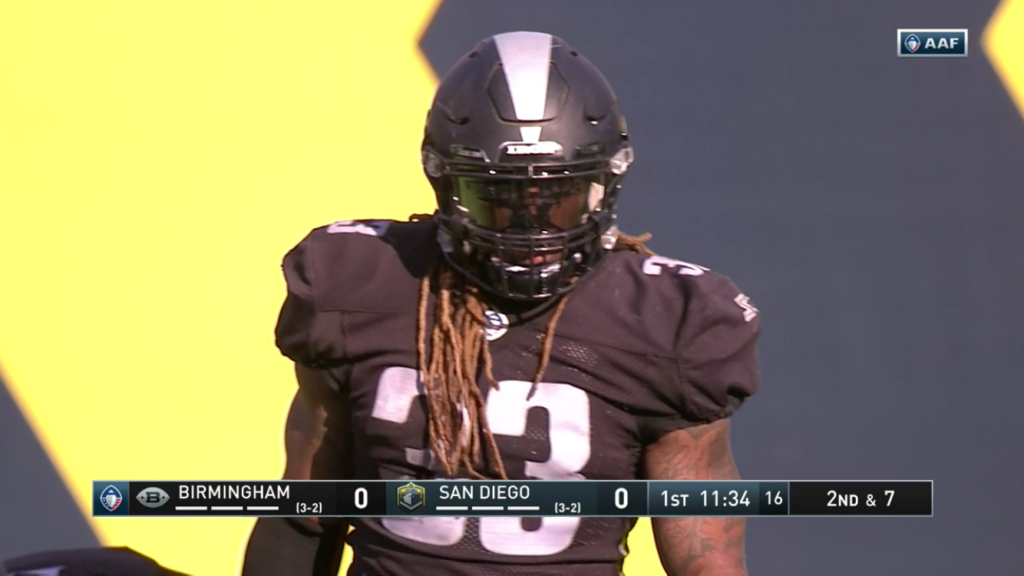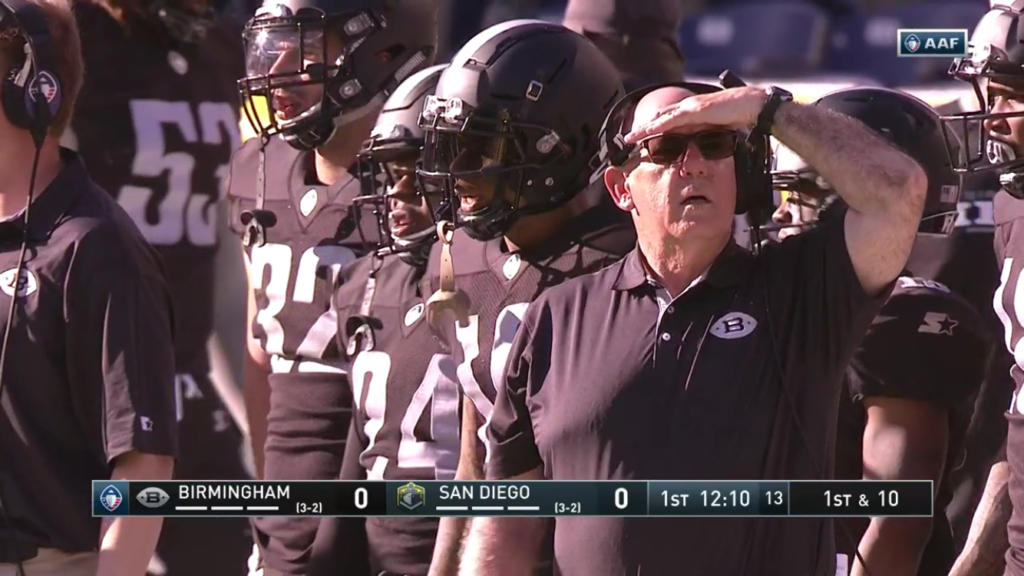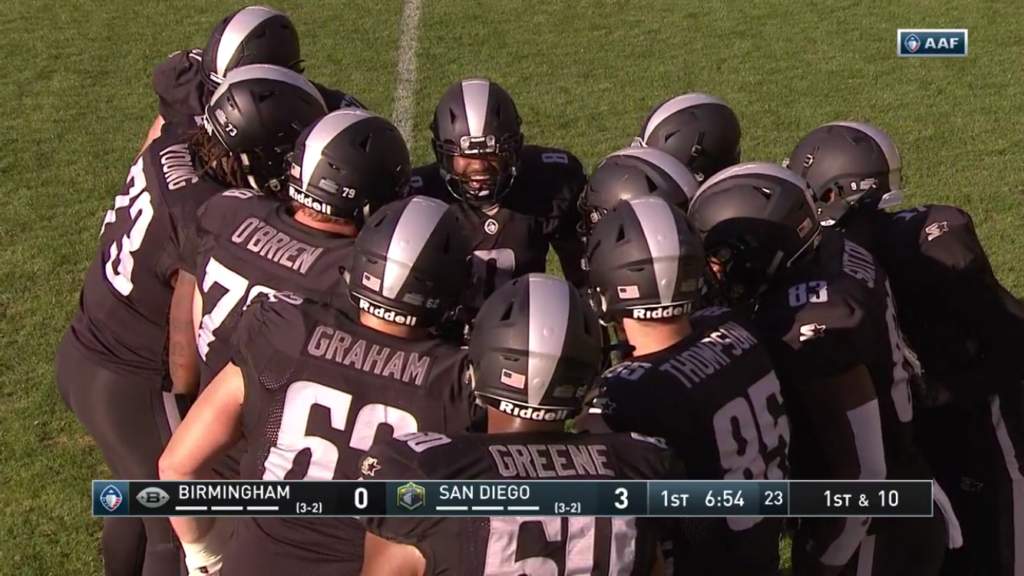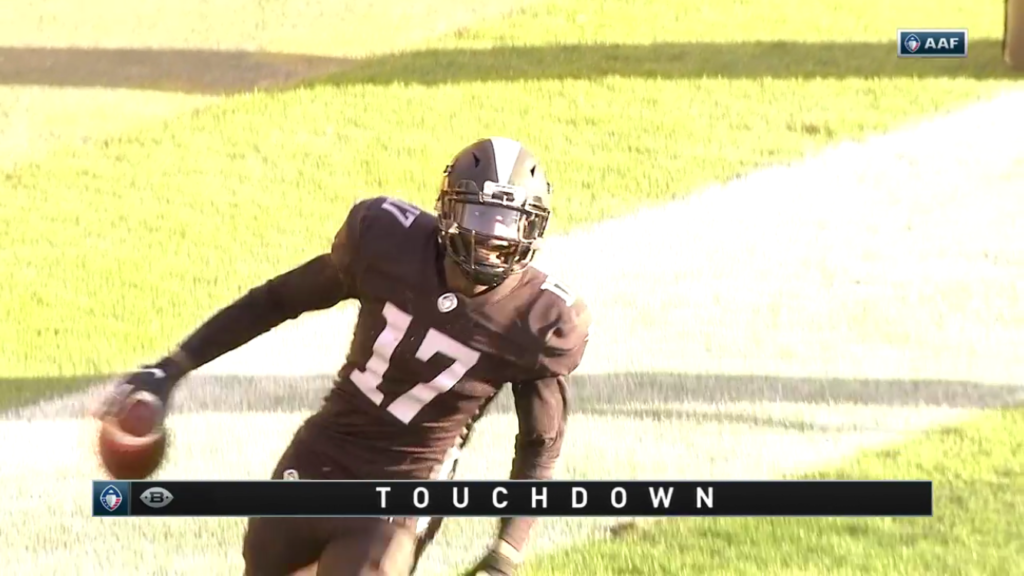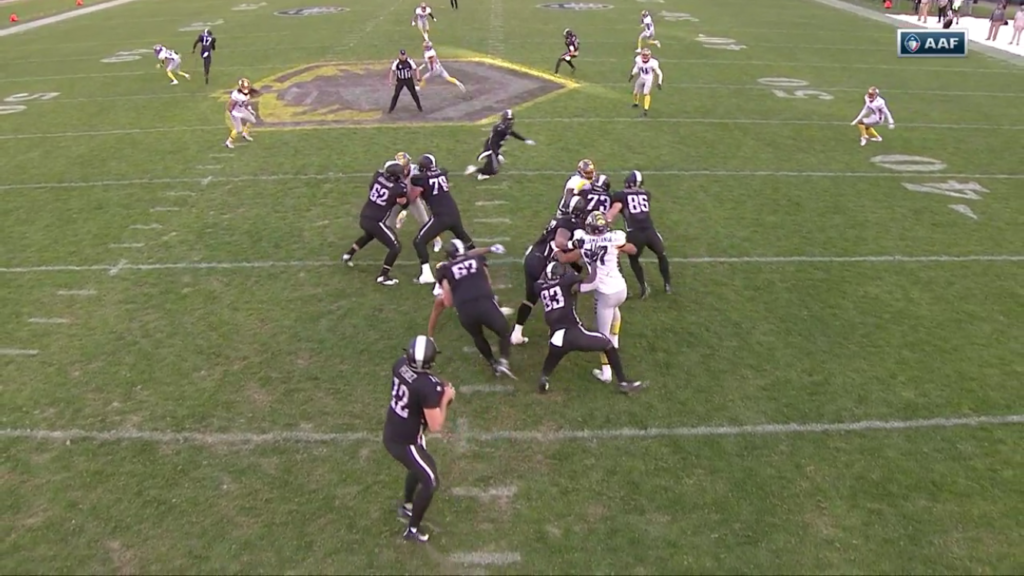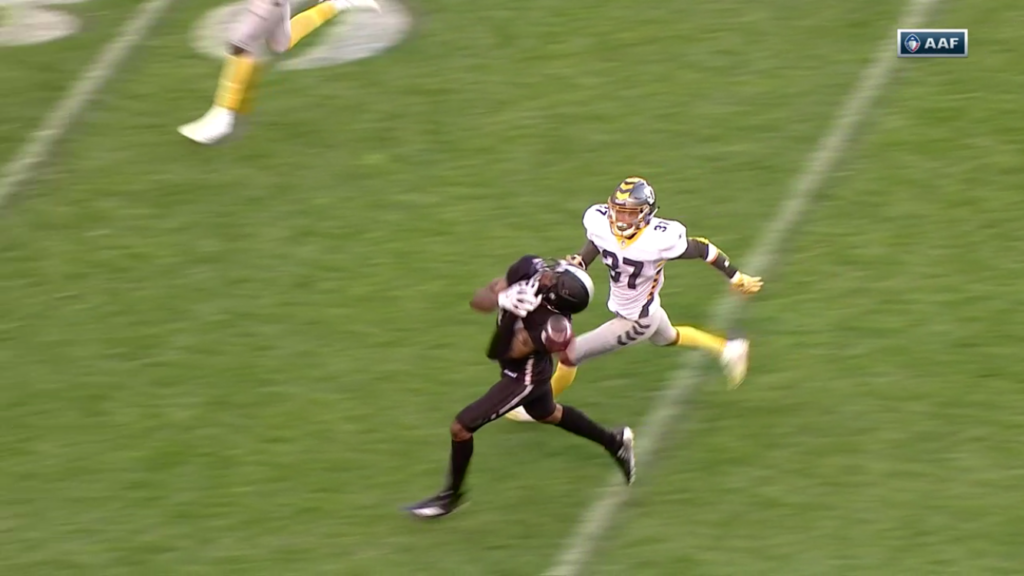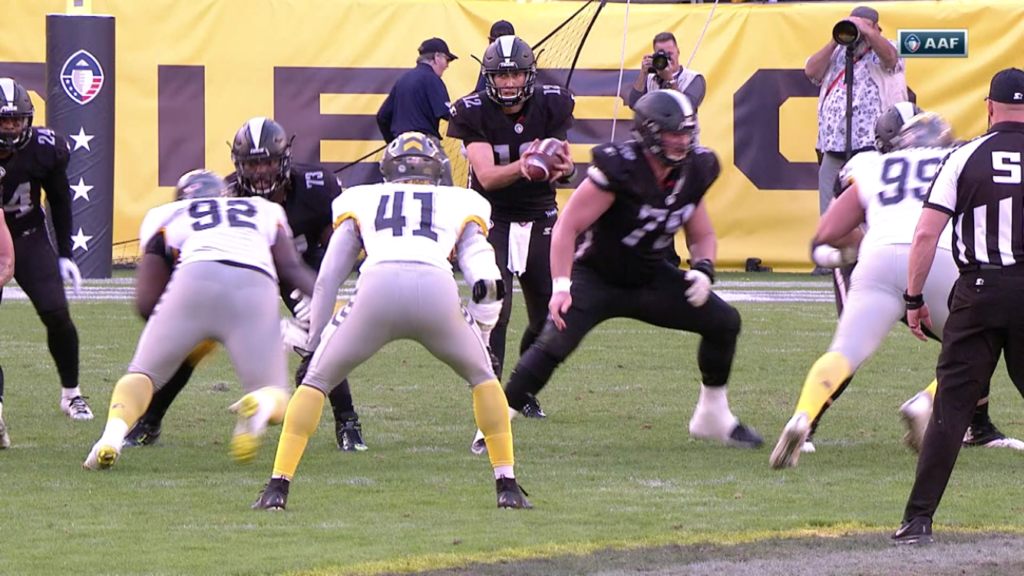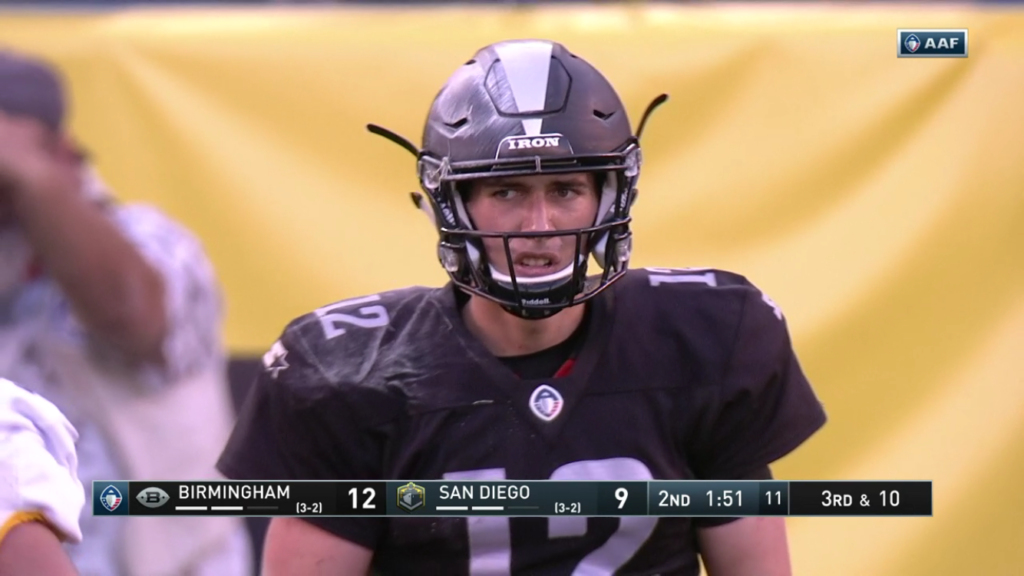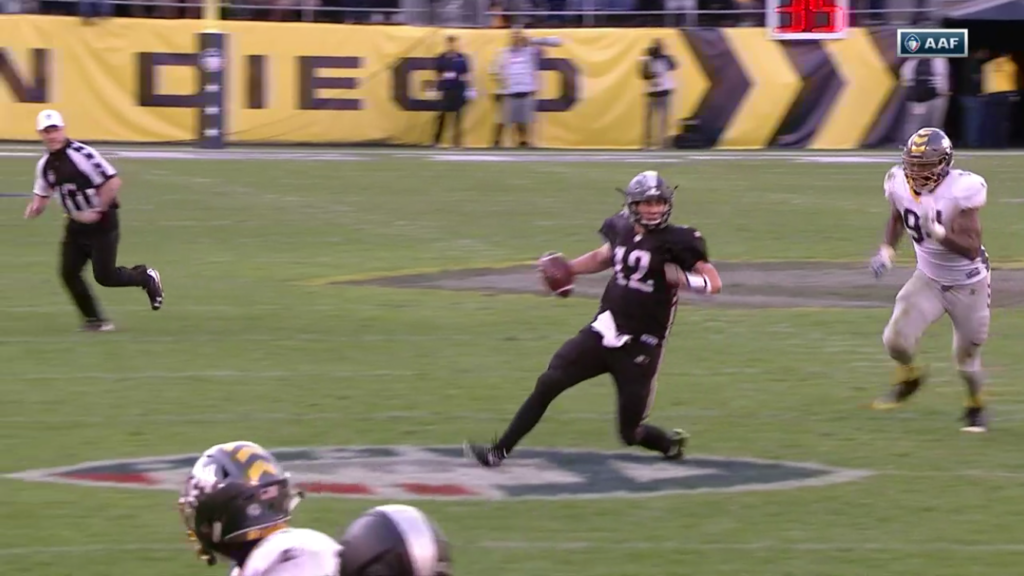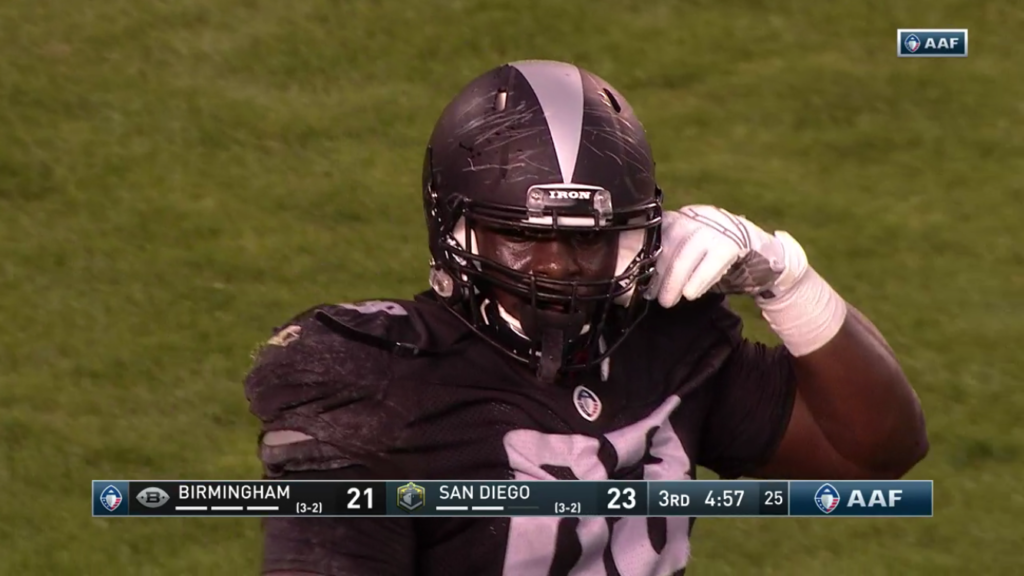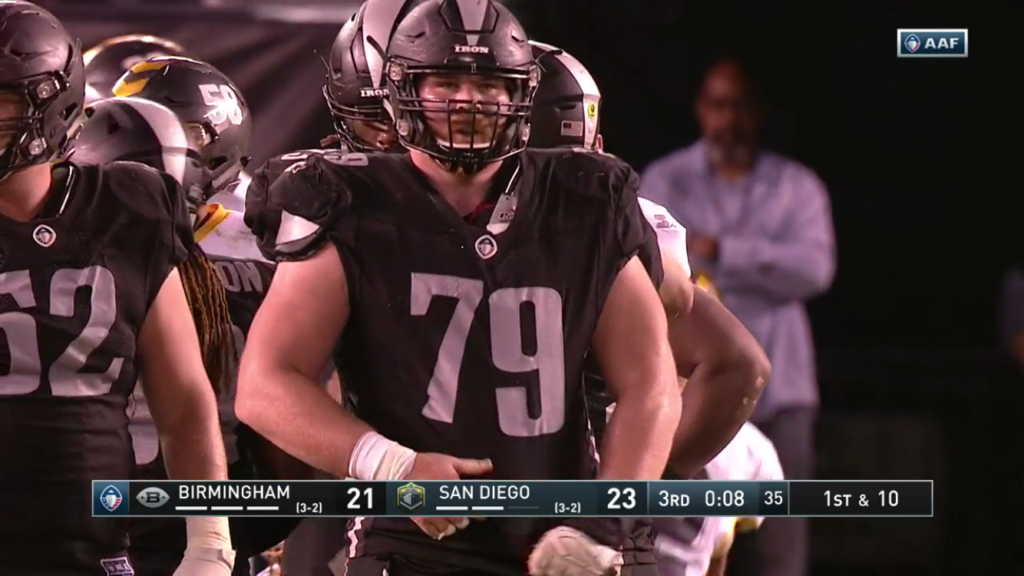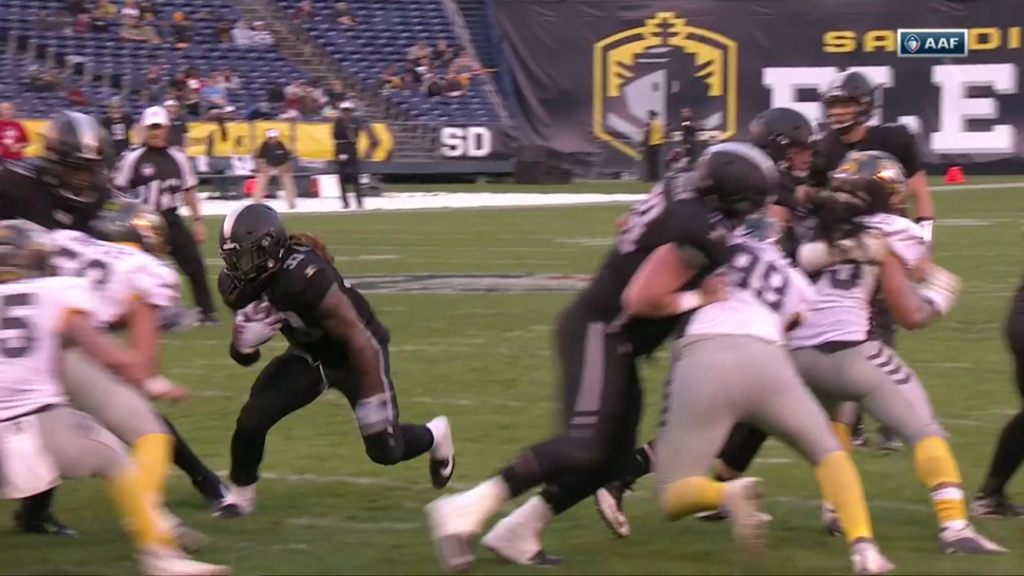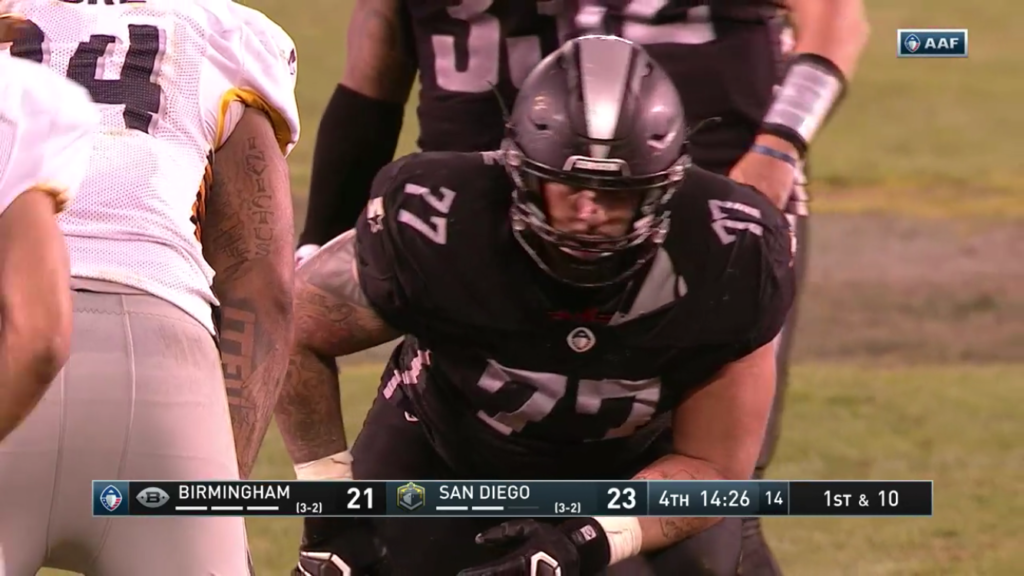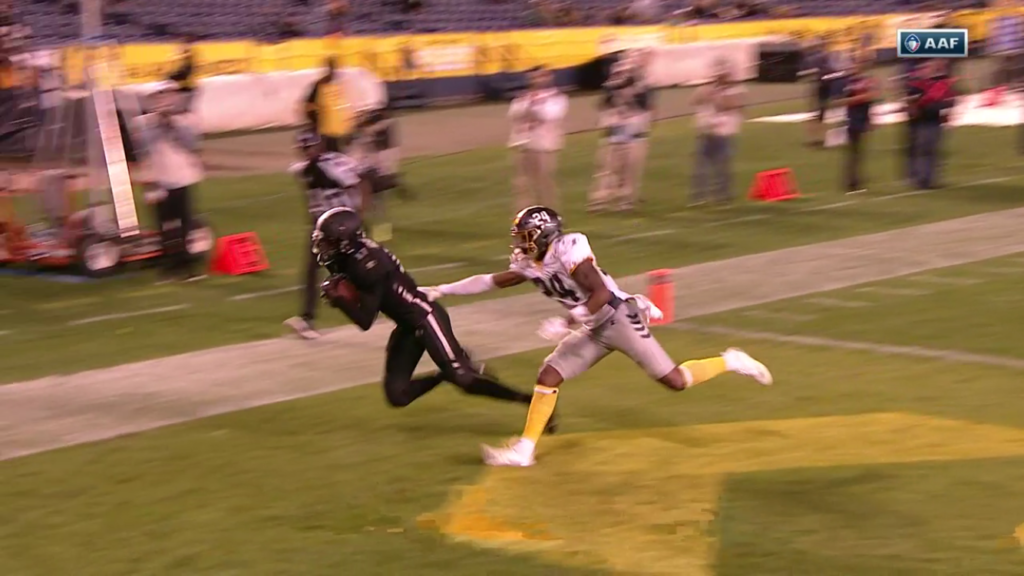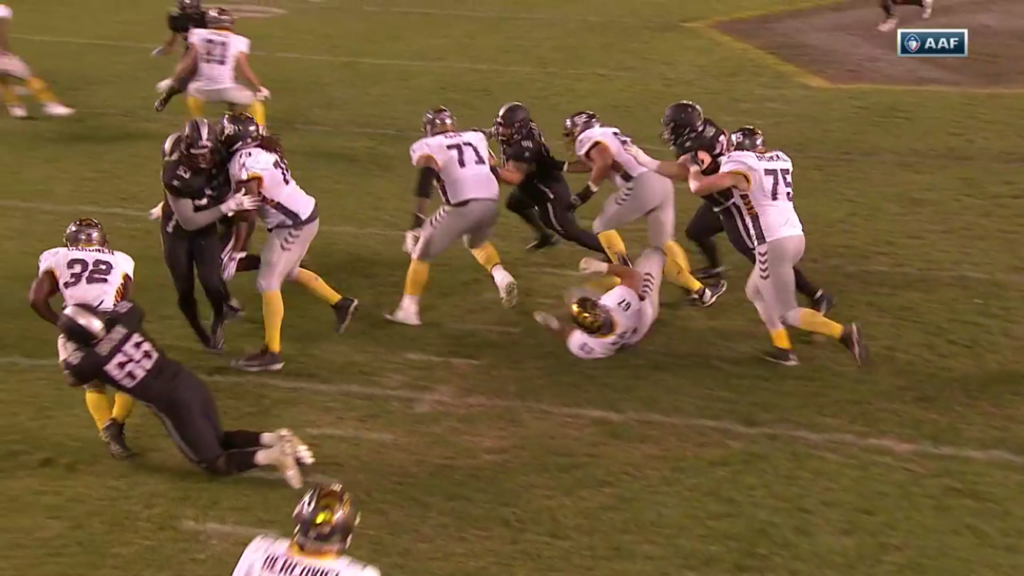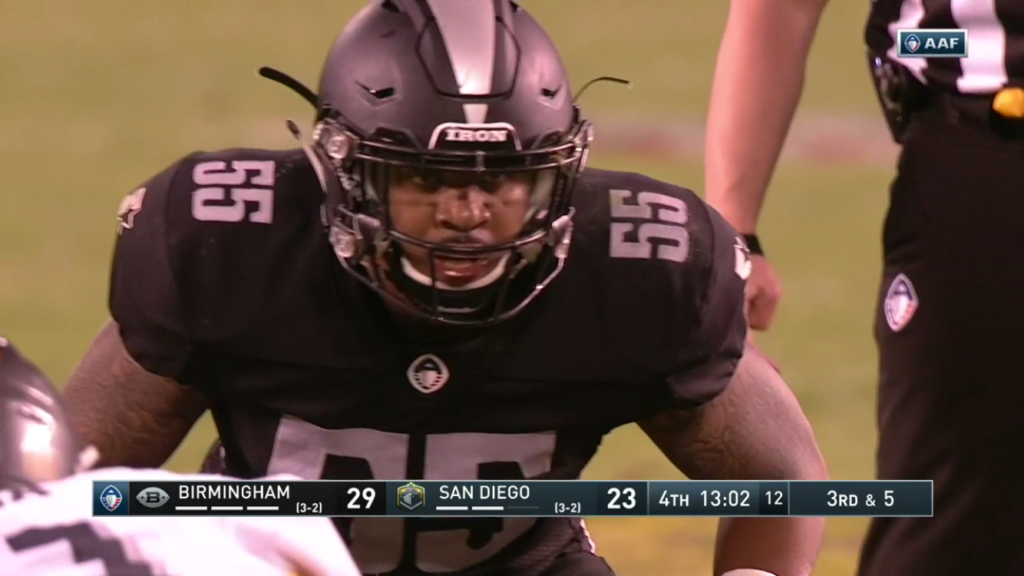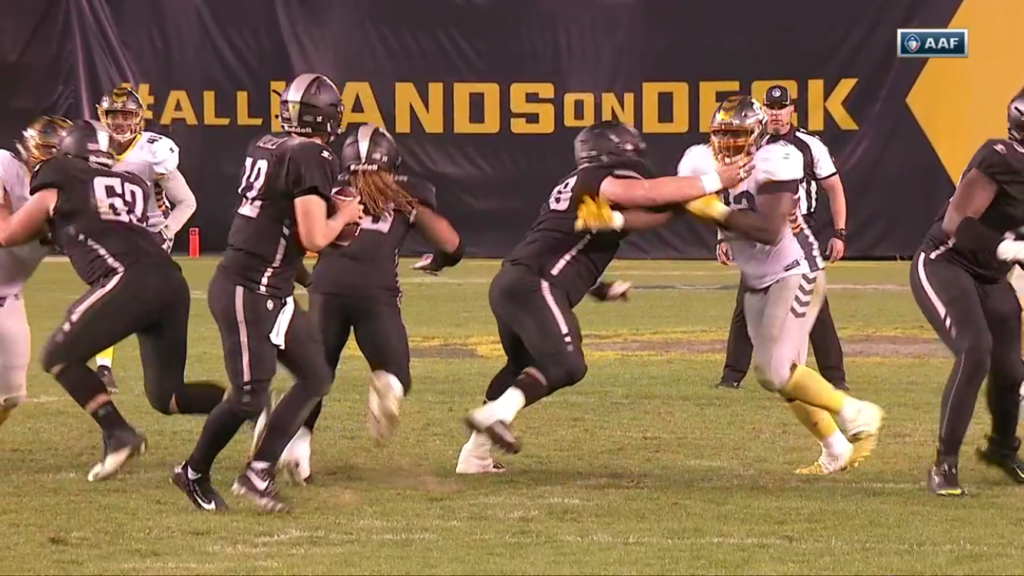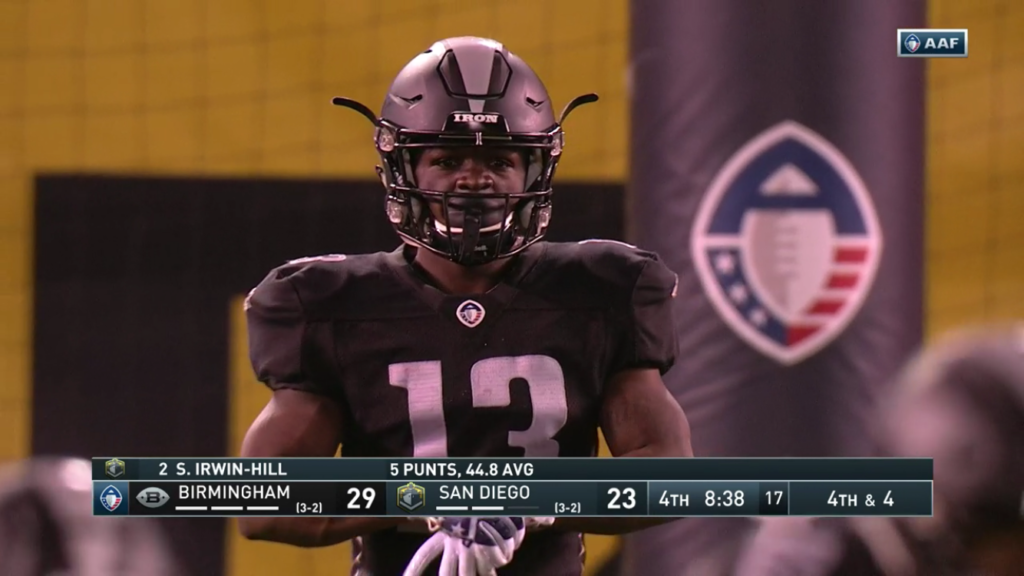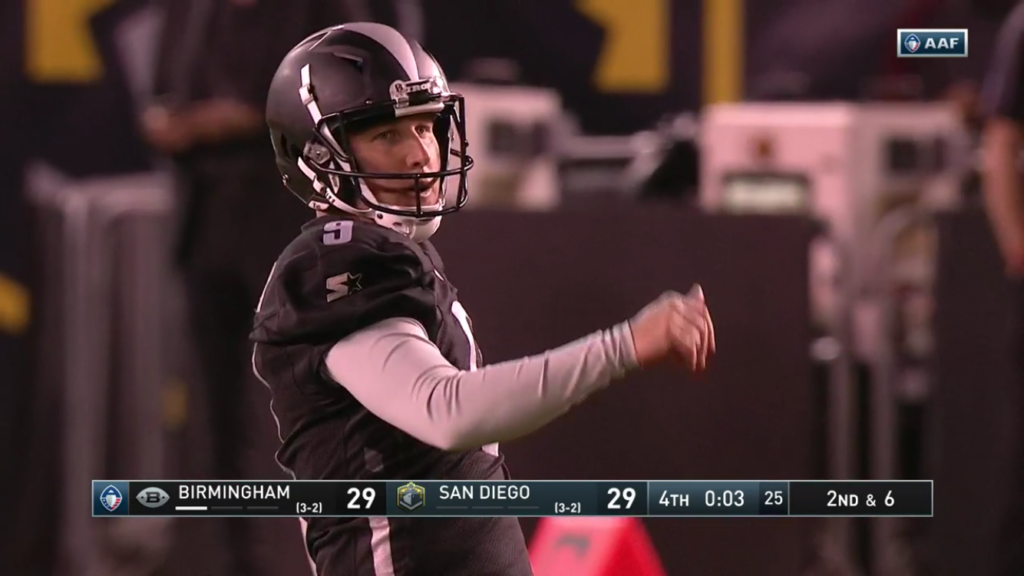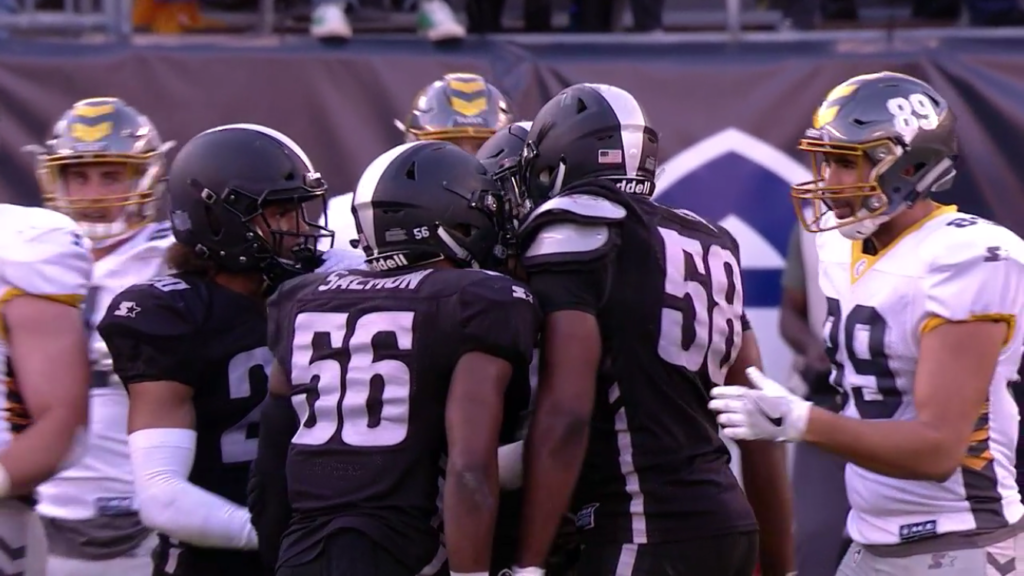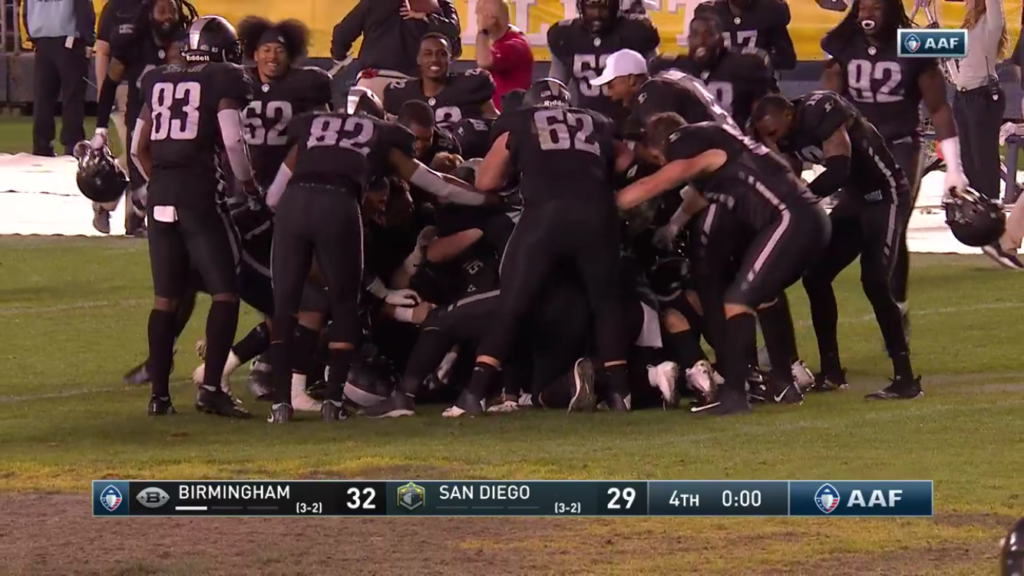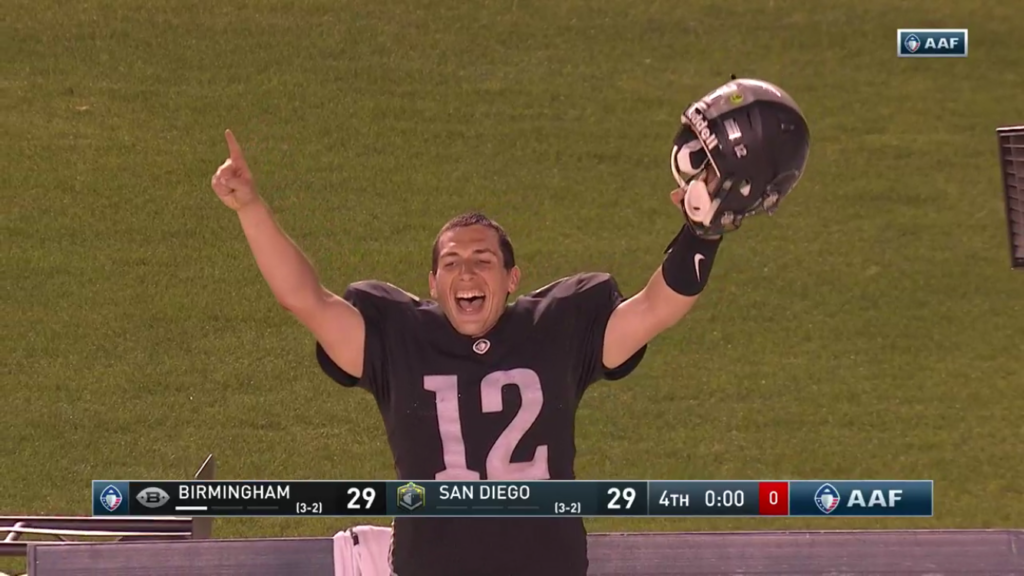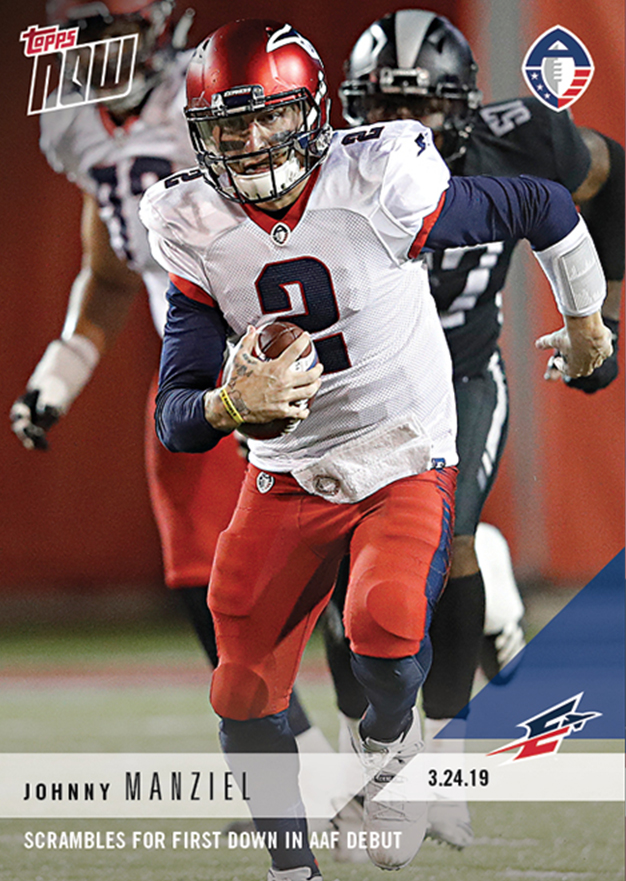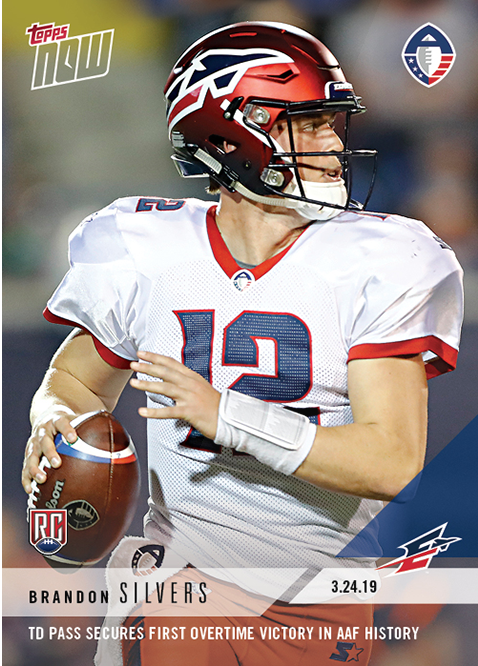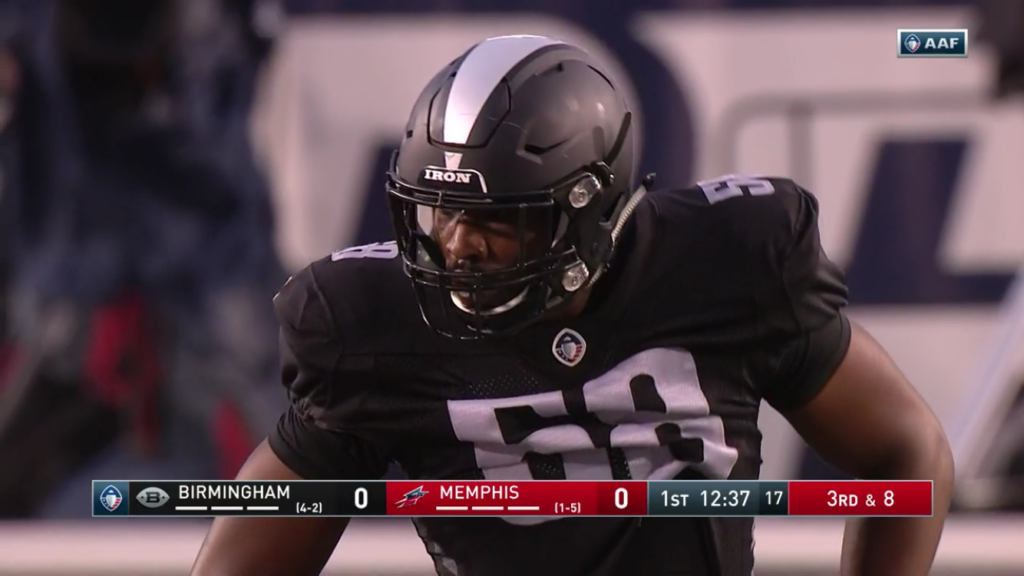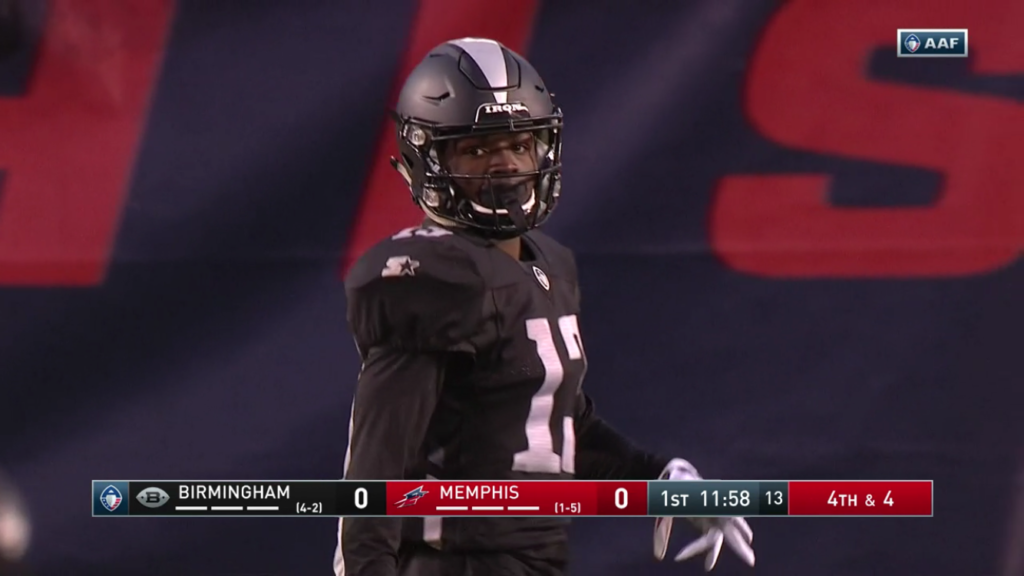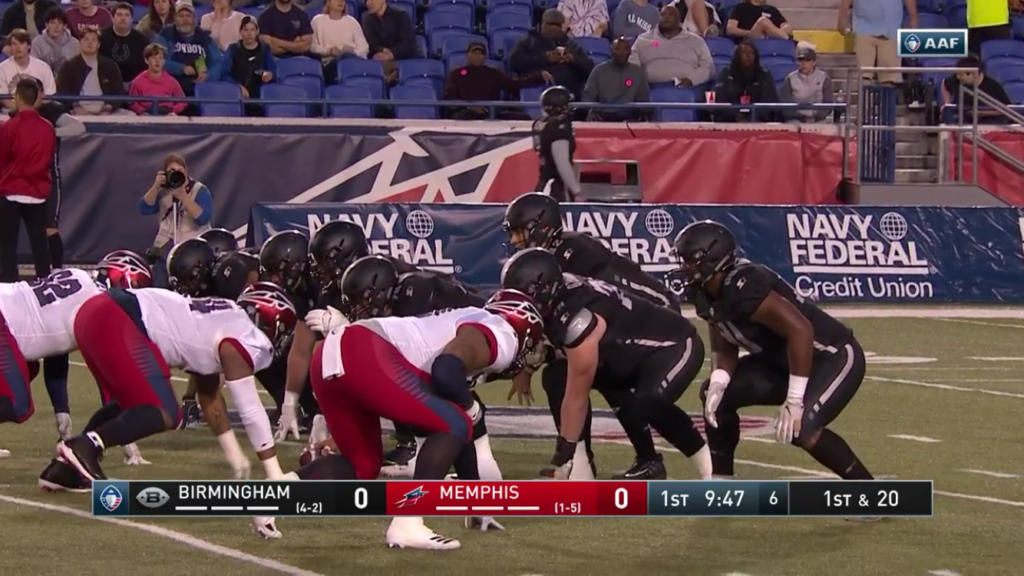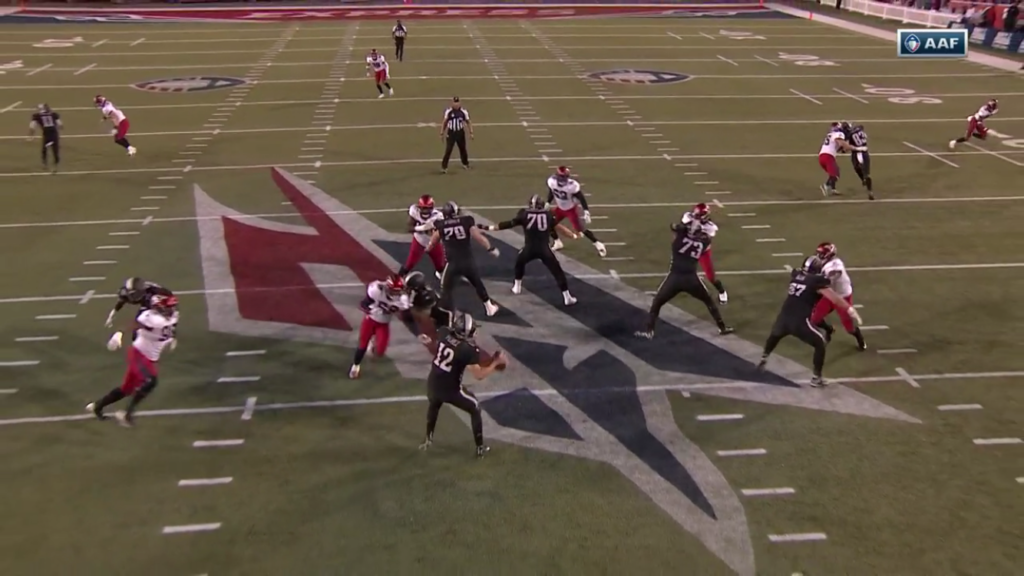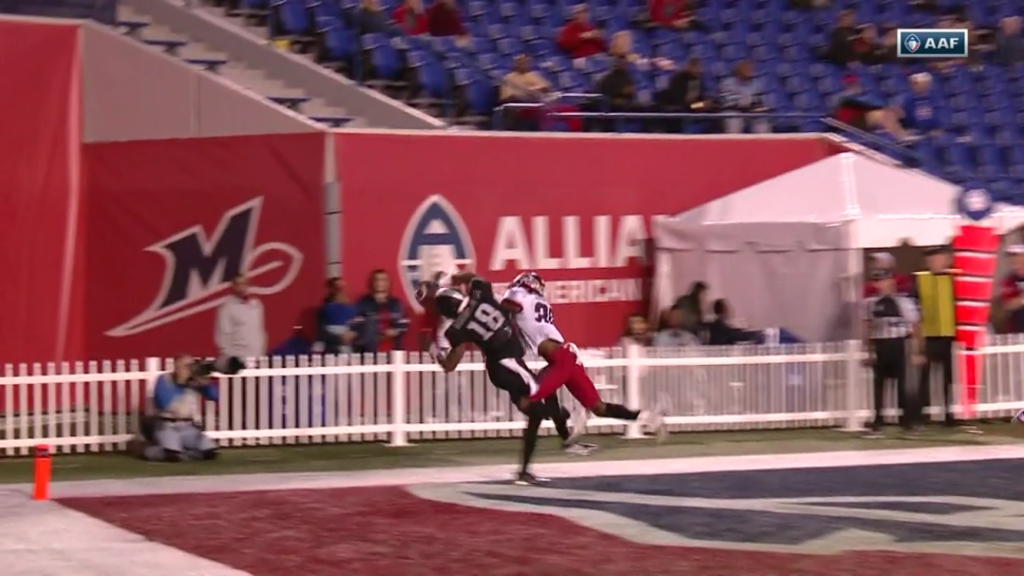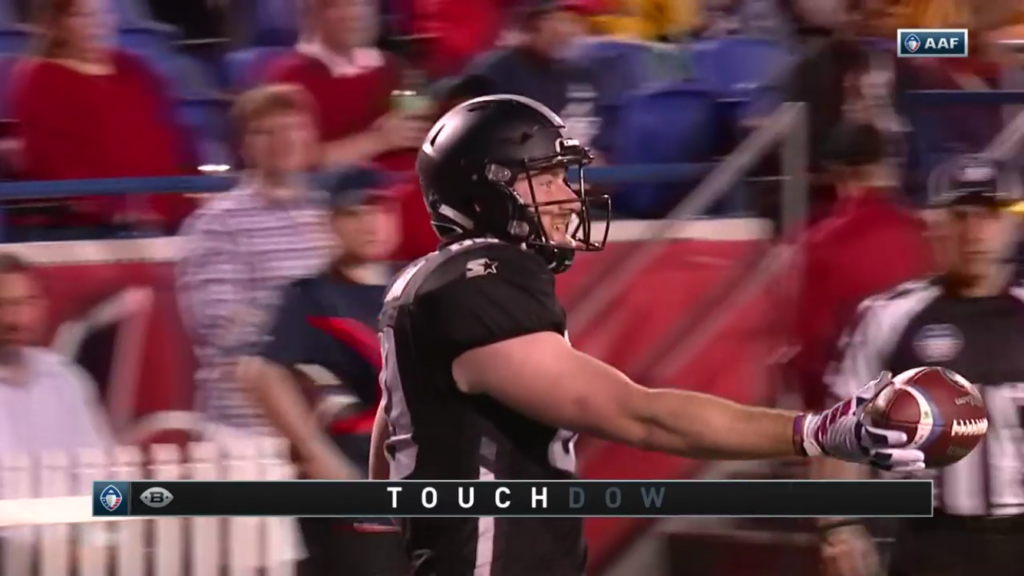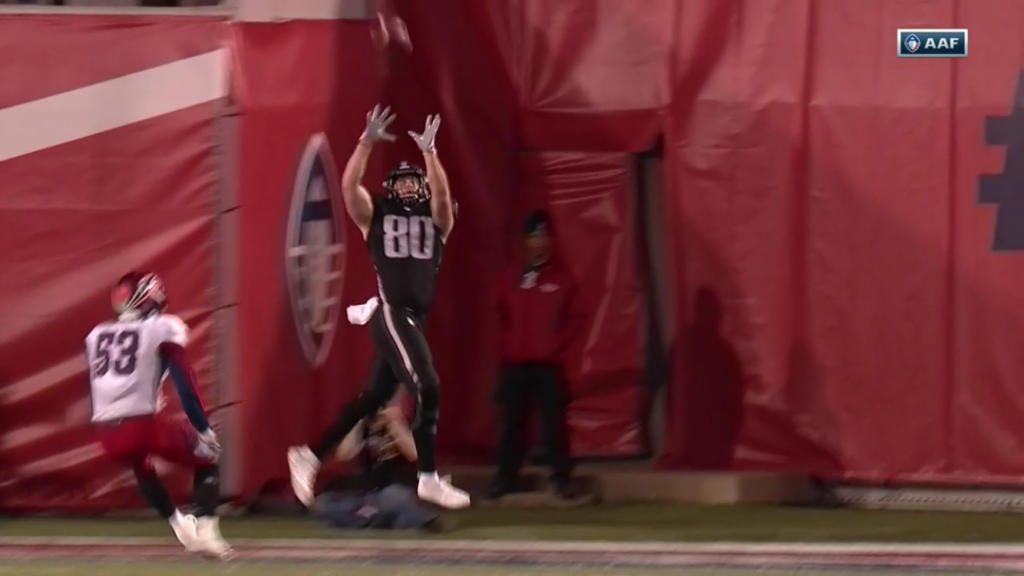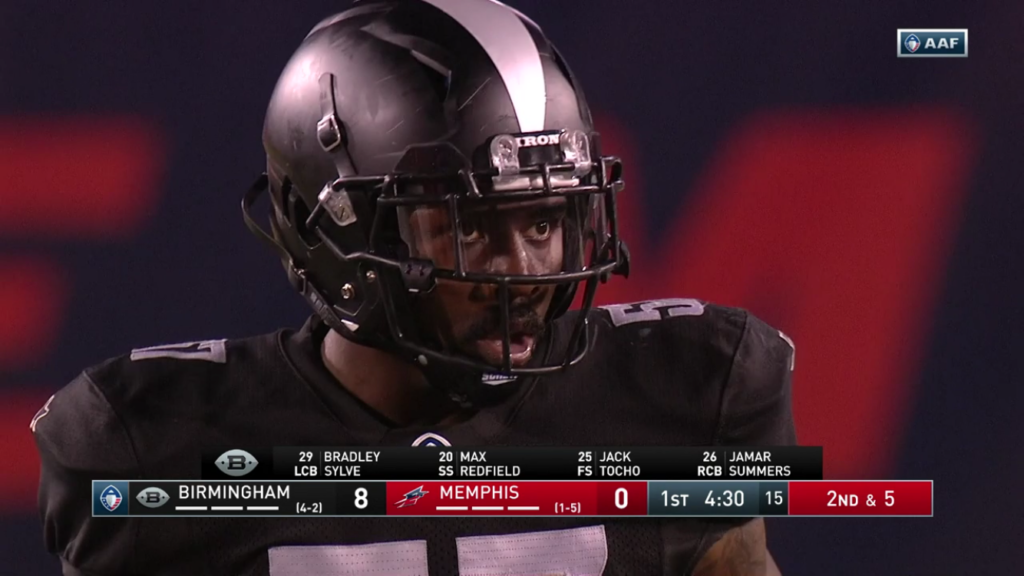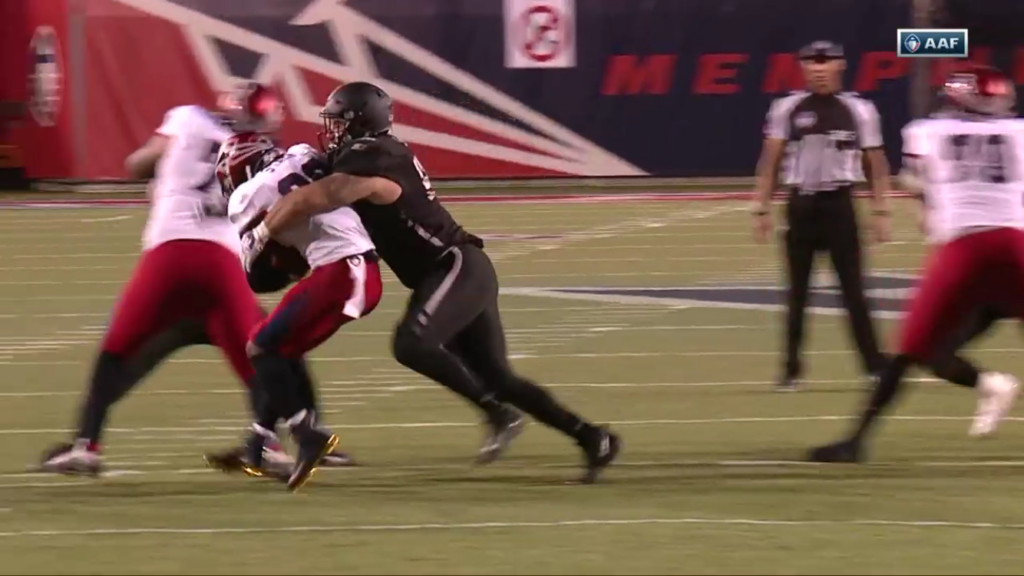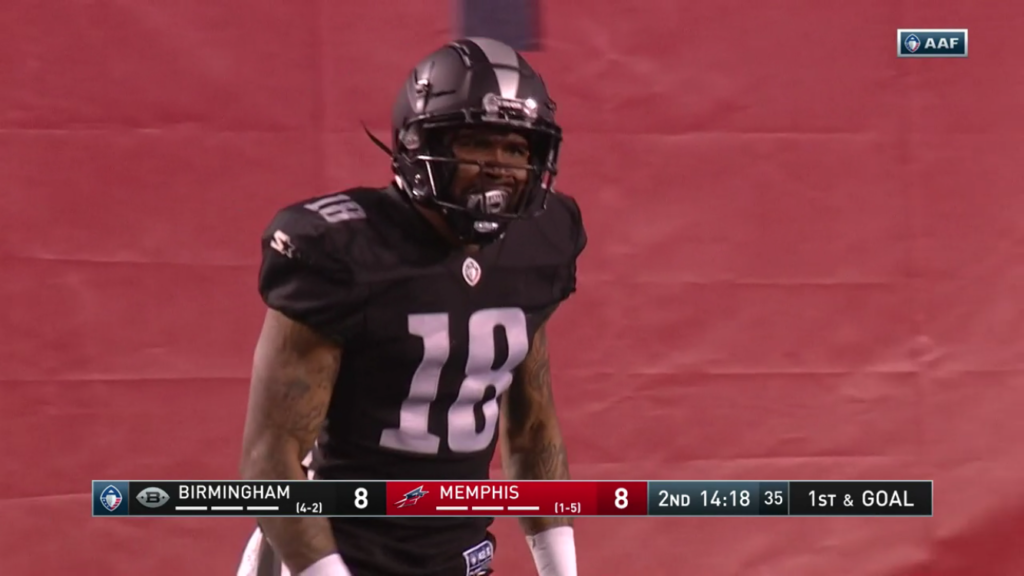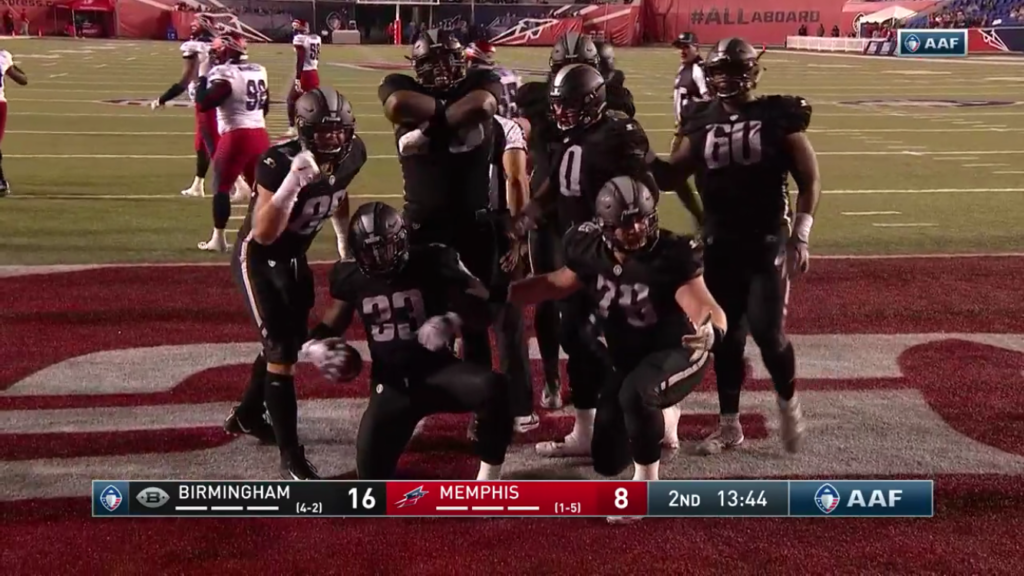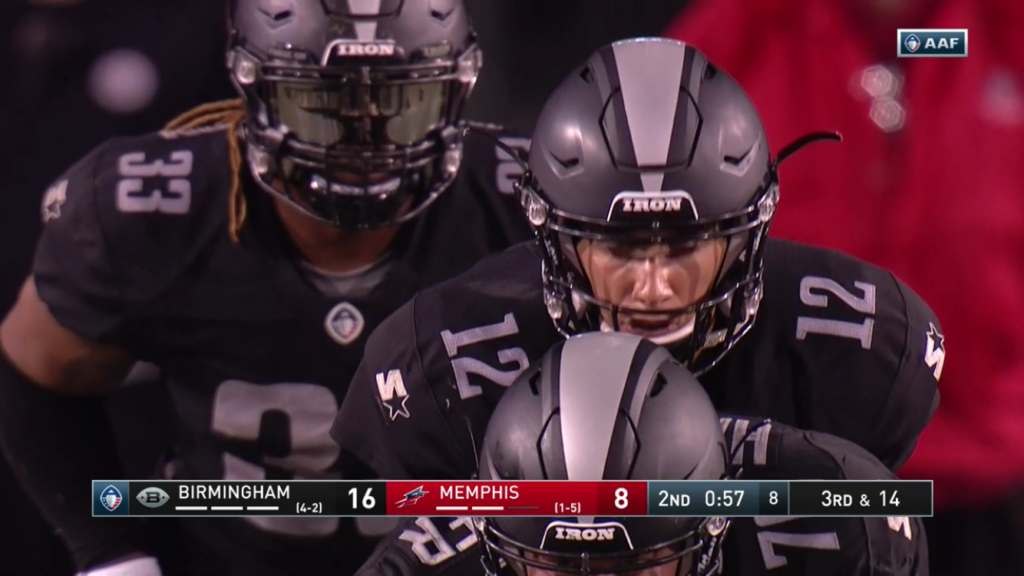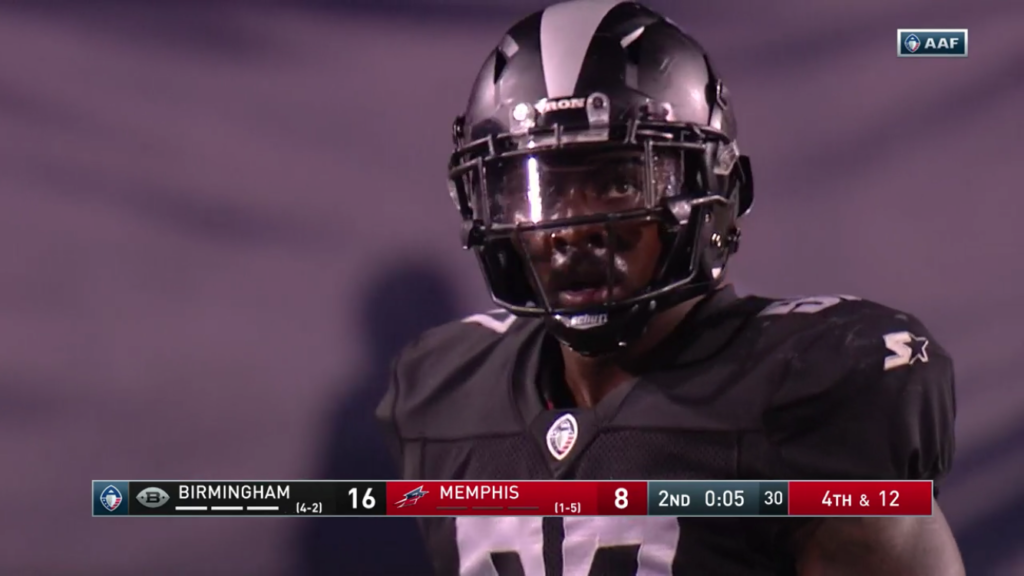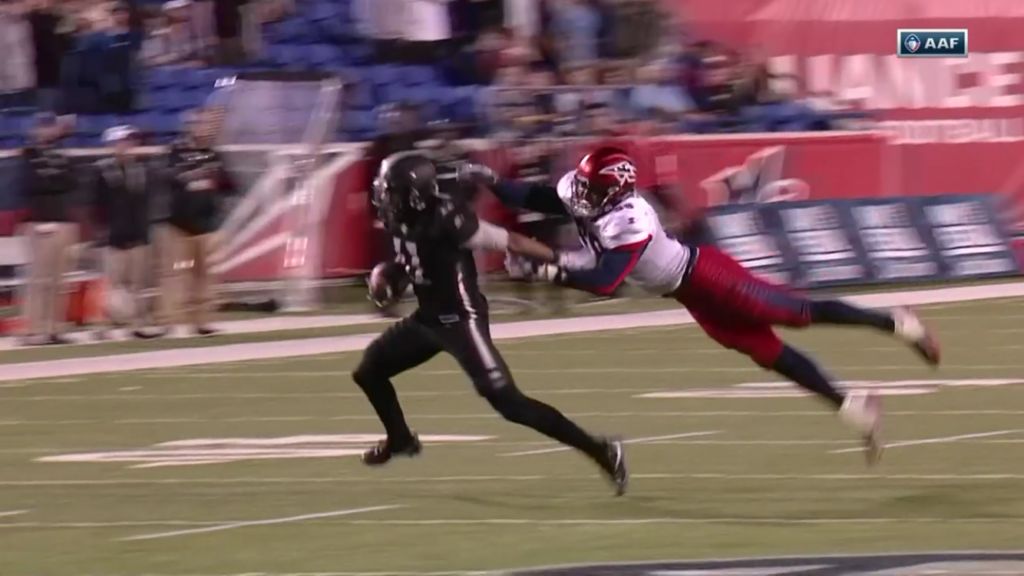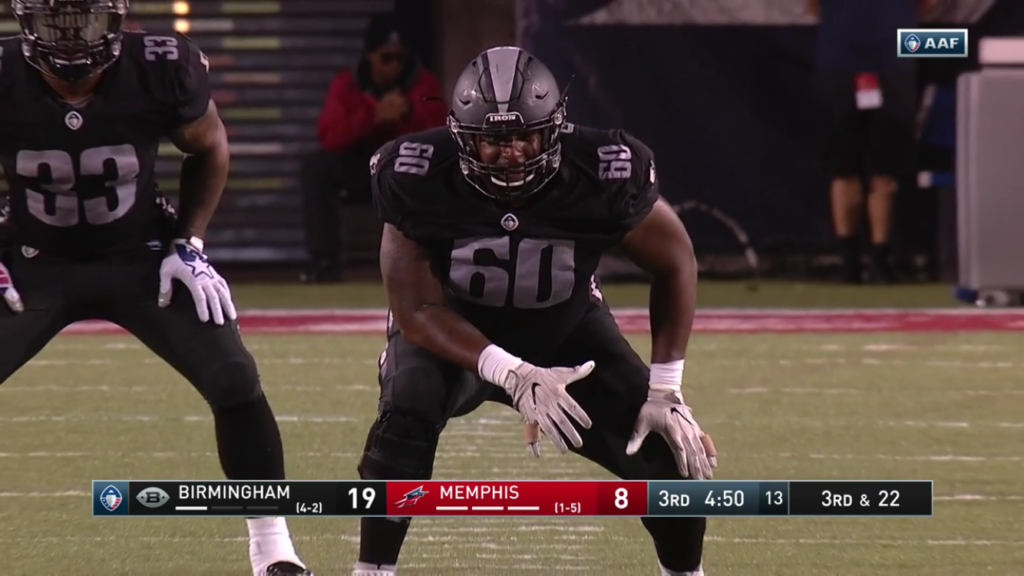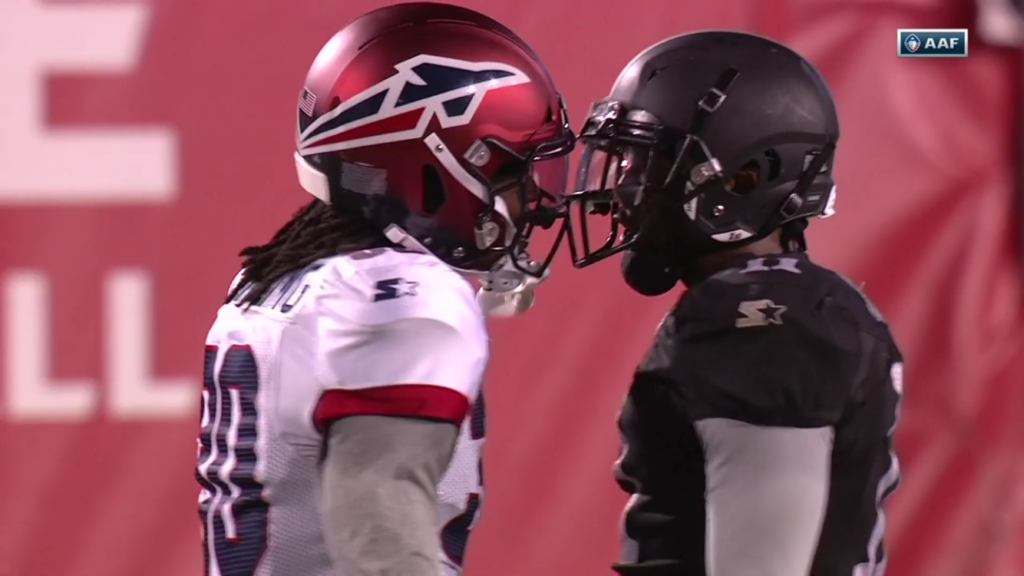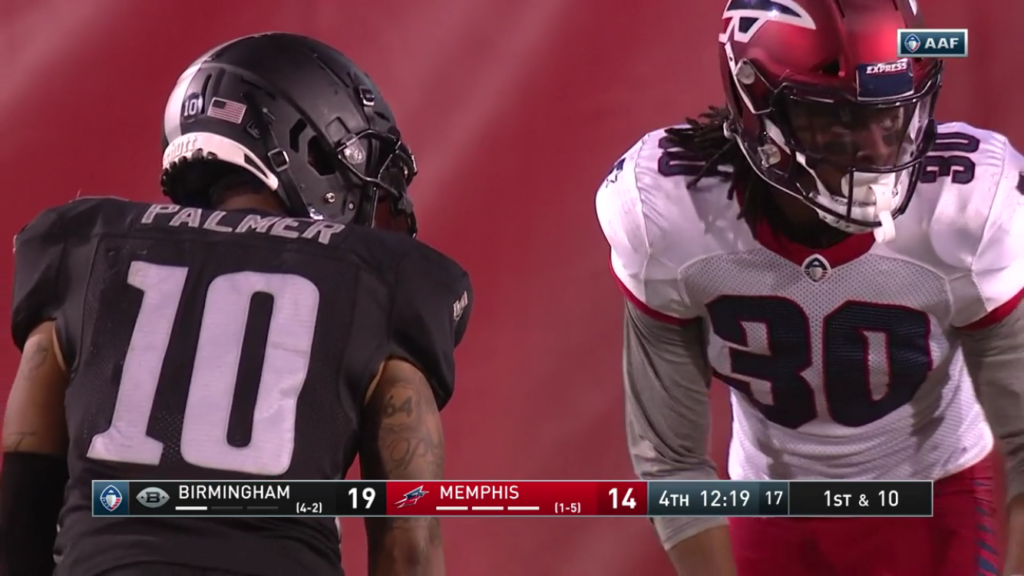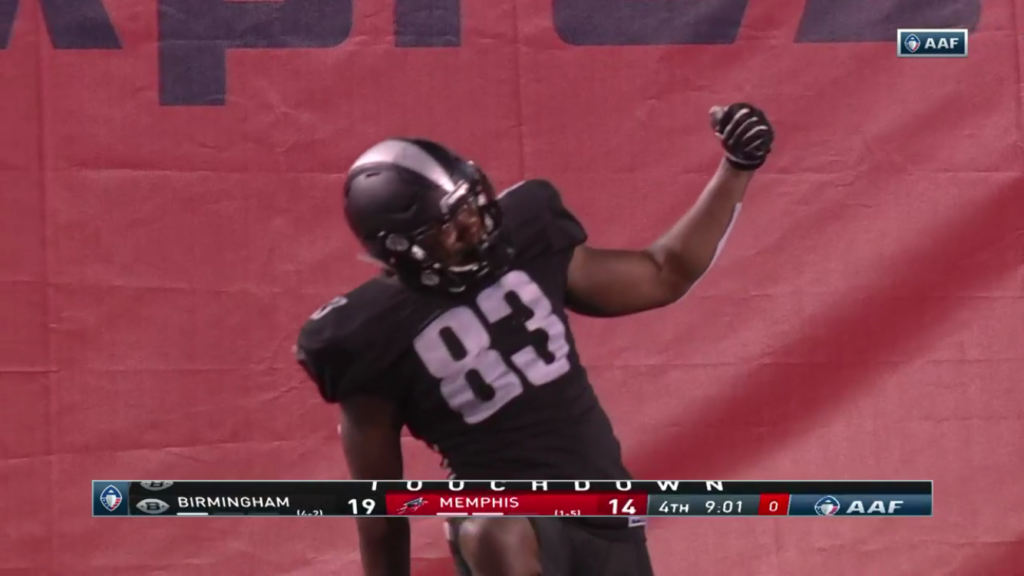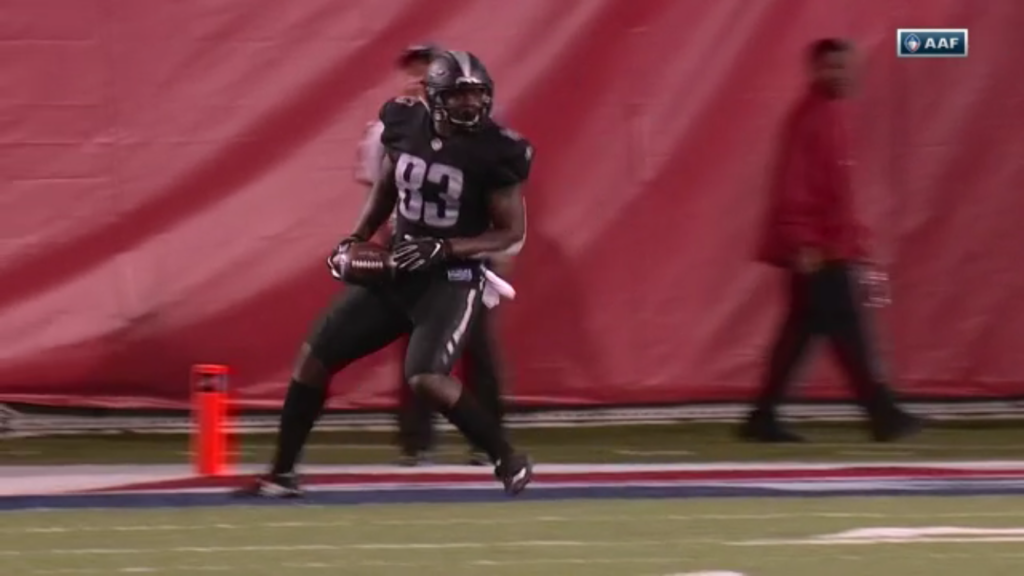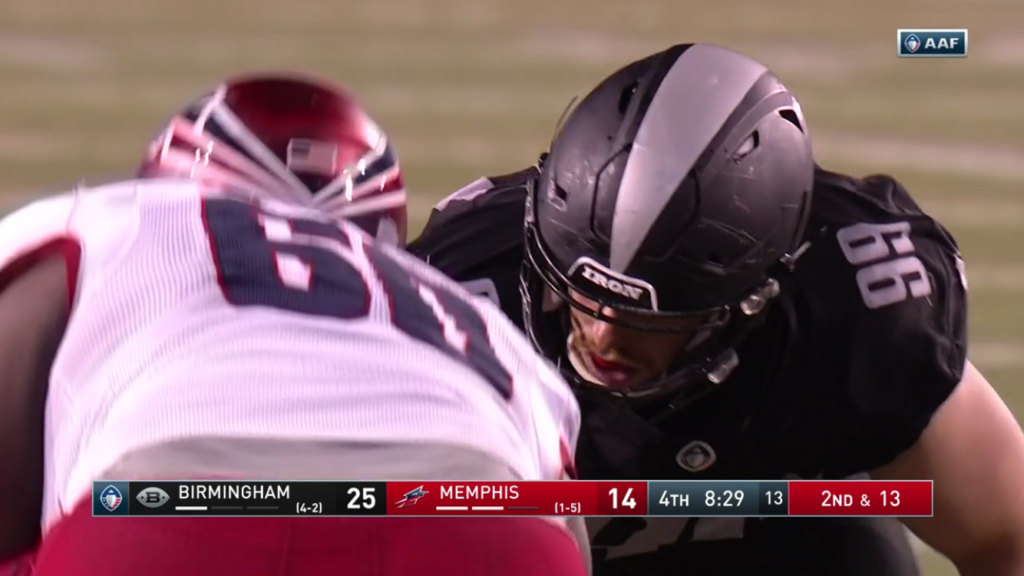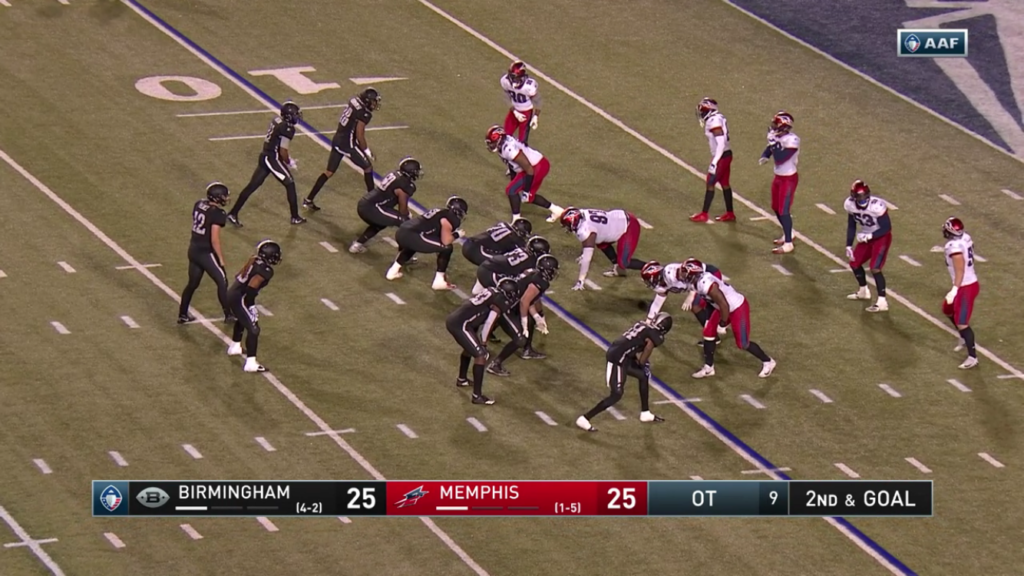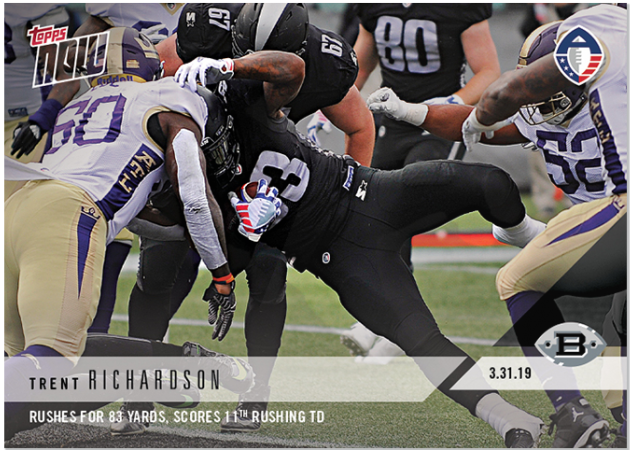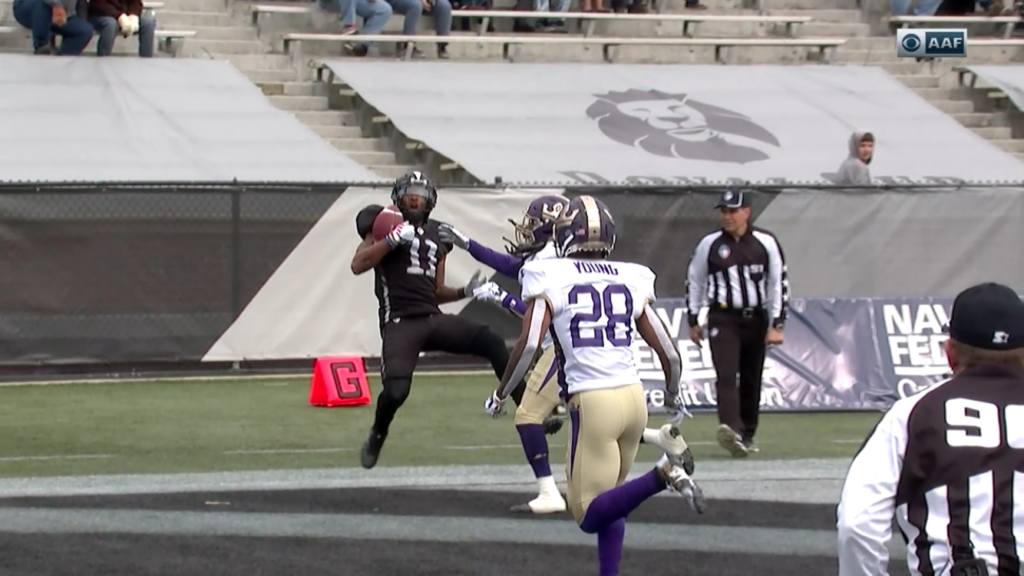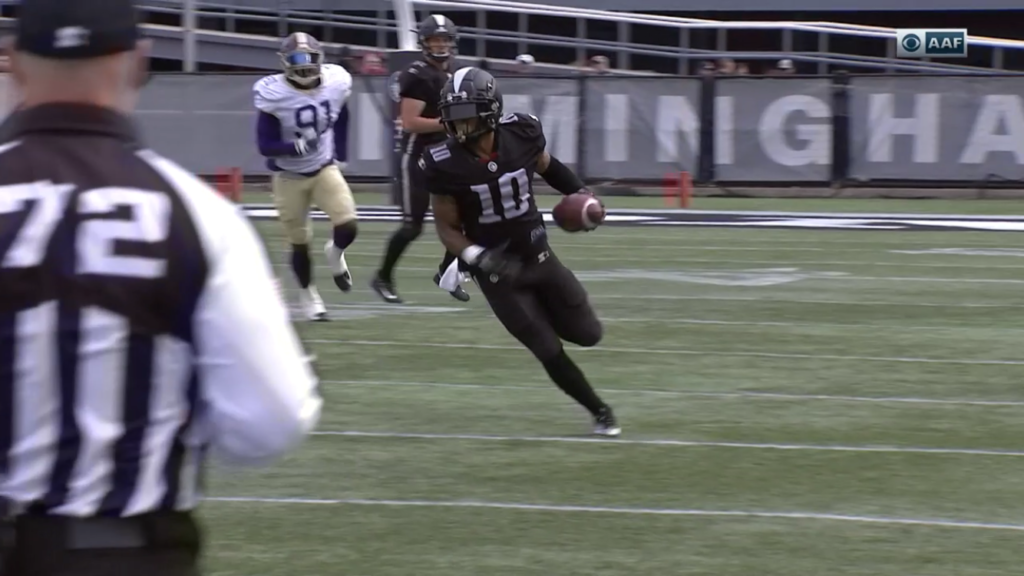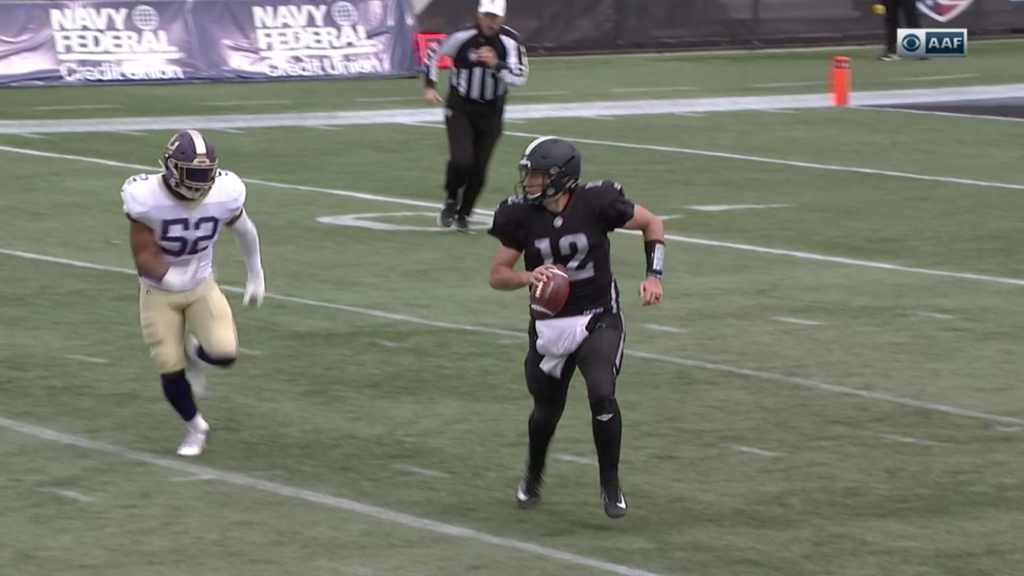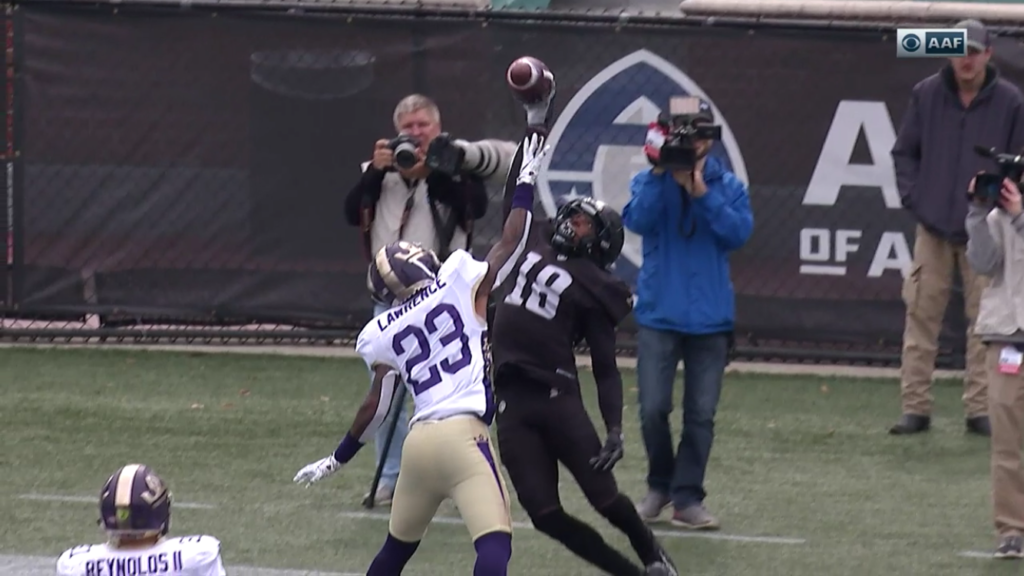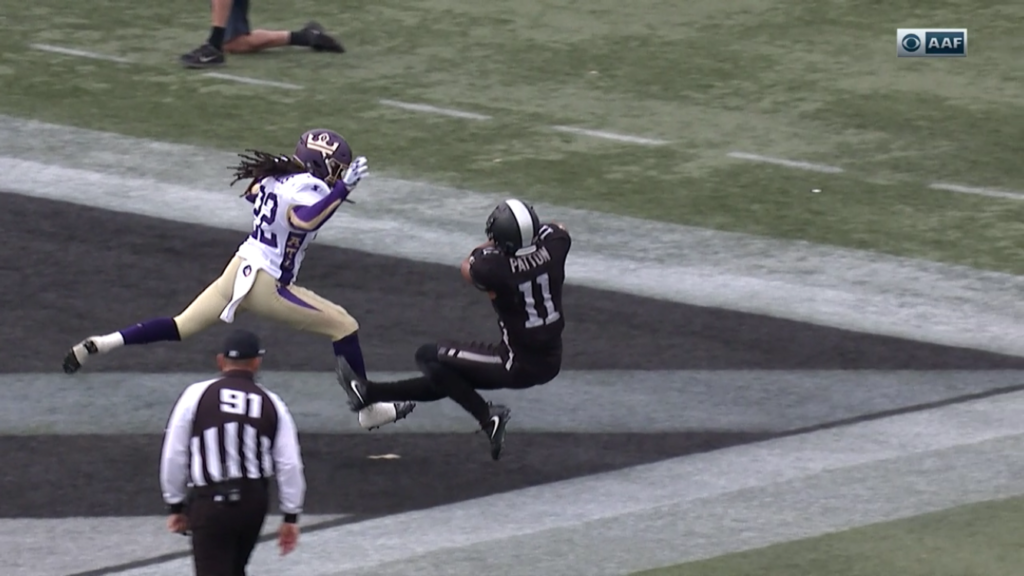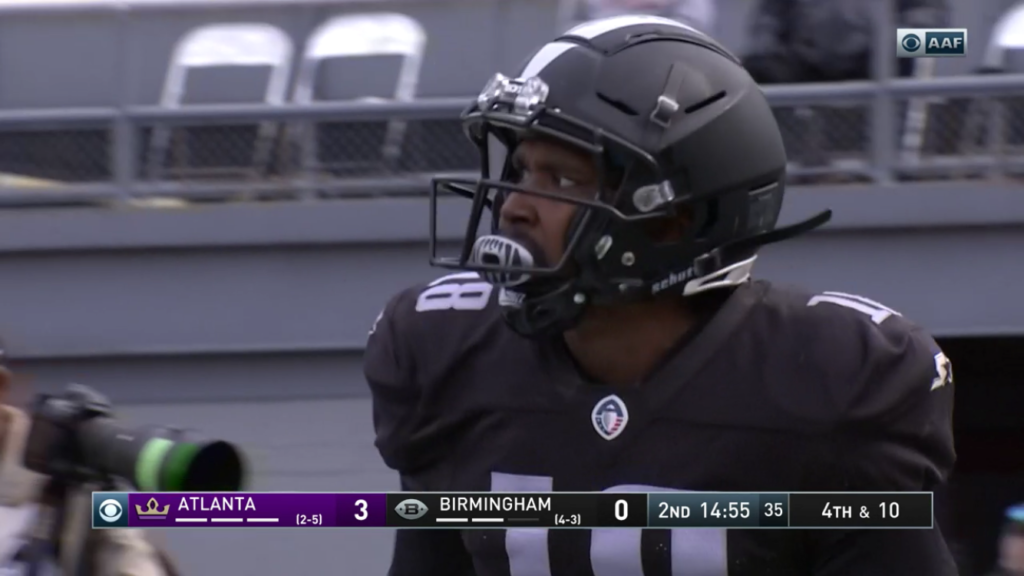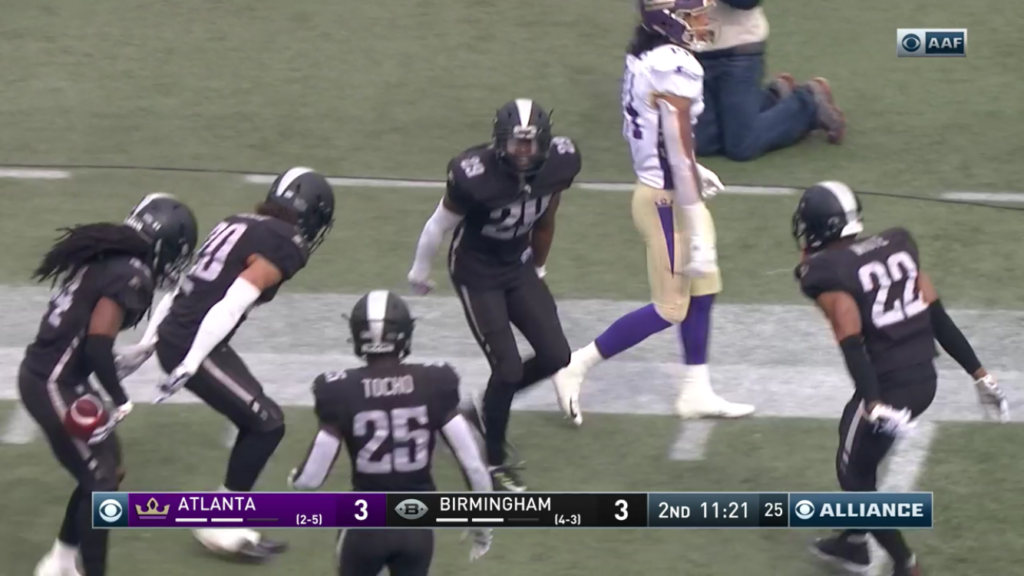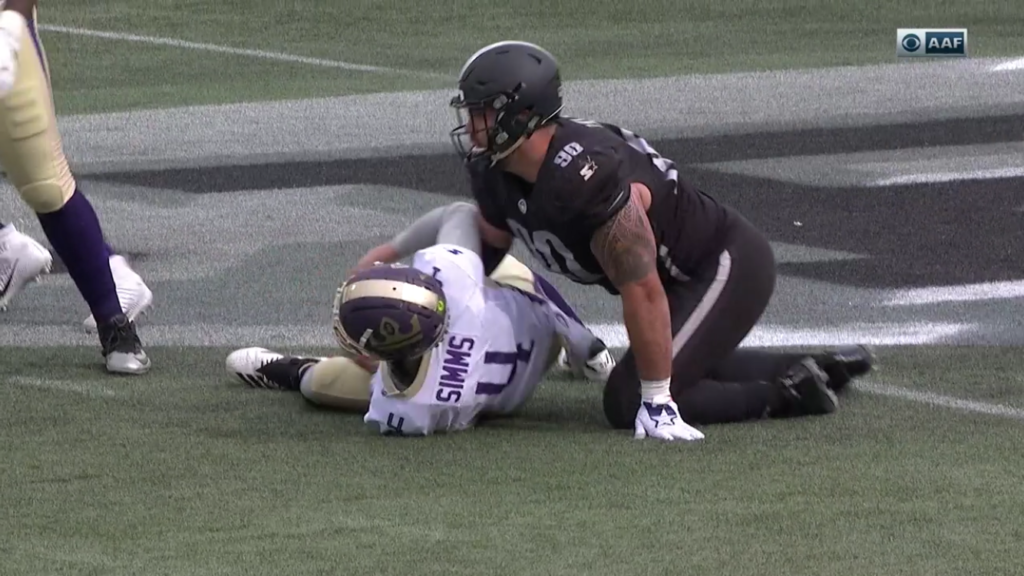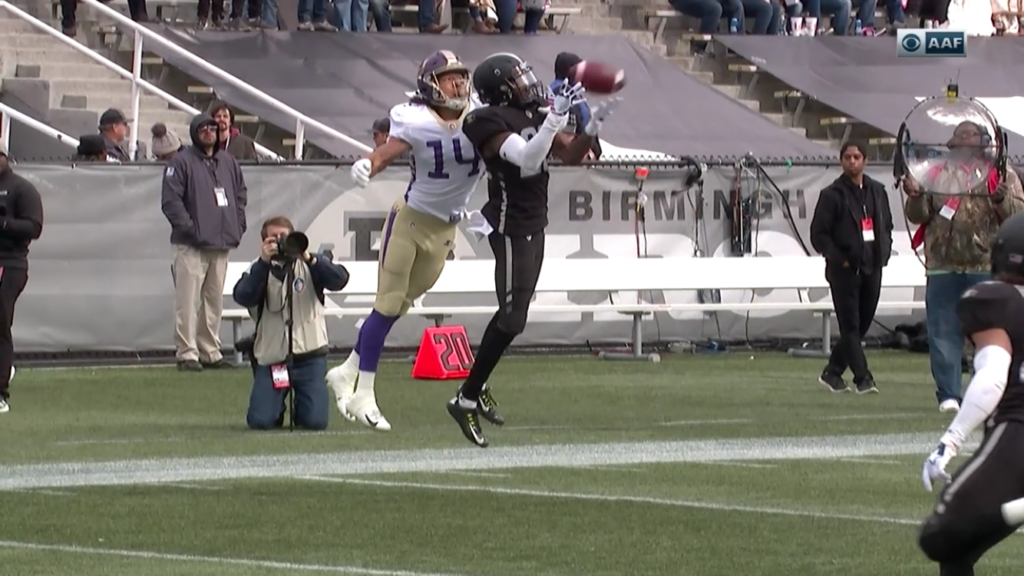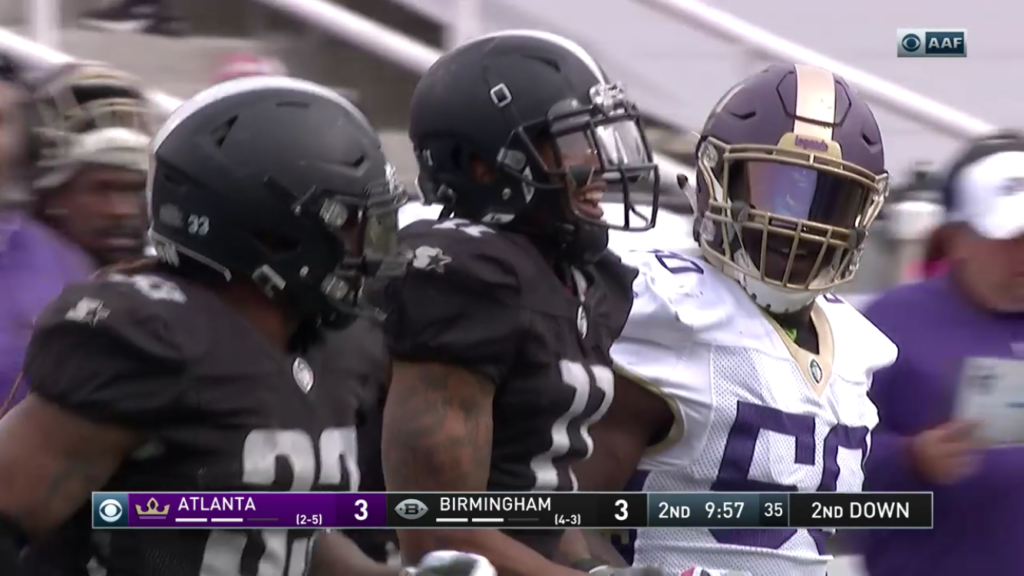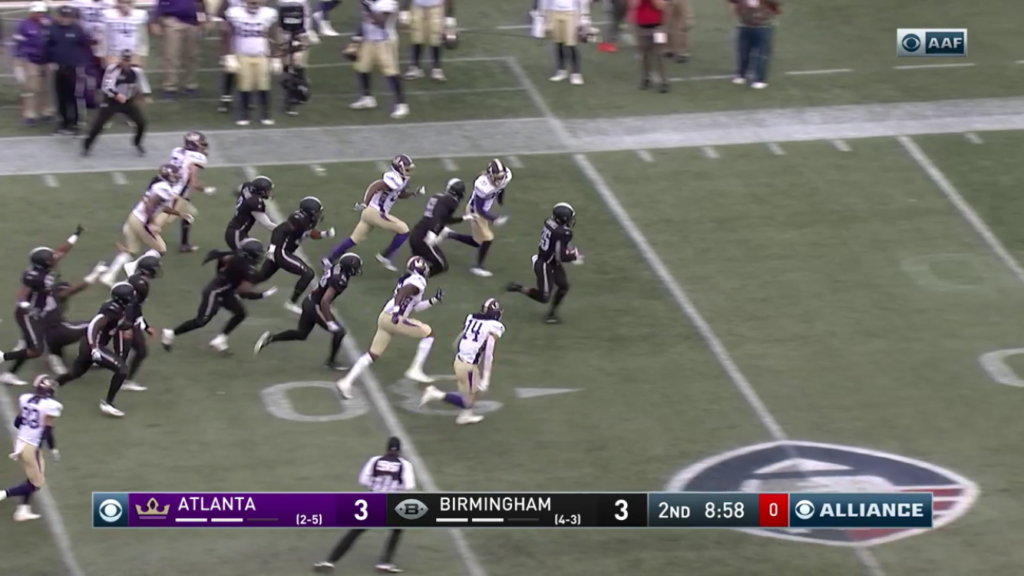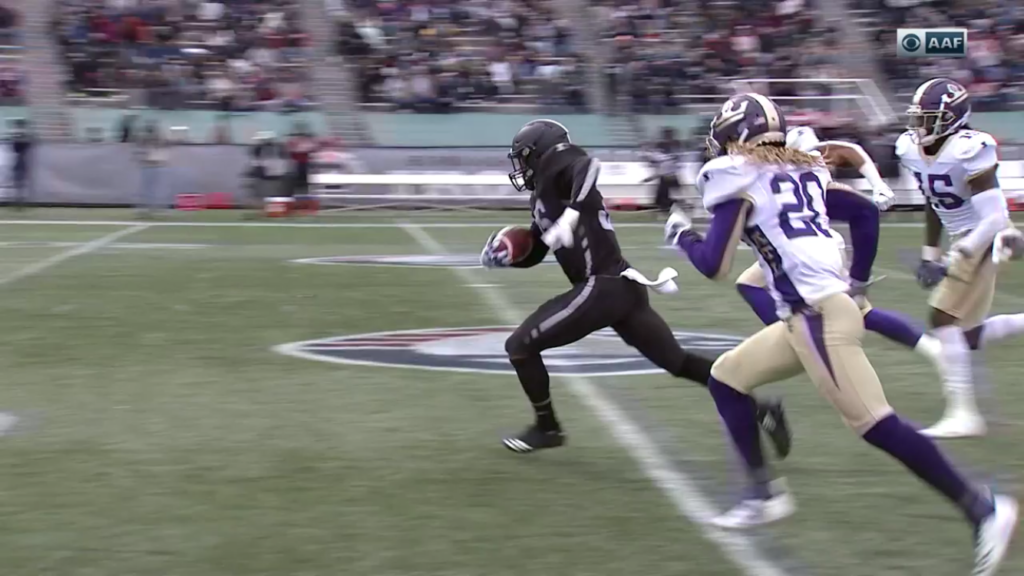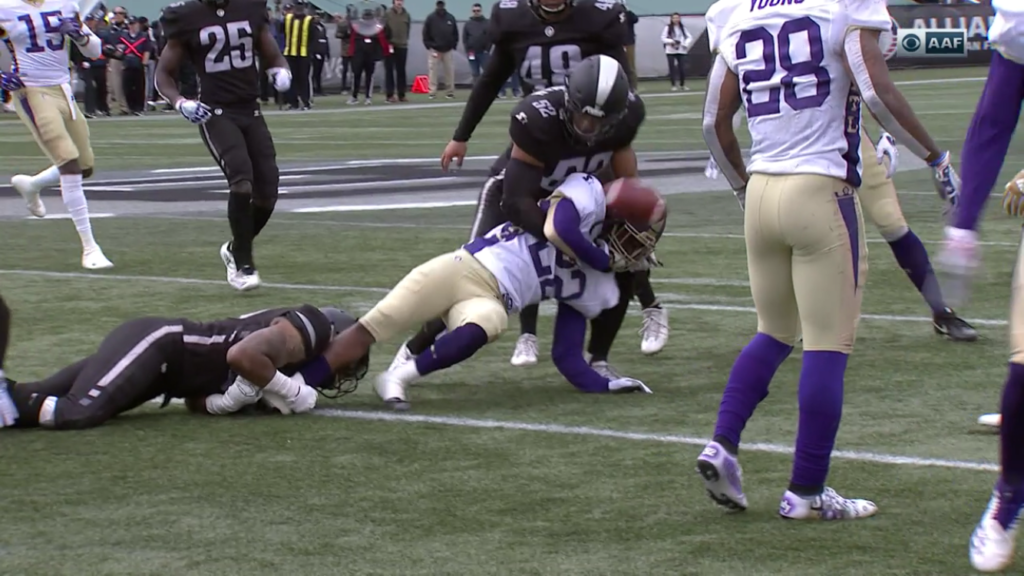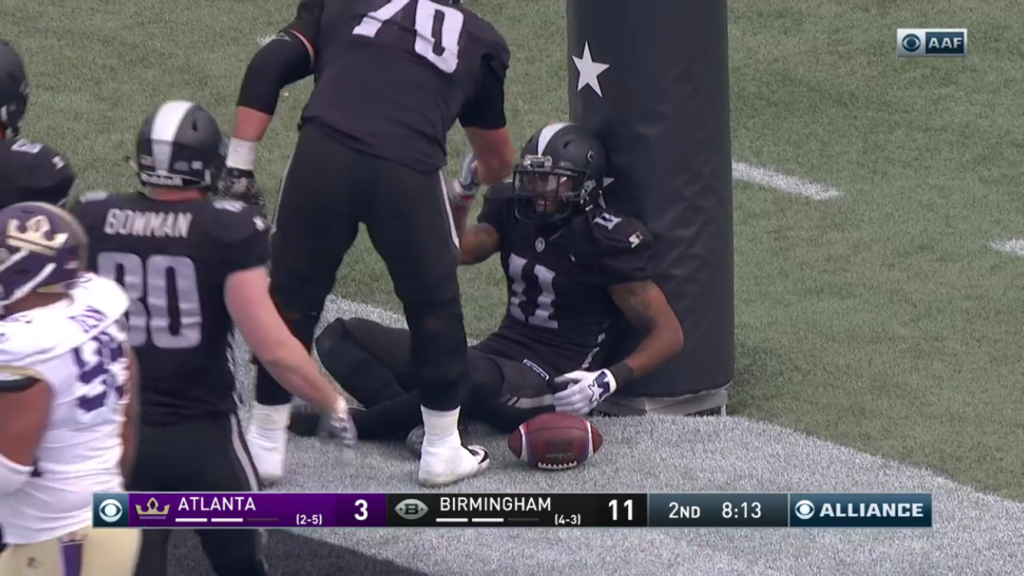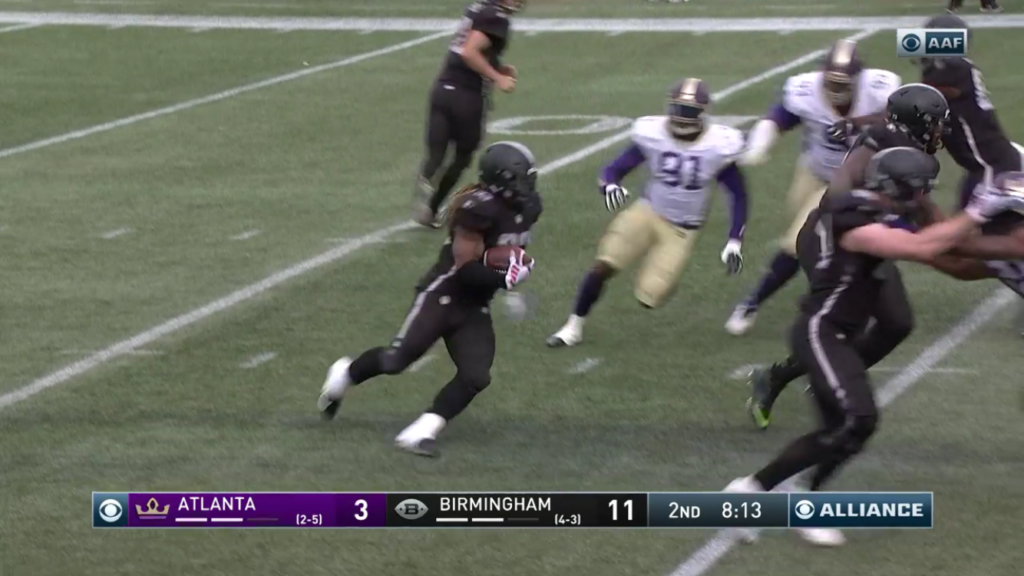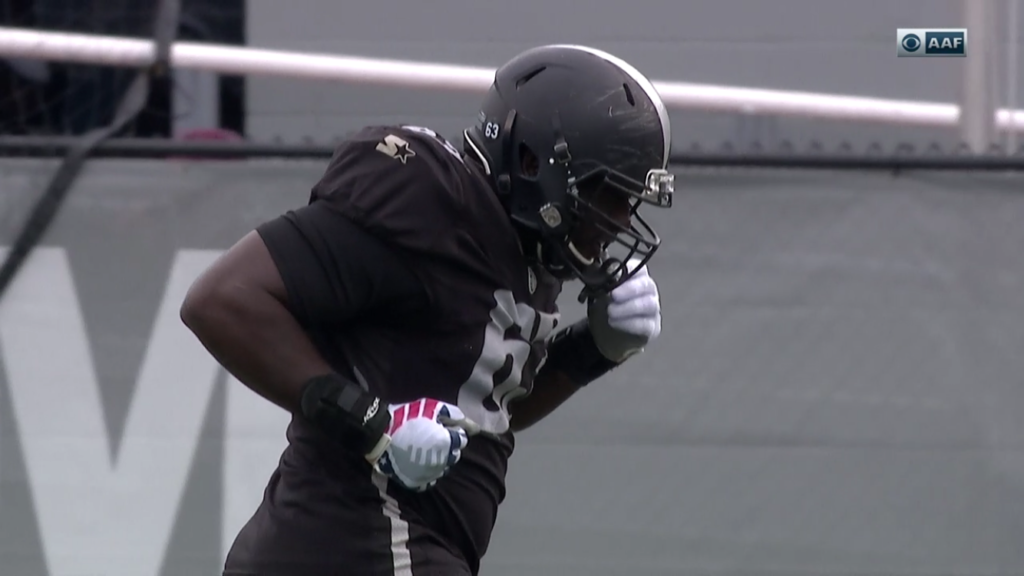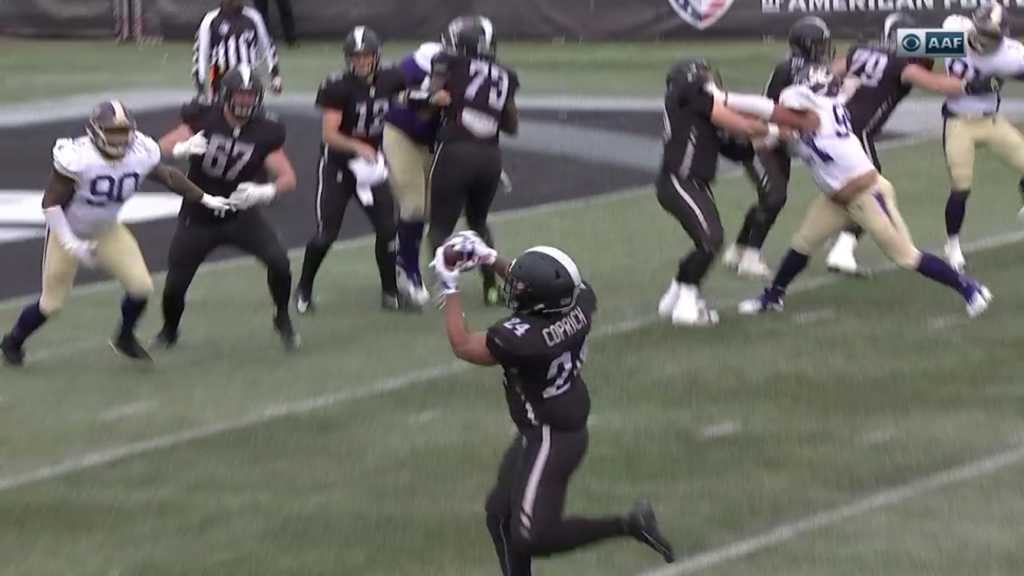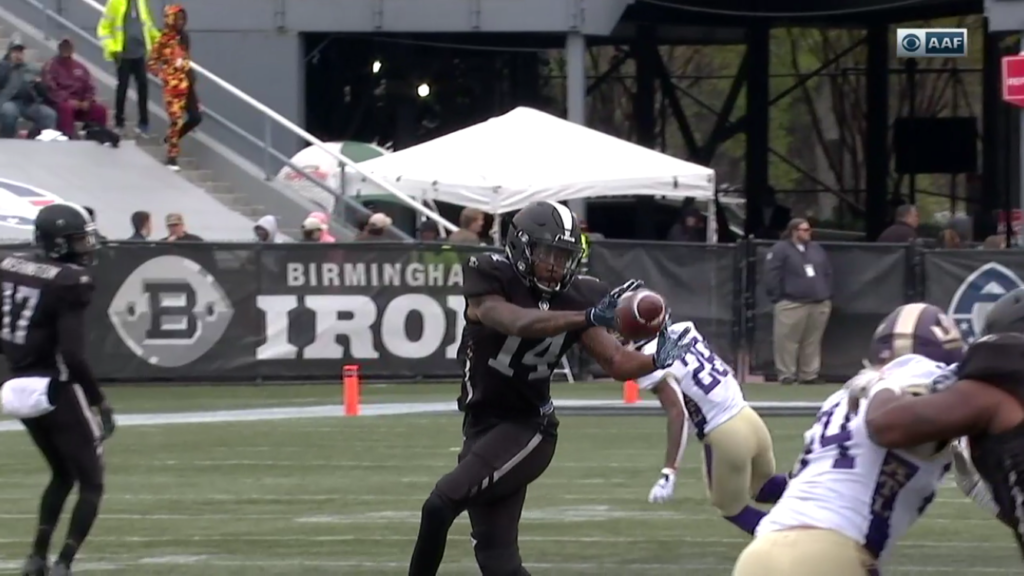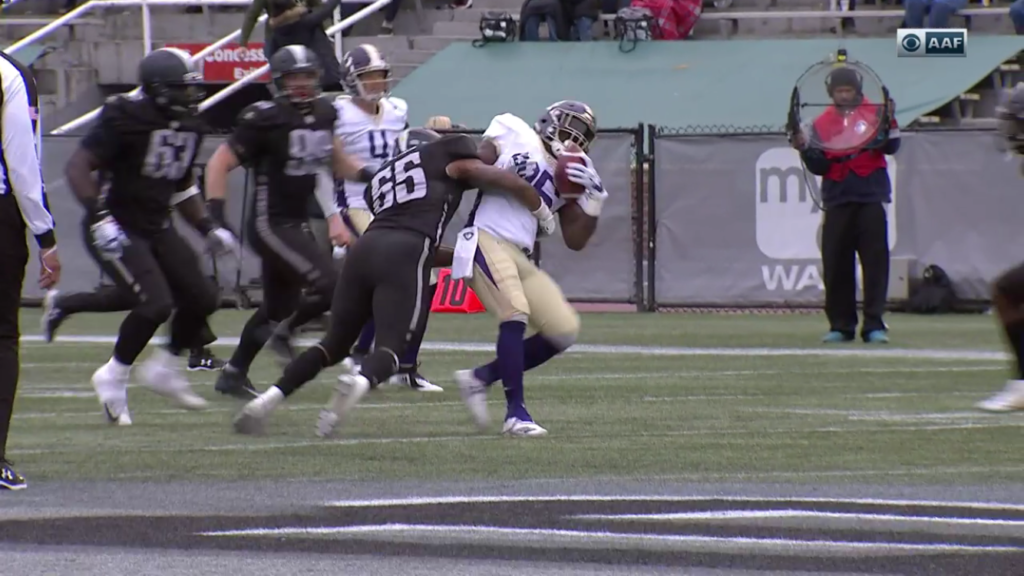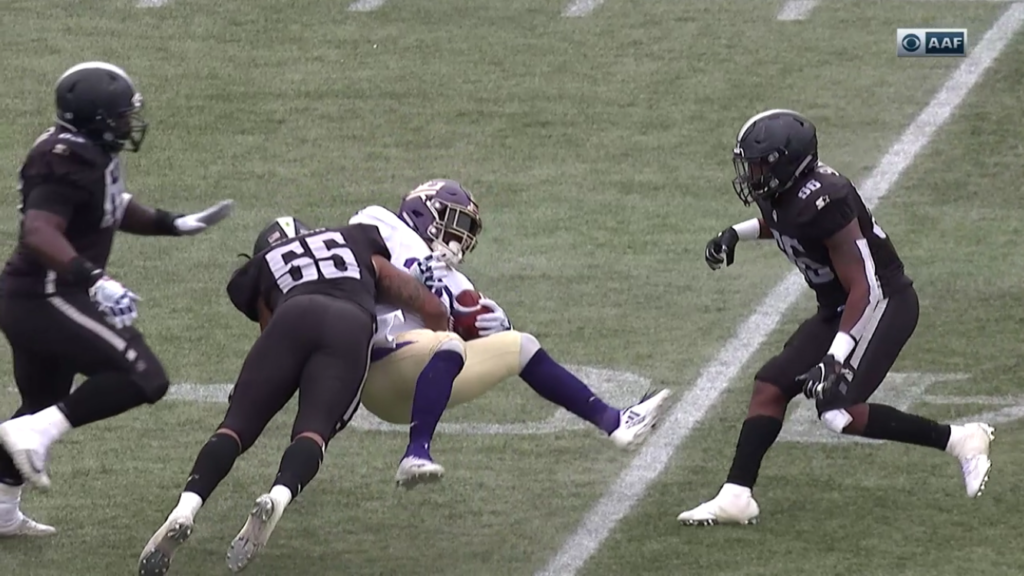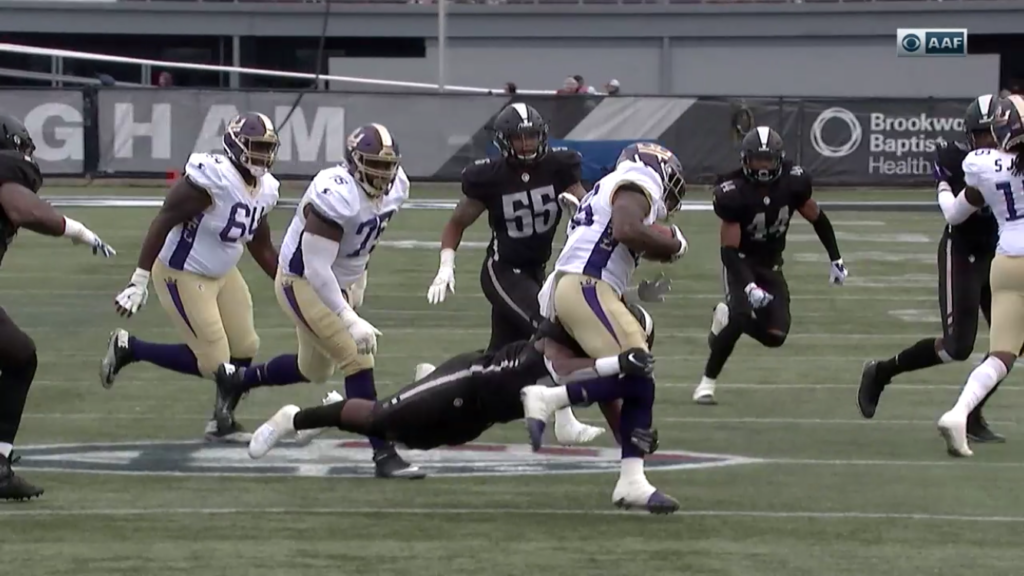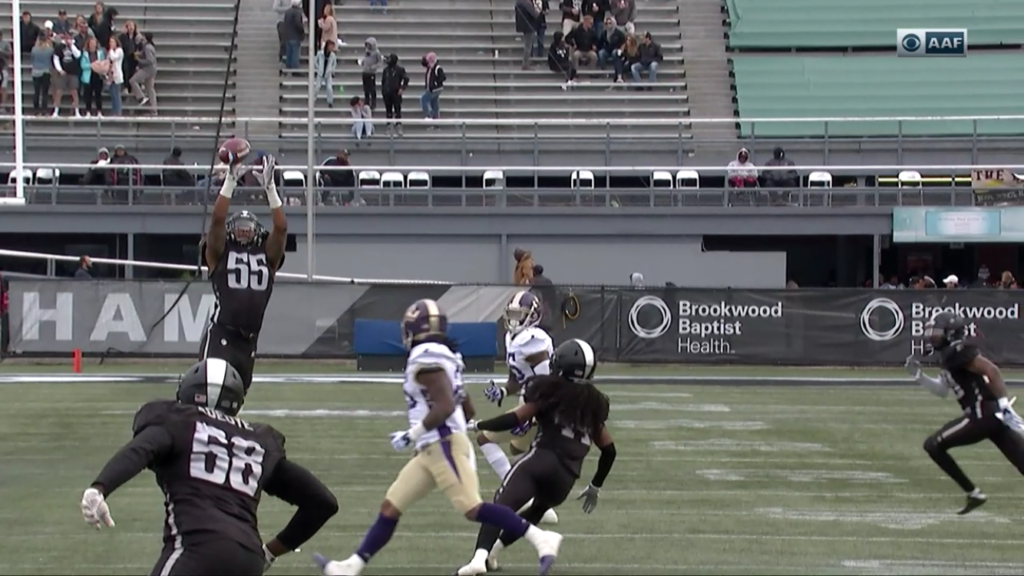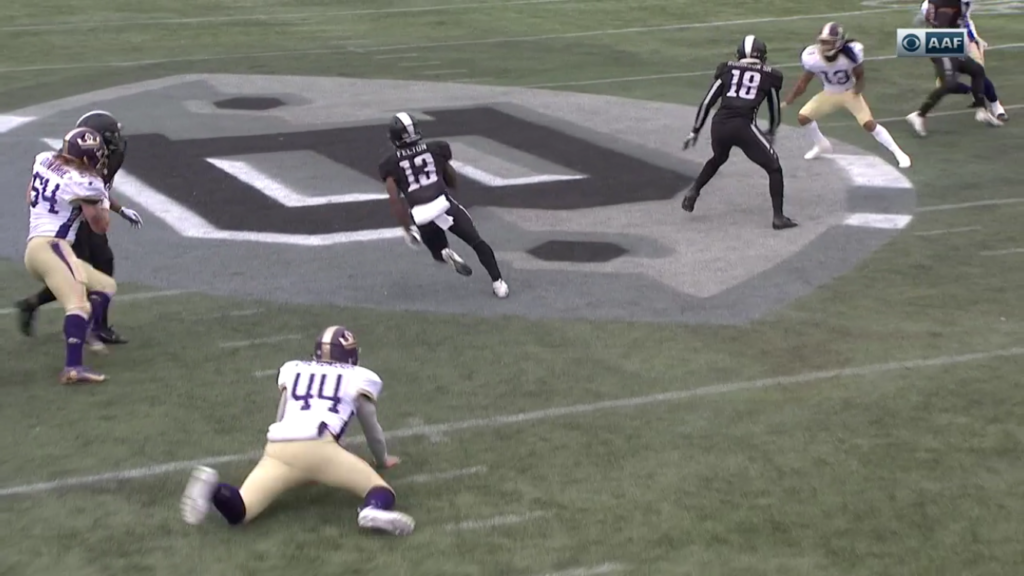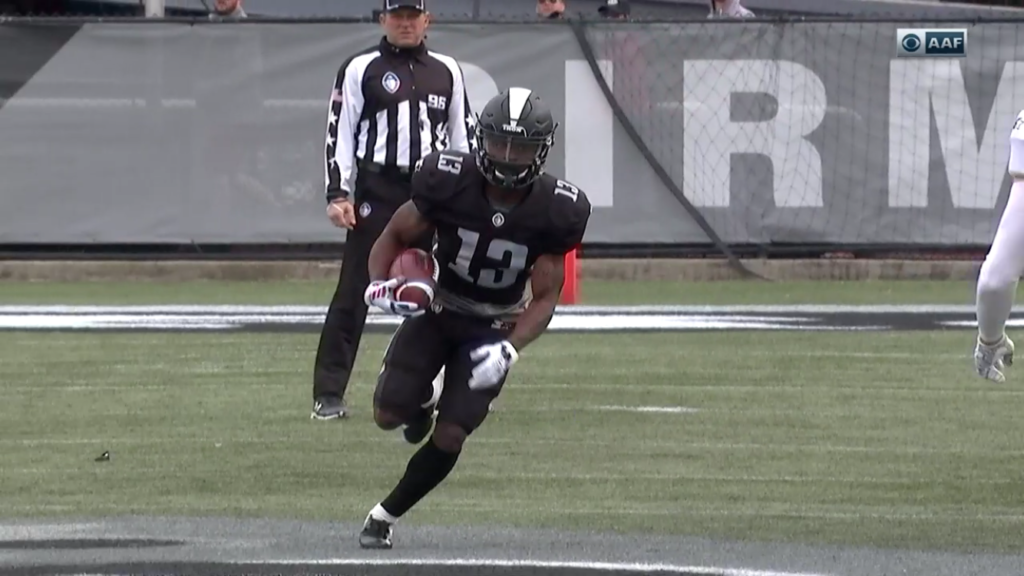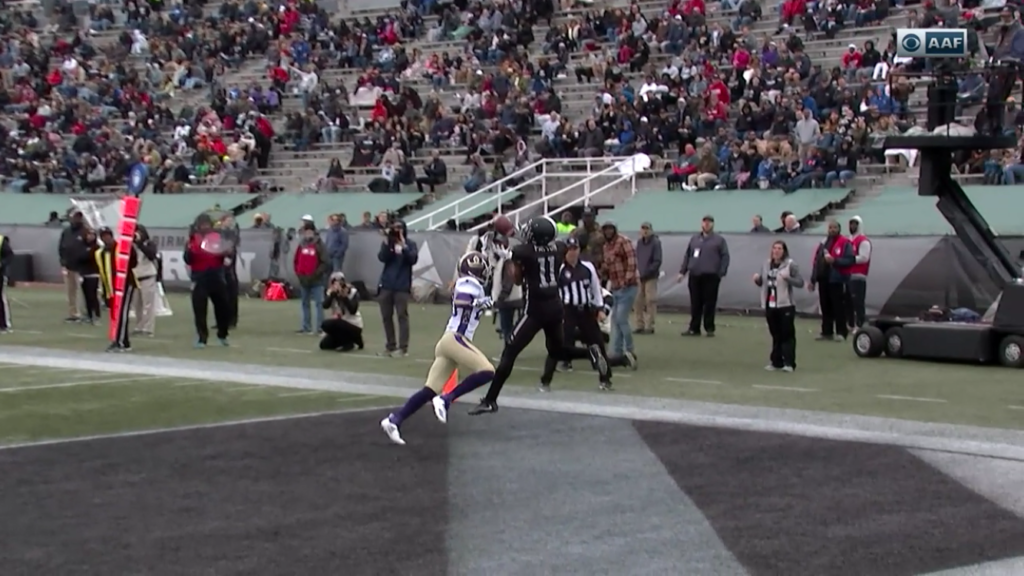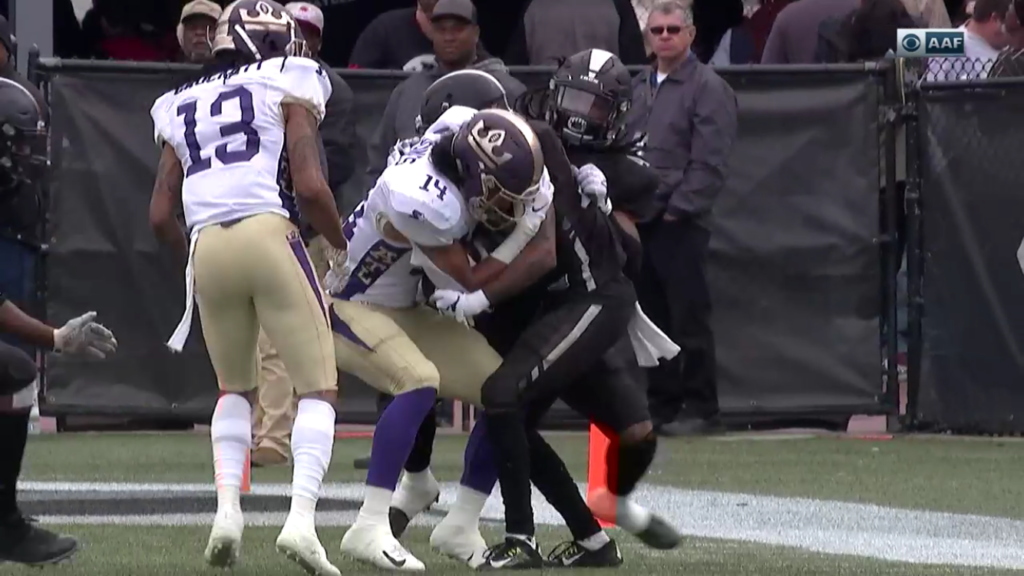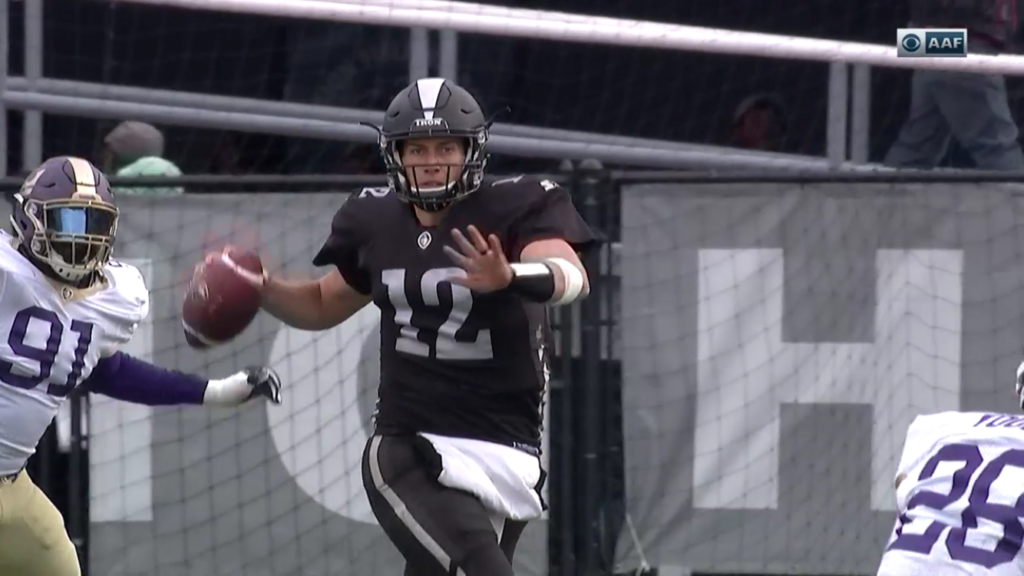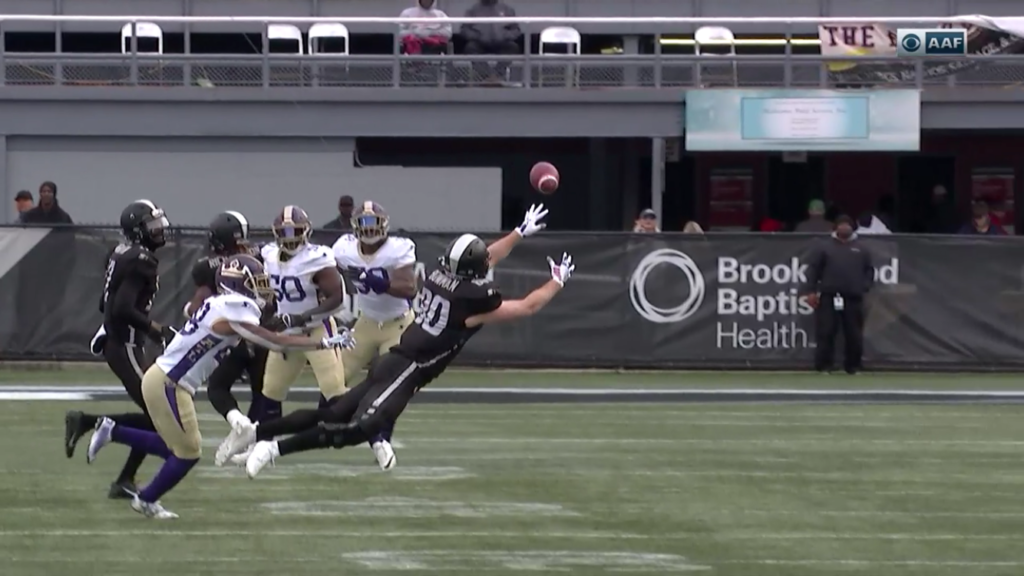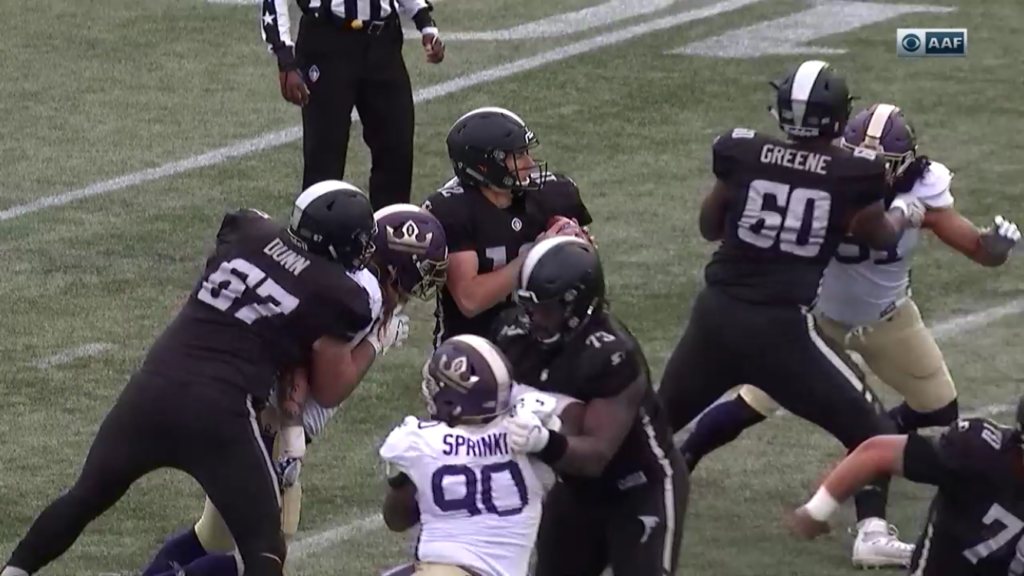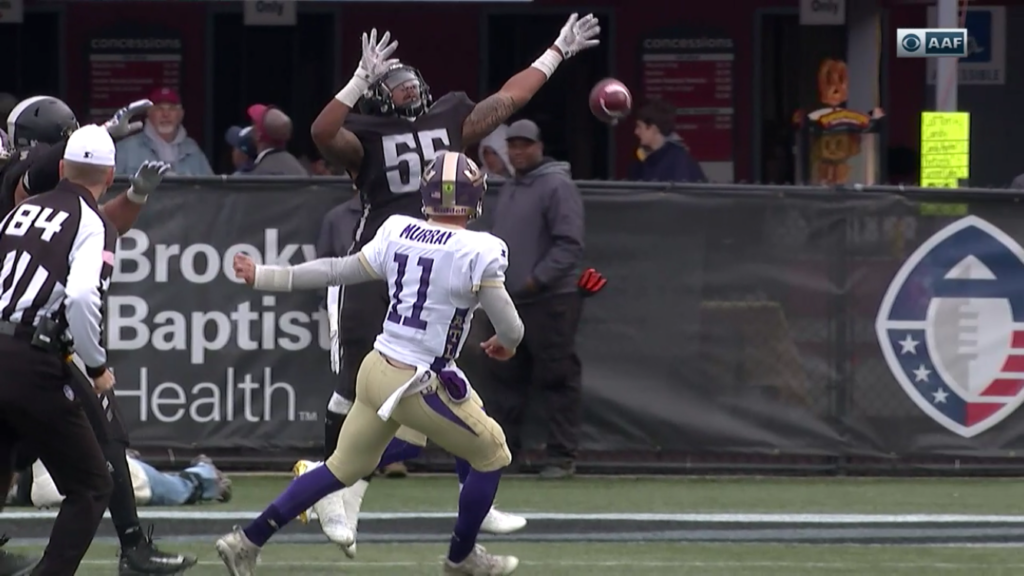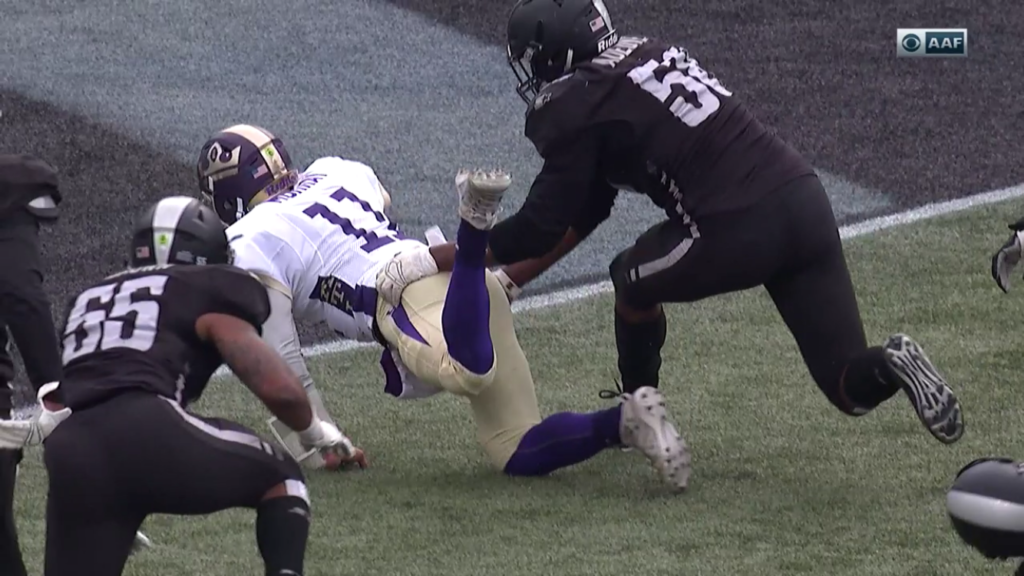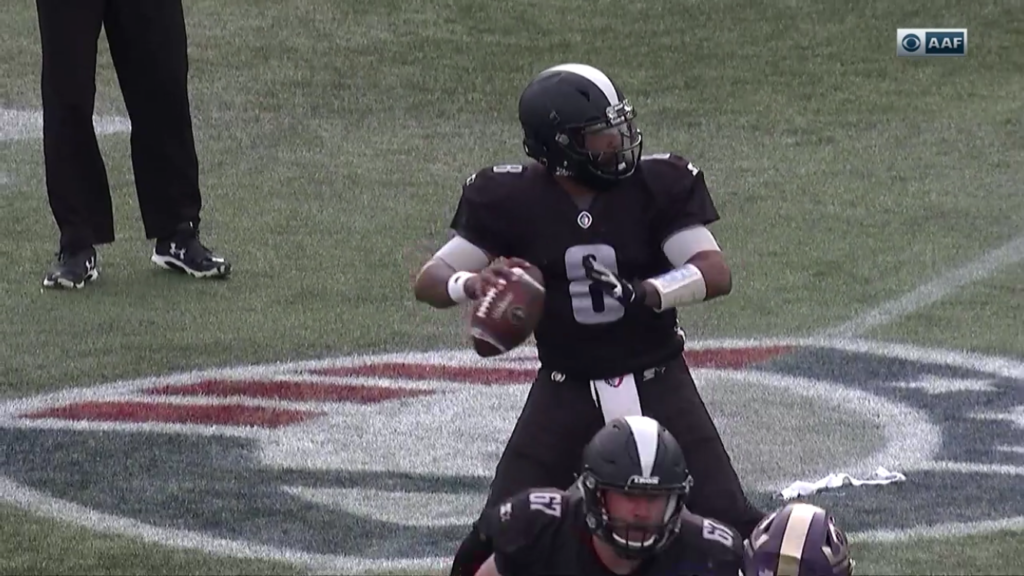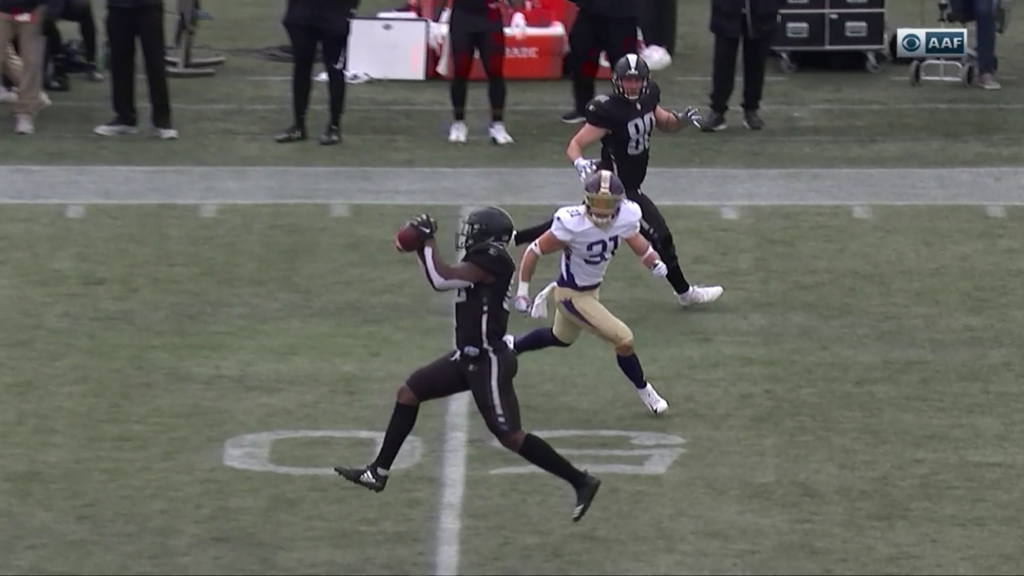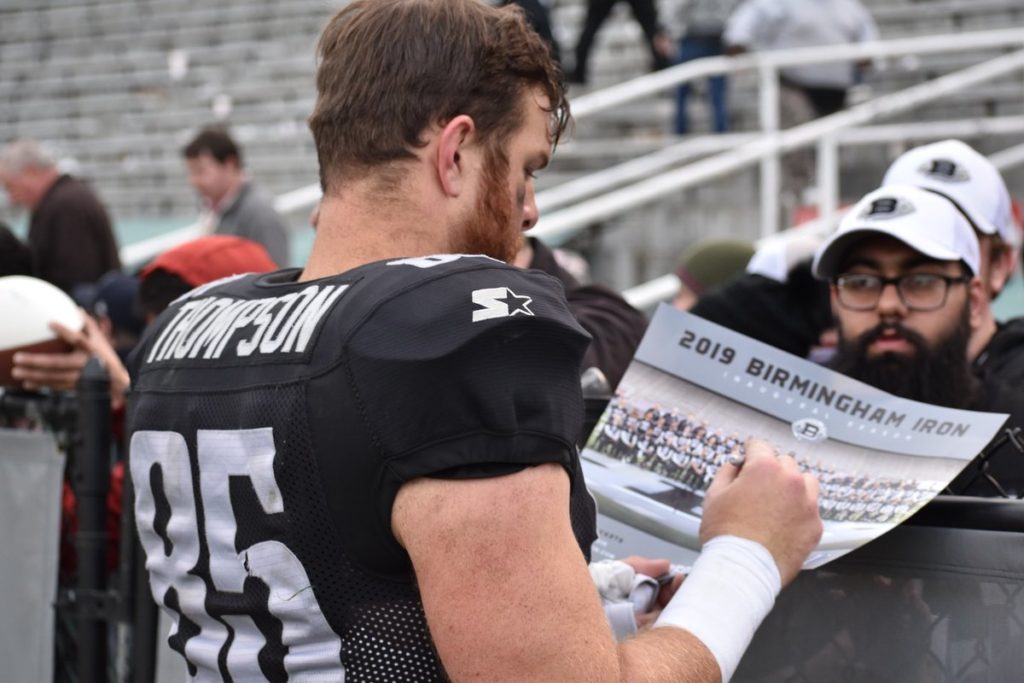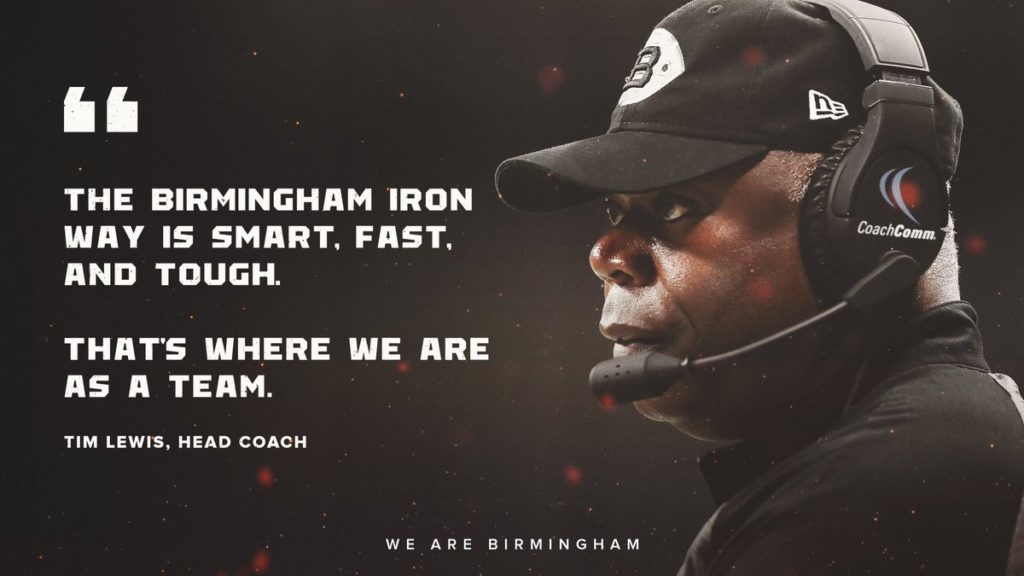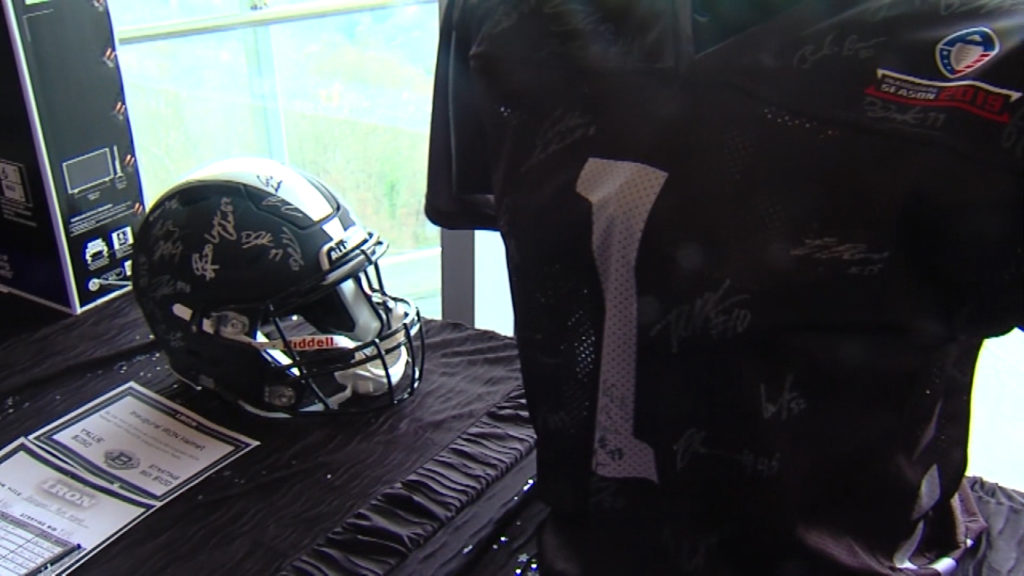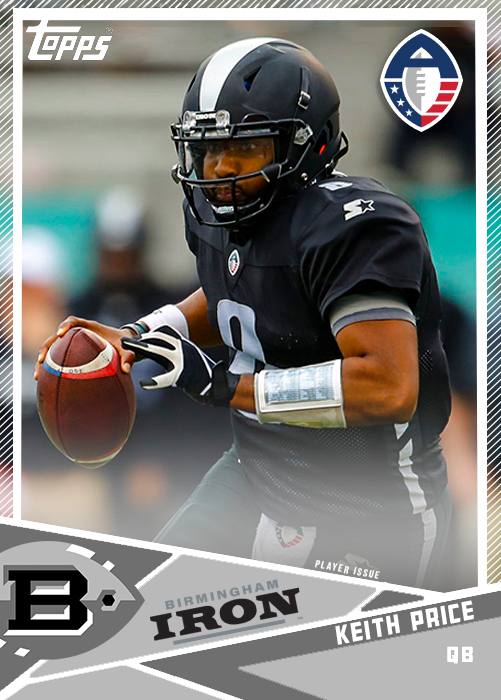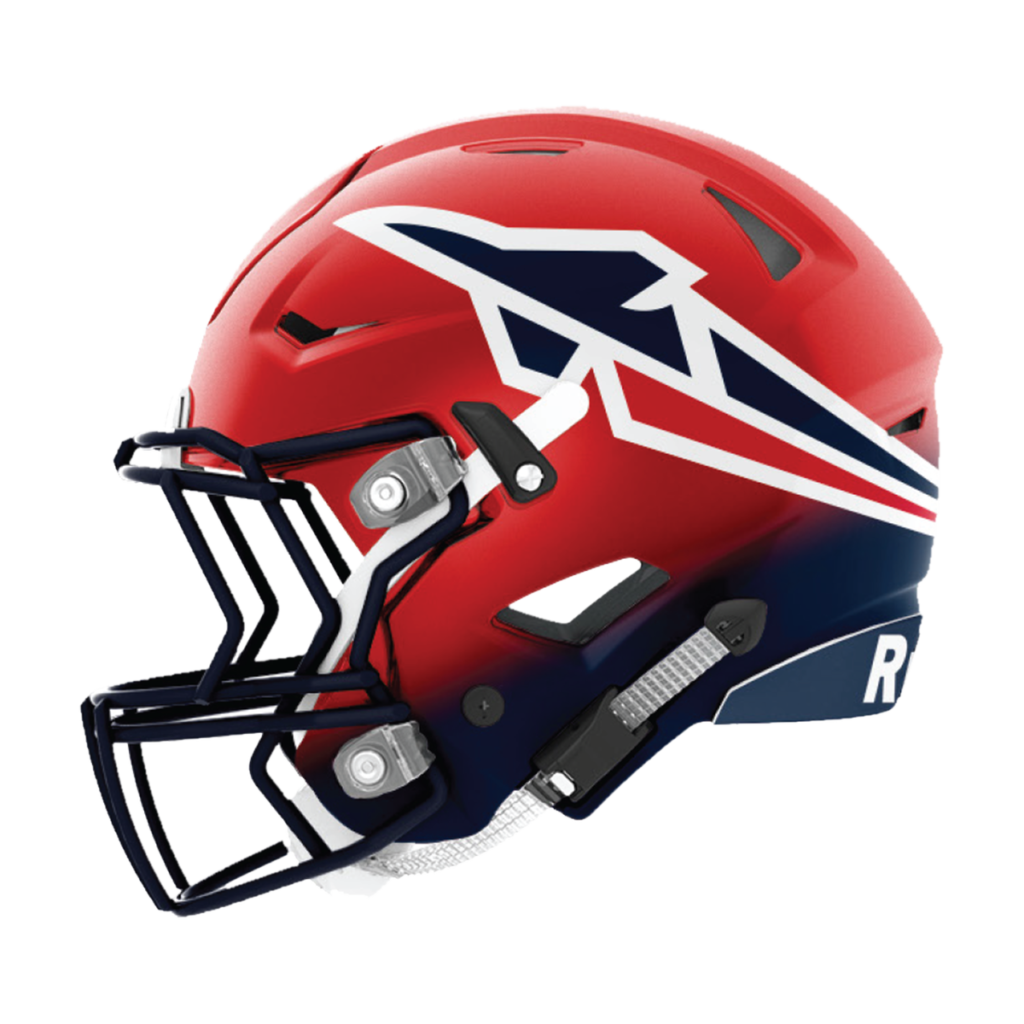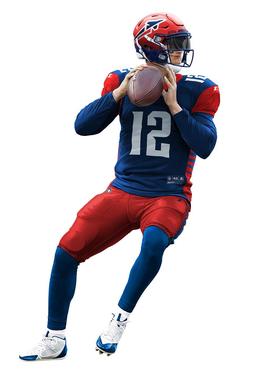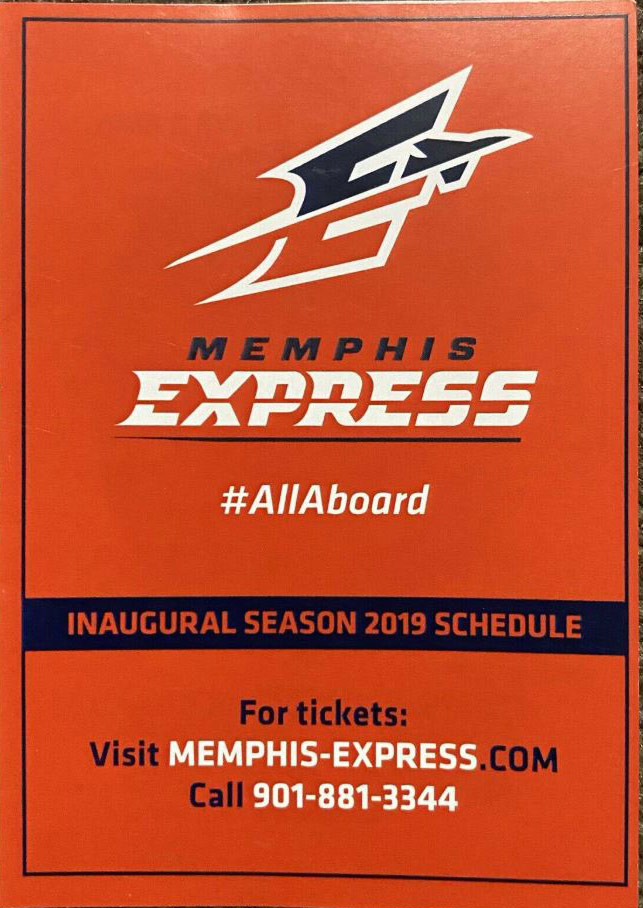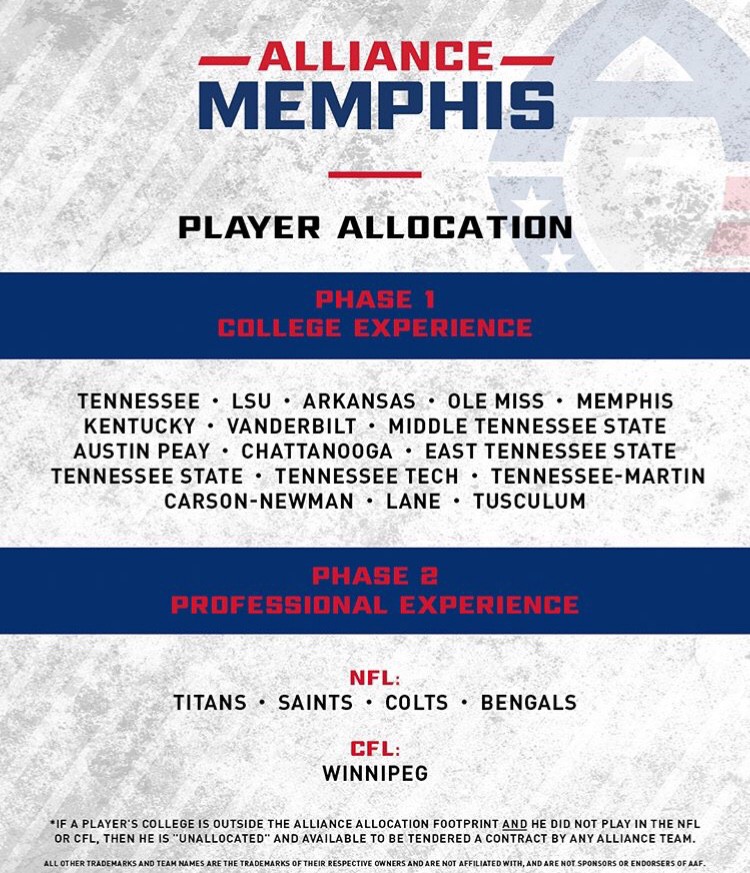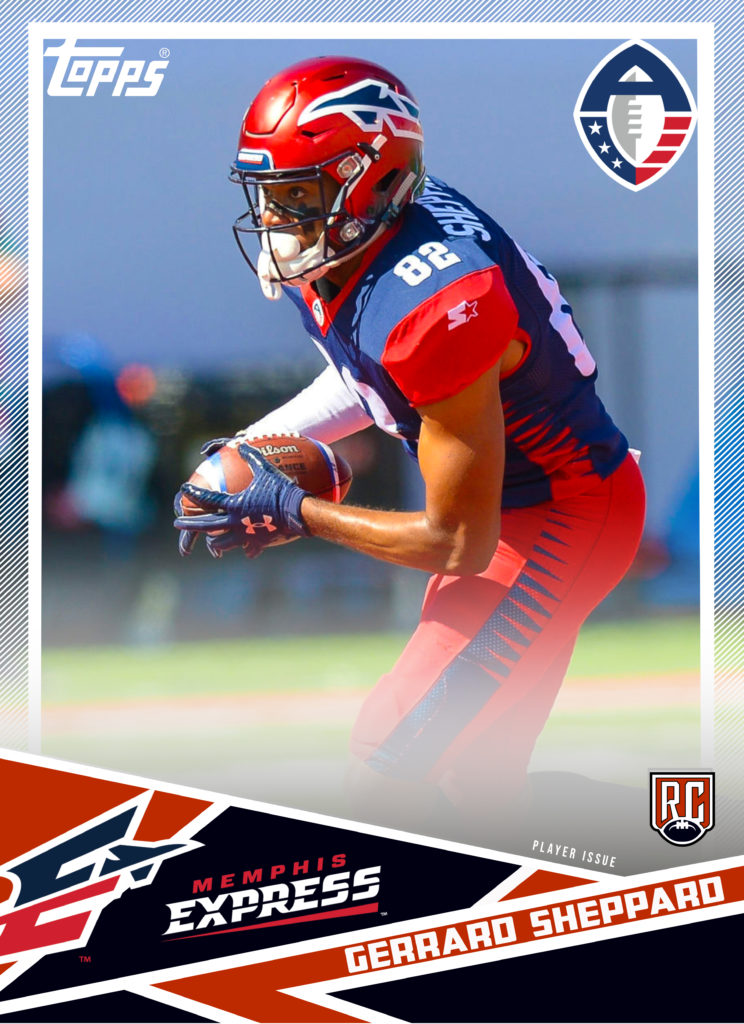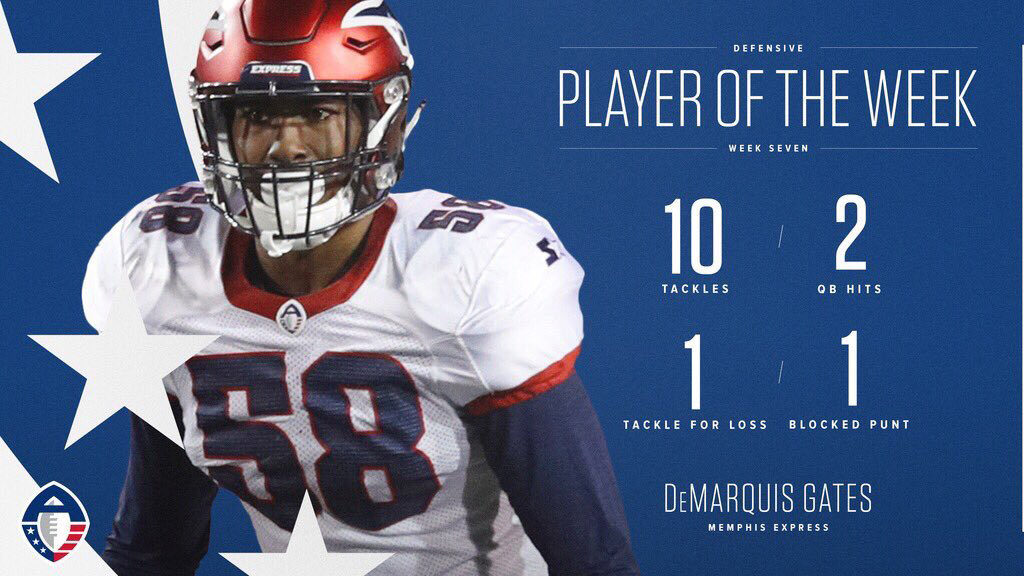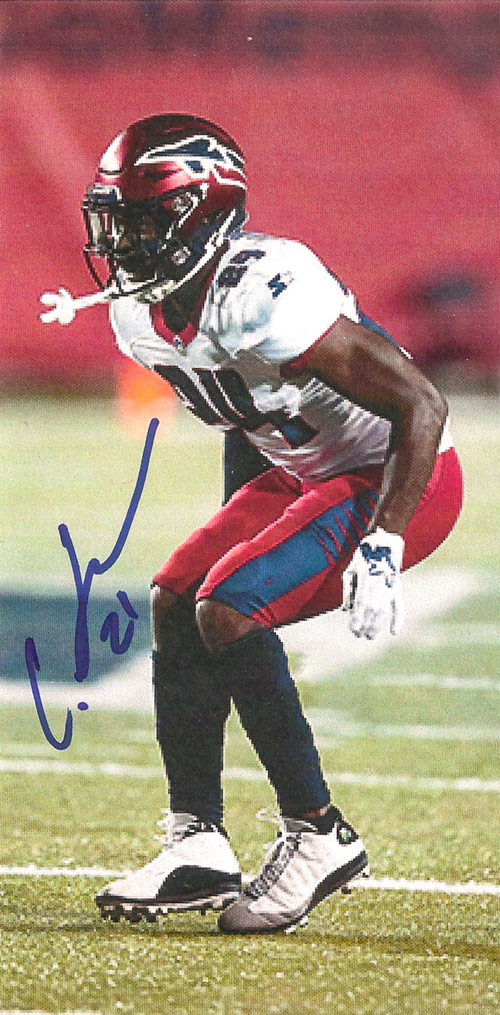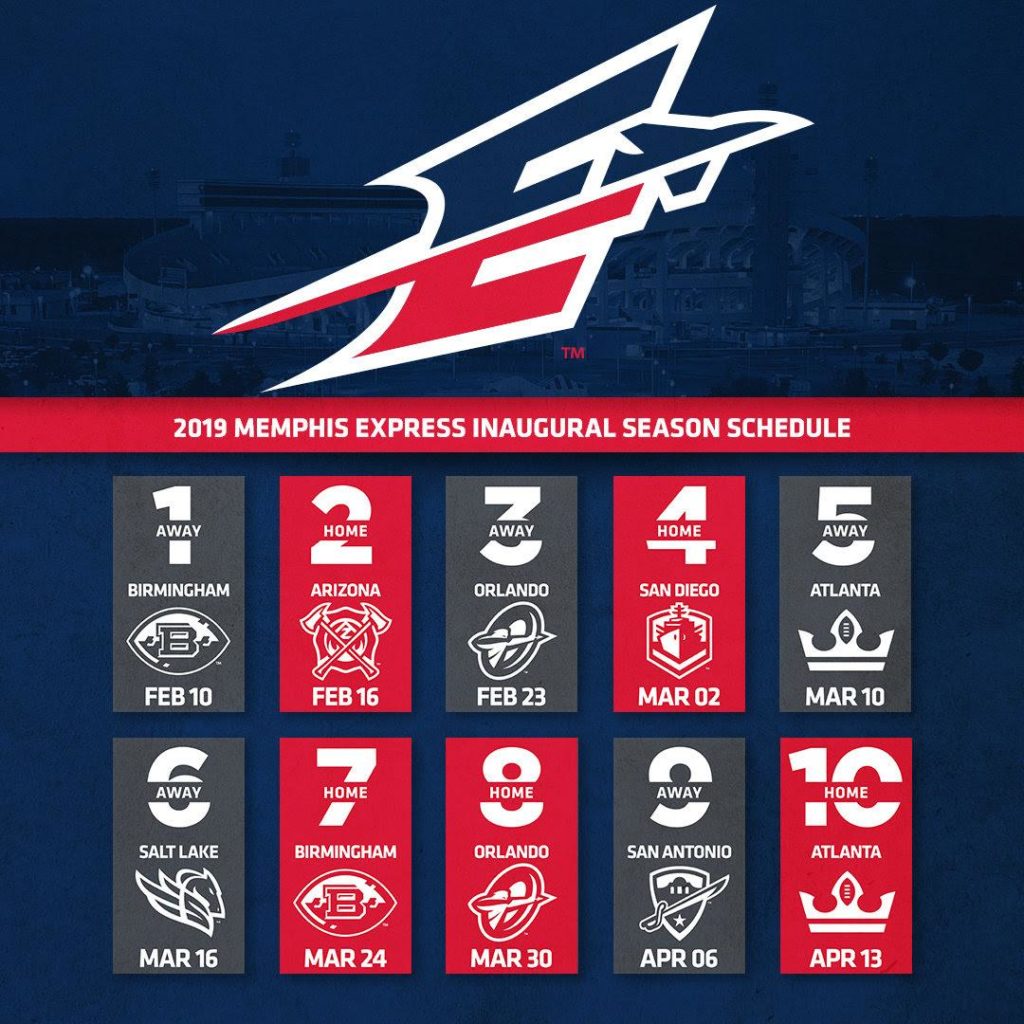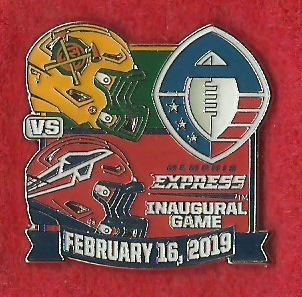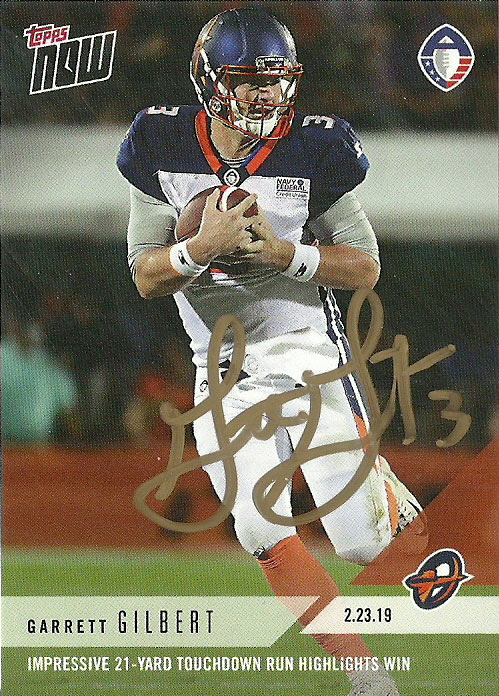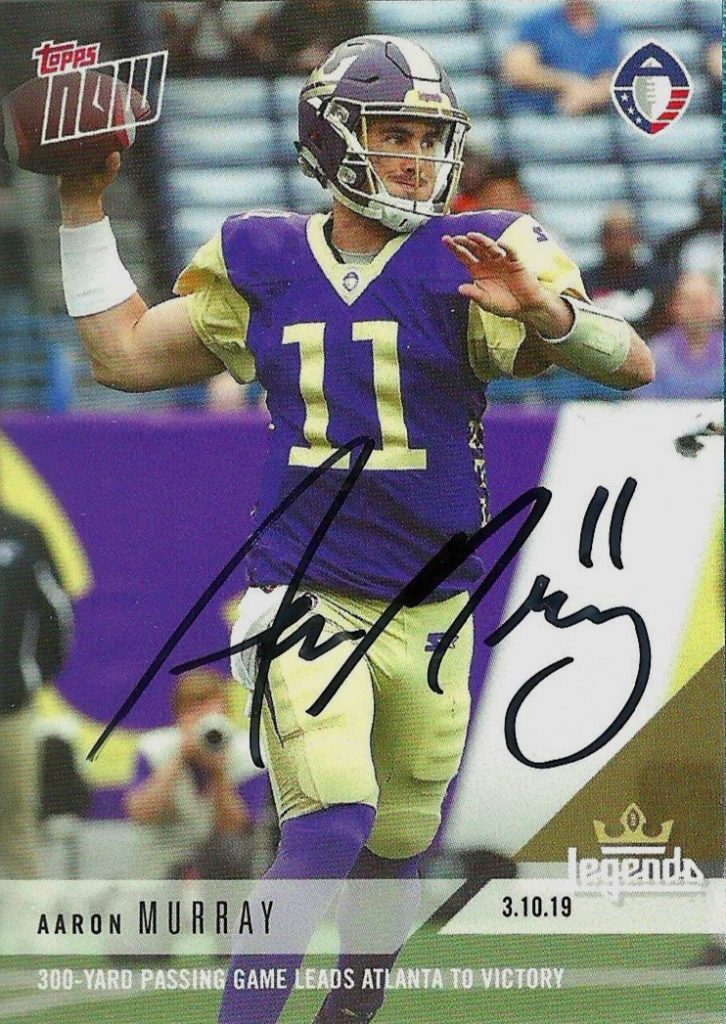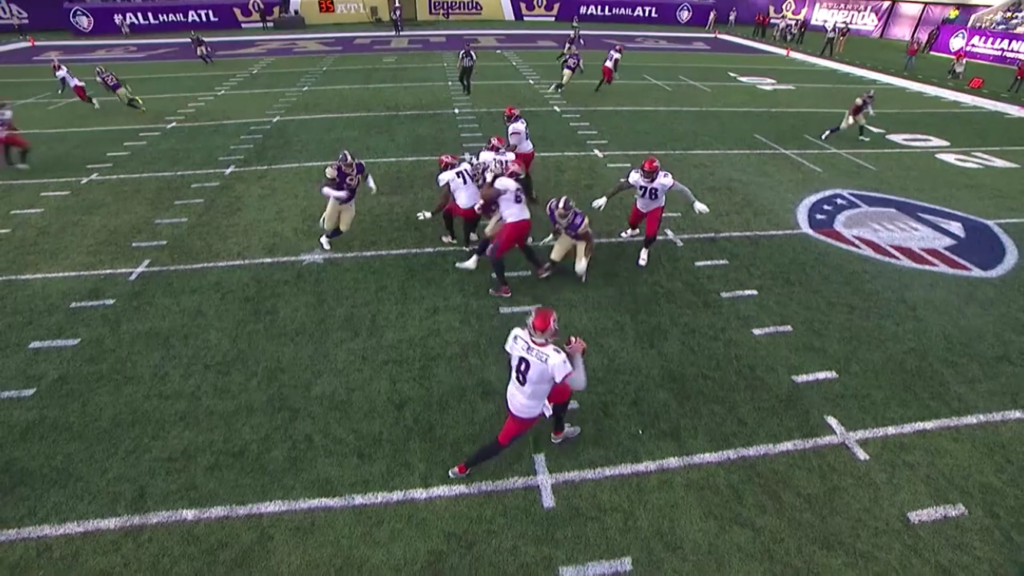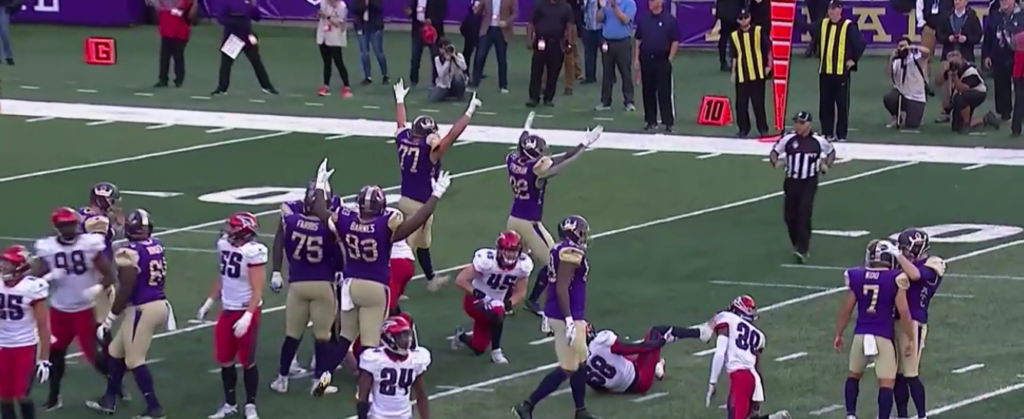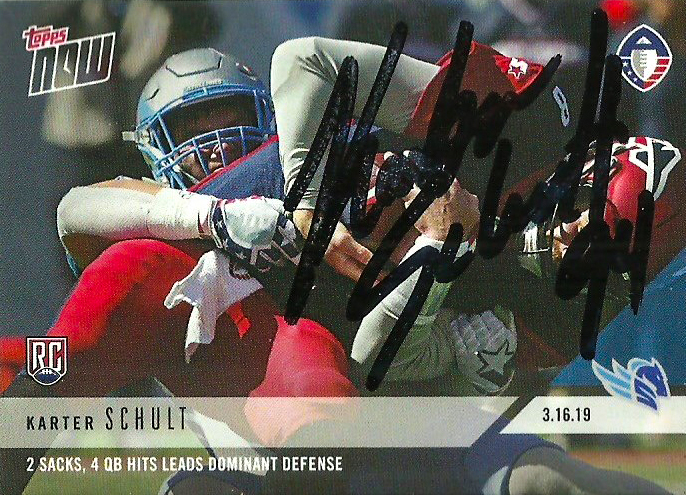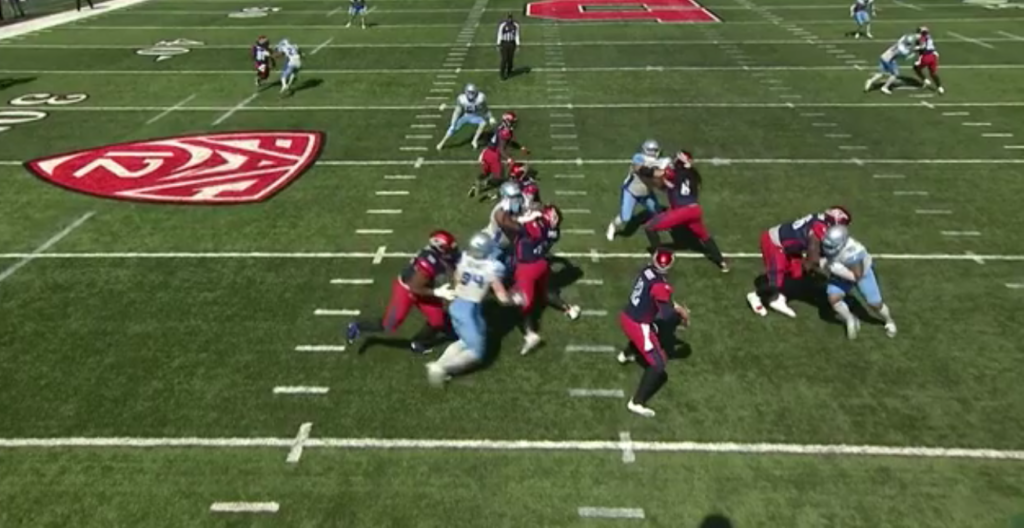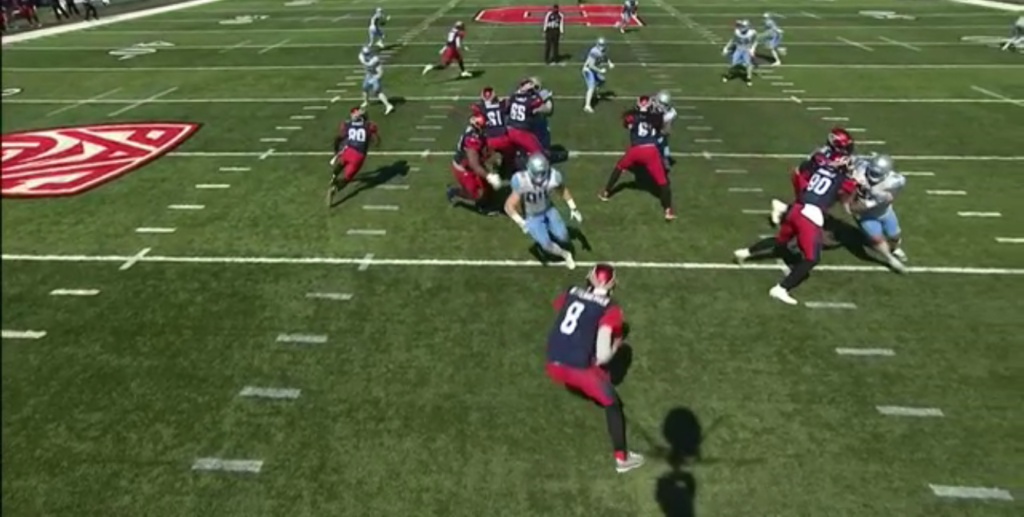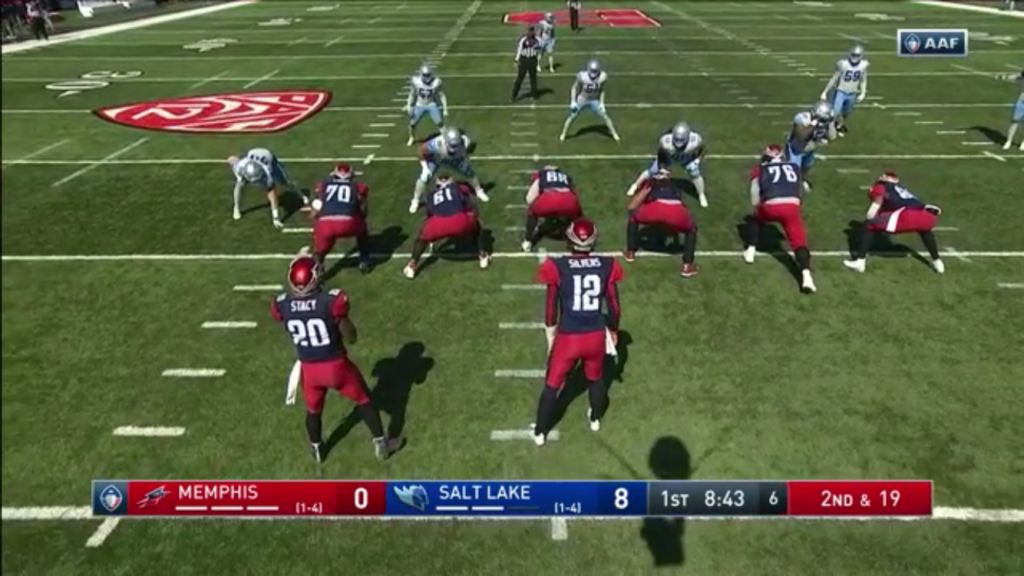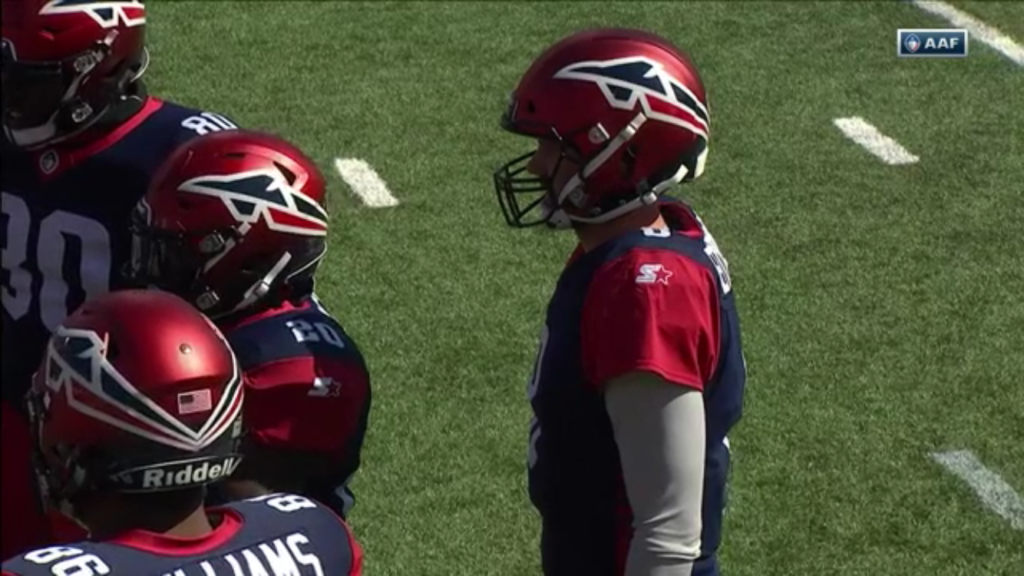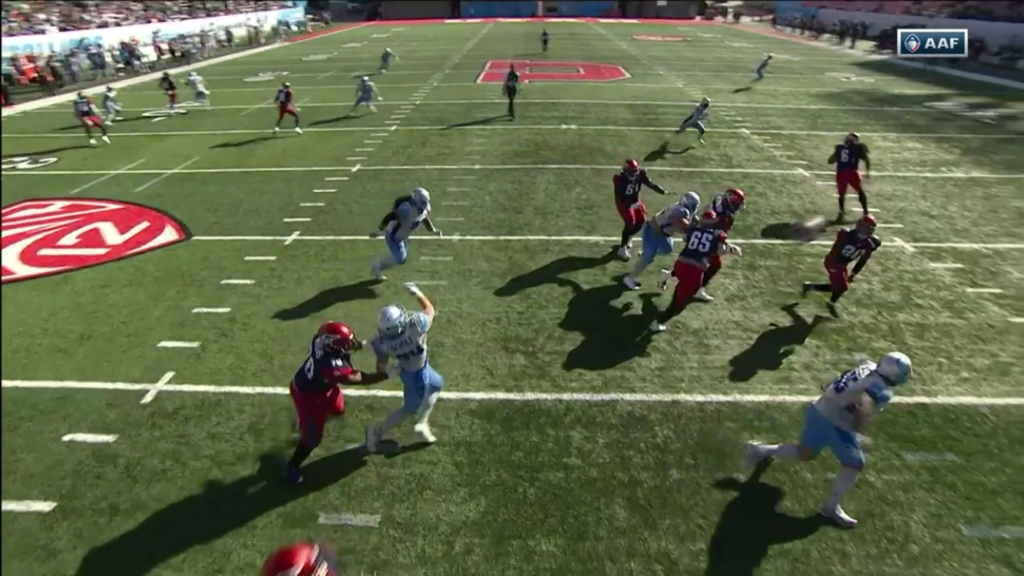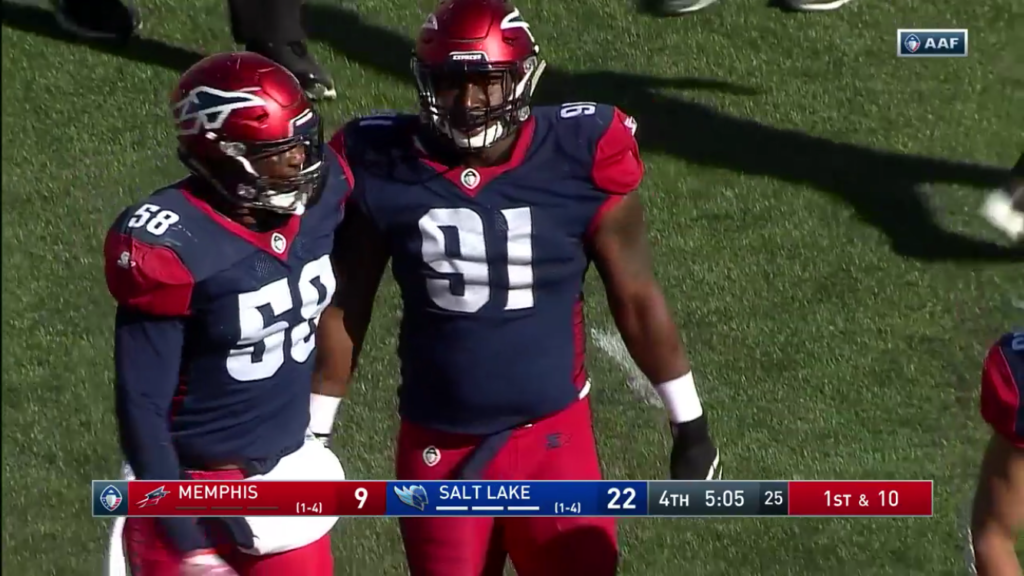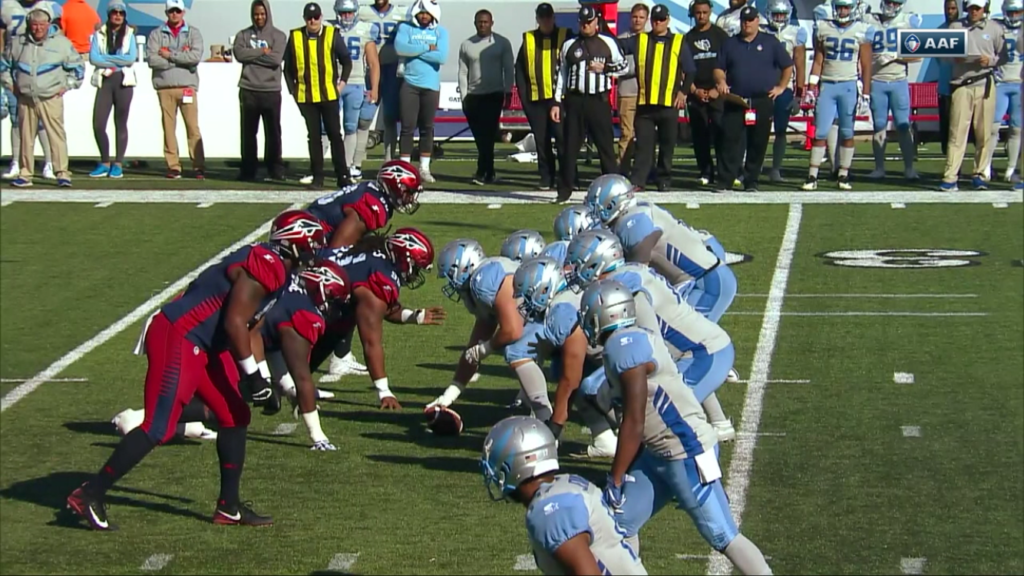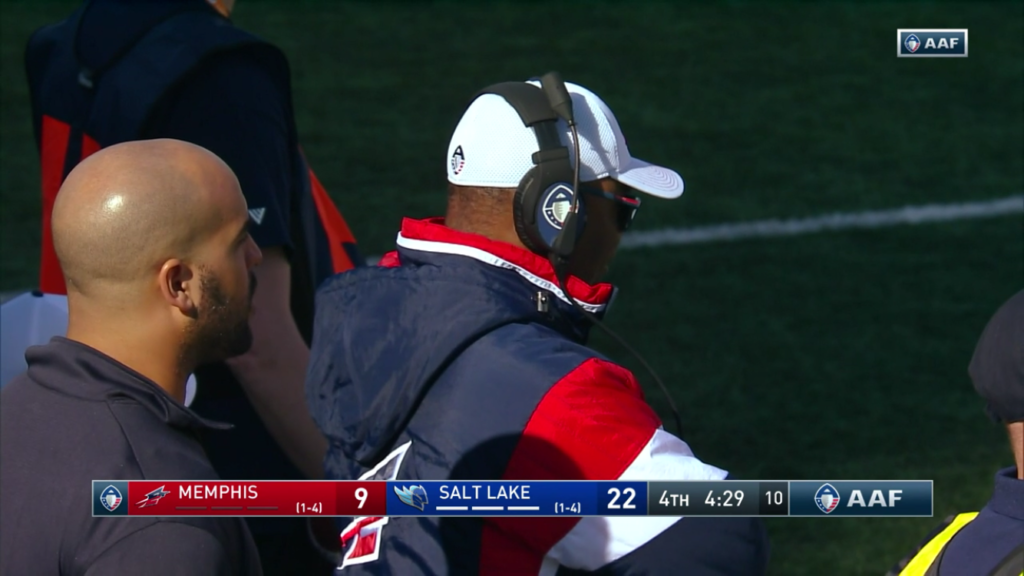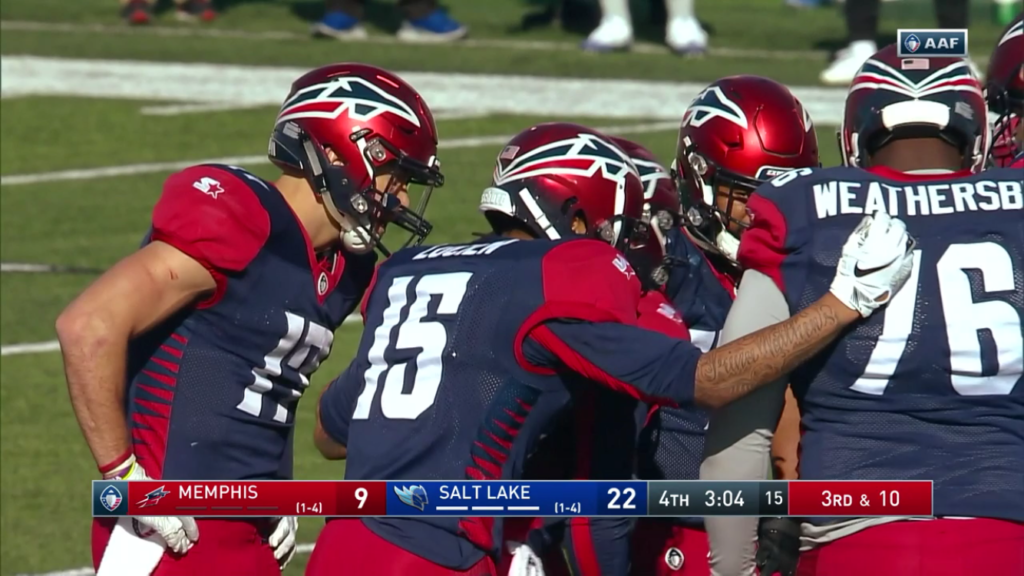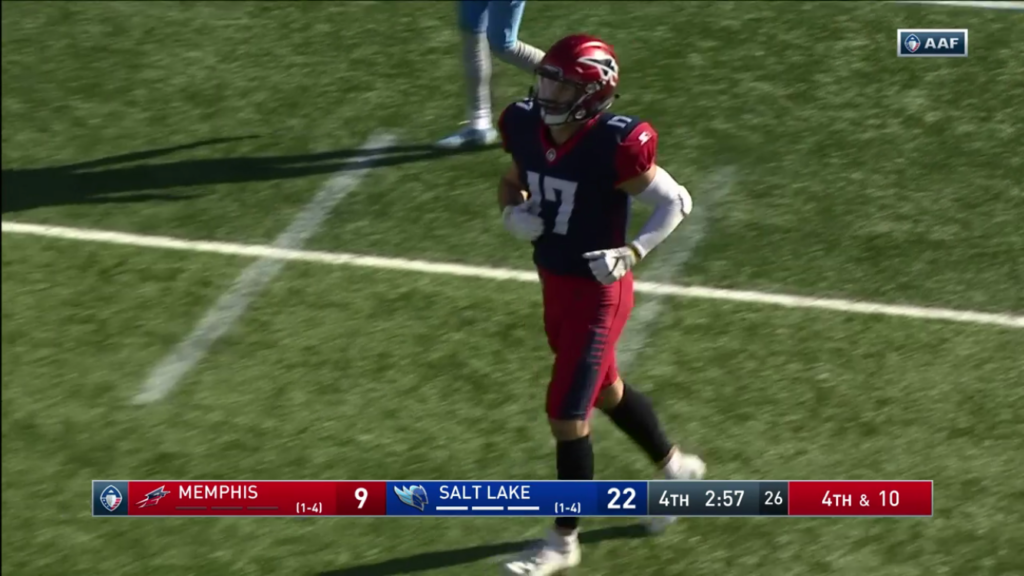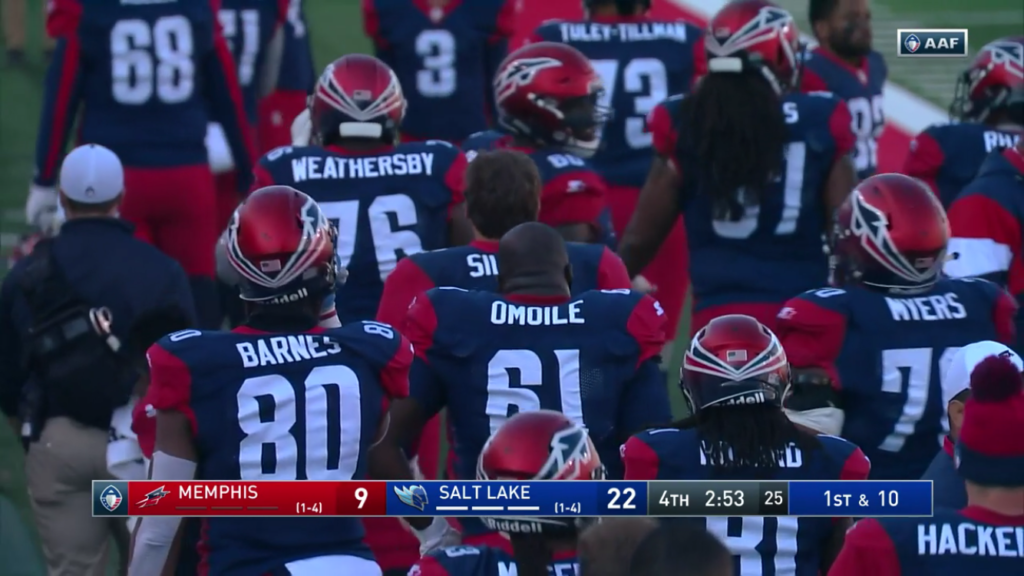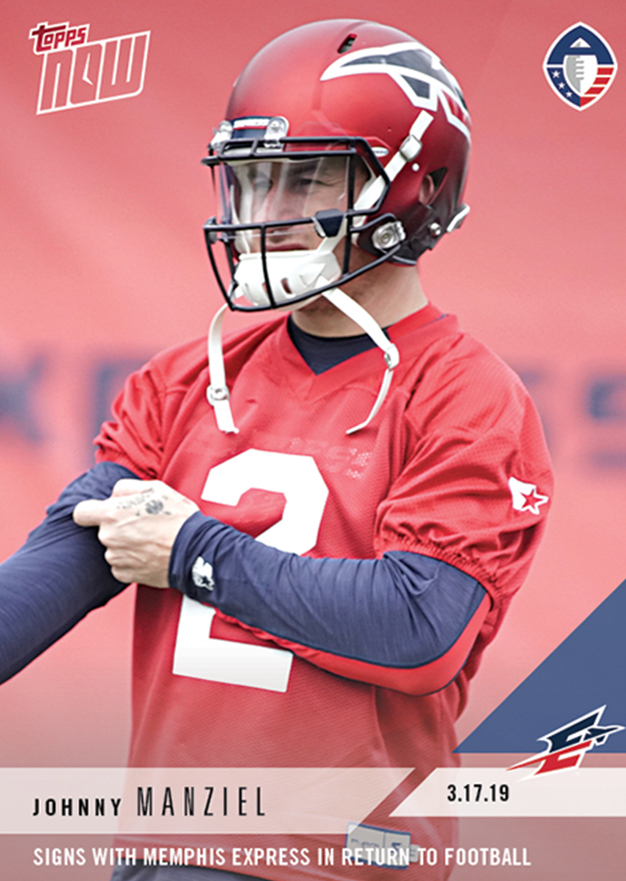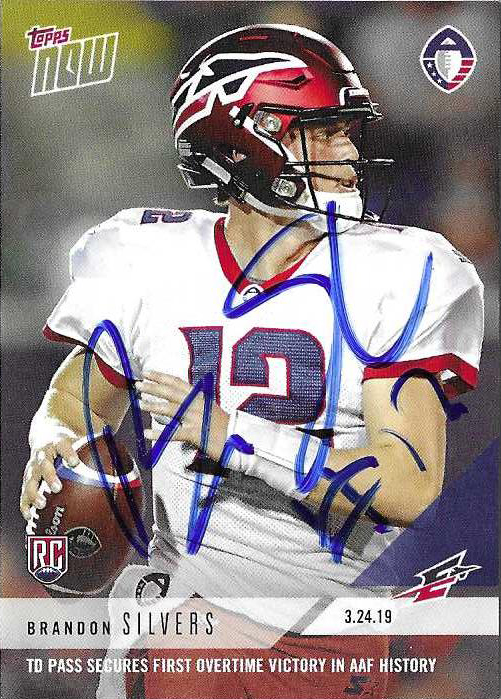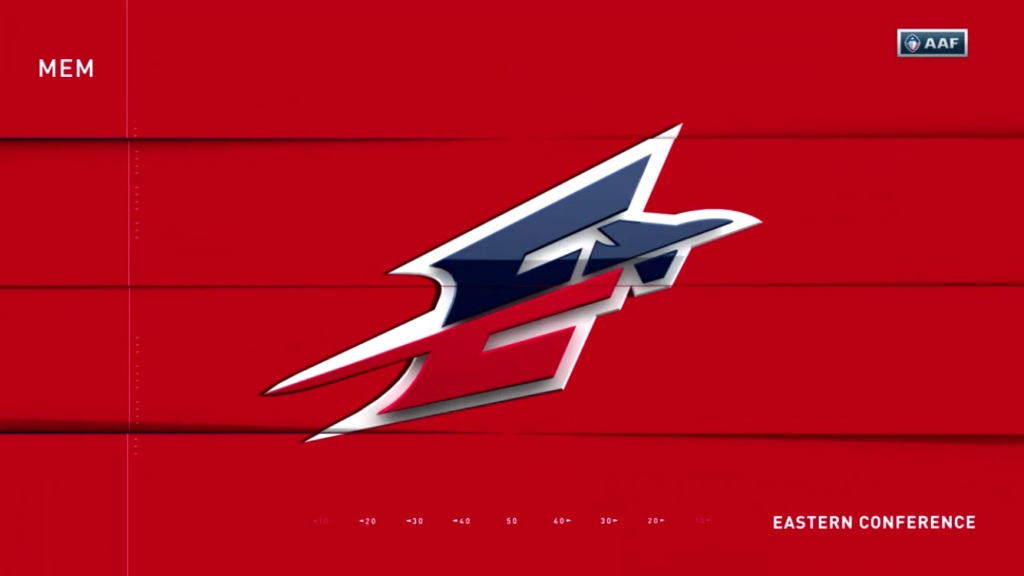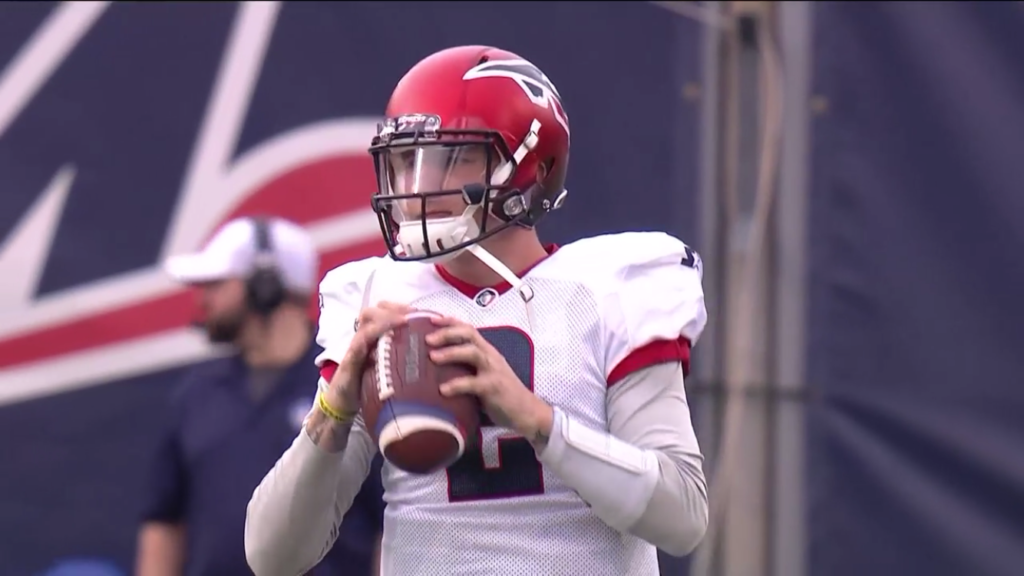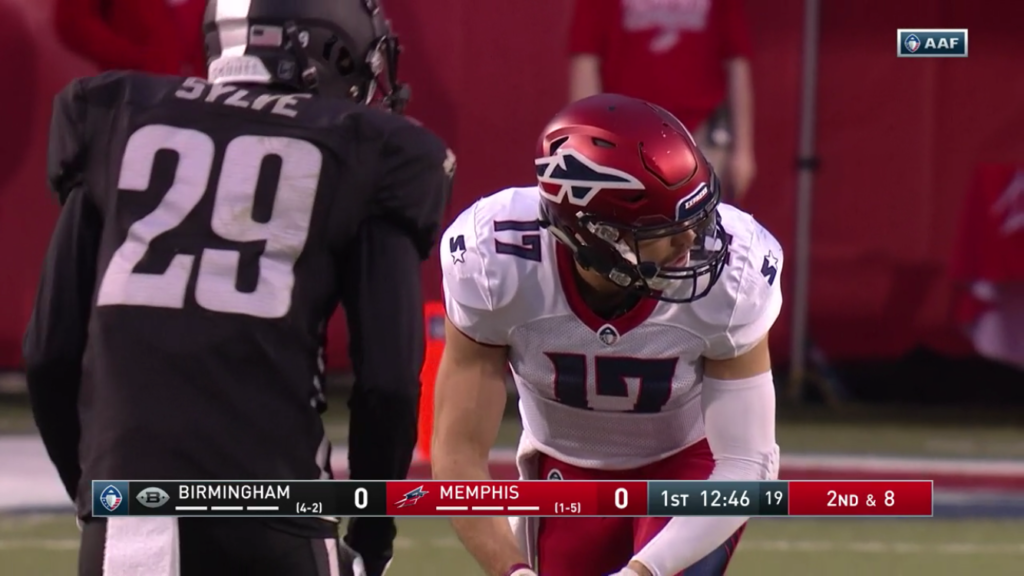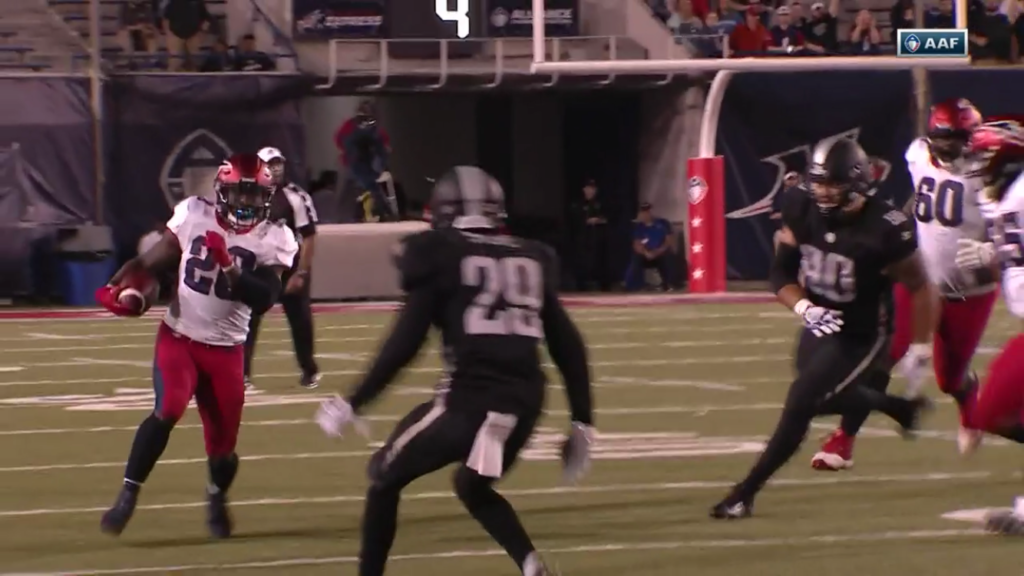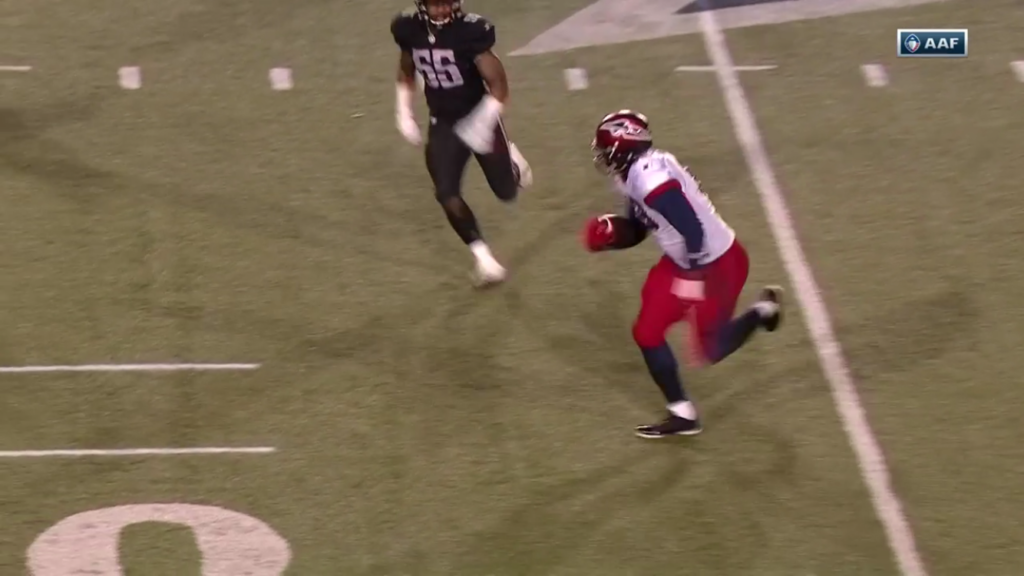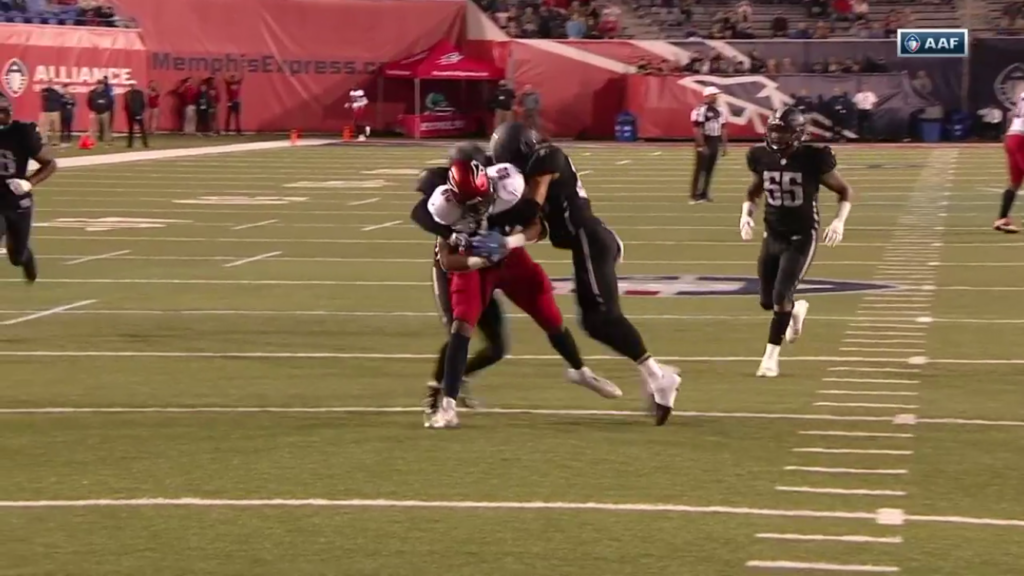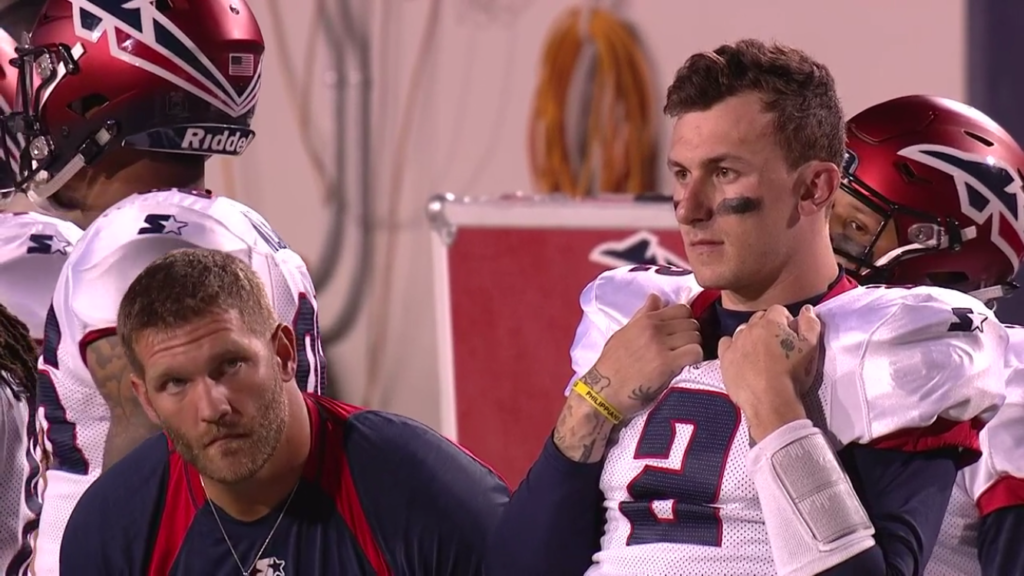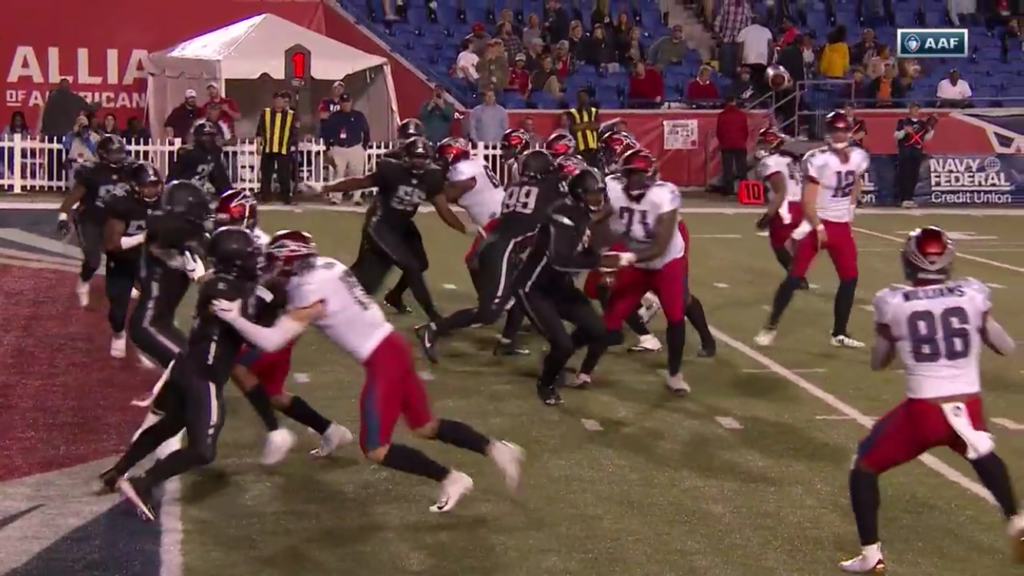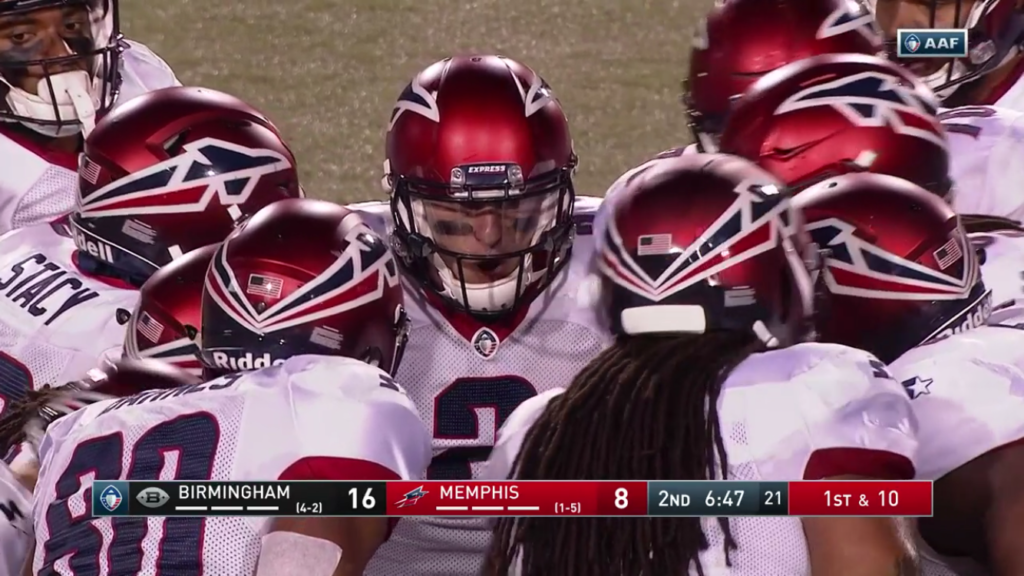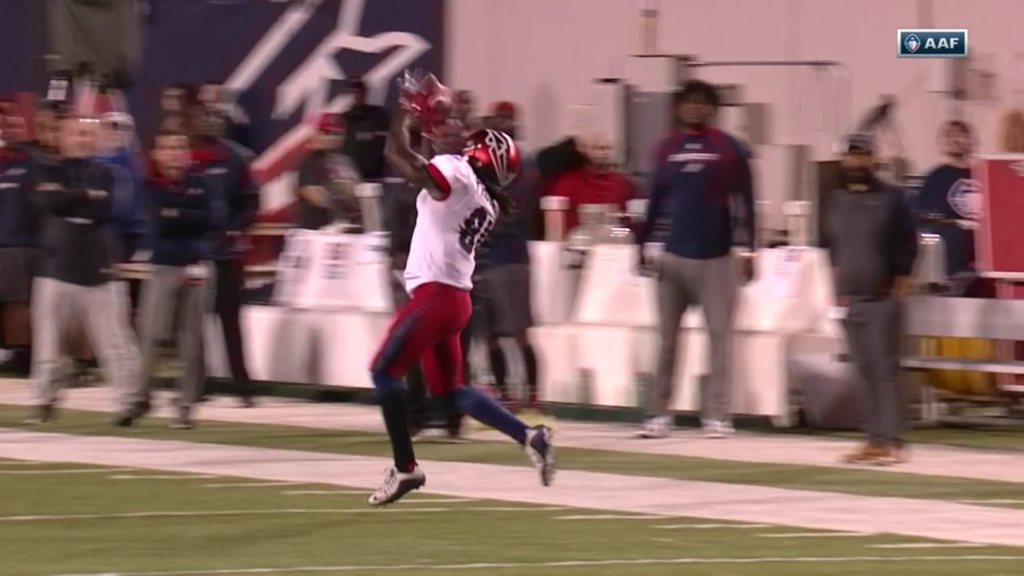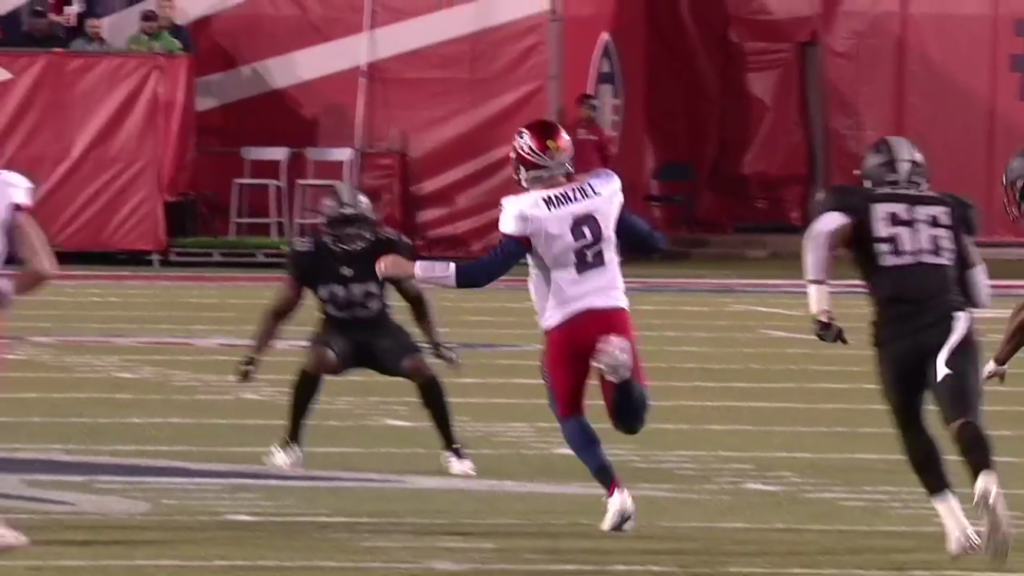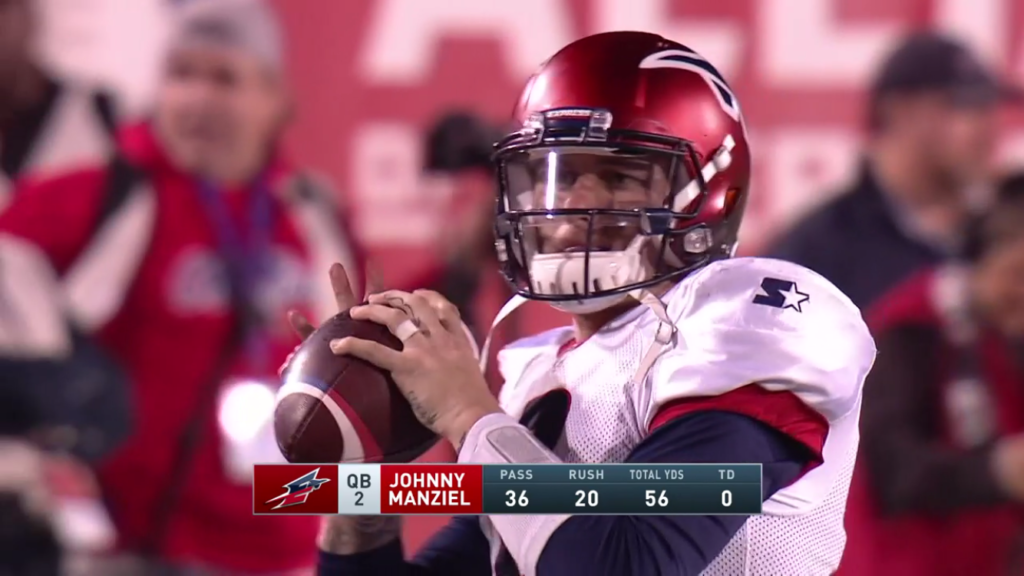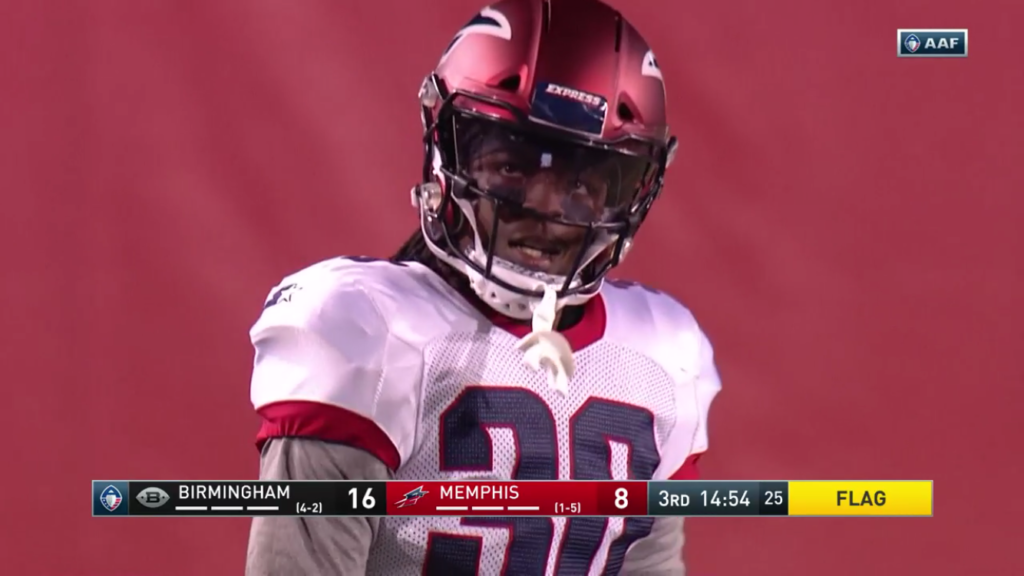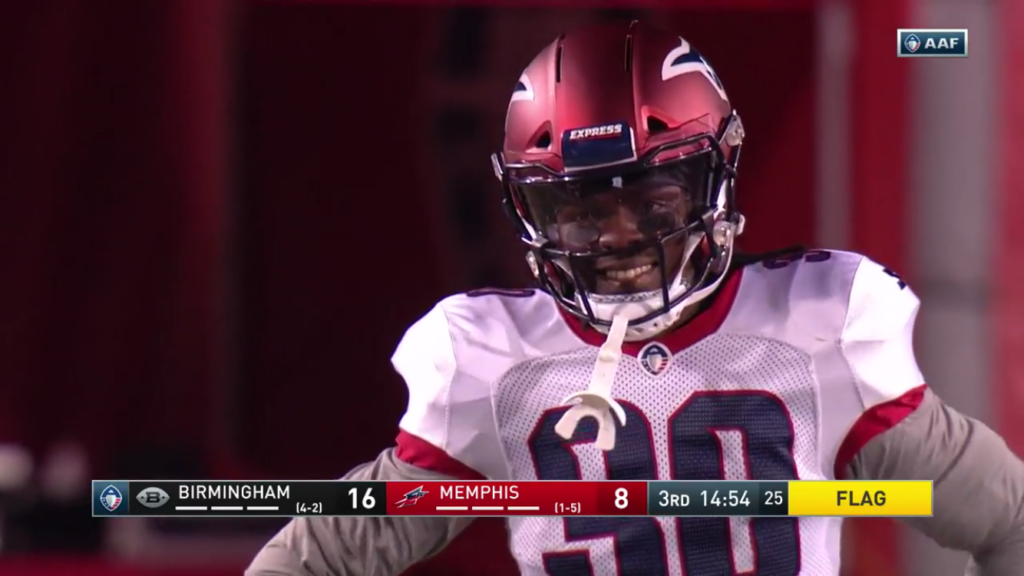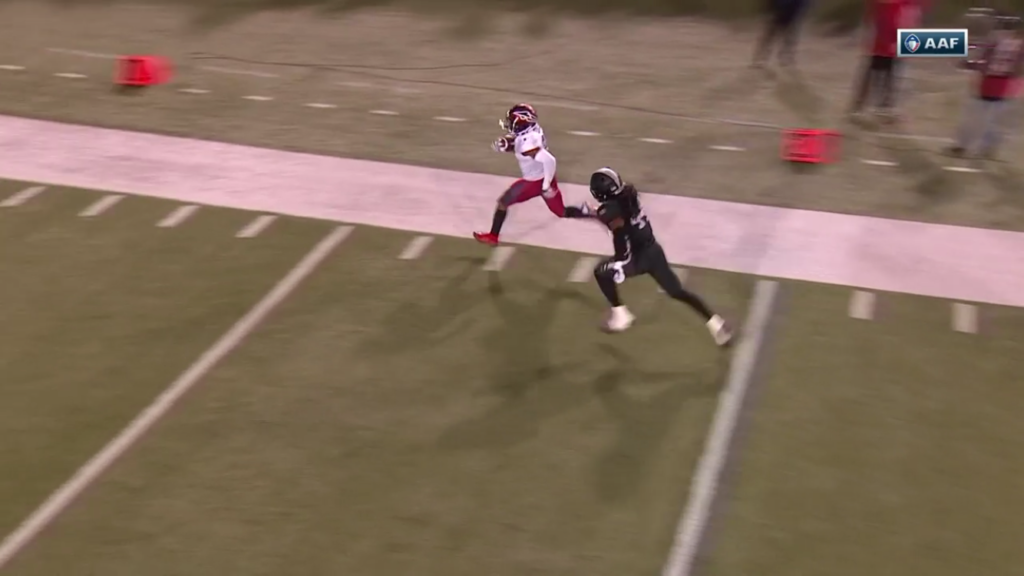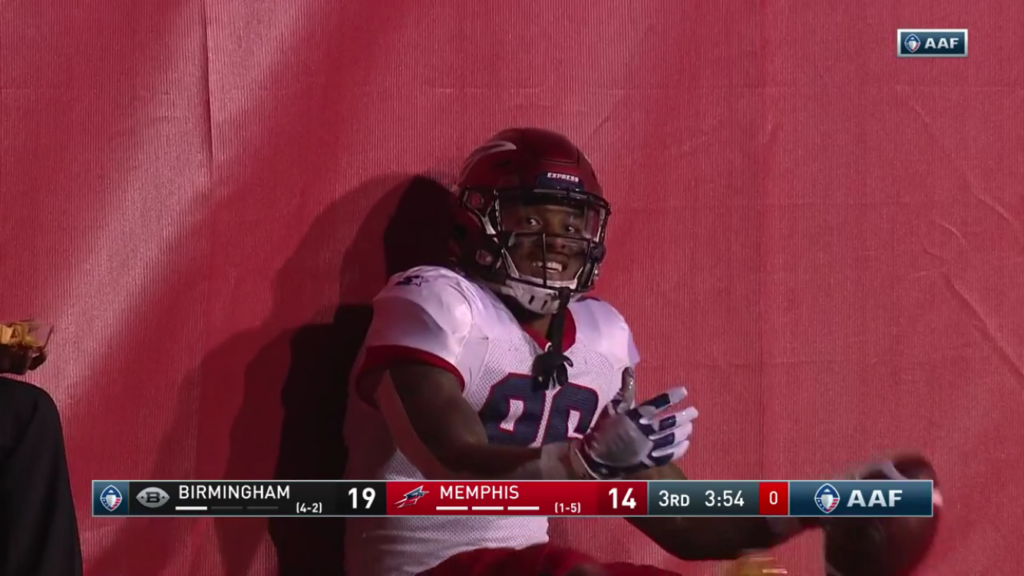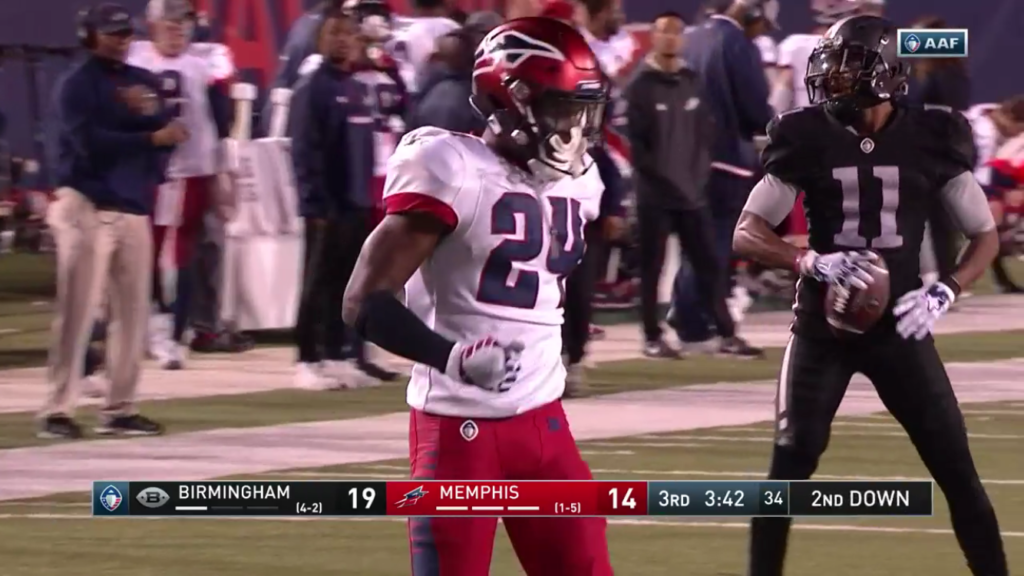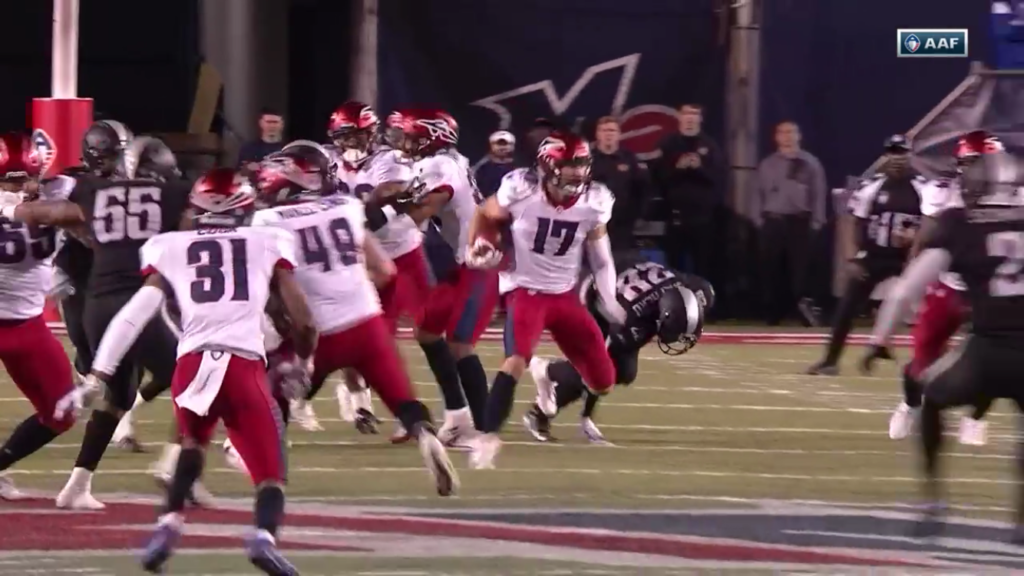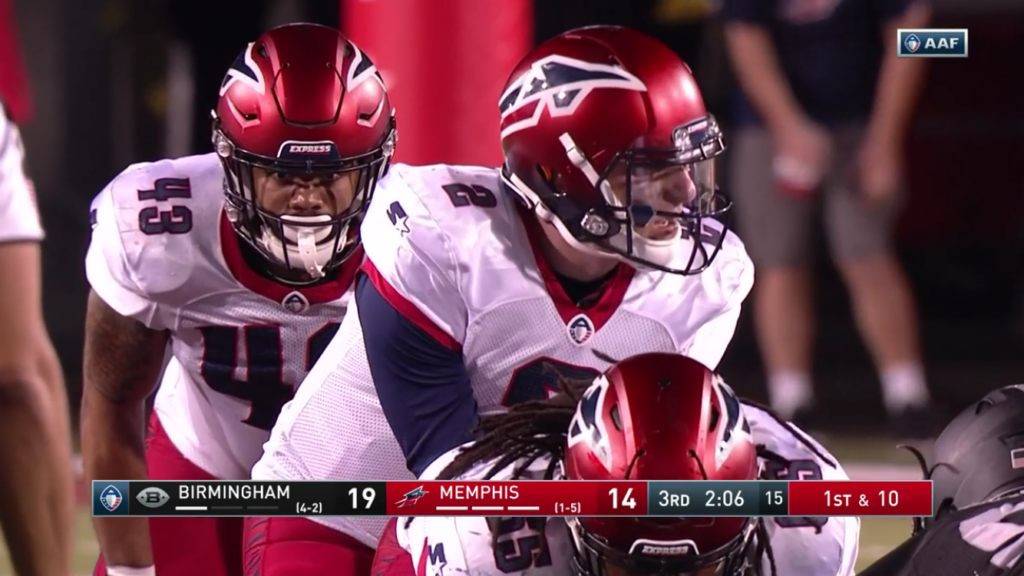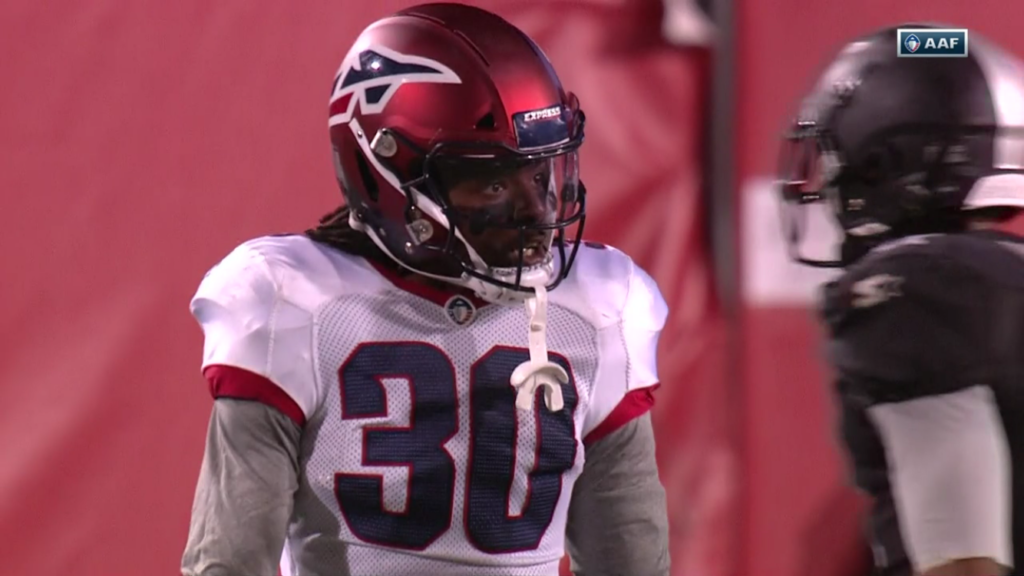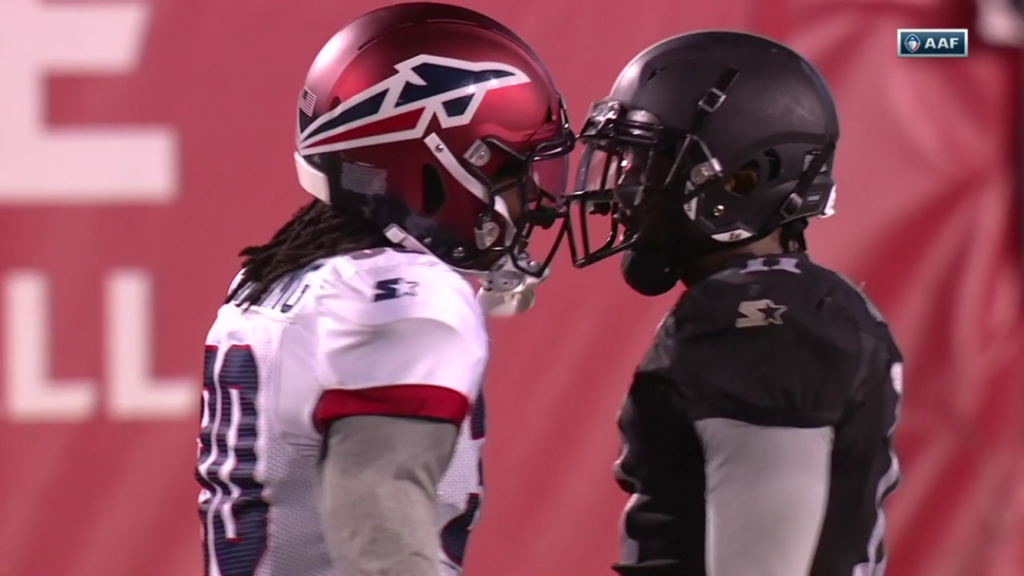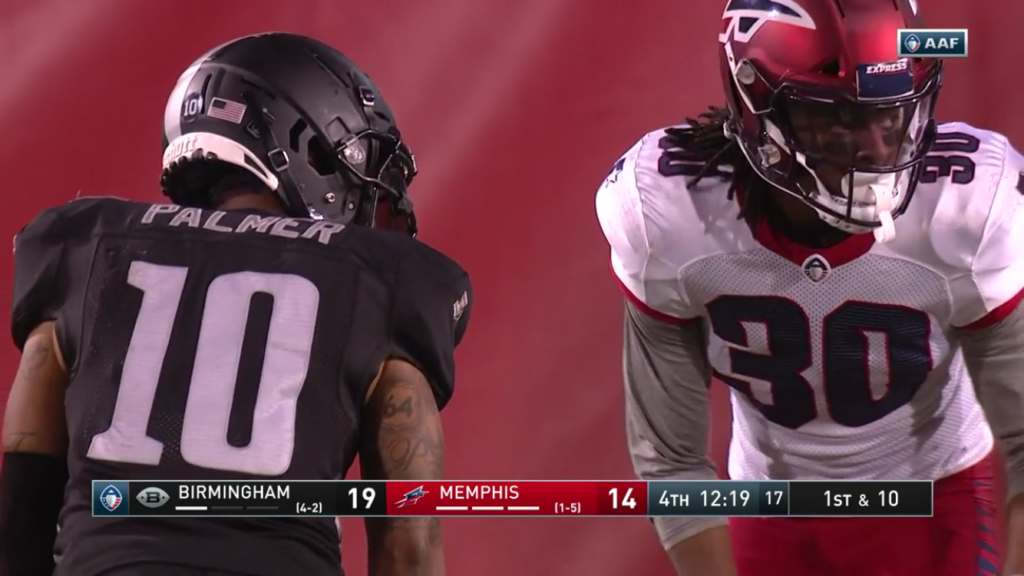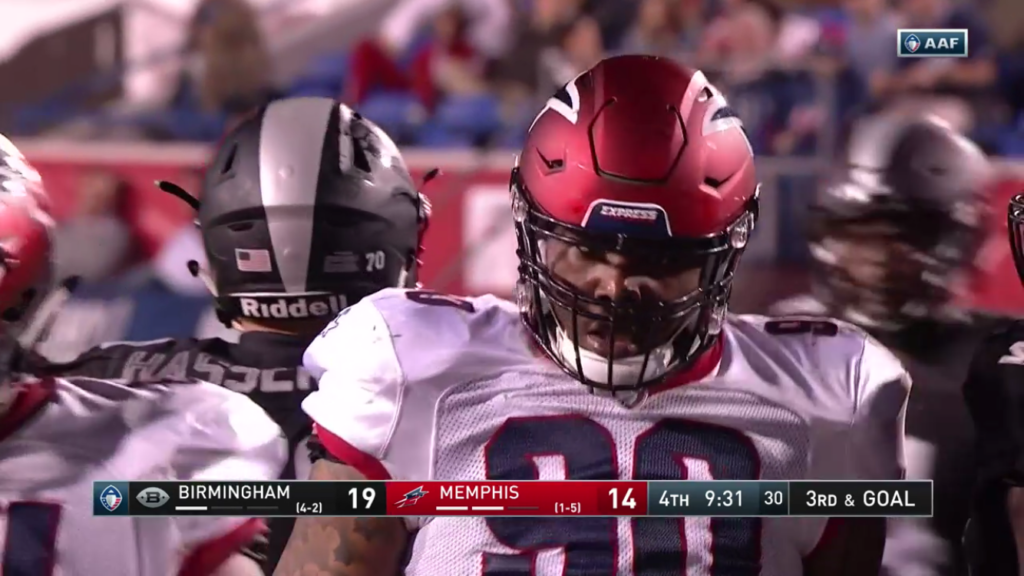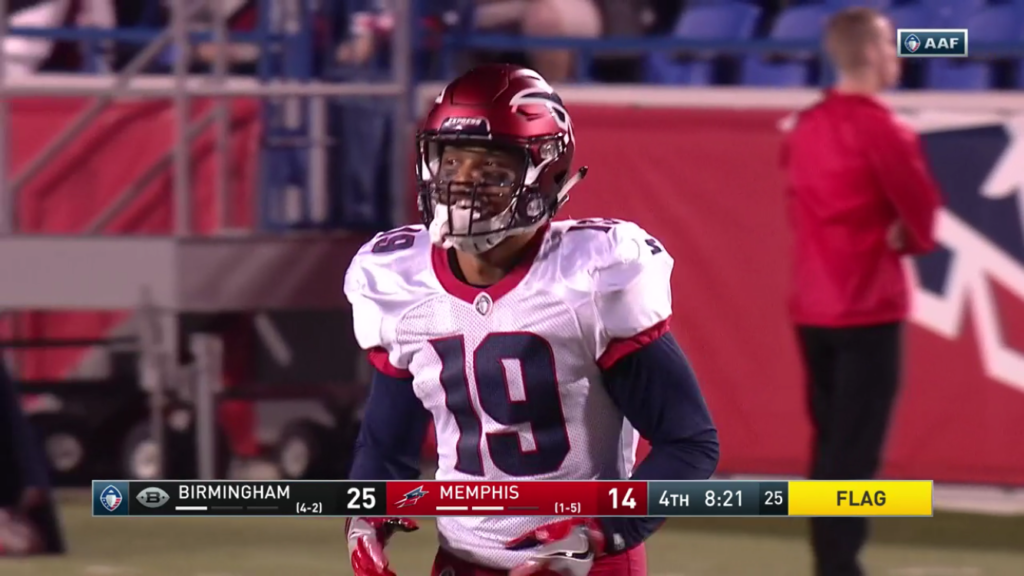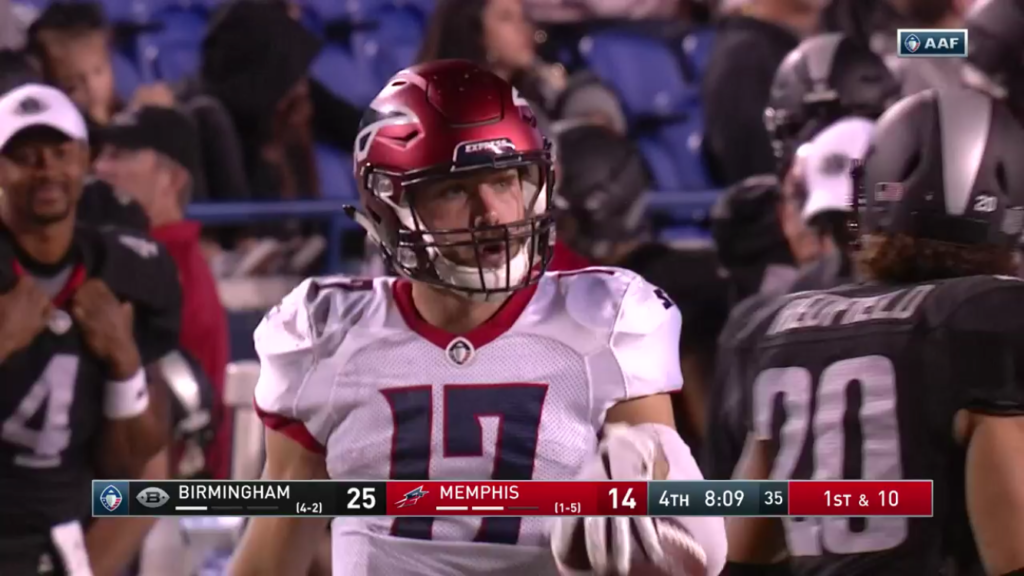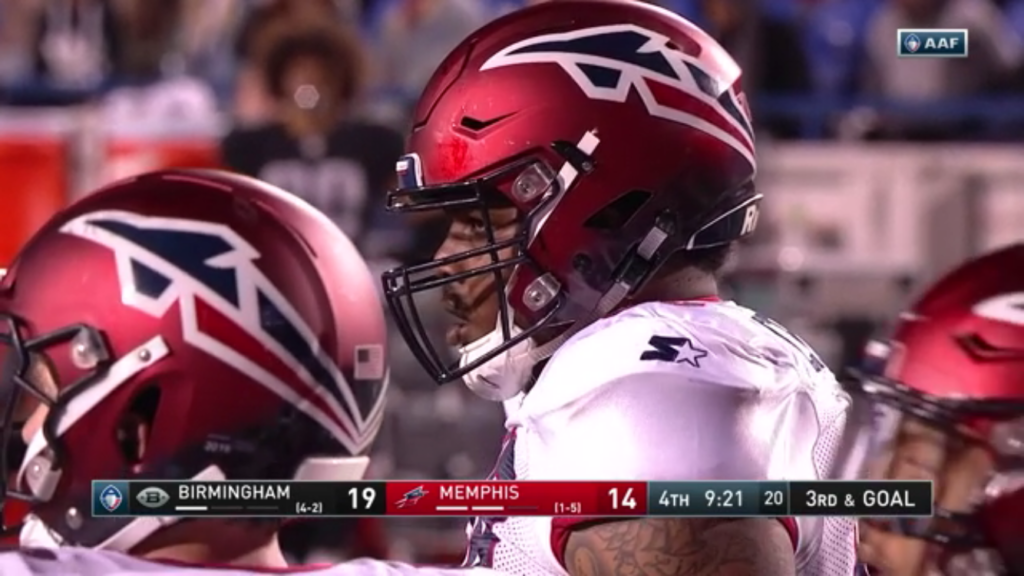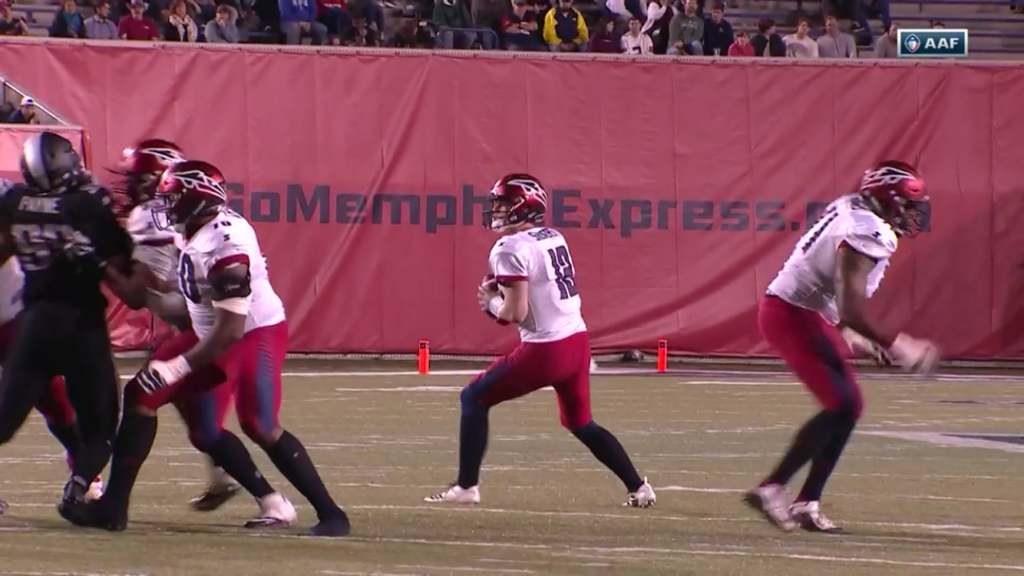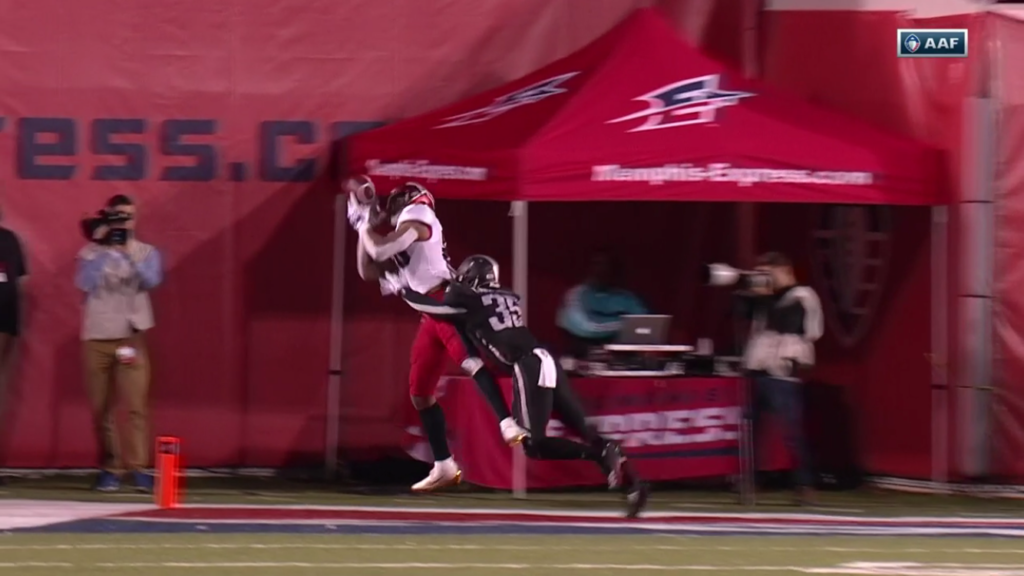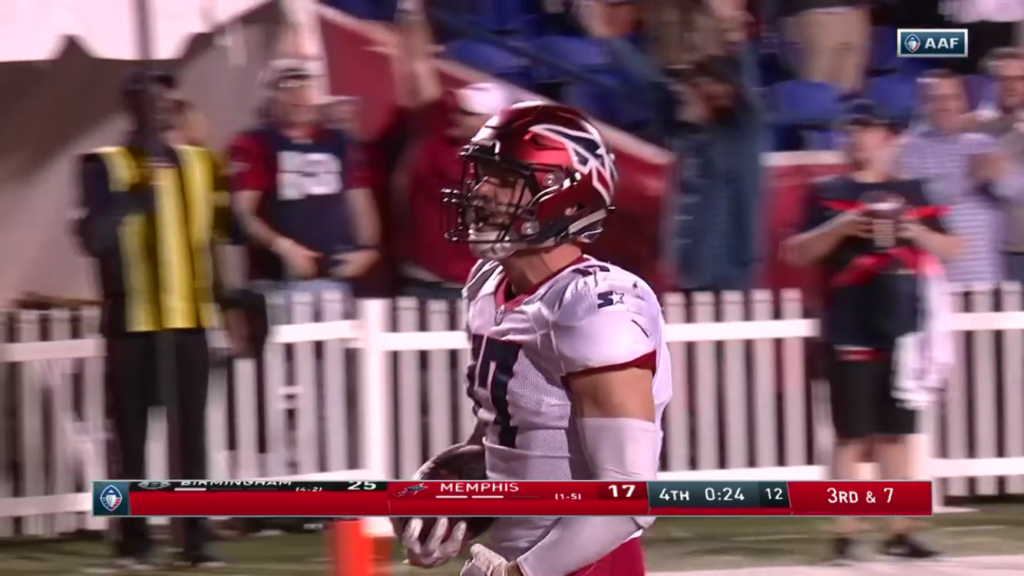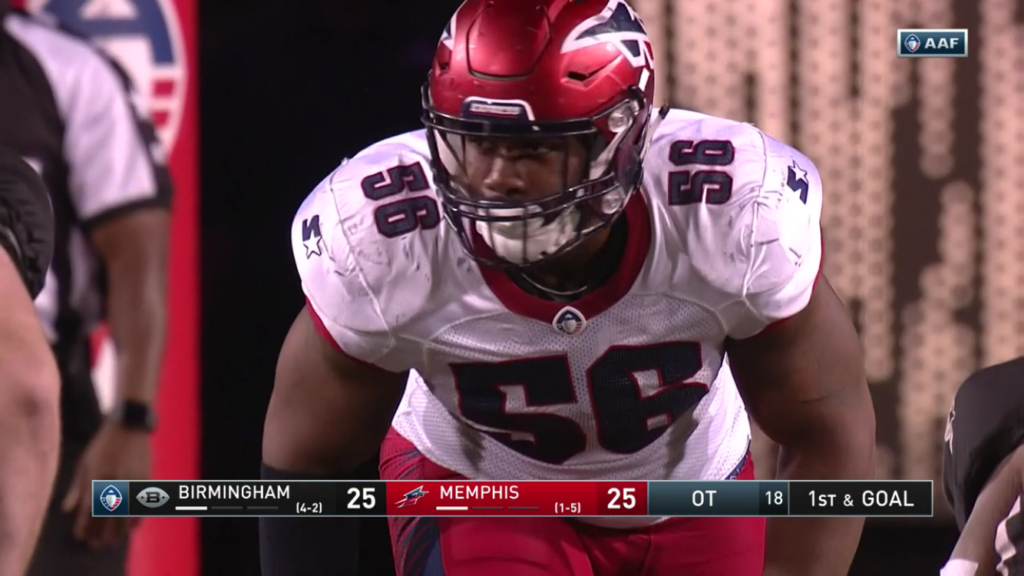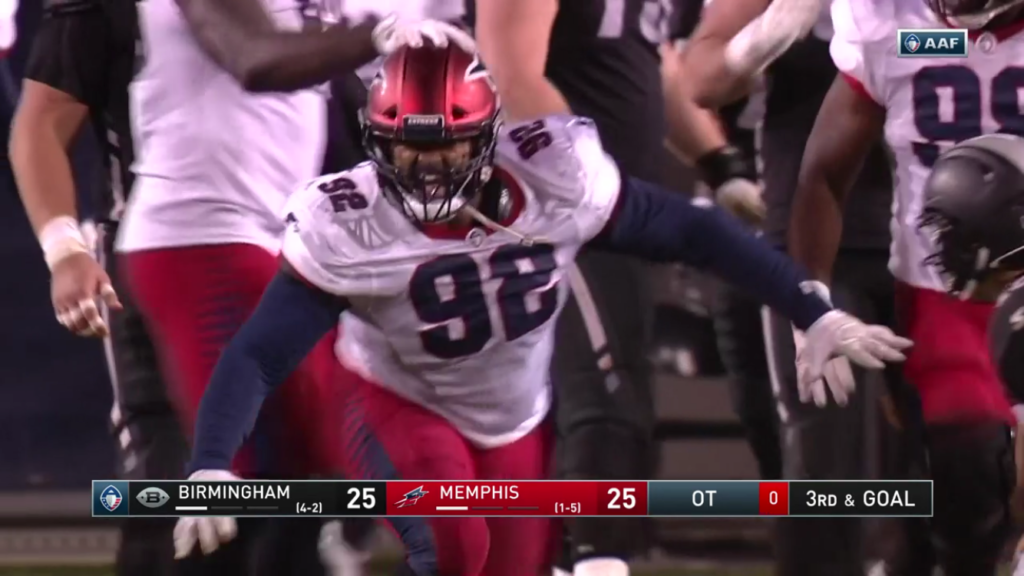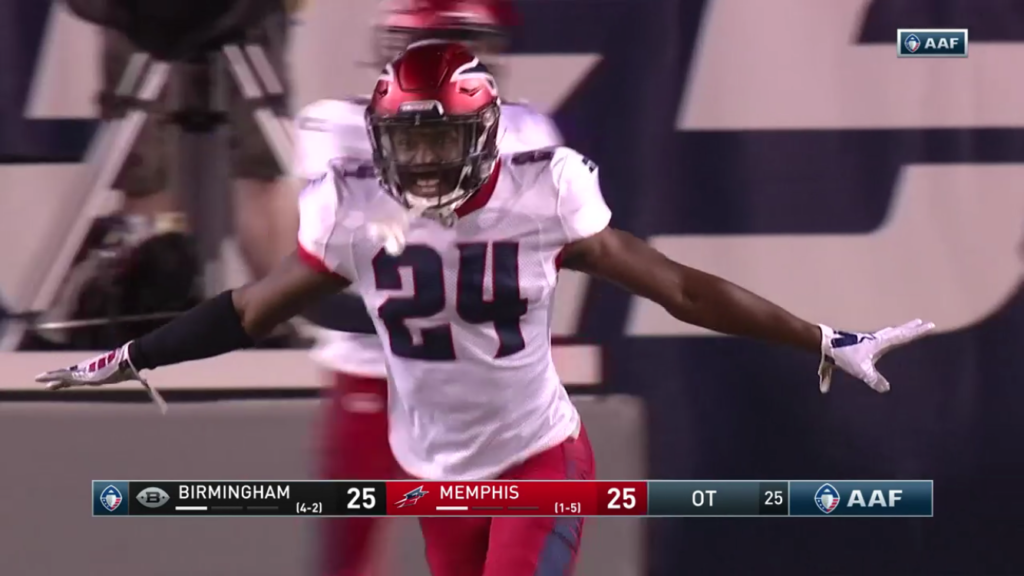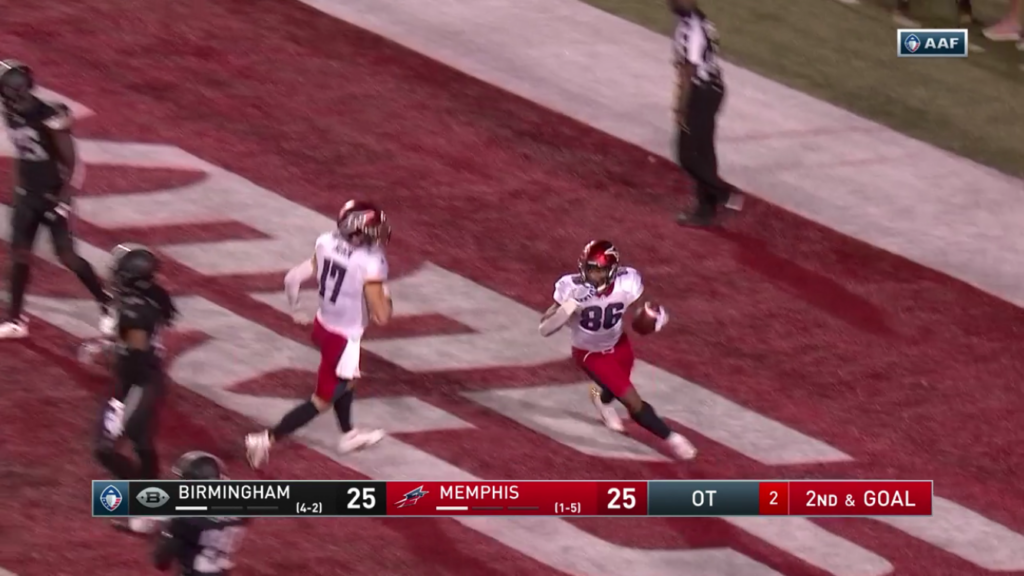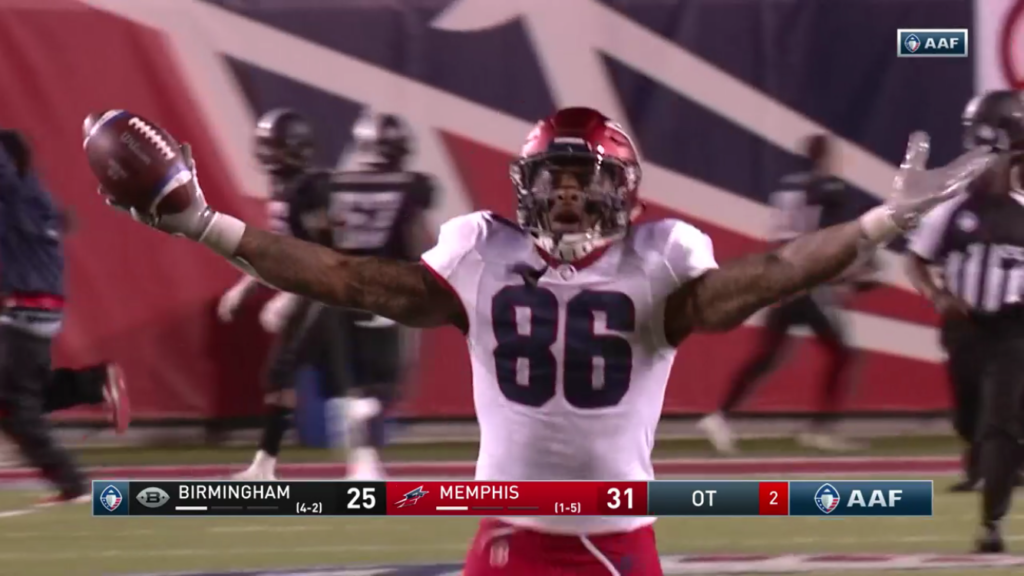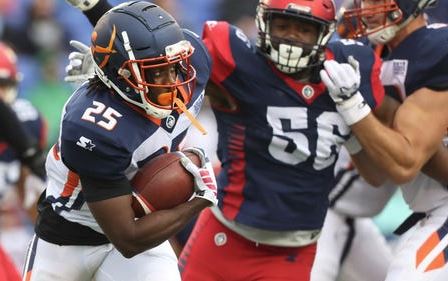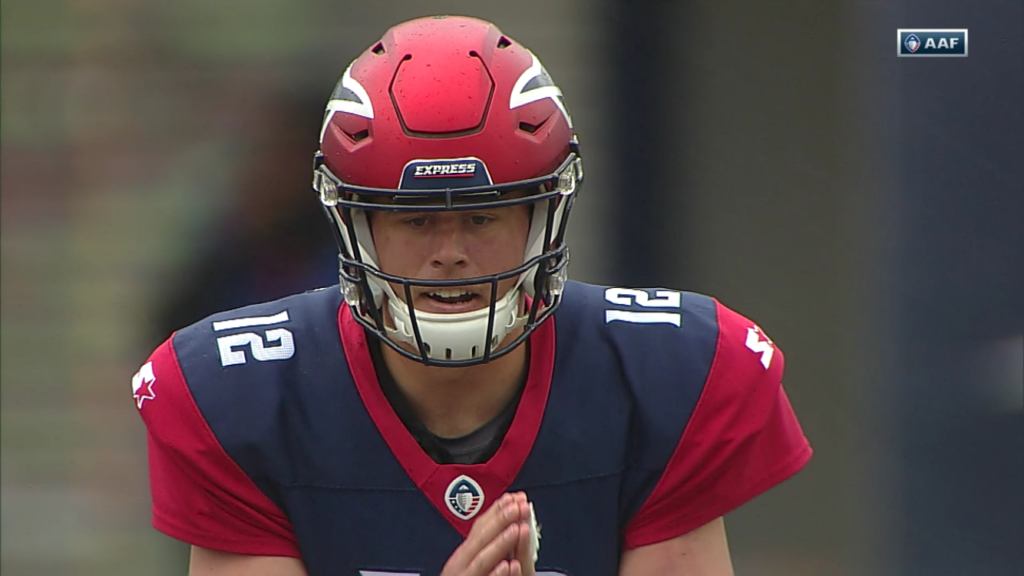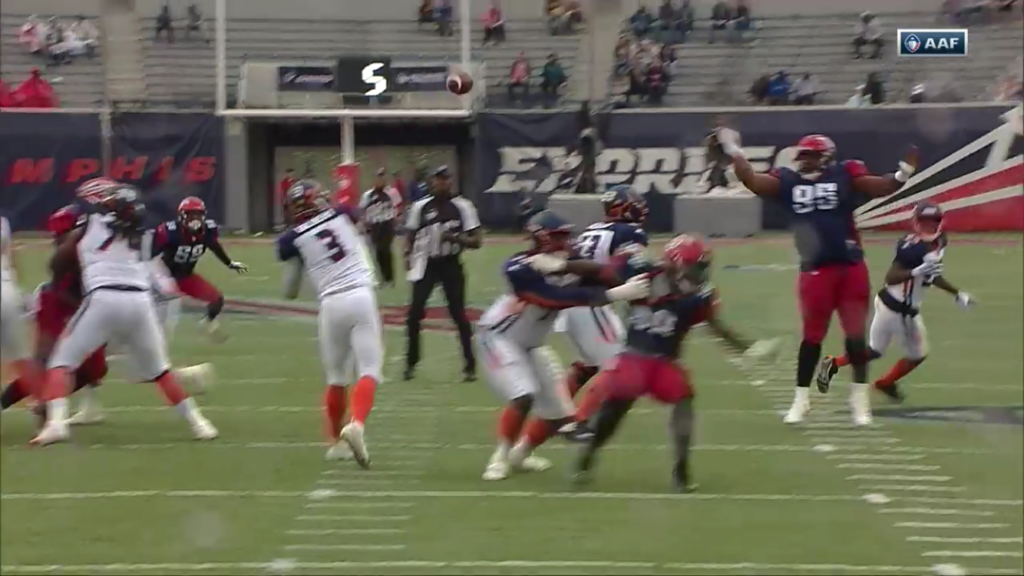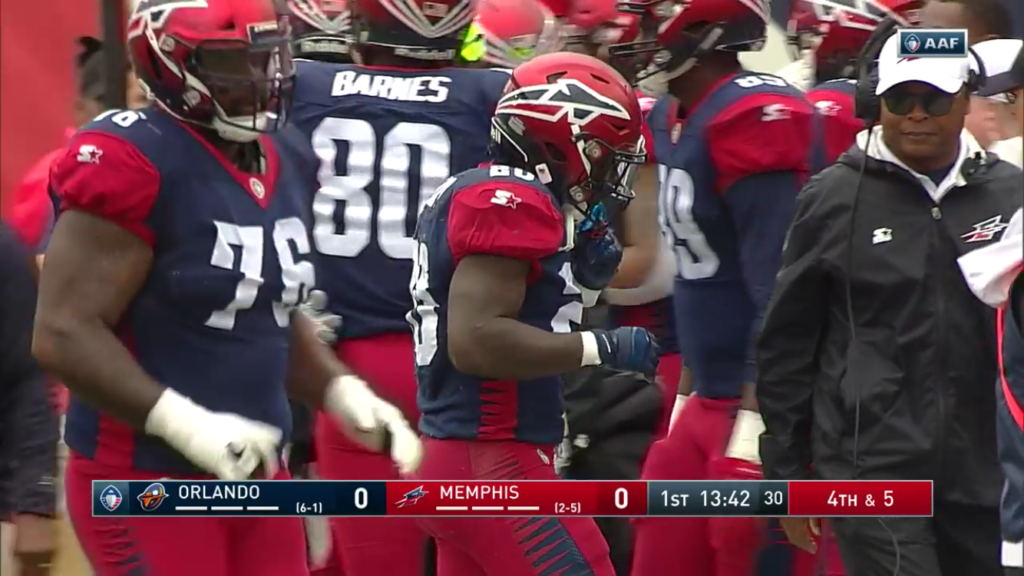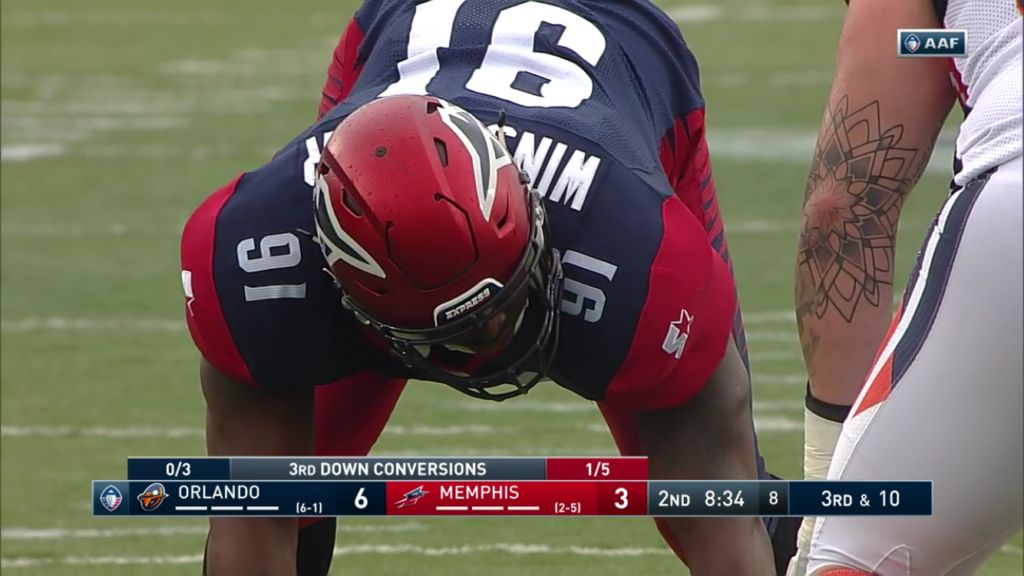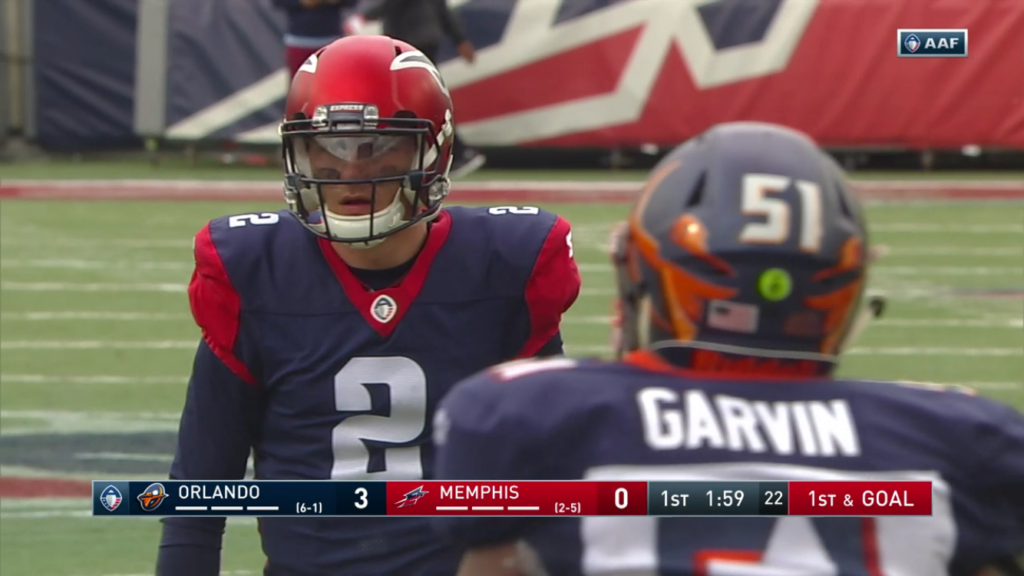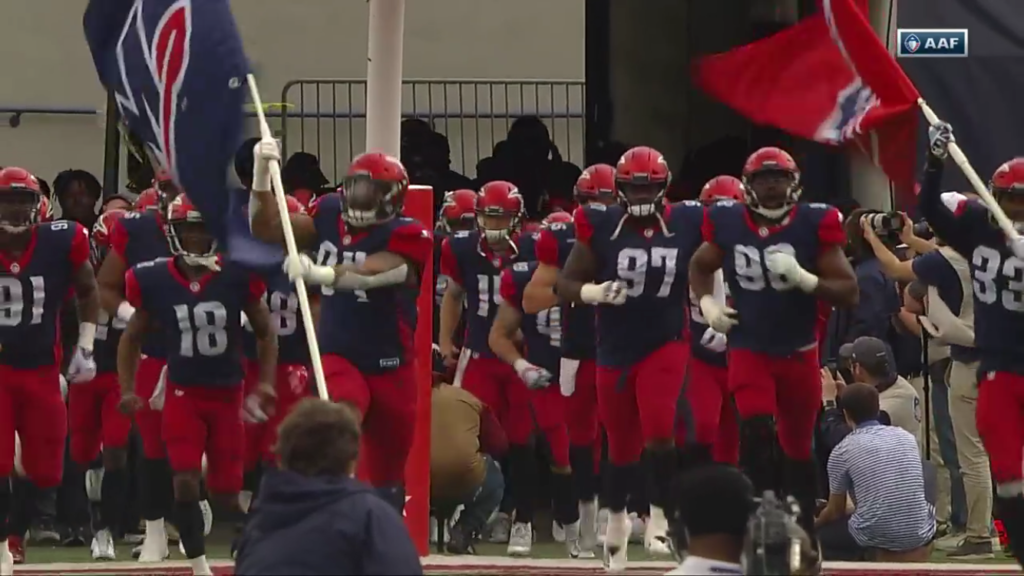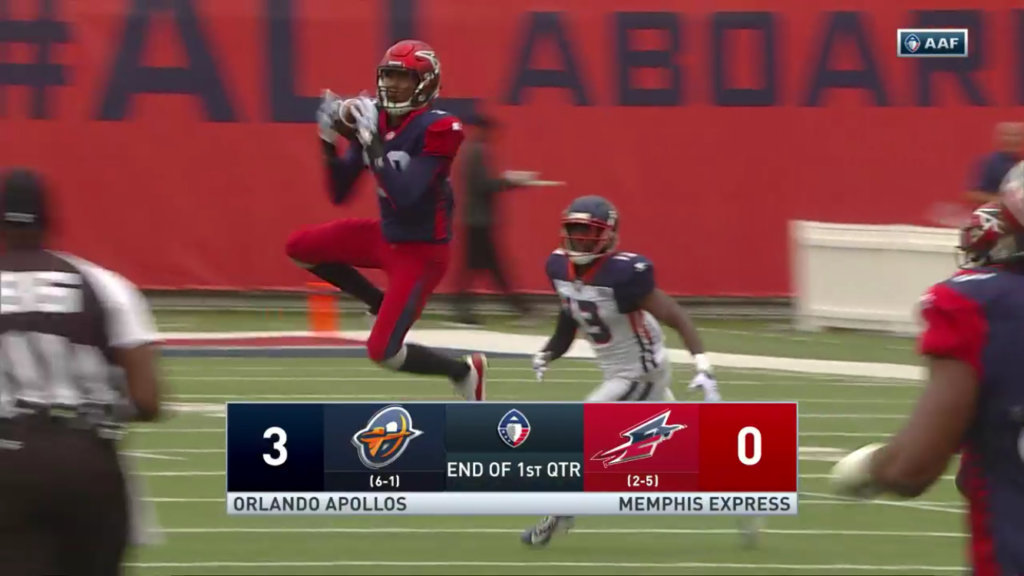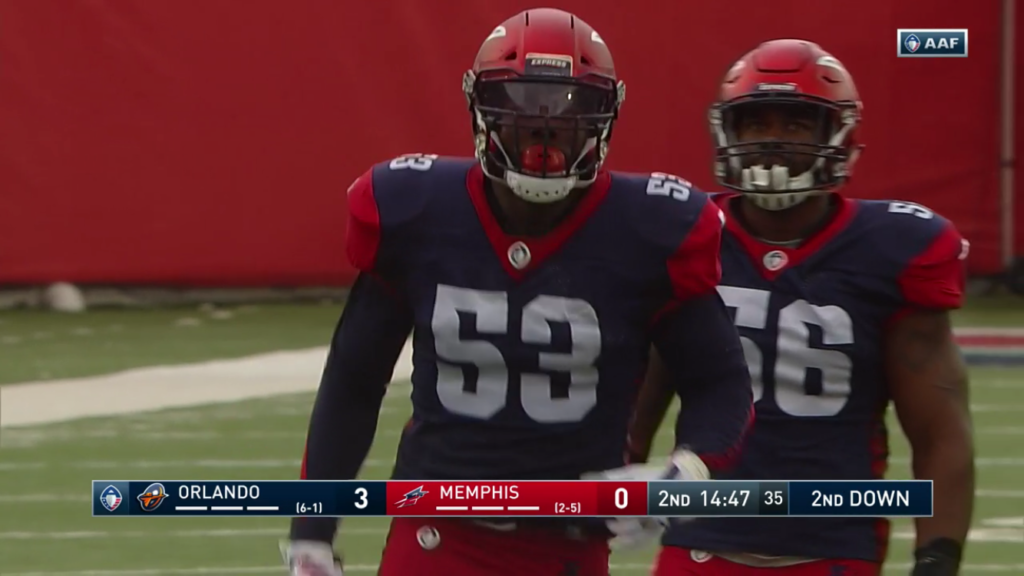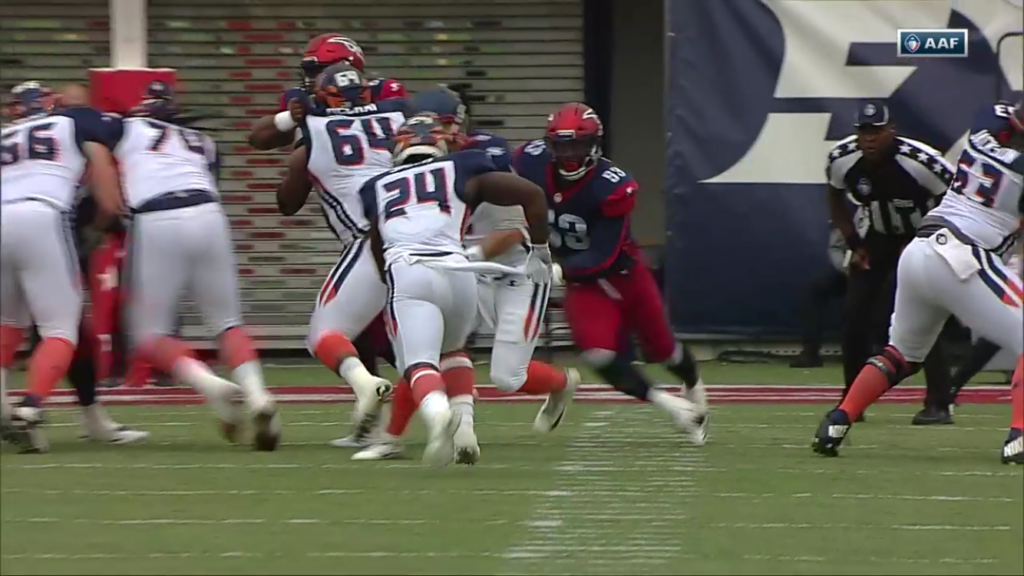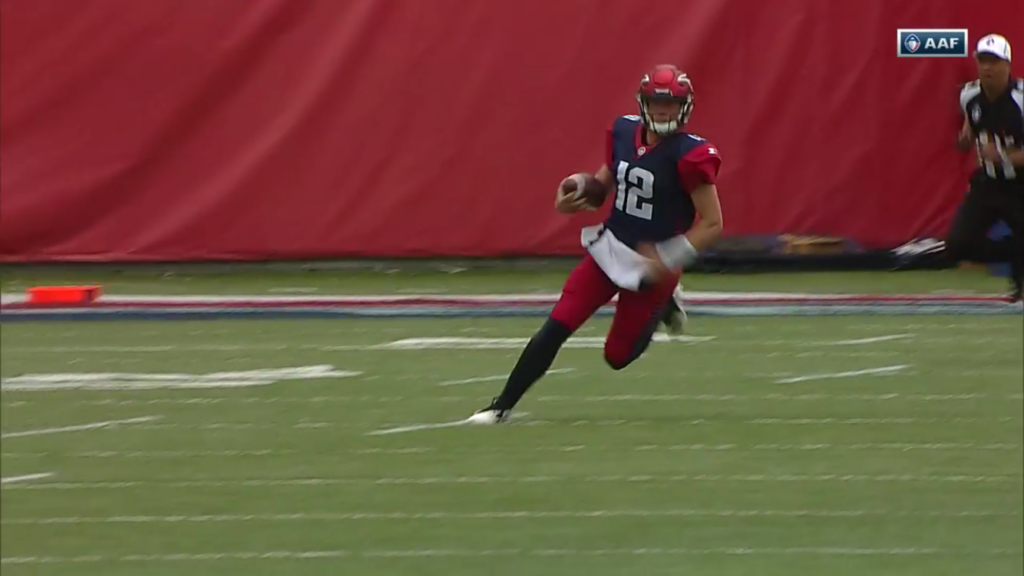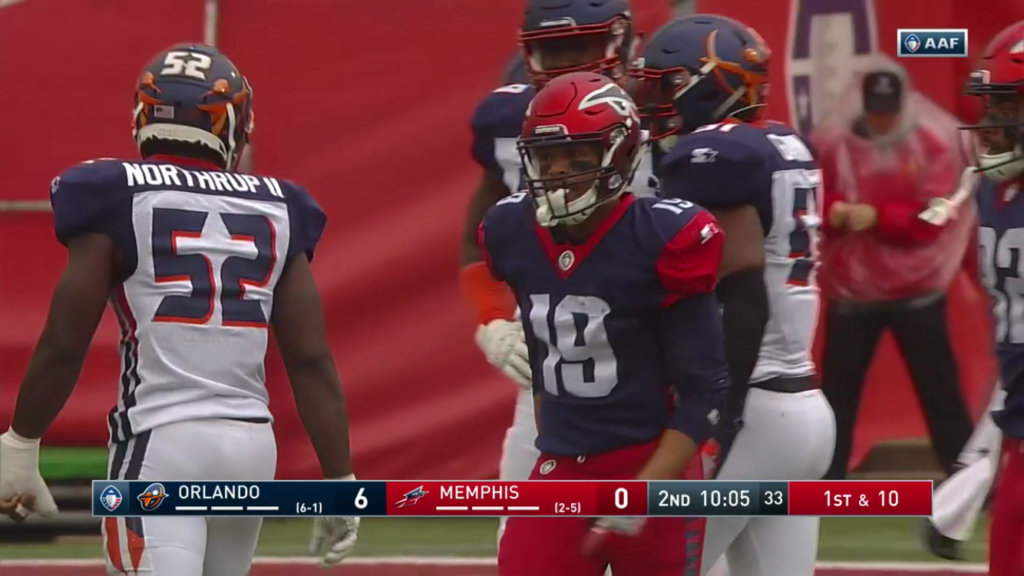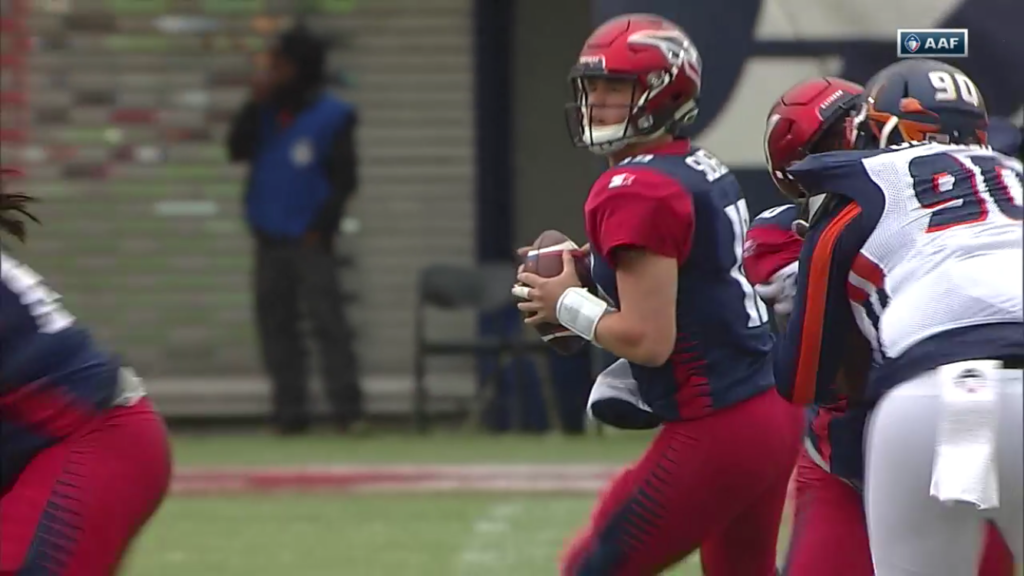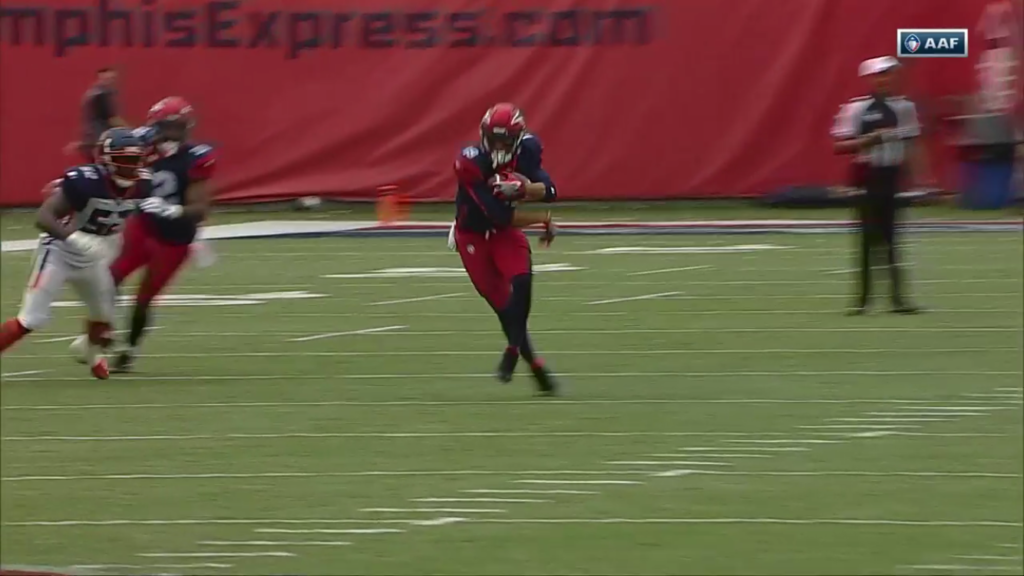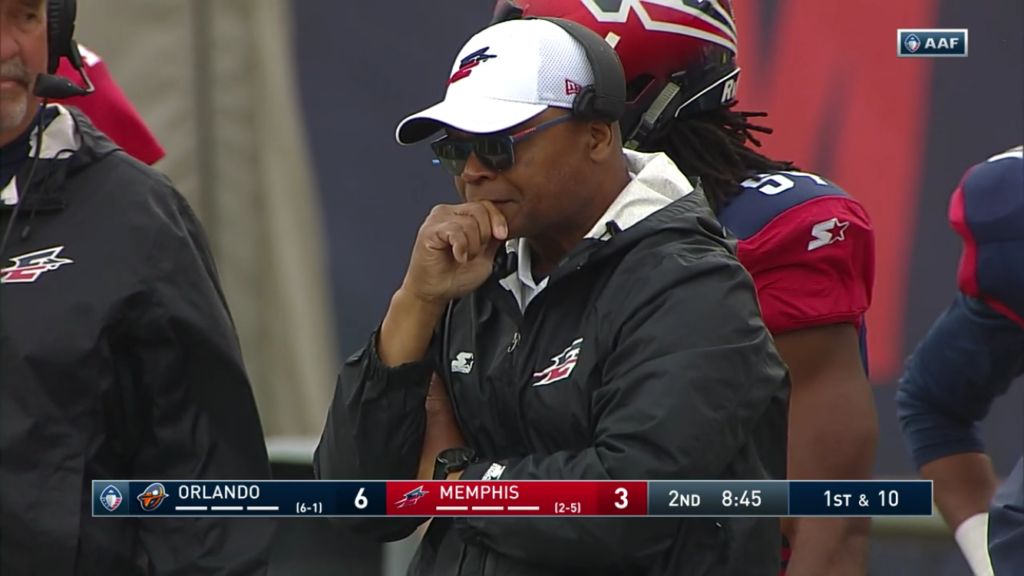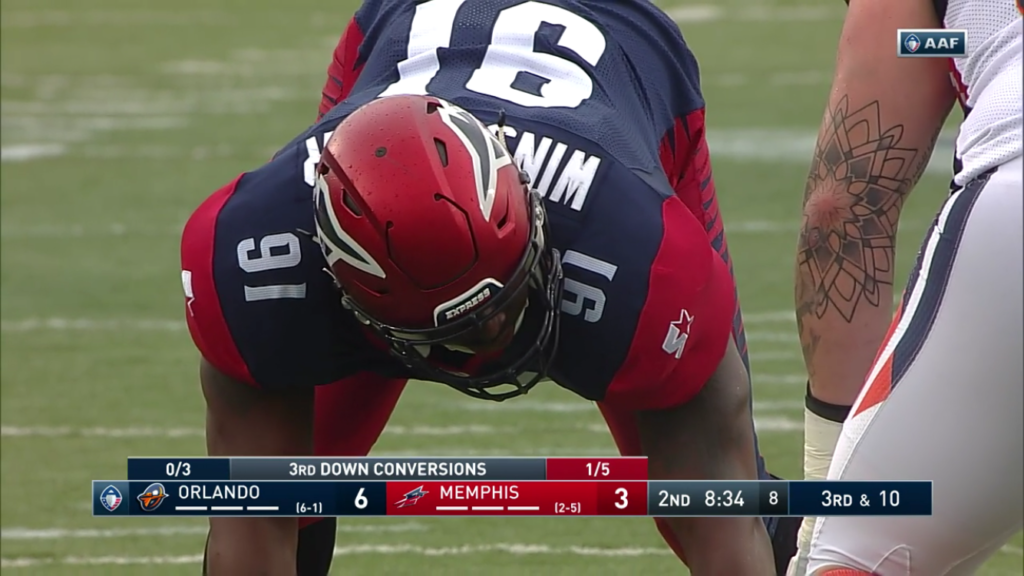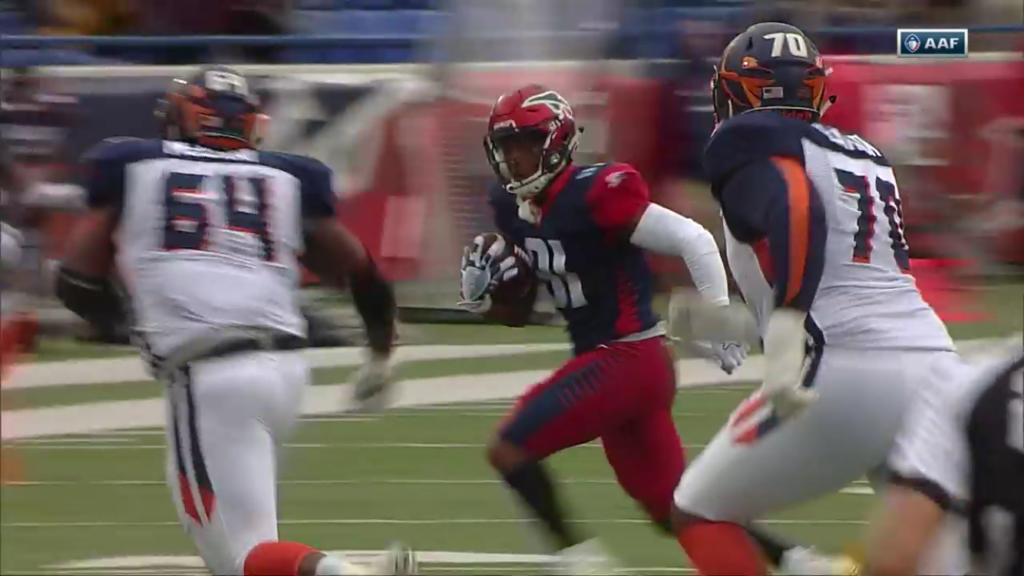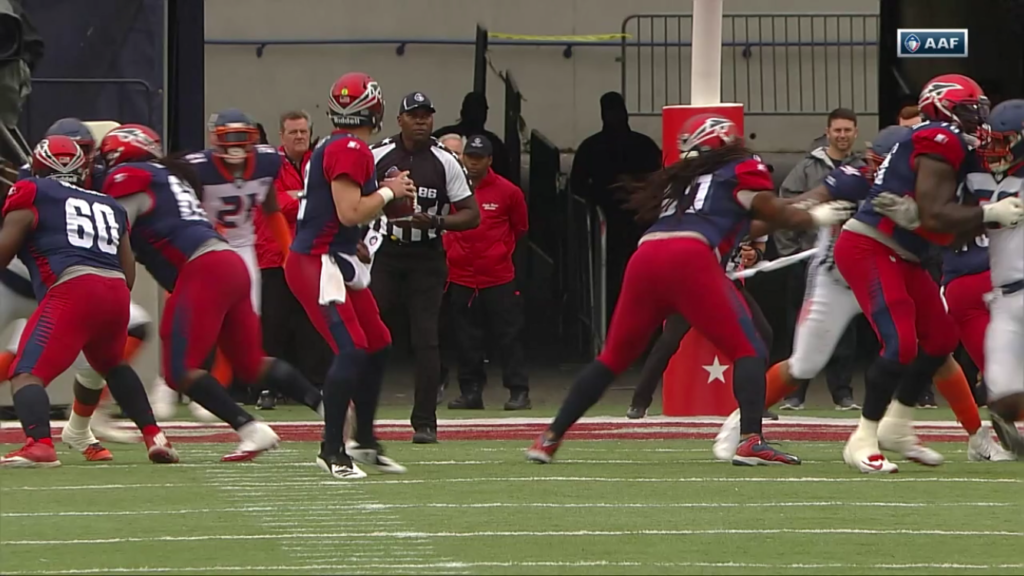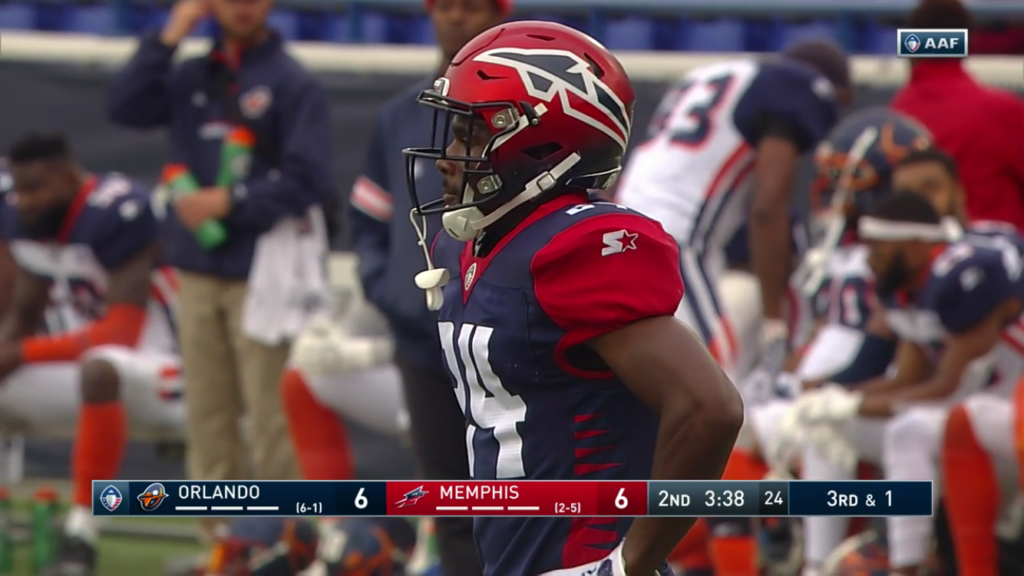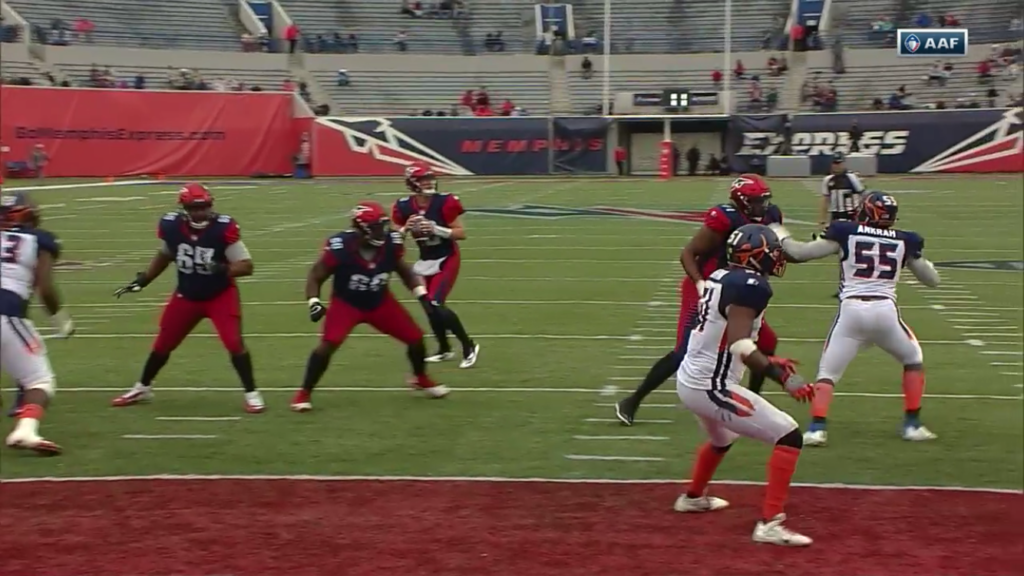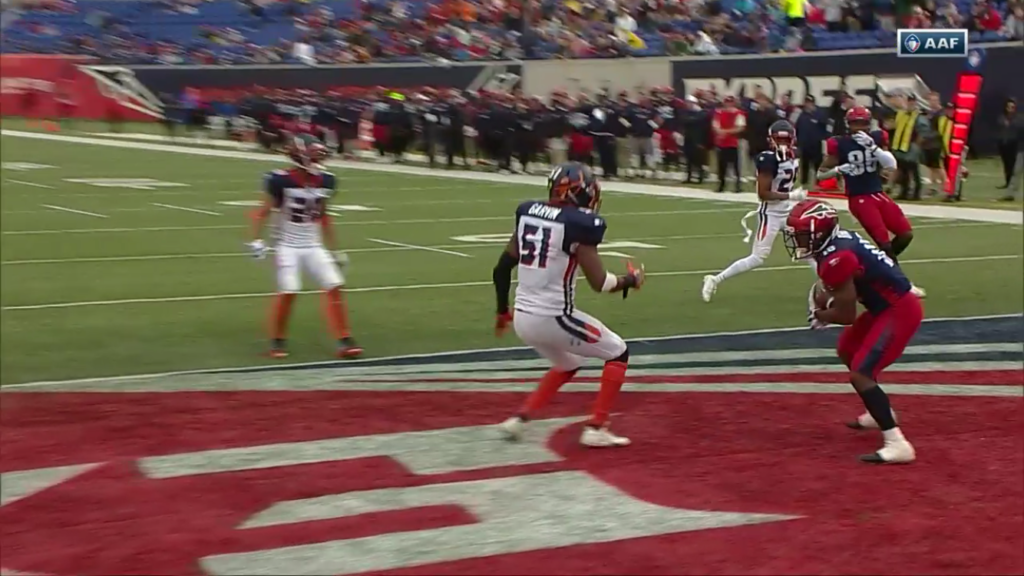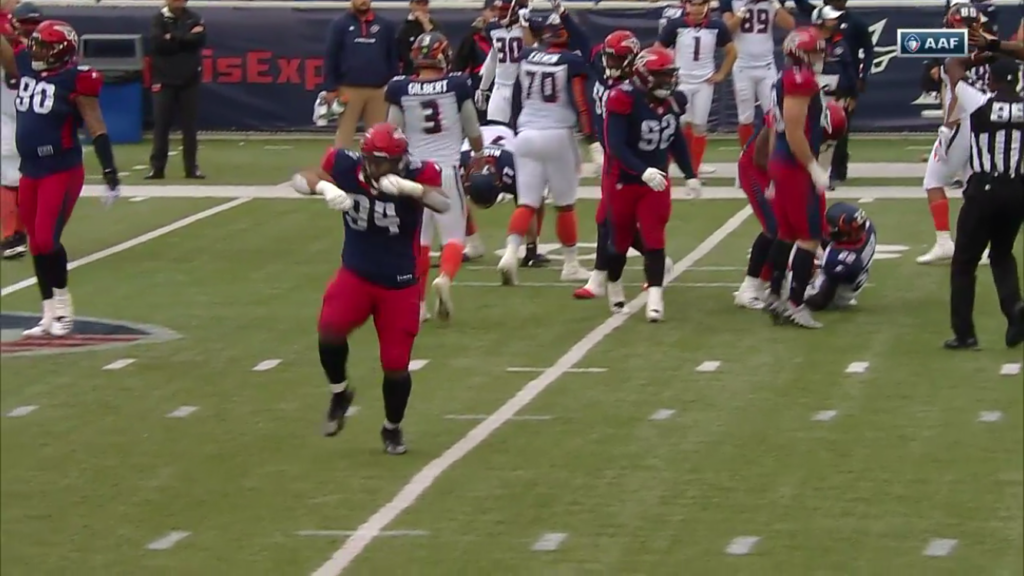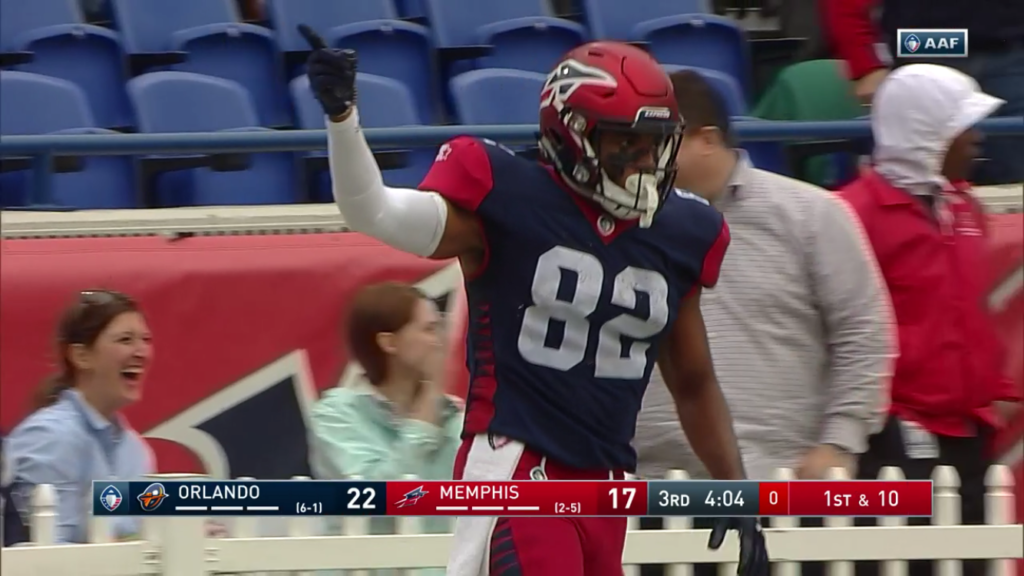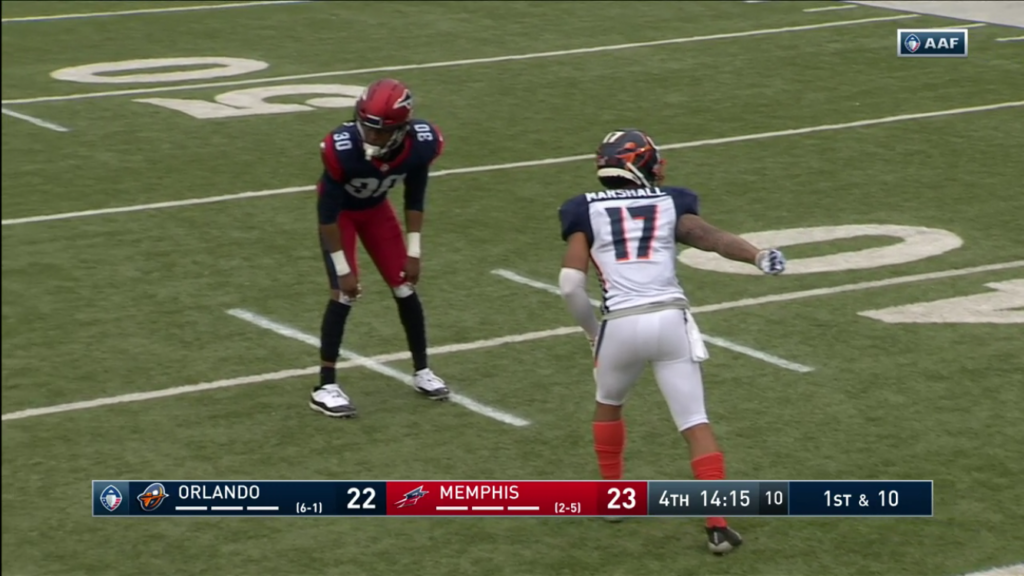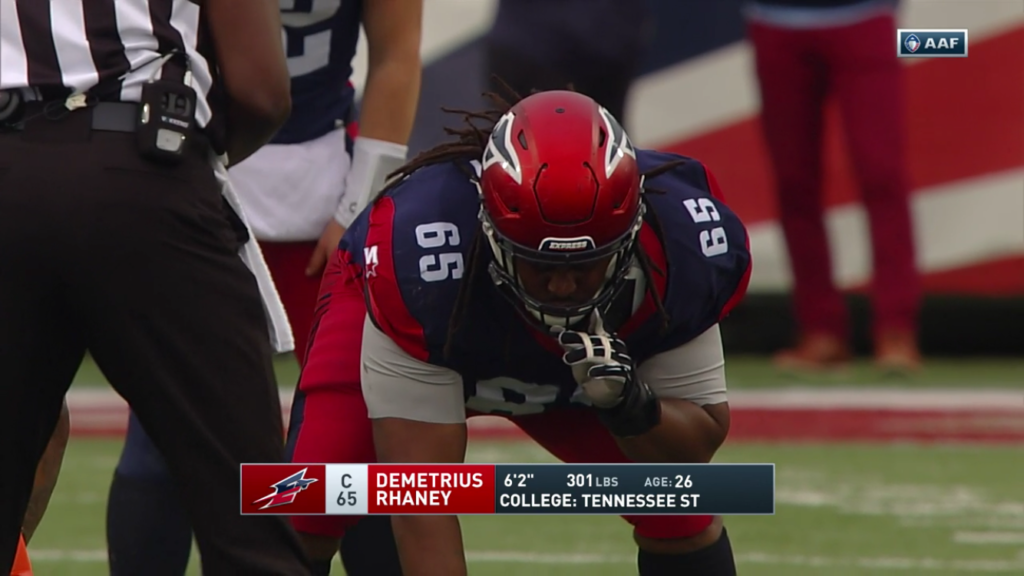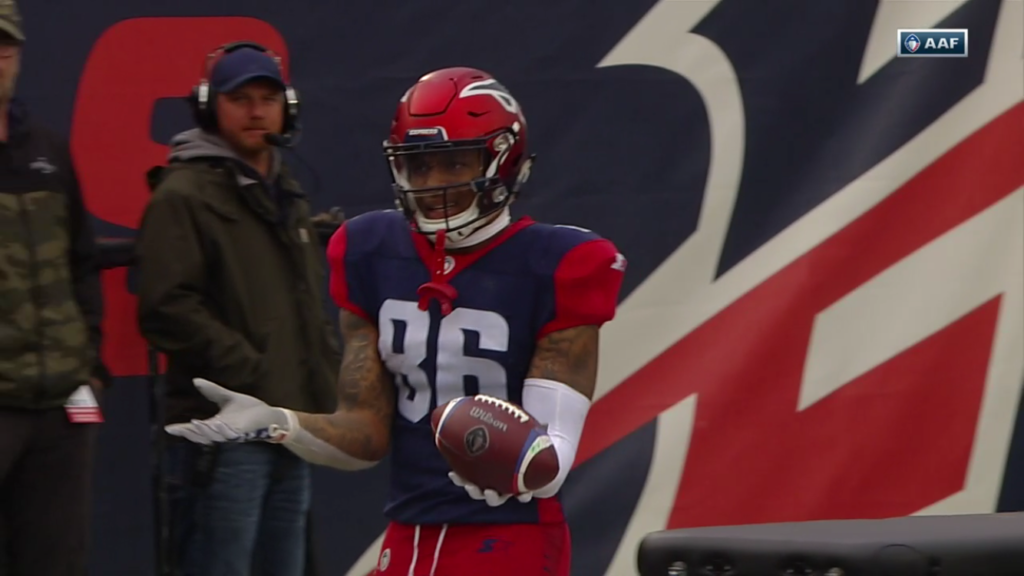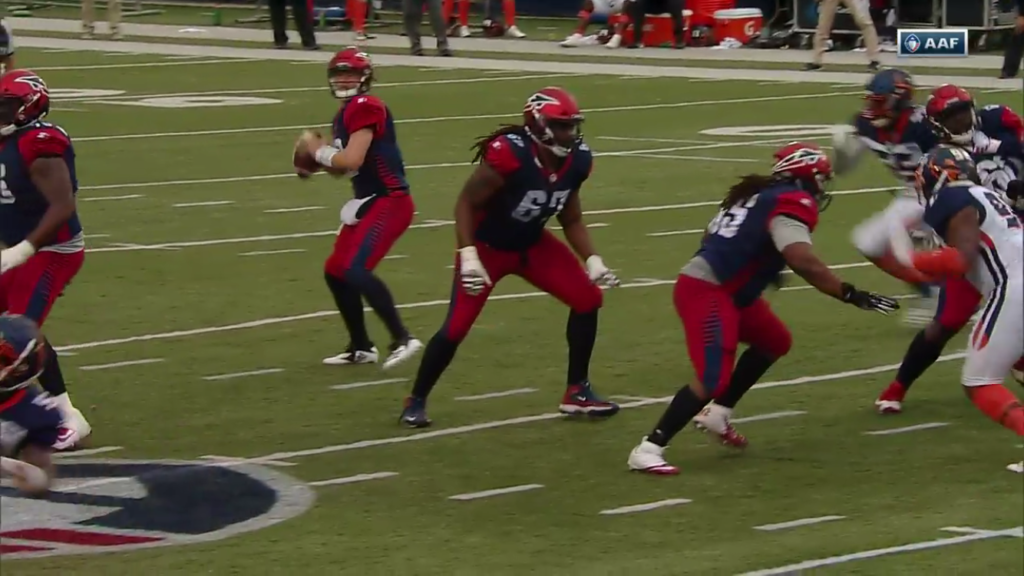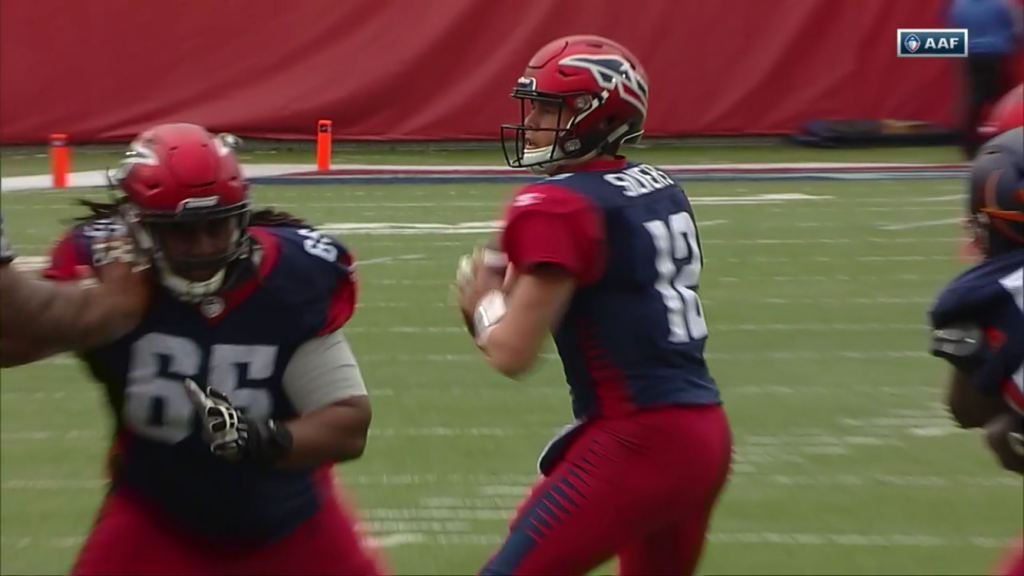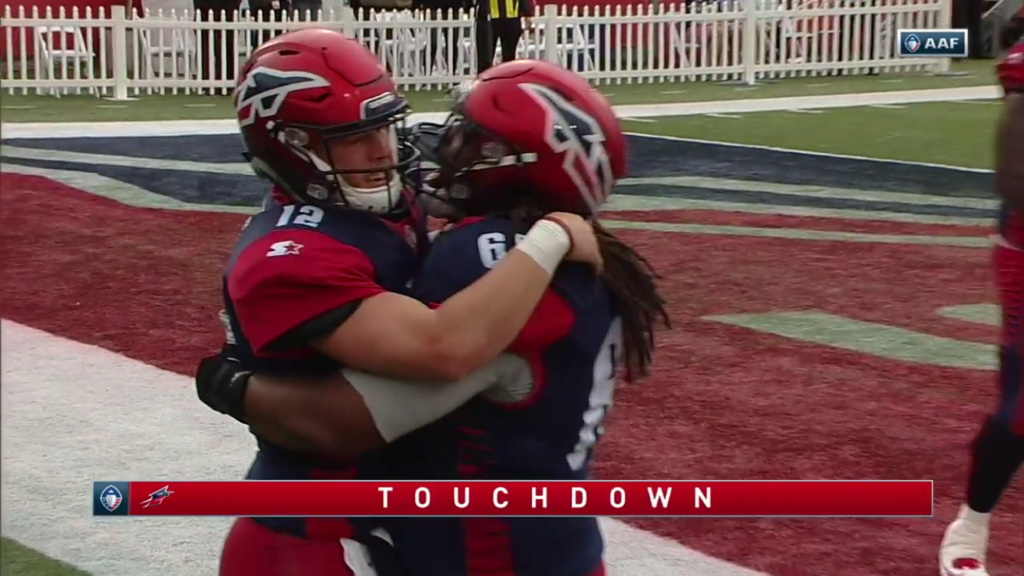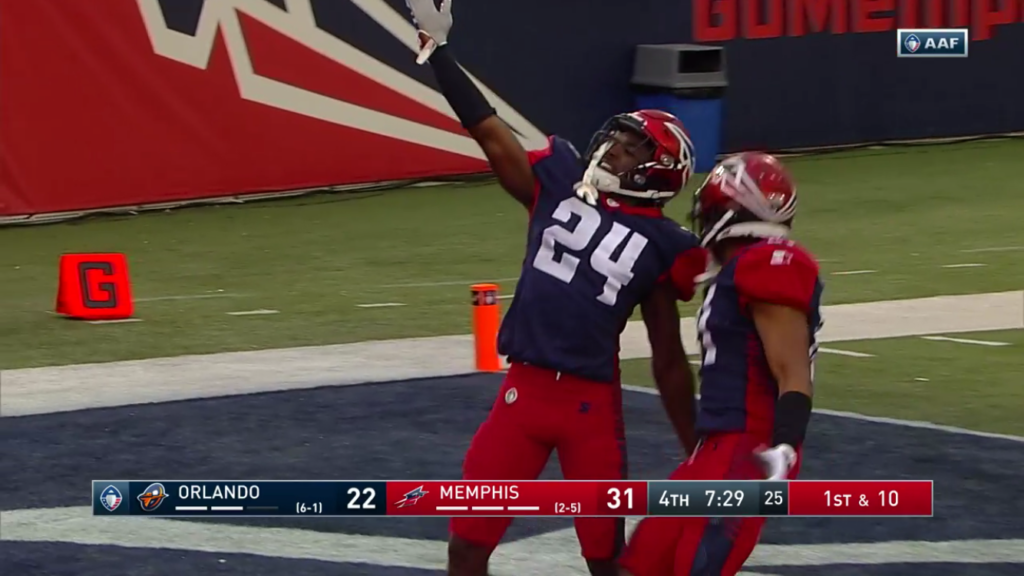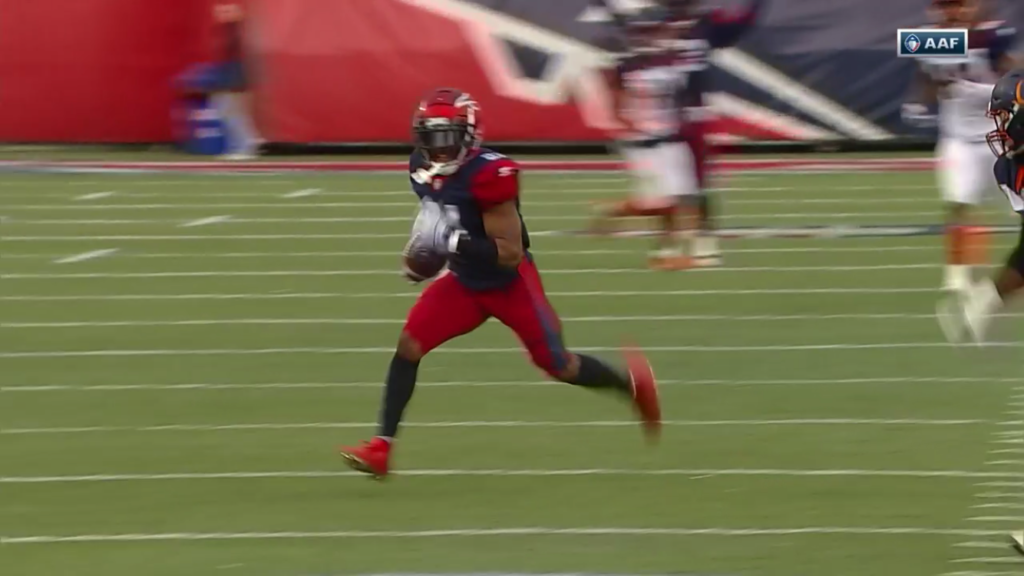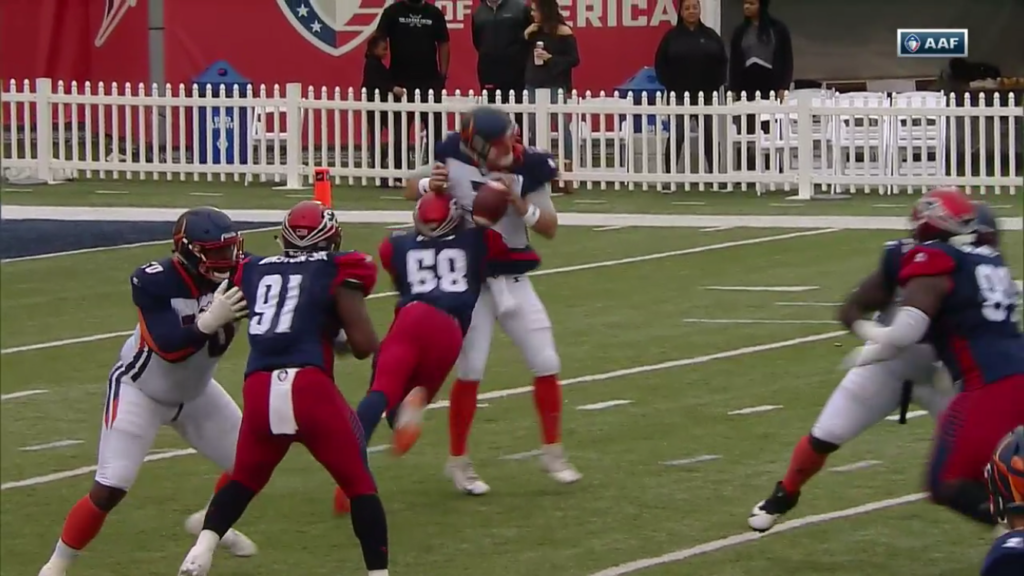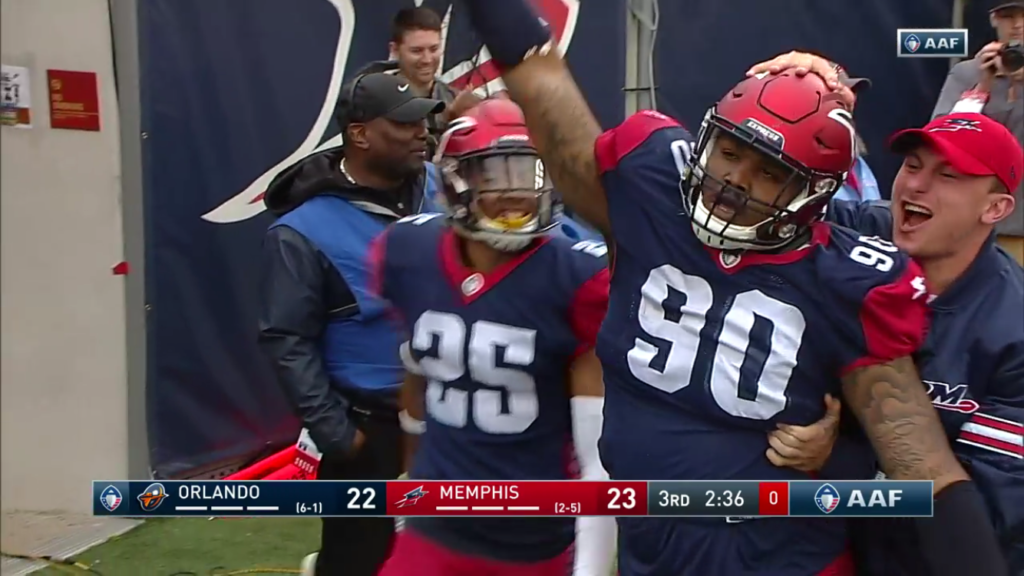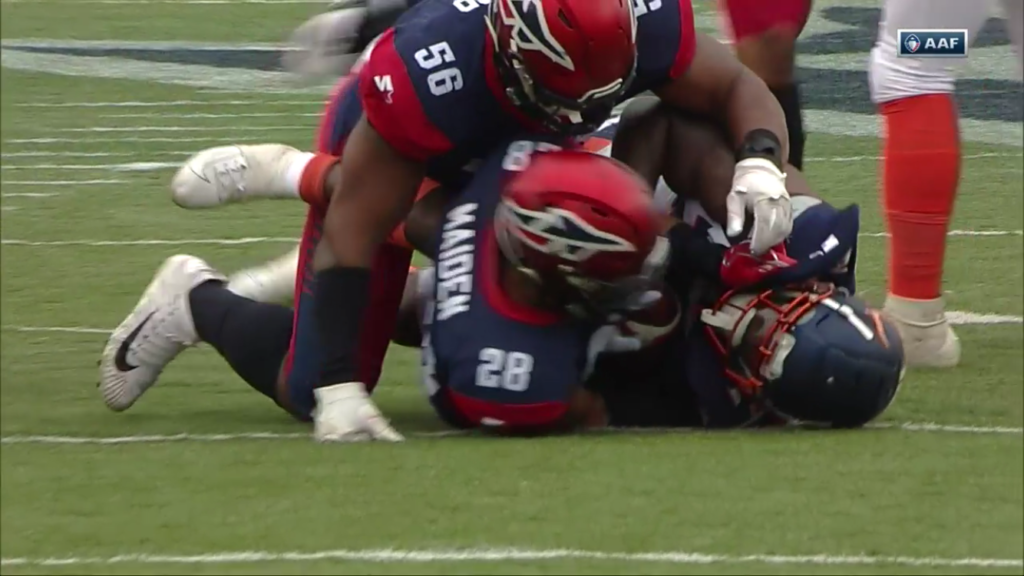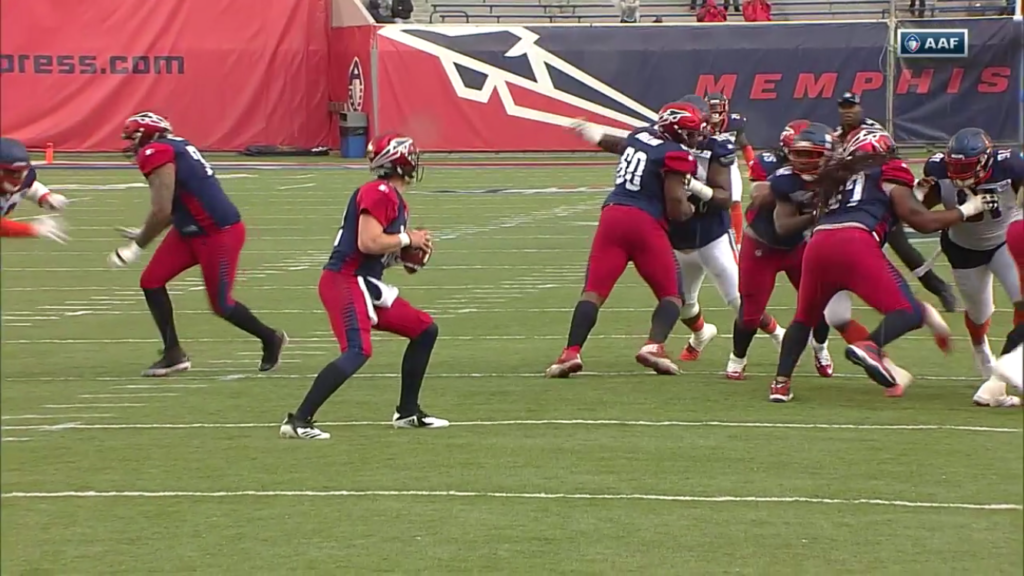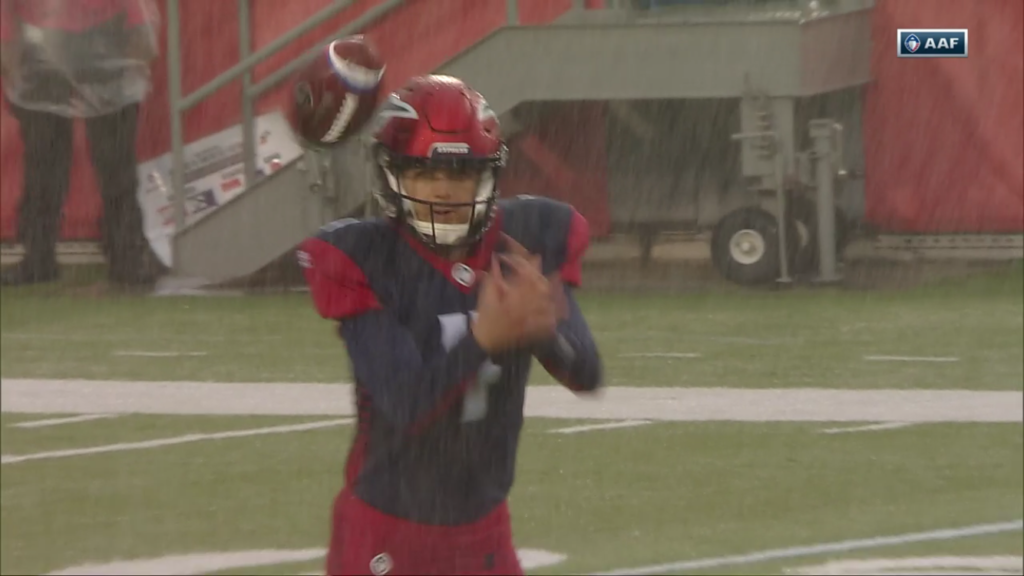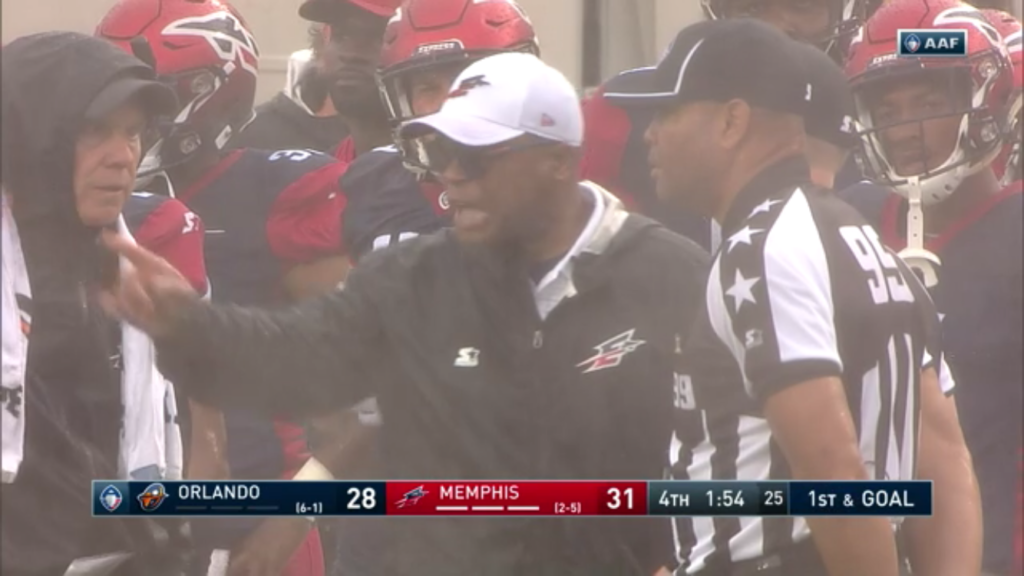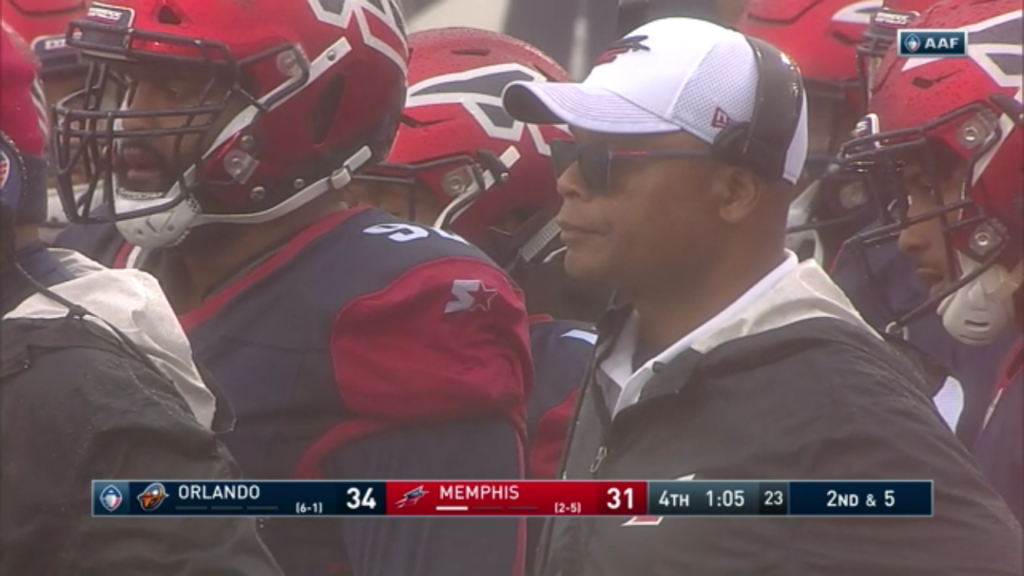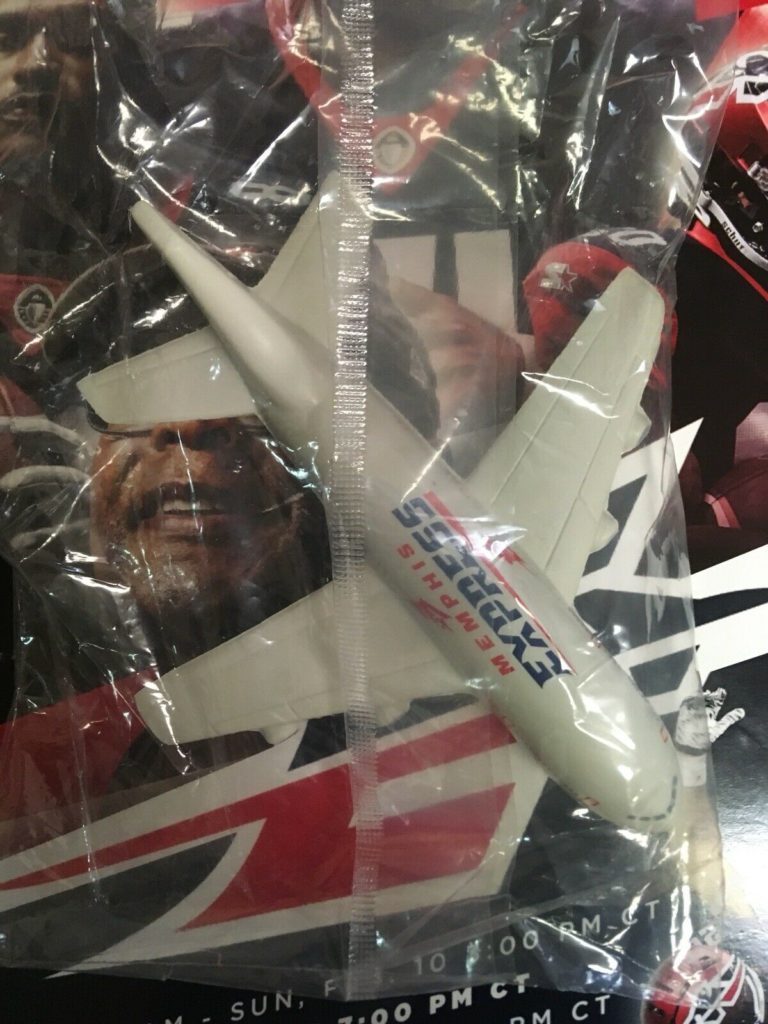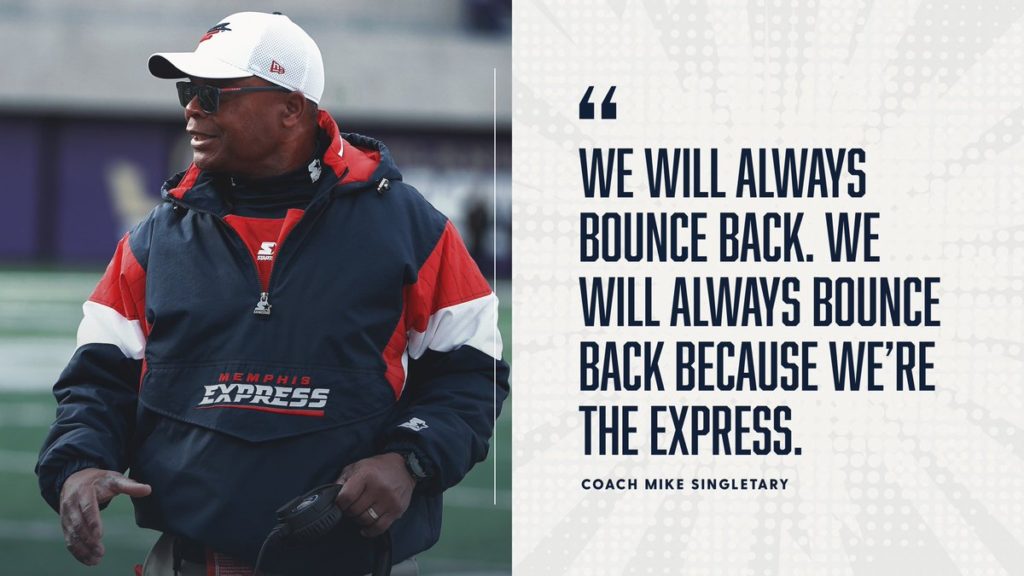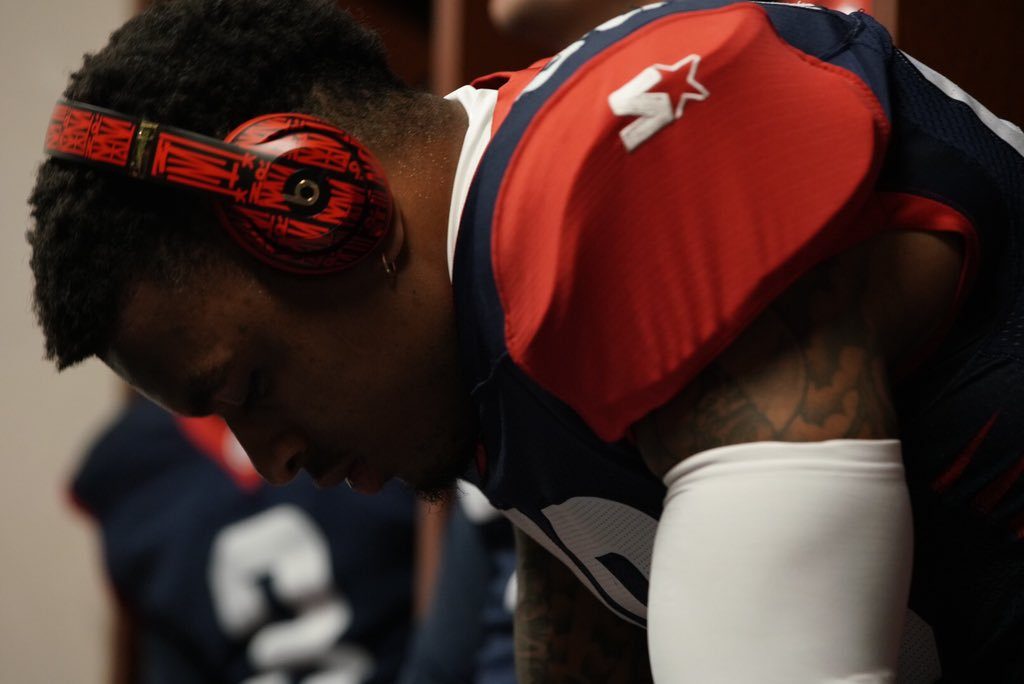
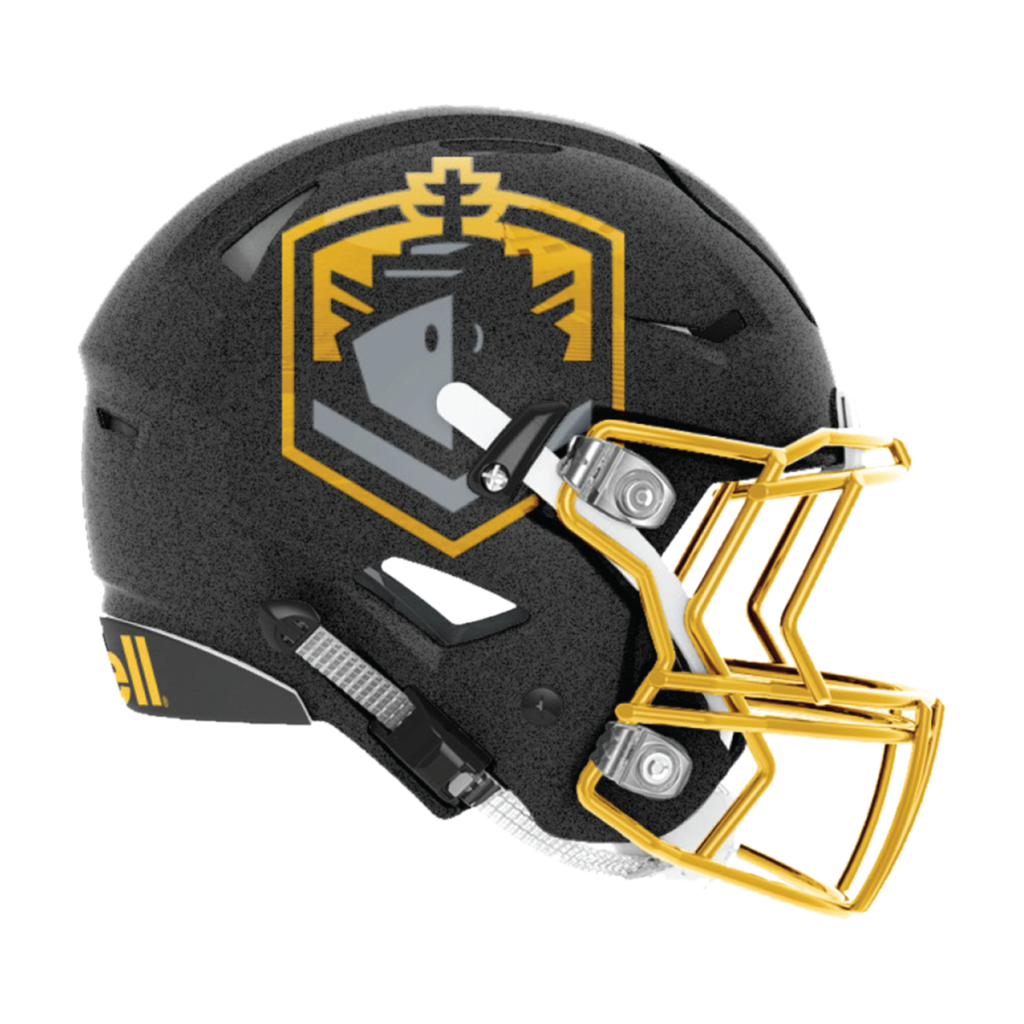
Record: 3-5
Head Coach: Mike Martz
Home Stadium: Qualcomm

The Fleet were decked out in battleship gray, gray, yellow, and white. SD’s alternate color jersey, flipped the battleship gray jersey out with the white numbers.
BACKGROUND:
San Diego was extremely sore about losing the Chargers back to Los Angeles in 2018- little less to Stub Hub stadium which only sat some 27,000 capacity. The city jumped at the chance to be a part of the AAF and was named as the 6th overall franchise to the league with Mike Martz as head coach. The pairing made sense as the offensive minded Martz was a big draw coach that could handle putting on a show for the media.
Martz immediately named a fully fleshed out staff, which caught the league off guard. Former NFL QB Jon Kitna as OC, and a variety of former NFL vets as positional coaches. Jackie Slater, TJ Houshmandzadeh, Vince Amey, and Dré Bly. For one reason or another which hasn’t been revealed, almost all of these coaches didn’t stick on the roster.
After Jon Kitna departed for the Dallas Cowboys to be their QBs coach, his brother Matt stepped in. Dre Bly got a college gig so Eric Allen stepped in and performed admirably in his first coaching stop.
Ex NFLers Lamont Jordan, did a great job coaching runningbacks, while Anthony Becht was working with the TE group. Az-Zahir Hakim who had played for Martz in St. Louis at WR coached a solid group for the Fleet.
Since San Diego had a large naval base in the area, the team adopted the Fleet name on September 25th, 2018. The Commanders and Fleet considered each others rivals thanks in part to many commonalities.
Bishop Sankey was the veteran, big eyebrow raising signing by this team- but before the first game he pulled his hamstring, and was limited most of the season.

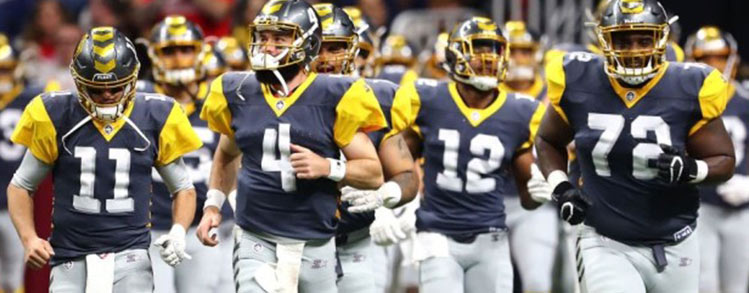
OFFENSE:
The San Diego Fleet under Mike Martz were expected to be a high octane offense, reminiscent of his teams in St. Louis. With the first overall selection of the Protect or Pick QB draft, the Fleet protected Josh Johnson. The pick was lauded as he was considered the most seasoned and intriguing quarterback in the league. His cousin Marshawn Lynch even mused coming out of retirement to play for the AAF so he could play with Josh. Things were abuzz in San Diego. The problem was, about a week later Josh got picked up by the Redskins.
Awkward.
Yeah so SD hoped that Josh would come back to them, but if not they’d wish him well anyway. In the end, Josh did perform well- but thankfully it was so soon after the draft that the Fleet was able to move forward with the quarterbacks they had.
In the stable was gunslinger Mike Bercovici, Alex Ross, and Philip Nelson. Bercovici was the day one starter, but after suffering a brutal beating during the first half against the Commanders in the first game, he’d be replaced in the lineup by Philip Nelson. Nelson shattered his clavicle in the 4th game and was replaced by Alex Ross in the lineup. The following week Berco took back over as starter for the remainder of the season while Alek Torgersen was added as insurance. Despite missing 3 and a half games, Bercovici was 6th in overall yardage with 1,311 yards. He also finished first with 9 interceptions. You could sense, despite his struggles though, fans overall really liked Mike. As a group the QBs finished second in yardage to only Orlando (1904).
The Fleet had some good receivers with two players ranking in the top 5 in yardage. Dontez Ford finished second in yards after the catch on just 15 receptions, and 3rd overall in yards (435), with his one and only TD catch, a 72 yard barn burner. Nelson Spruce also ranked among league leaders not far off with 426 yards (5th) and 2 TDs on 38 receptions- good for second in the league. Brian Brown was right at the periphery of the league leaders, finishing with 20 receptions for 224 yards.
The tight ends got a lot of work. All the teams in the league gushed over the potential former Dallas Cowboys project Gavin Escobar possessed. He clocked 16 receptions for 176 yards to rank 3rd on the team. Not far behind him was Marcus Baugh- the former Ohio State TE caught 13 passes for 208 yards and 2 TDs including at 38 yarder. Ben Johnson was also a reliable redzone option catching 12 passes for 75 yards and 2 TDs in 5 starts.
The runningbacks were at times utterly spectacular. Diminutive Ja’Quan Gardner led the Fleet with 311 yards on the ground (64 carries, 3TDs)- good for 8th in the league. His 83 yard scamper against San Antonio is a league record, and he led the Fleet backs with 12 receptions. Unfortunately he finished on IR. Terrell Watson also saw action in 8 games, putting together 271 yards on the ground (63 carries, 2 TDs). Finally, grizzled veteran Bishop Sankey had 30 carries for 119 yards in just 4 games. As a team San Diego finished in 4th place with 851 ground yards.
After being absolutely terrorized in the first game against San Antonio, the Fleet put together some decent offensive line production throughout the season, finishing fourth in the league allowing just 19 sacks. The team also boasted a 7 of a 11 (63%) 4th down success ratio.
DEFENSE:
(4-3) The Fleet’s defense was predicated on creating a lot of turnovers. Although they gave up a fair amount of yardage, they were pretty decent against the run (842 yards, 4th), but a bit more vulnerable through the air giving up 1768 yards (6th).
The secondary itself was tested early and often. Kameron Kelly (CB) had 4 interceptions and a TD along with 19 total tackles. Ryan Moeller also had a strong season with 4 interceptions for 97 yards and 37 total tackles at SS. Heartwarming comeback story Ron Brooks (CB), two years removed from an ACL tear, had a pick and 19 tackles, but really shined on special teams. Jordan Martin stepped in and had 31 total tackles and an interception. CFL DB Kendall James enforced the line of scrimmage with 36 total tackles, while Xavier Coleman finished with 15, and Demarius Travis came in at 13.
The leader of the linebacking corps without a doubt was another comeback story- AJ Tarpley. Hearing the siren’s call to play again Tarpley had a banner season for the Fleet with 35 total tackles, and an interception he returned 27 yards for a TD. Travis Feeney logged 30 tackles and a 3 yard interception. Galen Robinson and Eric Pinkins were also key contributors to the corps with 28 and 29 tackles respectively. Frank Ginda started just 2 of the 8 games he played in but led the linebackers with 37 total tackles, while John Lotulelei posted 23 total tackles in 2 of the 8 games he started as well.
Along the defensive line, Damontre Moore (DE) was a house wrecker, leading the team in tackles (39) and was second in the league in sacks (7). Shakir Soto at DT had 4 sacks and 21 total tackles. Next to him was Taniela Tupou, with 24 total tackles and a sack. Alex Barrett played on the opposite side of Moore and had 29 total tackles and 1.5 sacks.
SPECIAL TEAMS:
The Fleet boasted the stiffest punt return unit in the league allowing just 12 returns for 57 yards (14 lg) and 10 fair catches. Their punt return unit was also the best in the league. Ron Brooks had 18 returns for 212 yards, and a 57 yard TD- the first in league history. The team employed two punters, but primarily it landed on Sam Irwin-Hill’s shoulders. He had 30 punts for 1,312 yards, dropping 10 in the 20.
Donny Hageman got plenty of chances to kick field goals hitting 14/19 attempts, winning an exciting match up against the Stallions in the final seconds. Hageman also blew the shortest field goal in AAF history against SLC in the final week of the season.
THE SEASON:
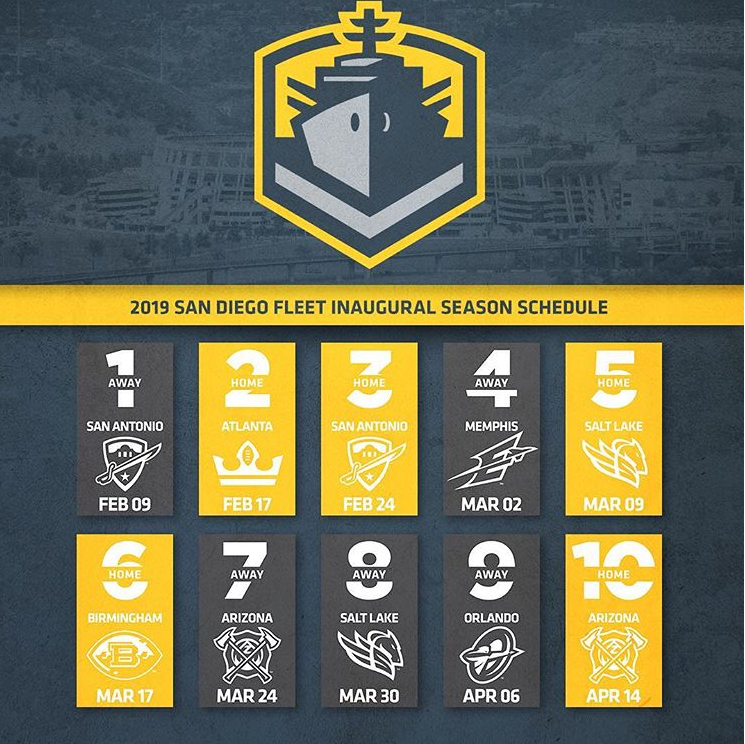
San Diego fans really wanted to stick it to Dean Spanos’ family after they left for Los Angeles so they were eager to embrace the Fleet. The Fleet looked at their rival Commanders team in San Antonio and wanted to top those numbers. San Diego had relatively encouraging numbers for an inaugural Spring football team- and the numbers they were pulling in were comparable to the Chargers before they left.
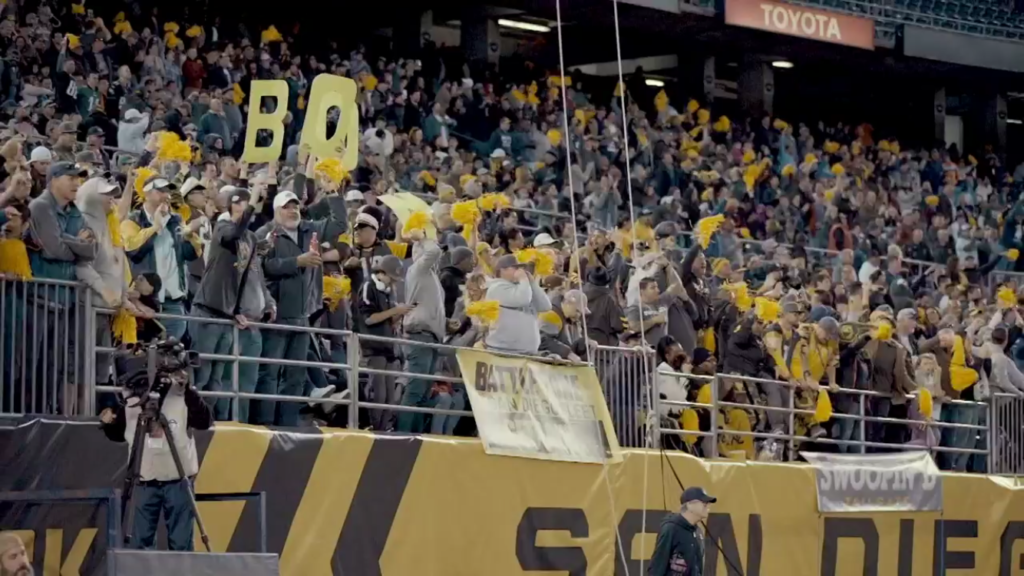
The Fleet’s 20,019 in Week 2 was the 3rd largest day home opening crowd in the league, and second highest that week to only San Antonio. After a dip down to 14,789 in week 3 in SDs rematch against the Commanders, the Fleet set team records for attendance in week 5 with 20,823, and then in Week 6 with 20,986. As the Commanders were in the midst of a 4 game road schedule, San Diego led the league in attendance through both of those weeks. When the league collapsed, the Fleet had one more home game left against the Hotshots in Week 10. San Diego’s overall attendance was good enough to rank second in the league, and 3rd in overall average attendance (19,154).
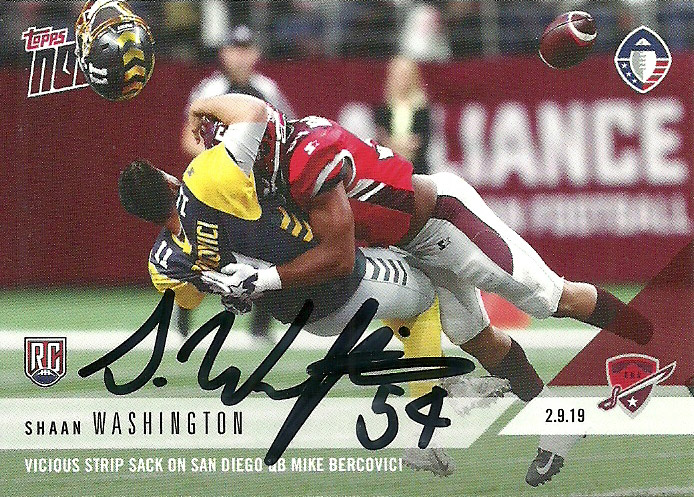
| WEEK 1 | 1 | 2 | 3 | 4 | F |
| SD | 0 | 6 | 0 | 0 | 6 |
| SA | 0 | 6 | 0 | 9 | 15 |
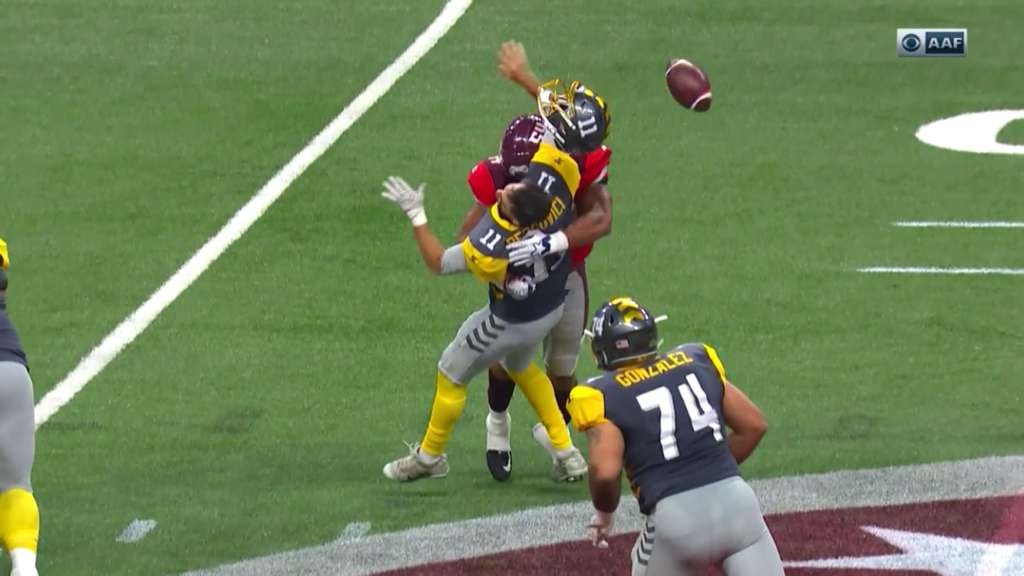
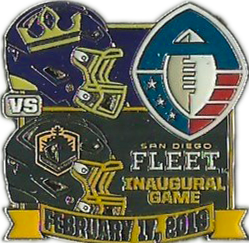
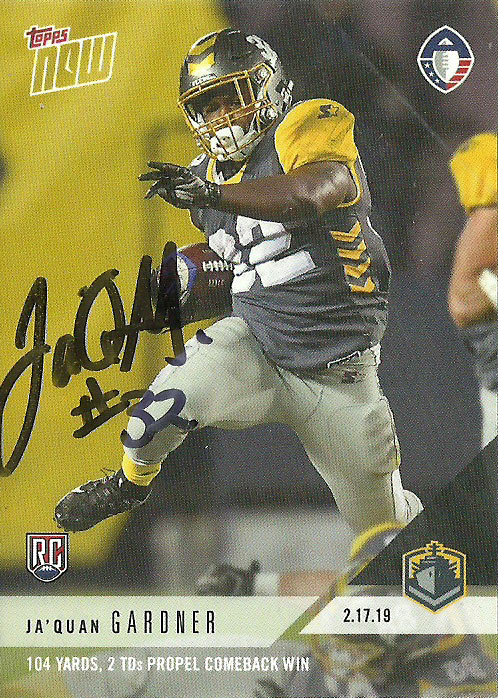
| WEEK 2 | 1 | 2 | 3 | 4 | F |
| SD | 0 | 6 | 3 | 15 | 24 |
| ATL | 9 | 0 | 0 | 3 | 12 |
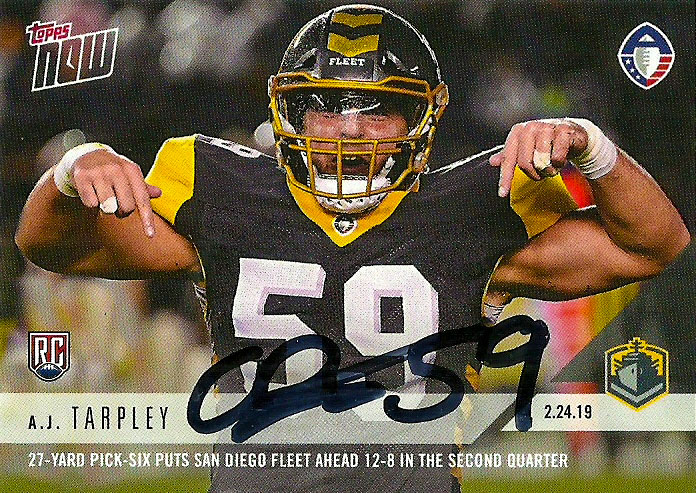
| WEEK 3 | 1 | 2 | 3 | 4 | F |
| SD | 6 | 16 | 6 | 3 | 31 |
| SA | 8 | 0 | 3 | 0 | 11 |
record TD scamper.
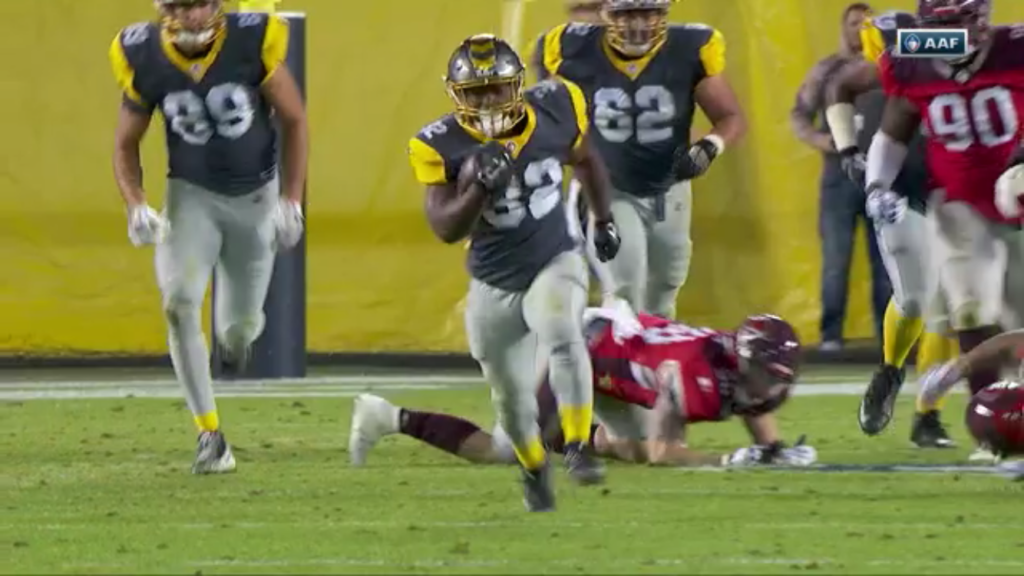
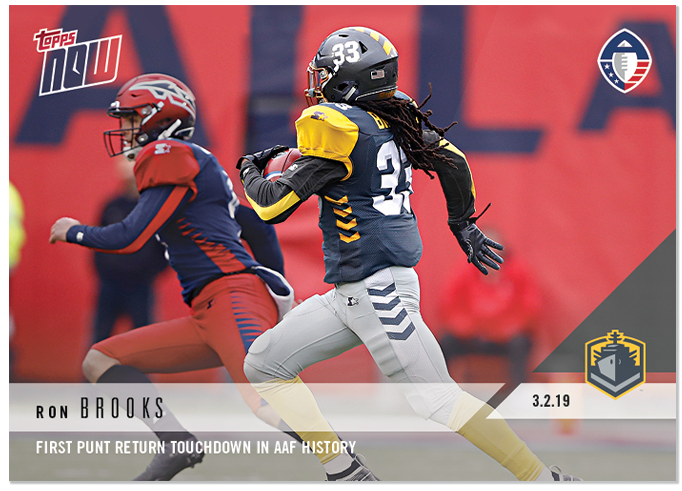
| WEEK 4 | 1 | 2 | 3 | 4 | F |
| SD | 14 | 6 | 0 | 3 | 23 |
| MEM | 3 | 12 | 0 | 11 | 26 |

| WEEK 5 | 1 | 2 | 3 | 4 | F |
| SD | 3 | 3 | 12 | 9 | 27 |
| SLC | 8 | 0 | 3 | 14 | 25 |
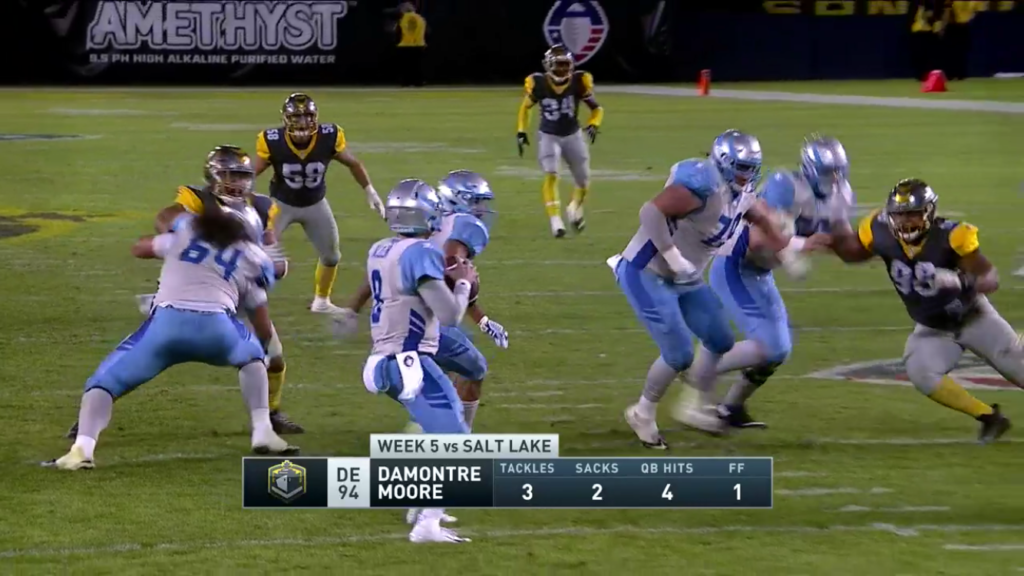
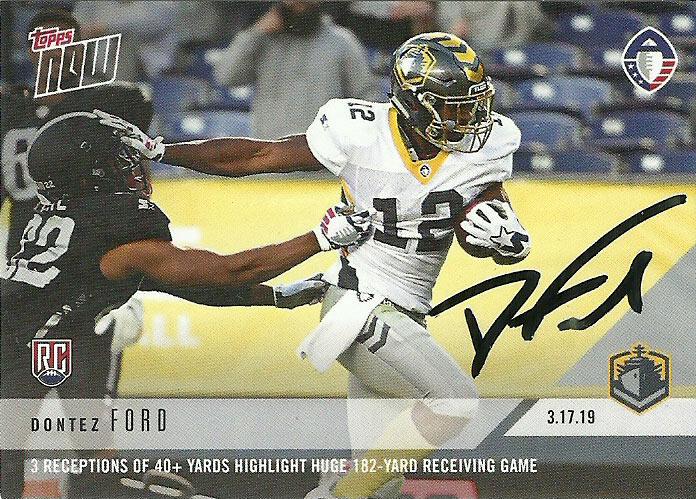
| WEEK 6 | 1 | 2 | 3 | 4 | F |
| SD | 3 | 6 | 14 | 6 | 29 |
| BIR | 6 | 9 | 6 | 11 | 32 |
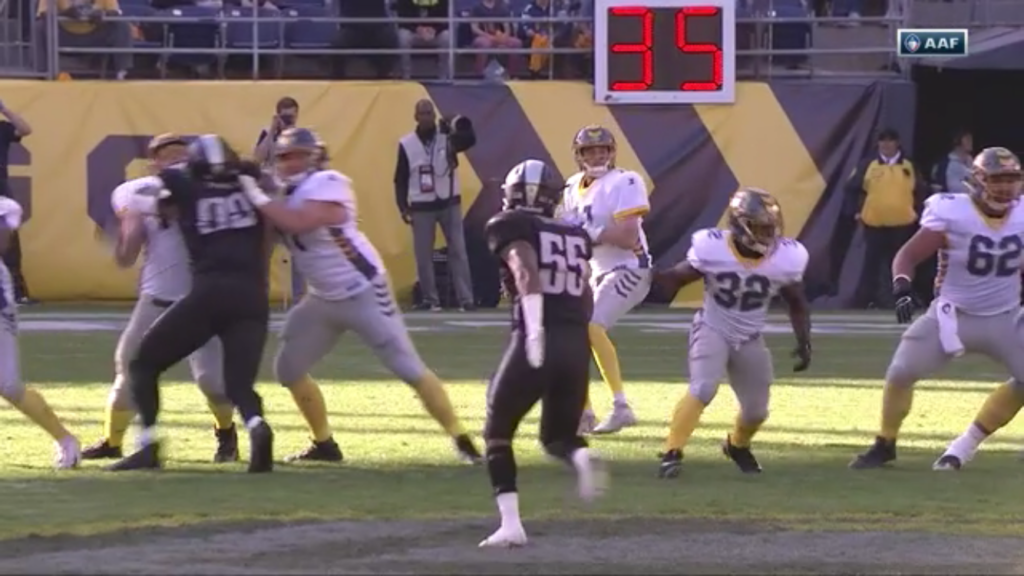
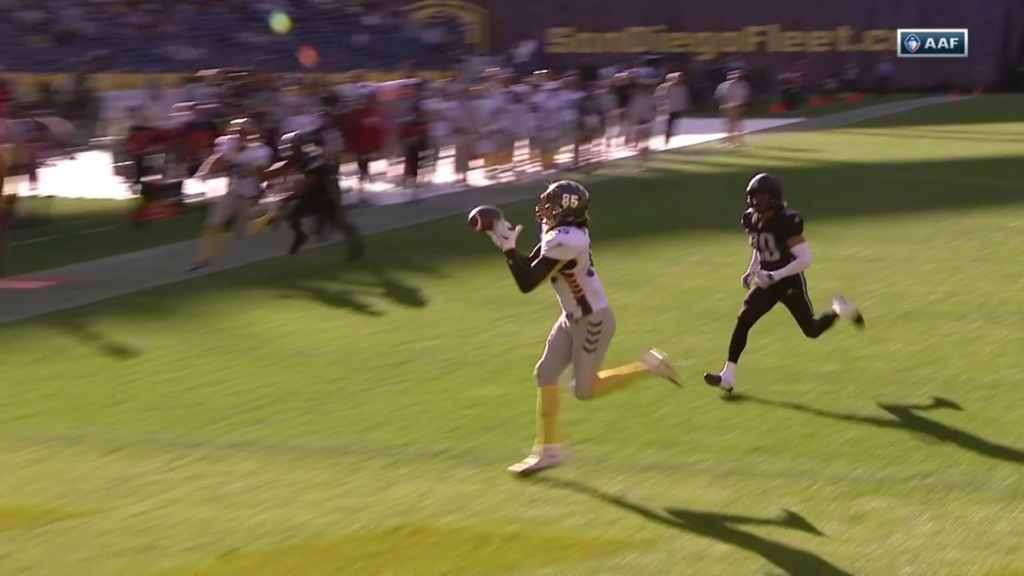
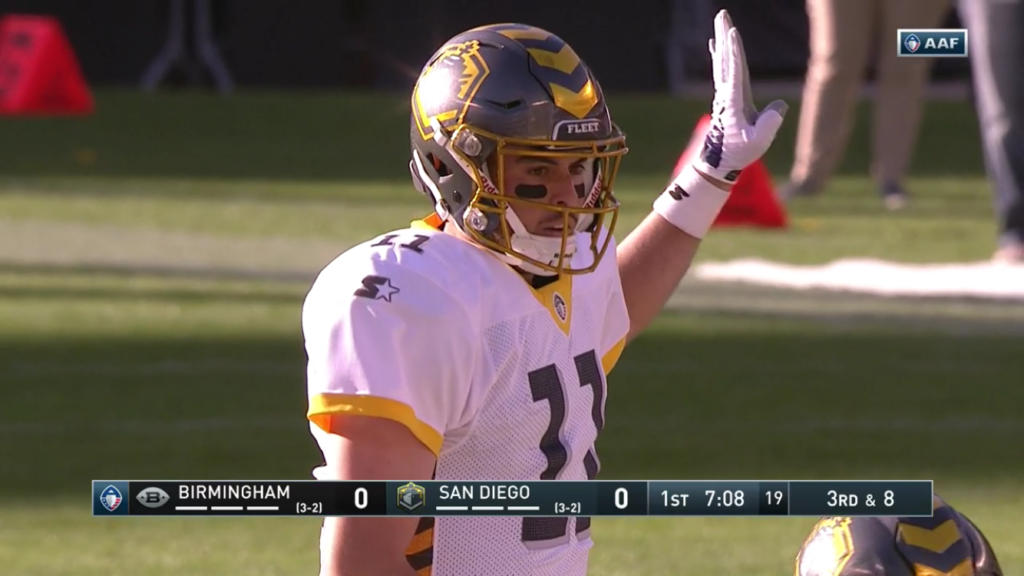
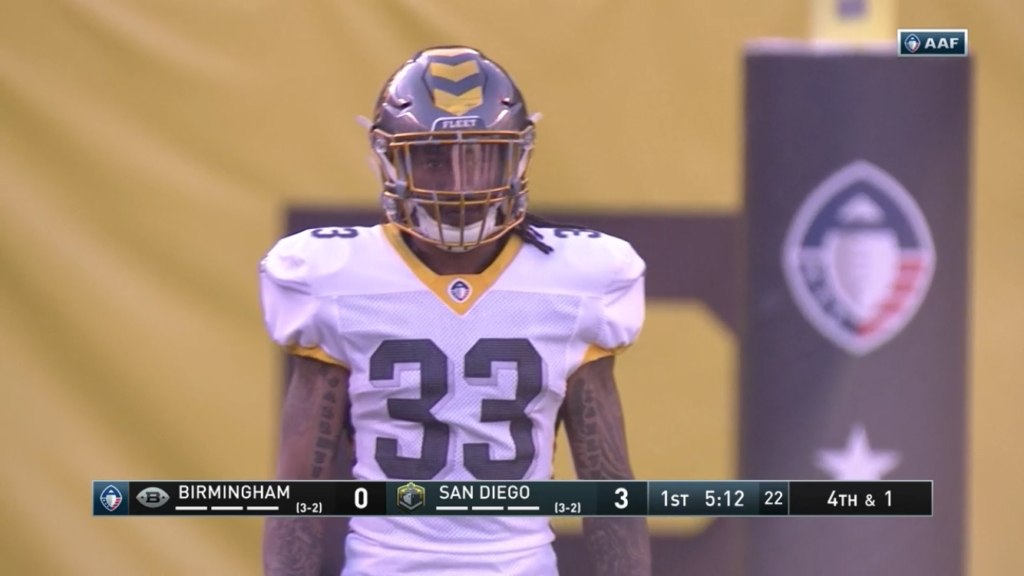
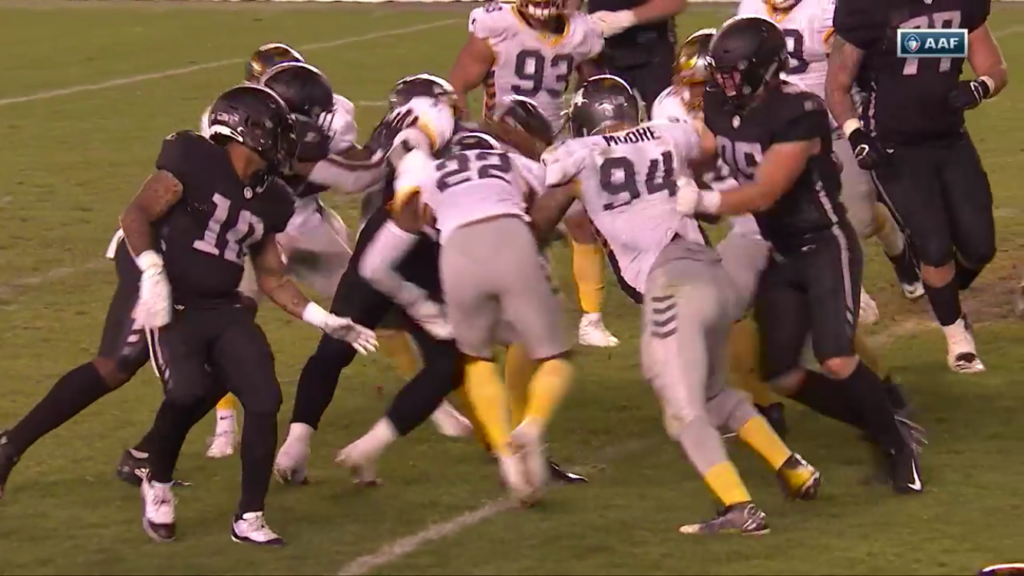
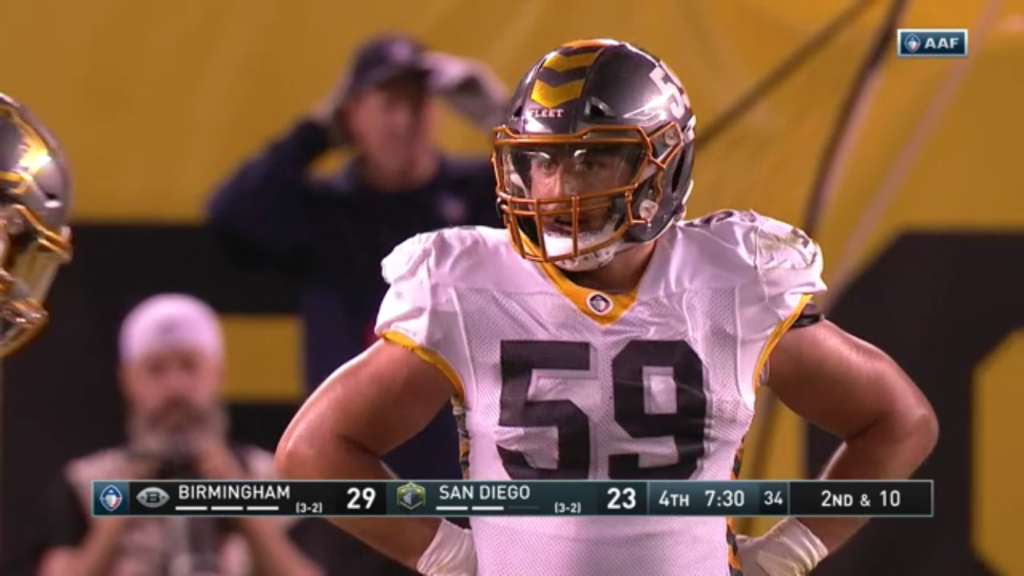
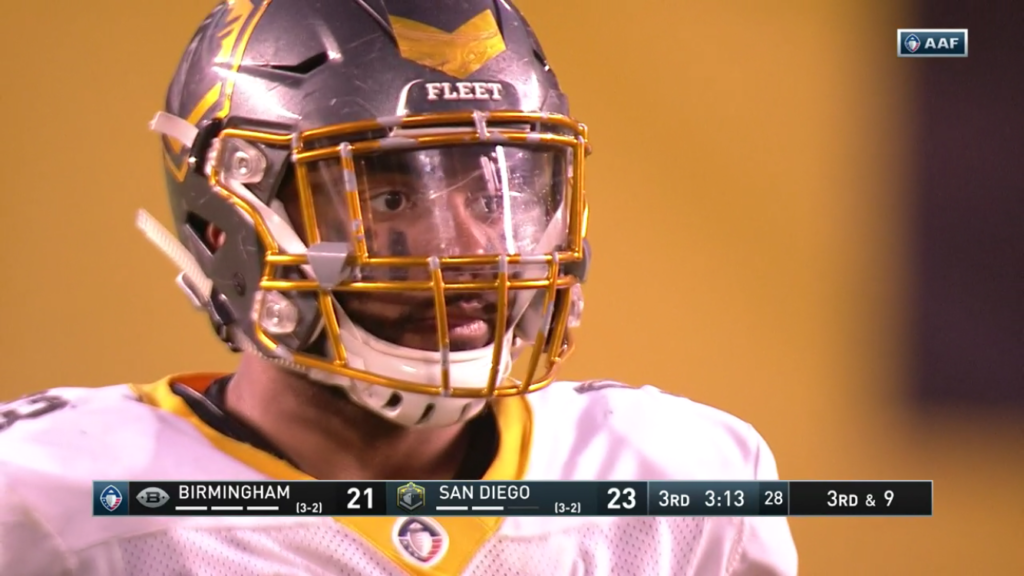

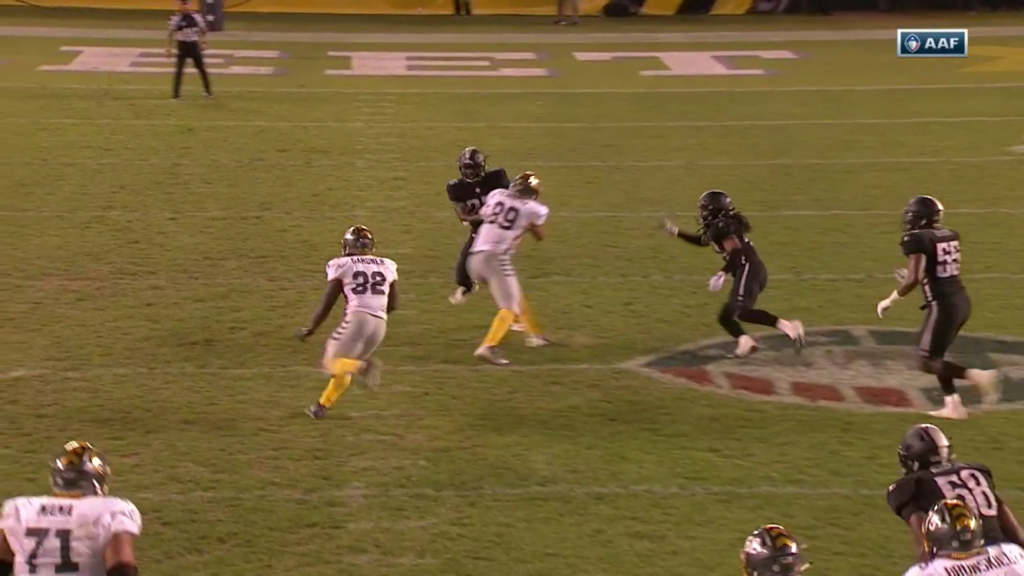

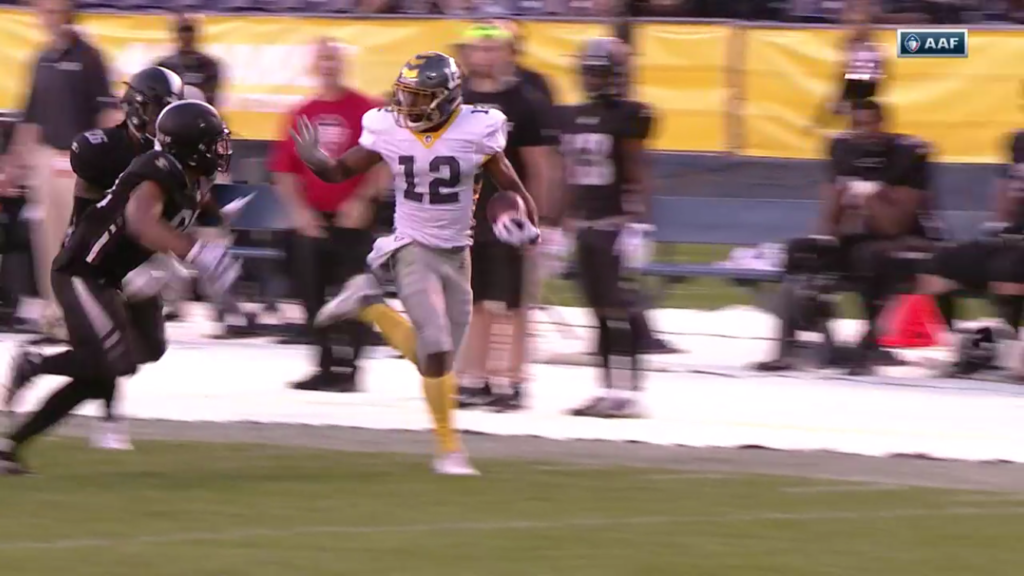

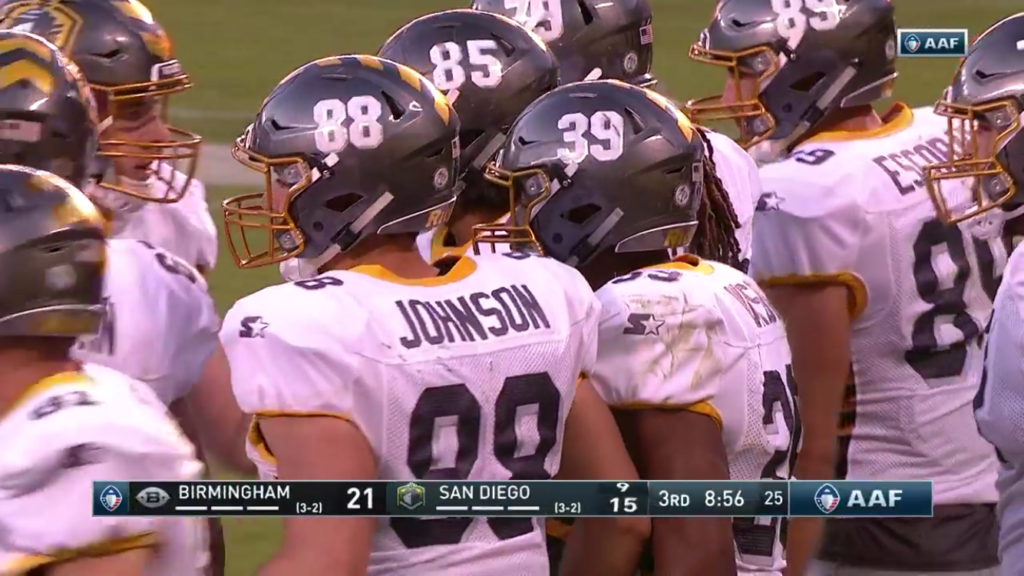
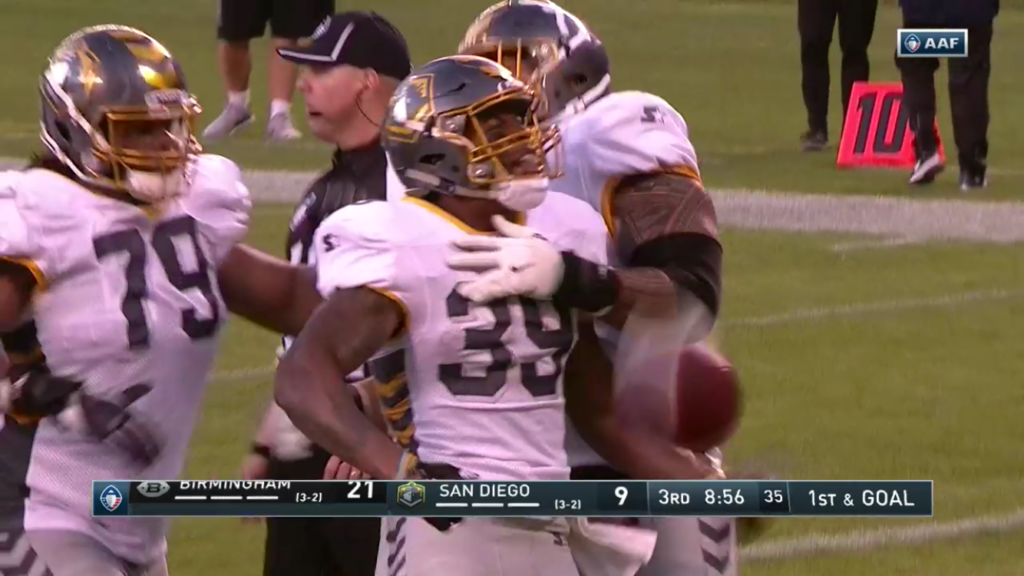
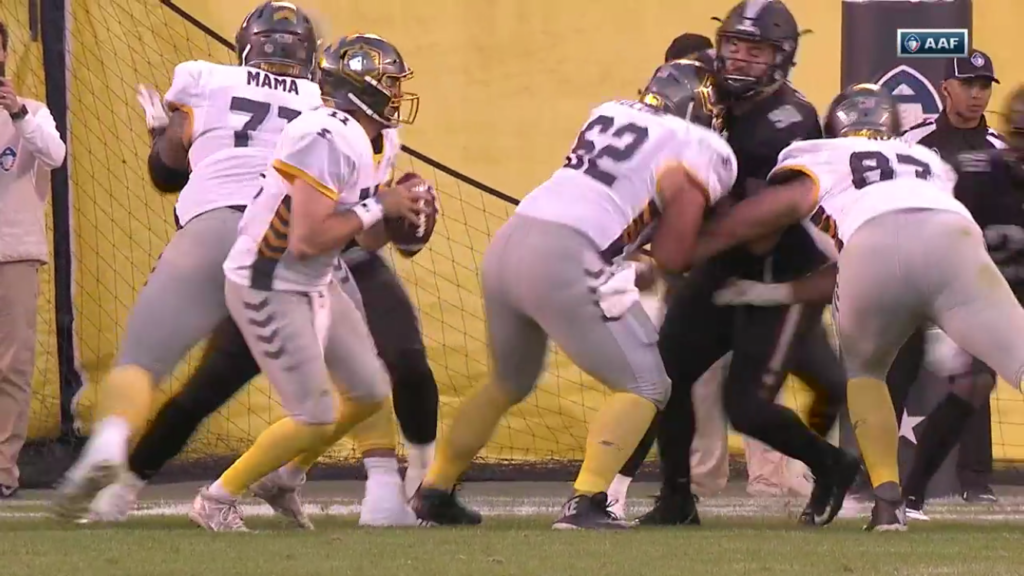
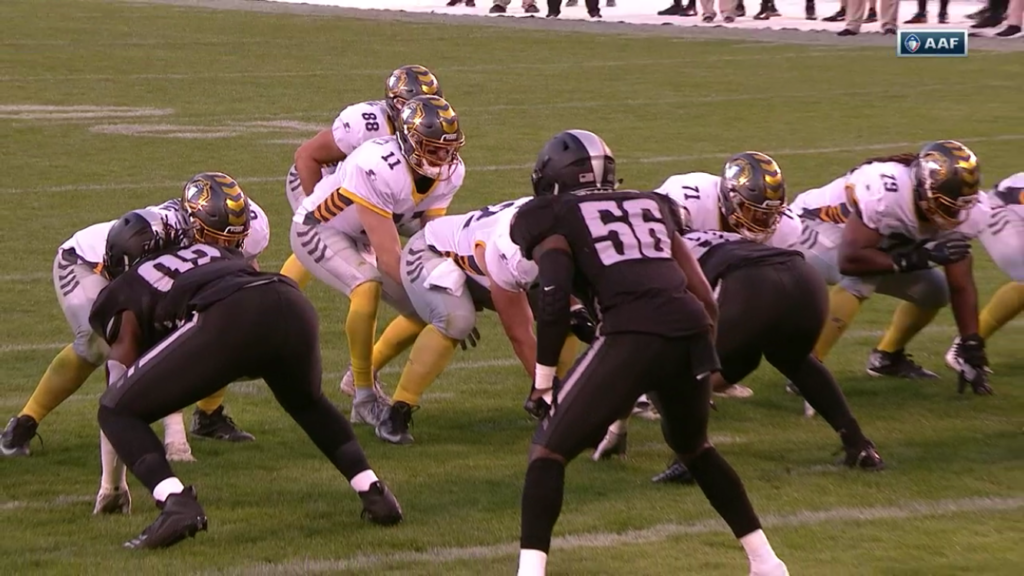
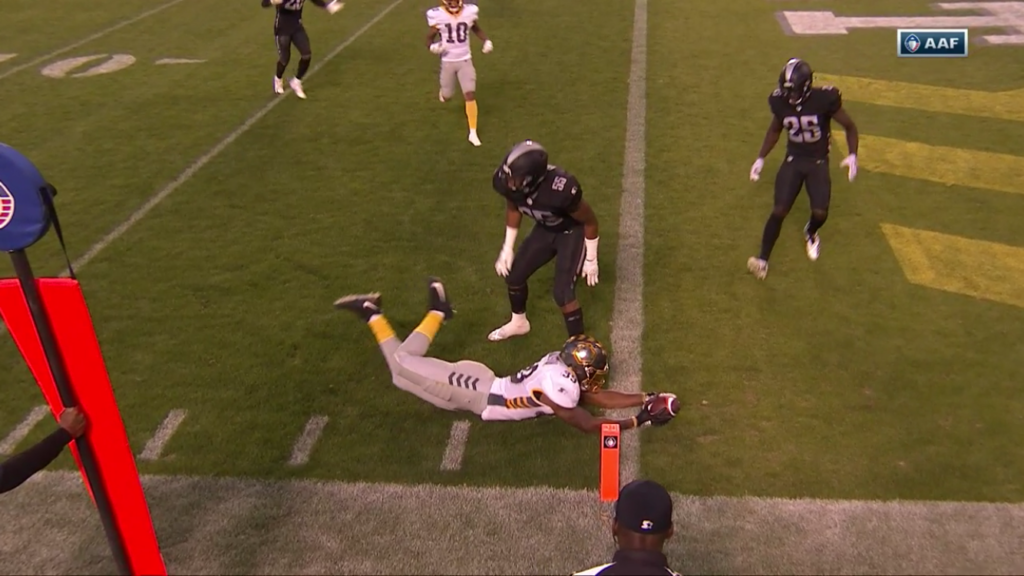
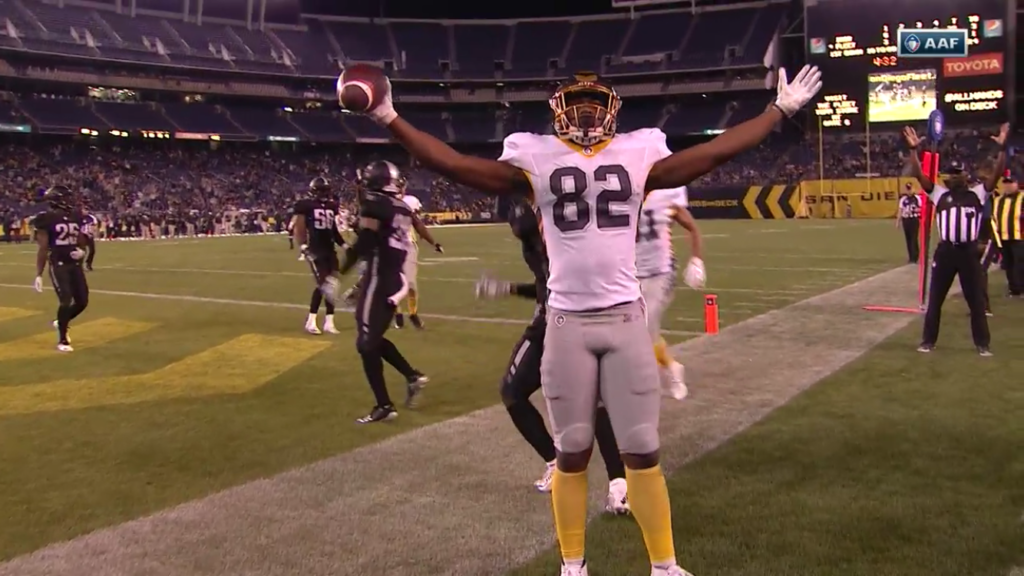
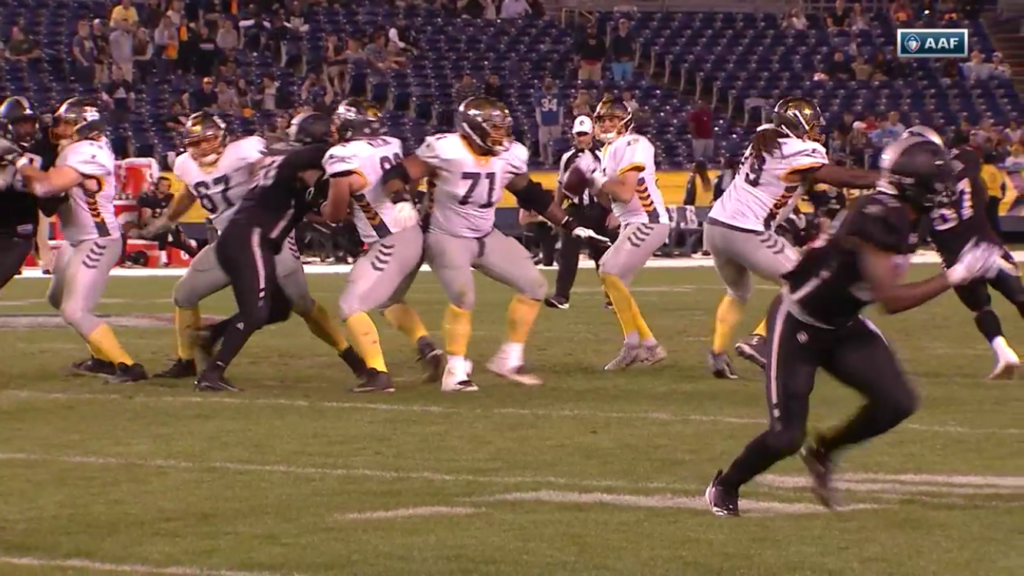
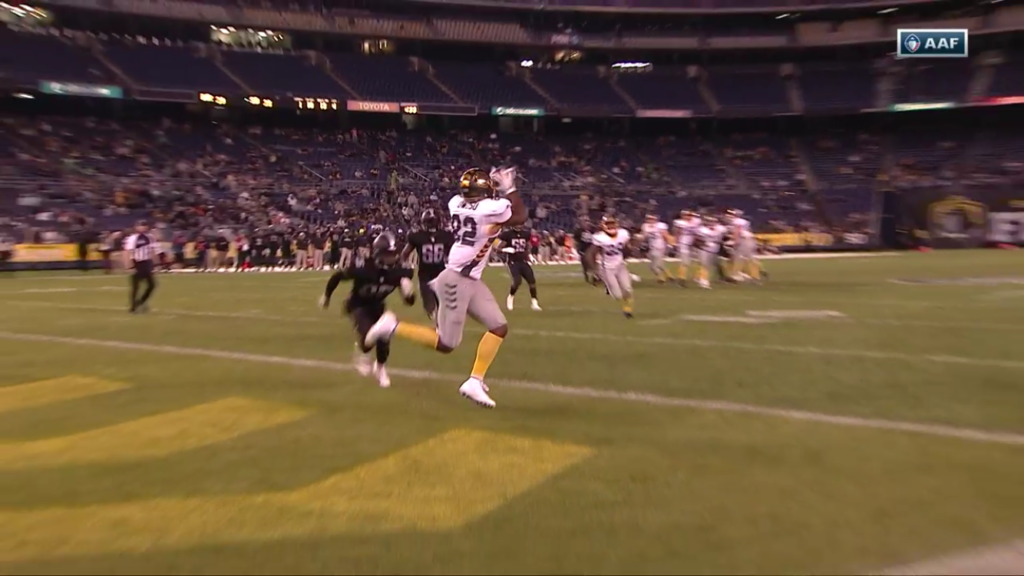
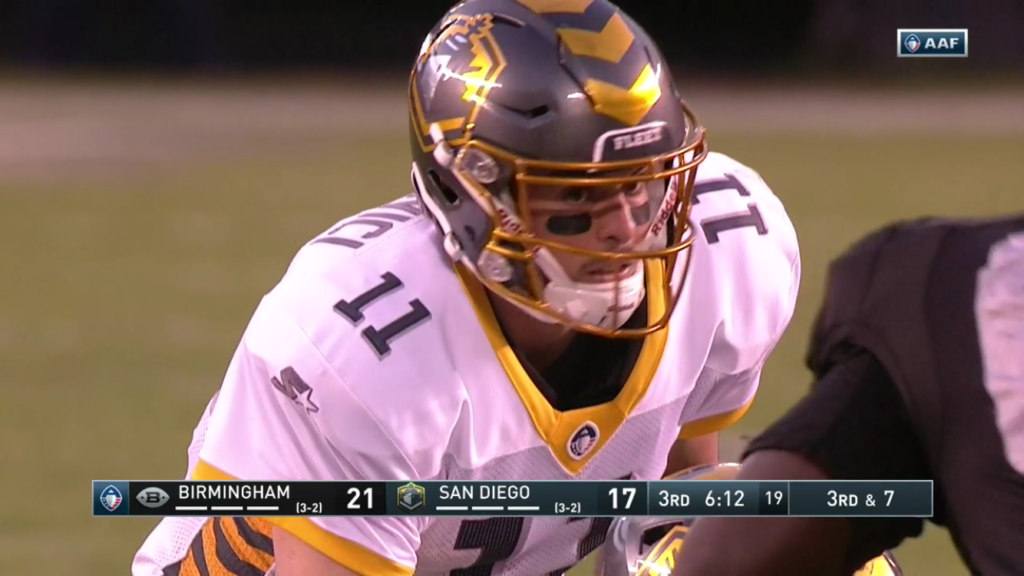
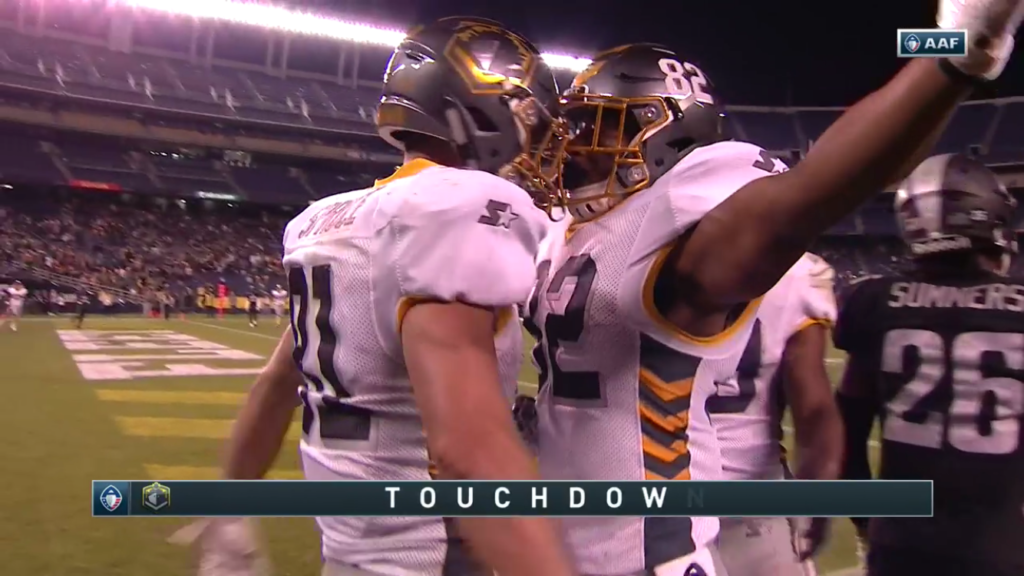
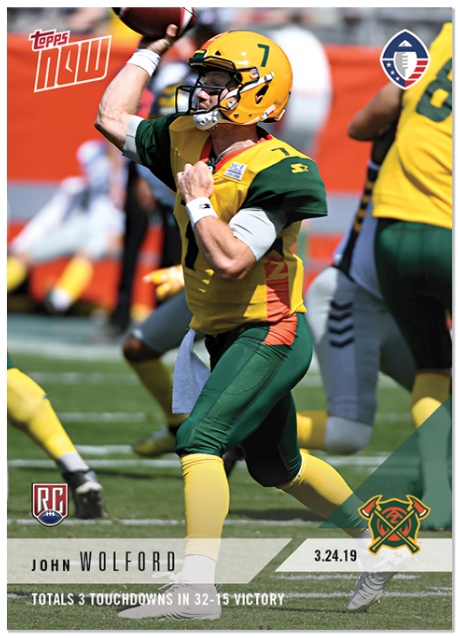
| WEEK 7 | 1 | 2 | 3 | 4 | F |
| SD | 9 | 6 | 0 | 0 | 15 |
| ARZ | 9 | 14 | 0 | 9 | 32 |
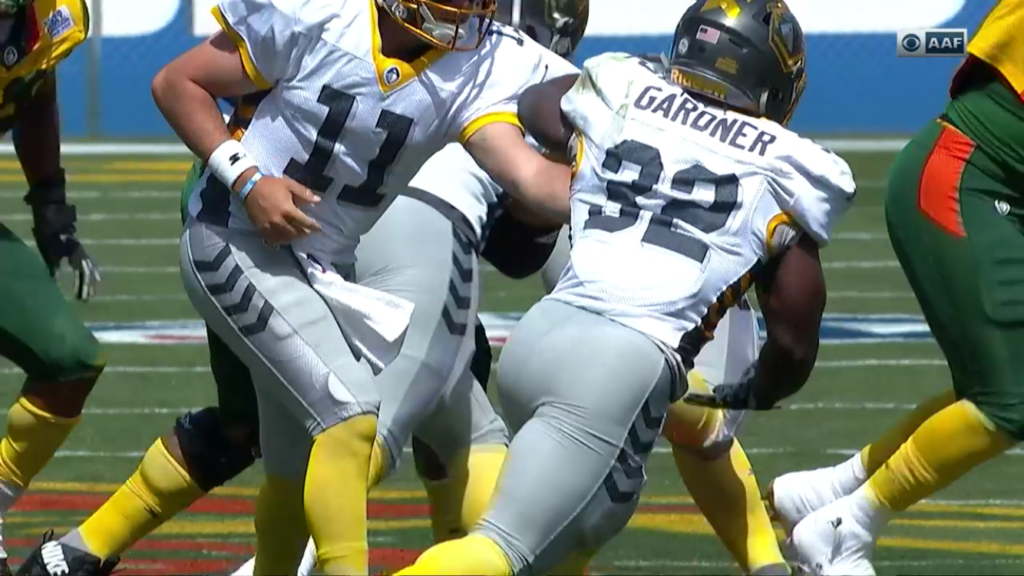
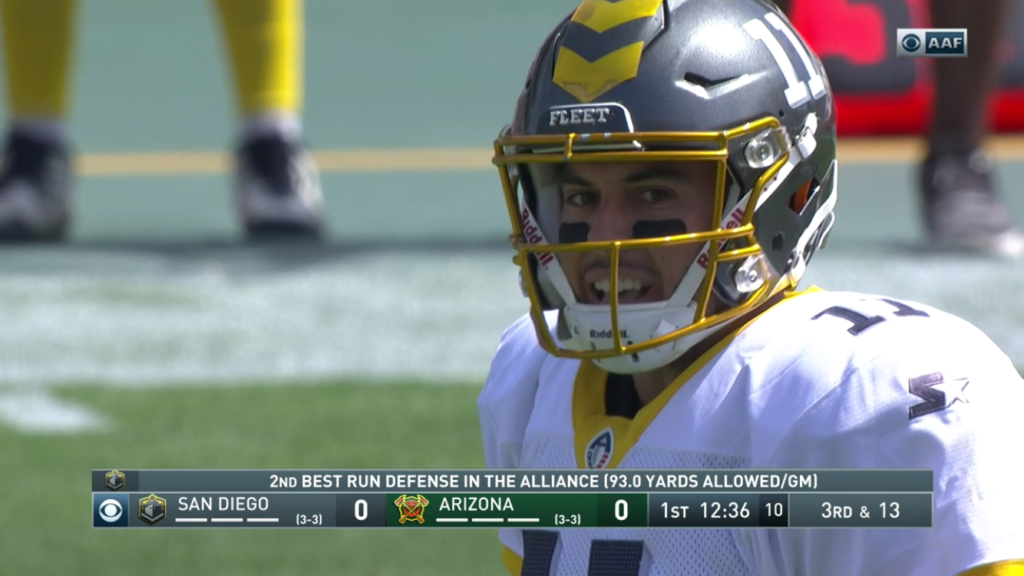


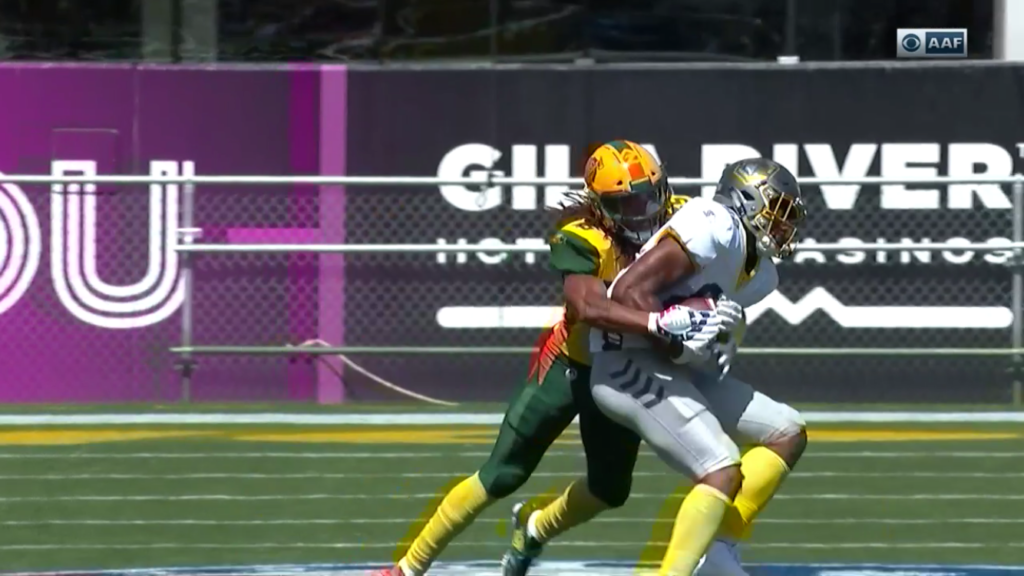
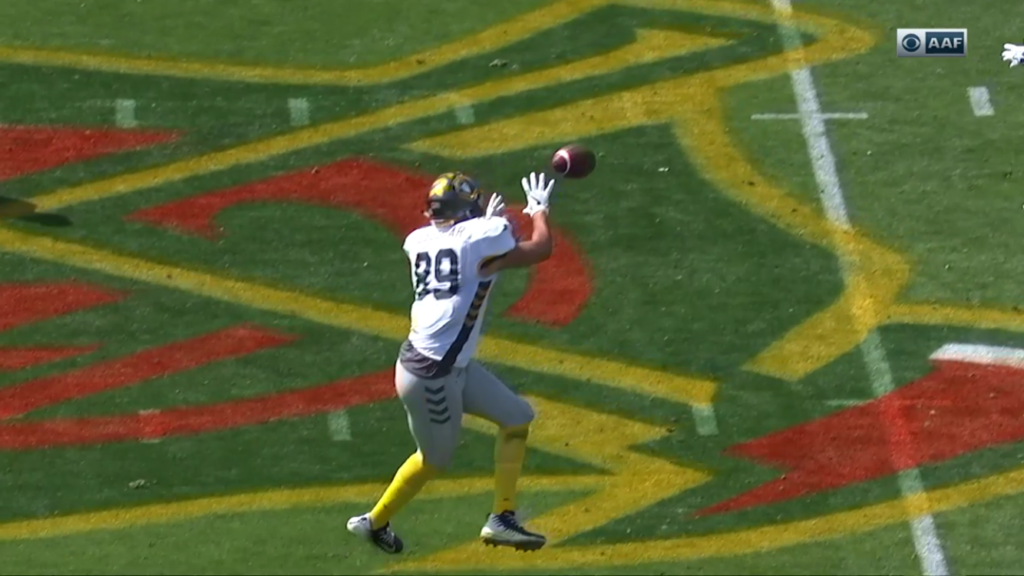
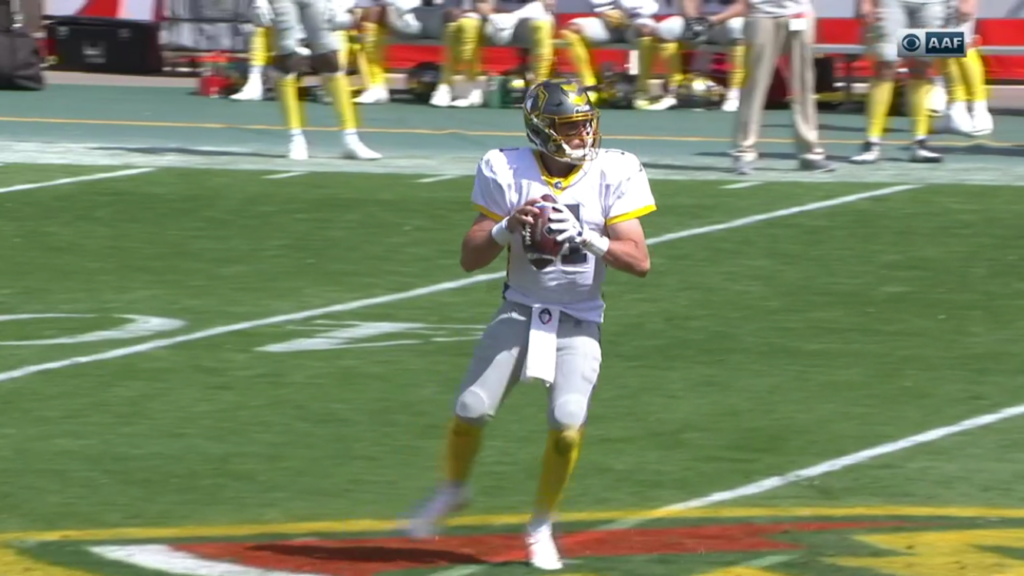
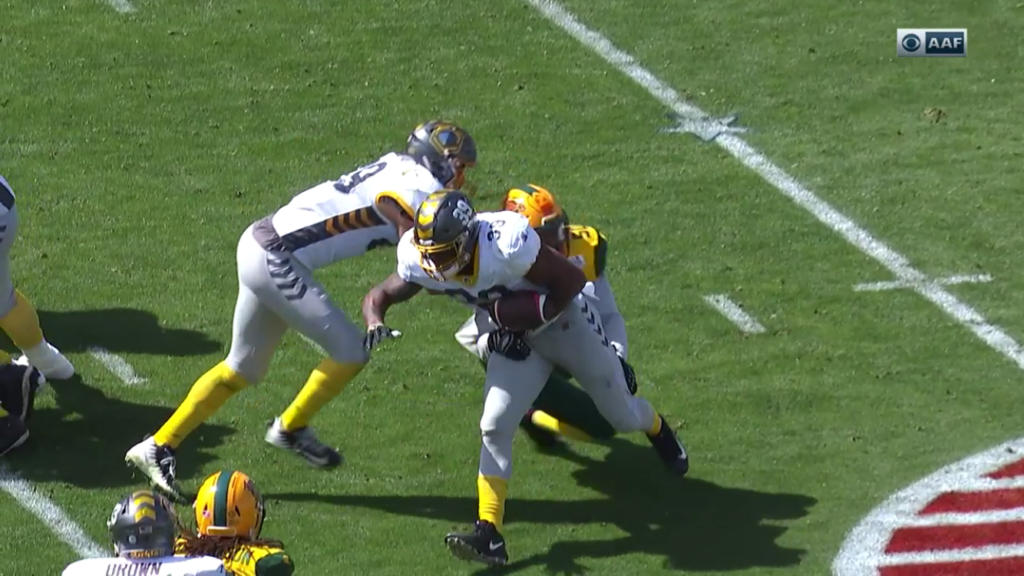
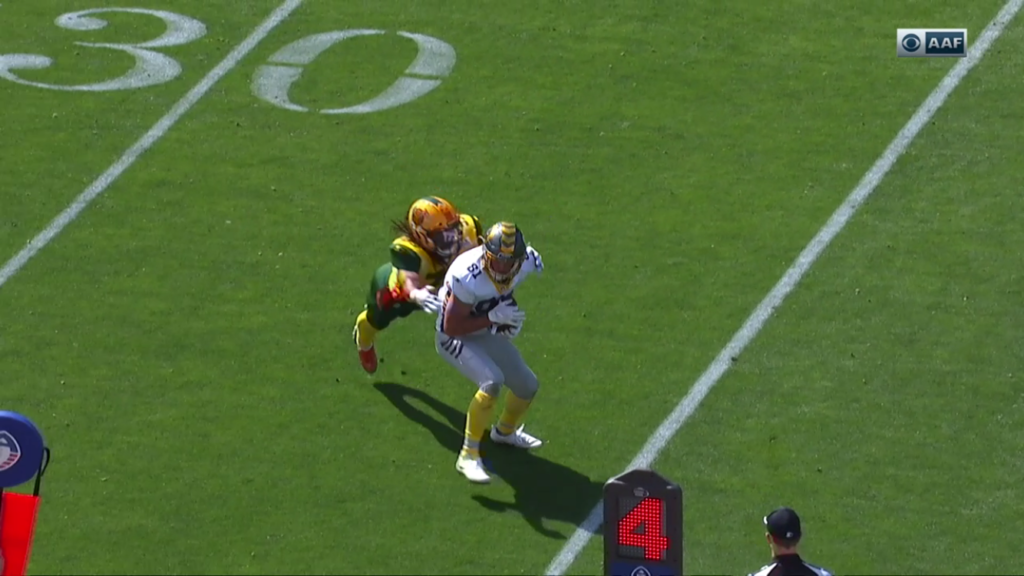

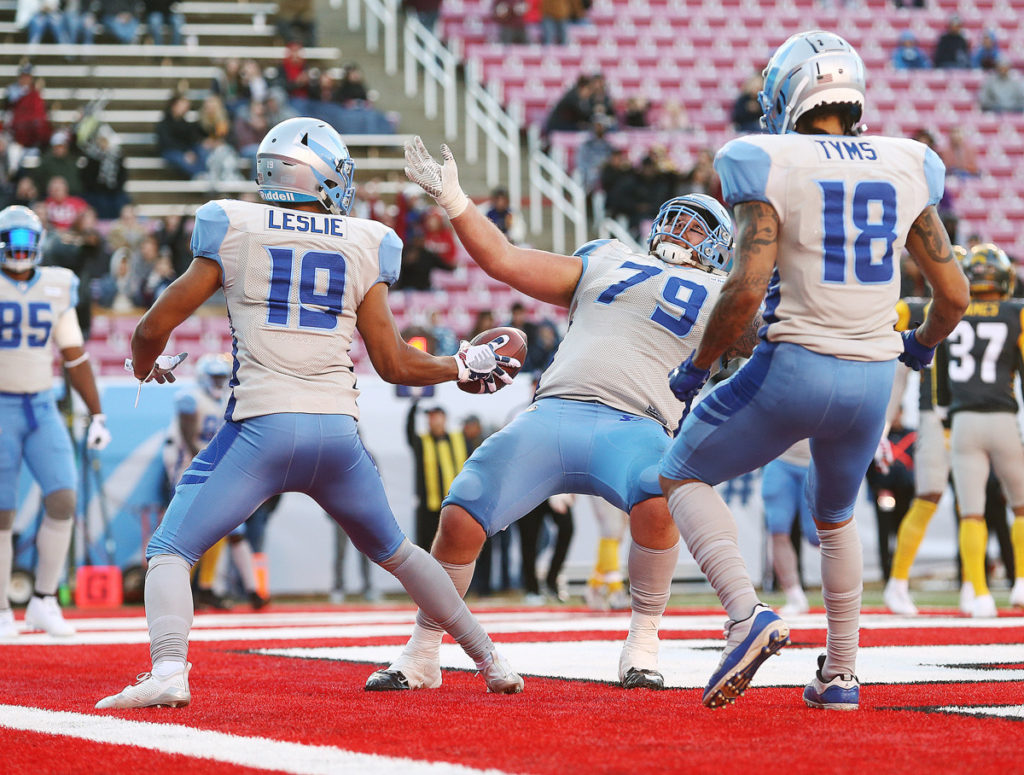
| WEEK 8 | 1 | 2 | 3 | 4 | F |
| SD | 0 | 0 | 0 | 3 | 3 |
| SLC | 0 | 8 | 0 | 0 | 8 |


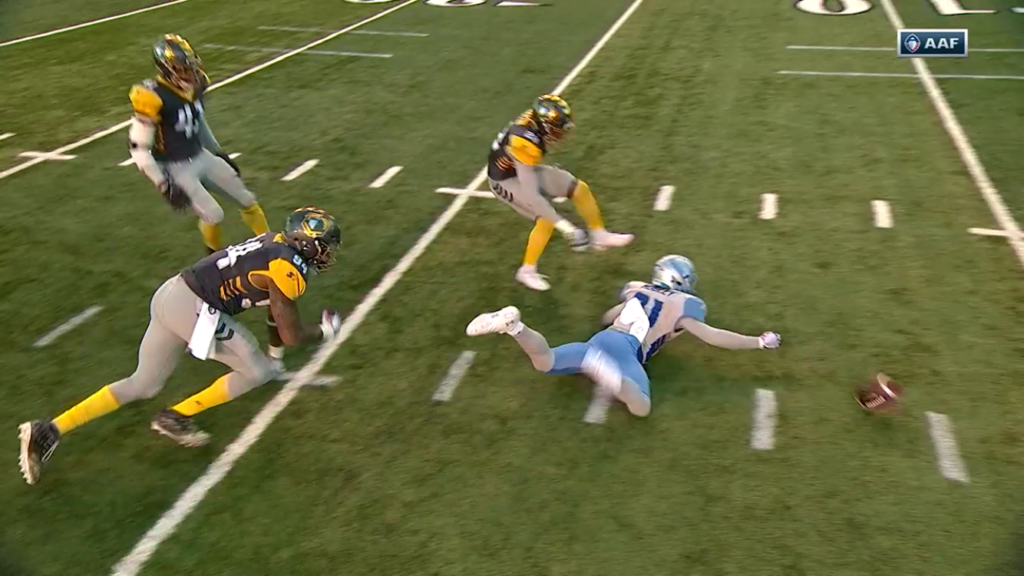
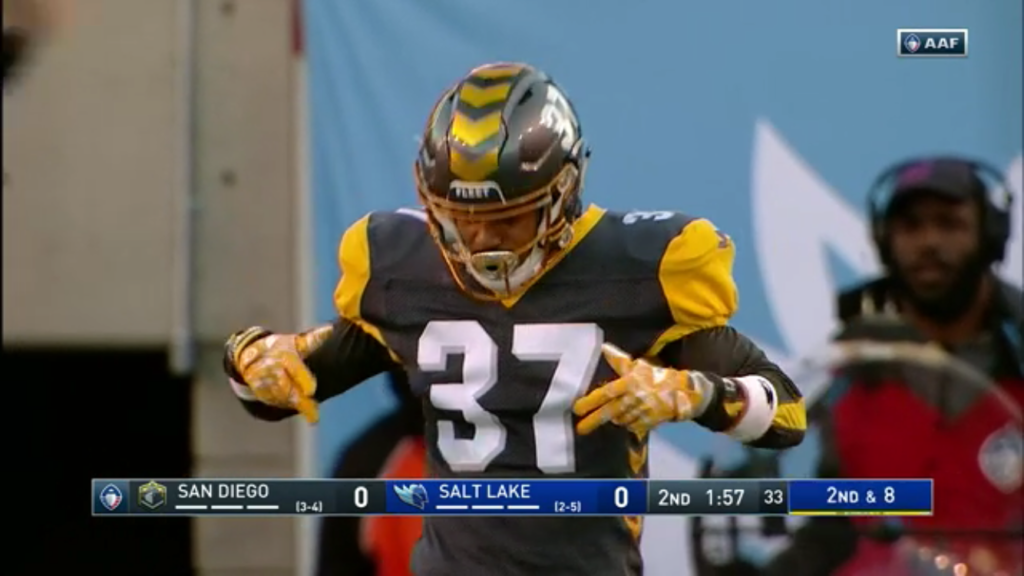

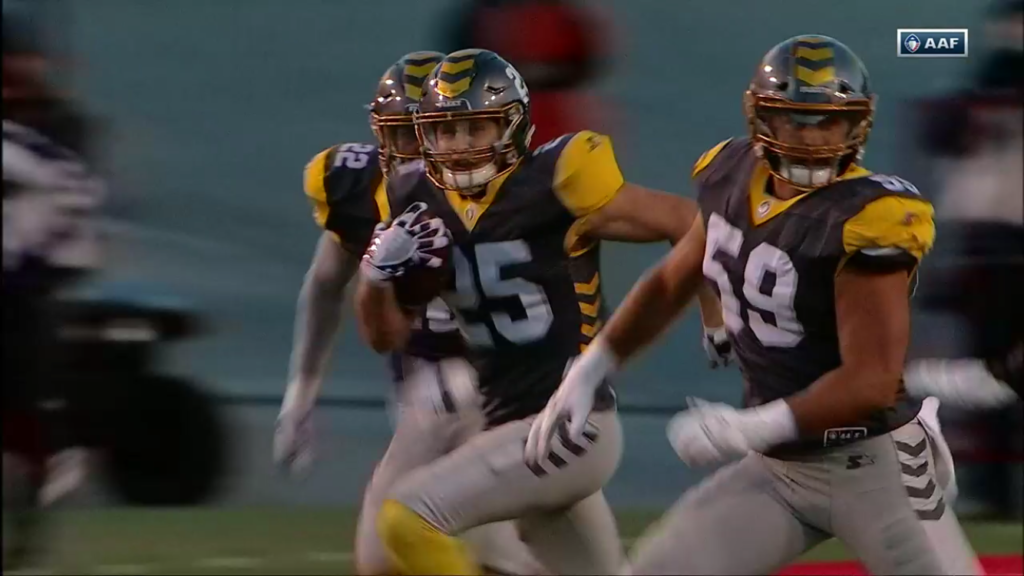
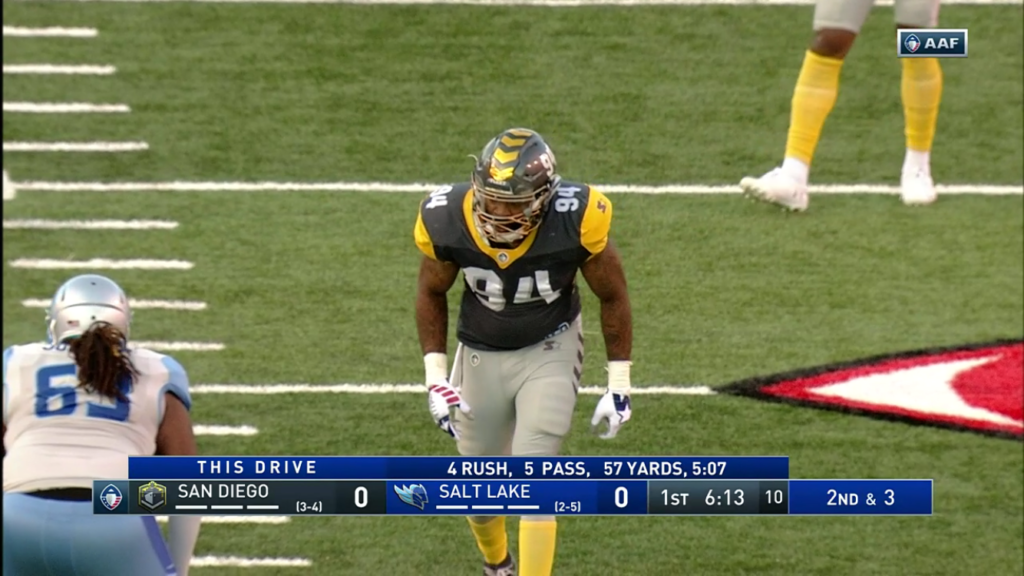
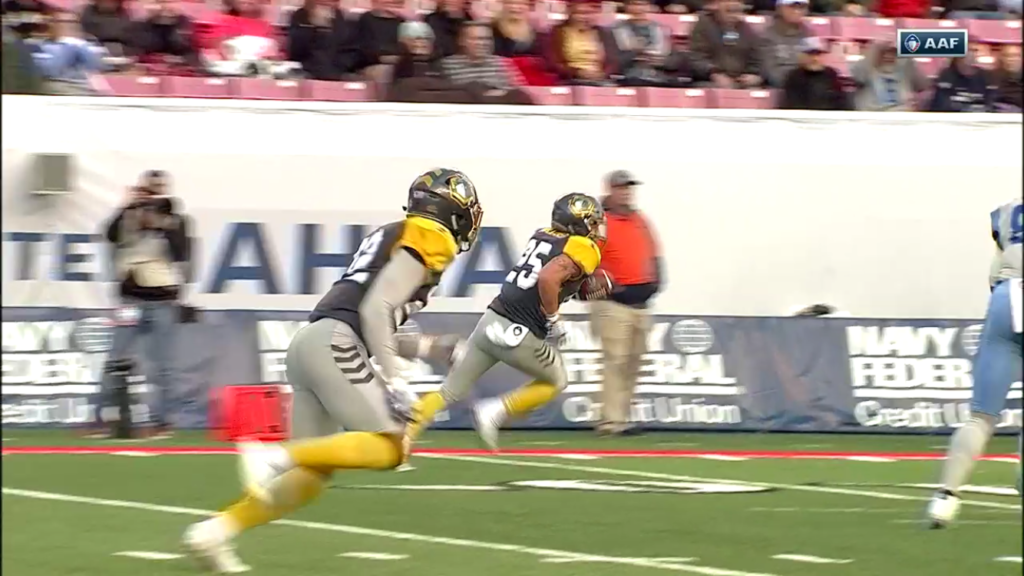

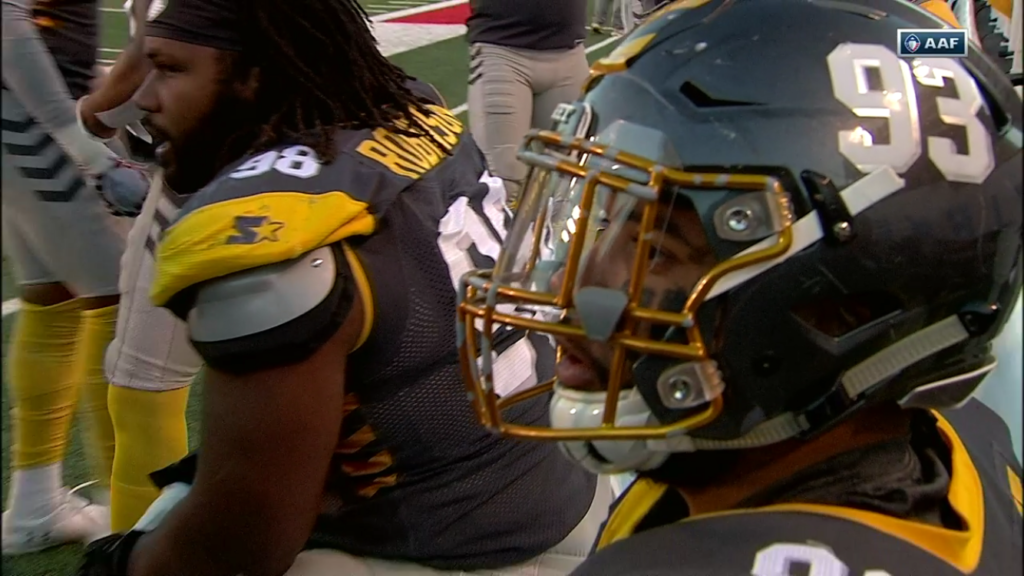
NOTES:
San Diego had some uniform issues that perhaps only I noticed. First was their original color scheme, which was a complete rip off of Buffalo Wild Wings. Second, their helmet decal was only a slight modification of the UFL Virginia Destroyers logo.
Curiously Topps did not create a Topps Now card for the Fleet/ Stallions matchup in Week 8.
Damien Mama was the first player that signed for me. He was switched to center during the opener against SA and came over to sign for a few kids.
Mike Martz was standing in all his glory maybe 3 feet from me, watching the quarterbacks warm up, but I was too intimidated to talk to him.
Ron Brooks was out before pregame and was throwing the football back and forth between fans. He and I talked briefly and he told me that he was just excited to be playing the game again. He immediately became a fan favorite of mine.
Six players from the Fleet found homes in the NFL after the AAF folded, primarily from their defensive line as Barrett, Moore, and Soto were all signed.
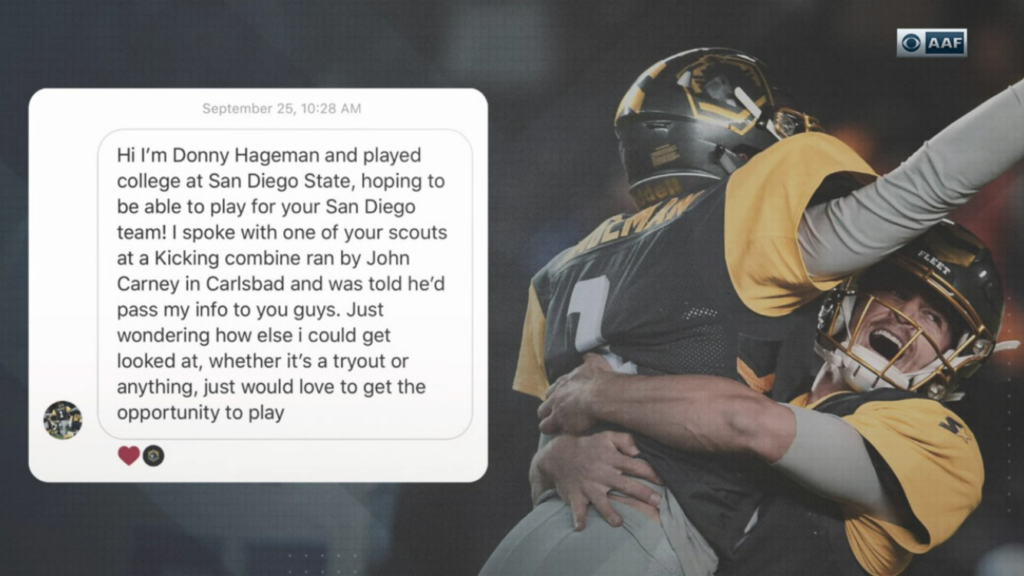
FINAL THOUGHTS:
Really when you ran the numbers at that point of the season, despite their 2 game difference, the San Diego Fleet and their cousin the San Antonio Commanders were not too dissimilar statistically after the 8th contest. Both had bend-not-break defenses that gave up yards while coming up with big turnovers. San Diego actually had the better offense- albeit a more turnover friendly one. The Fleet were a bit better keeping their QBs clean in the pocket, and their rushing offense, would have finished in relatively the same spot as the Commanders if Gardner hadn’t been injured.
It could be said that San Diego with a bit of help still could’ve made the playoffs. Although they faced a gauntlet over the next two weeks playing both the Apollos and then the Hotshots, if they had beaten them both and then the Commanders had dropped their next two games, the Fleet would have made the playoffs at 5-5.
NOTABLE PLAYERS:
HC: MIKE MARTZ
Other Coaches: ERIC ALLEN, DRÉ BLY
QB: MIKE BERCOVICI, ALEX ROSS, PHILIP NELSON
RB: JA’QUAN GARDNER
OL: DAMIEN MAMA, TERRY POOLE
WR: DONTEZ FORD, NELSON SPRUCE,
FRANCIS OWUSU
TE: MARCUS BAUGH
DL: MEFFI KOLOAMATANGI, ALEX BARRETT, TANI TUPOU
LB: ERIC PINKINS, AJ TARPLEY, TRAVIS FEENEY,
FRANK GINDA
DB: KAMERON KELLY, JUDE ADJEI-BARIMAH
AVAILABLE CUSTOM CARDS:
Hello AAF family!
If you loved the AAF as much as I did, do I have a special treat for you. There were many great players who did not see a card produced of them. Welcome! This is my love letter to them as a fan and I expect this section to be a ‘living’ card set. Check back from time to time to see updated names, and check in with me to see the cards I’ve created.
If you’d like to see a copy of any of these players cards, have a special request for me, or would like me to produce a physical keepsake copy, please contact me on Twitter: leebo@mindfinger
OL: DAMIEN MAMA
TE: MARCUS BAUGH


